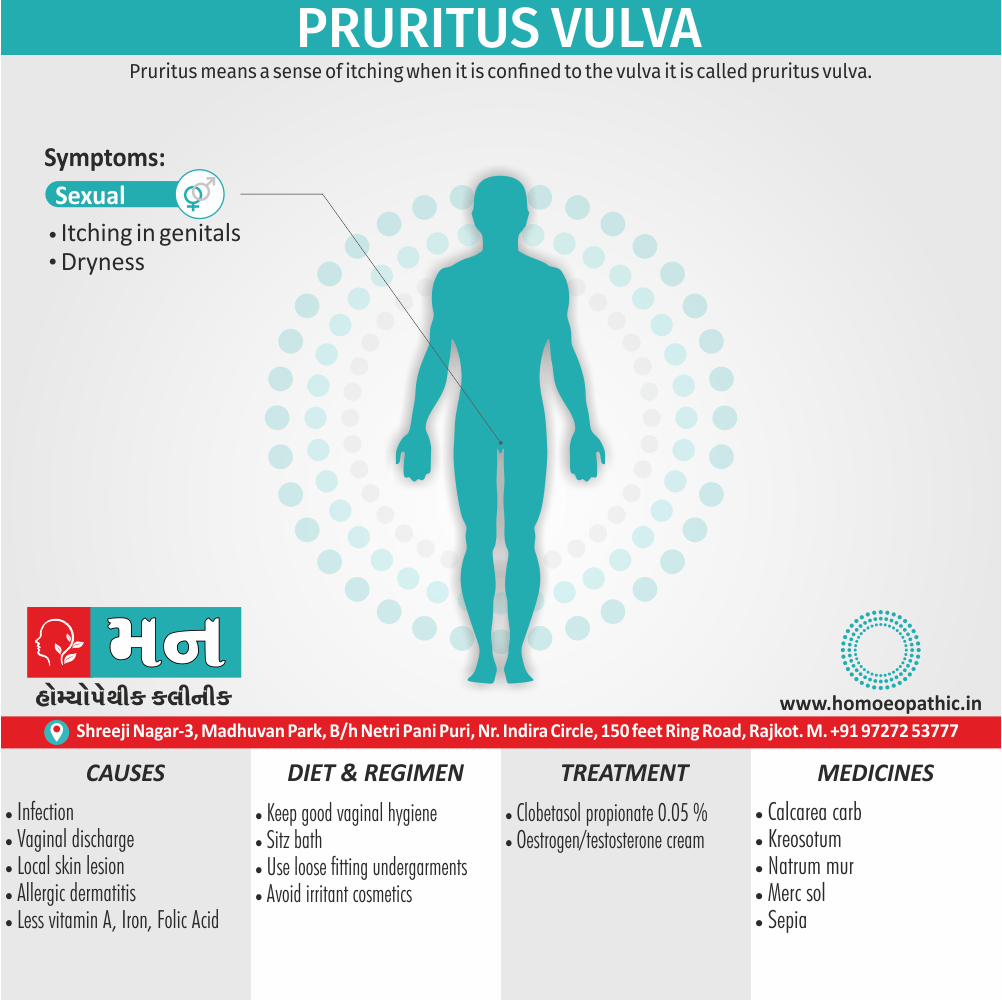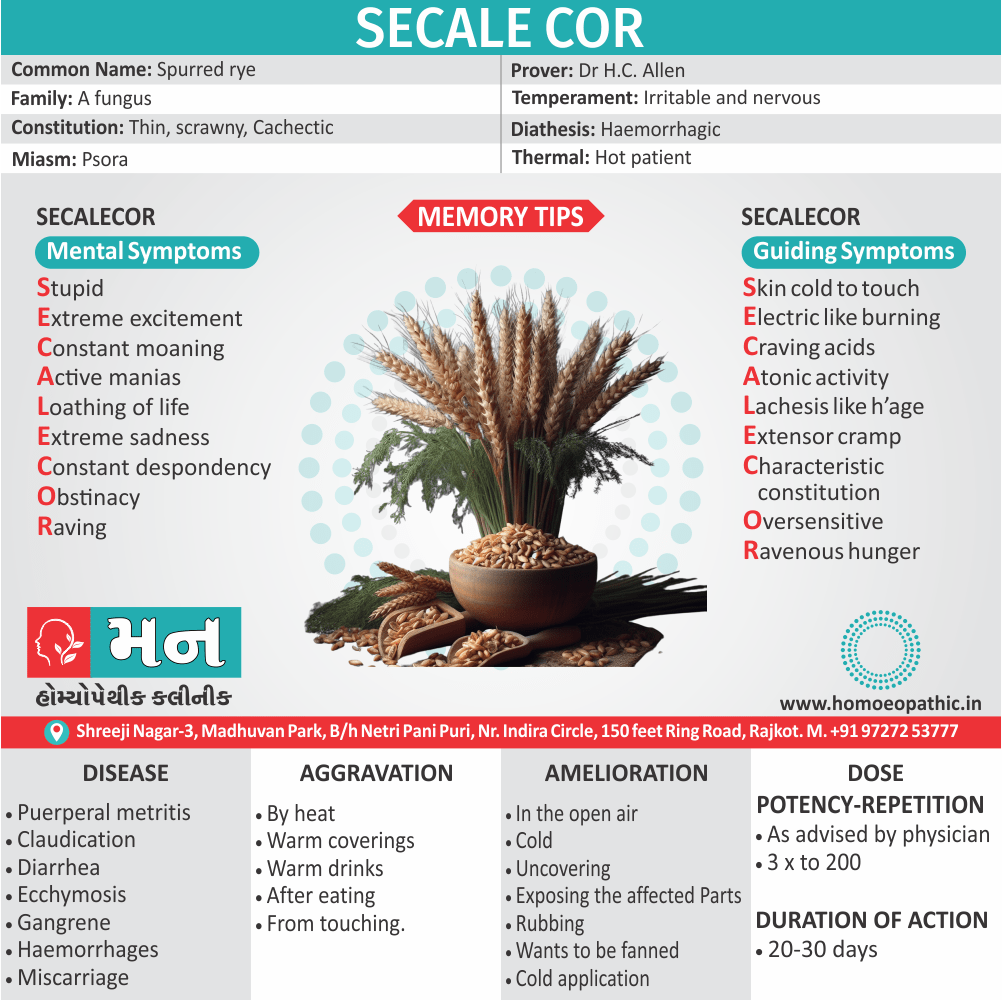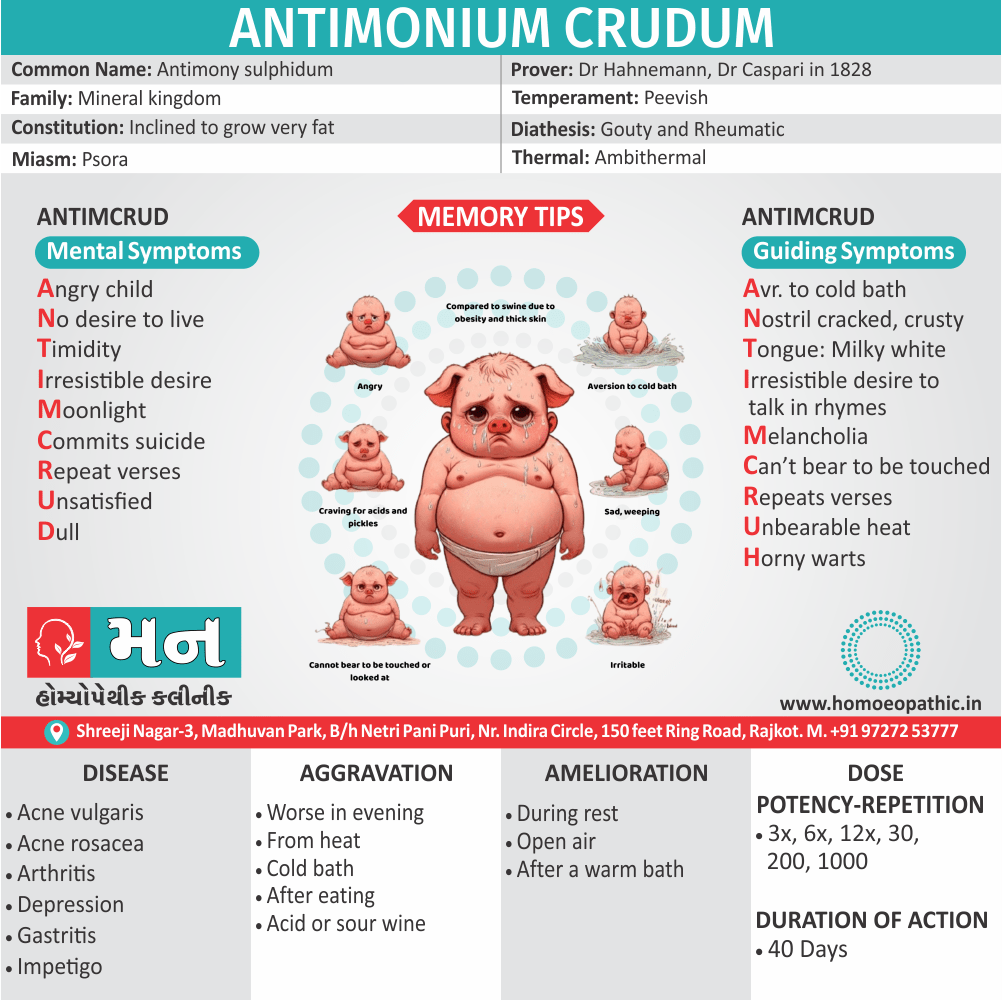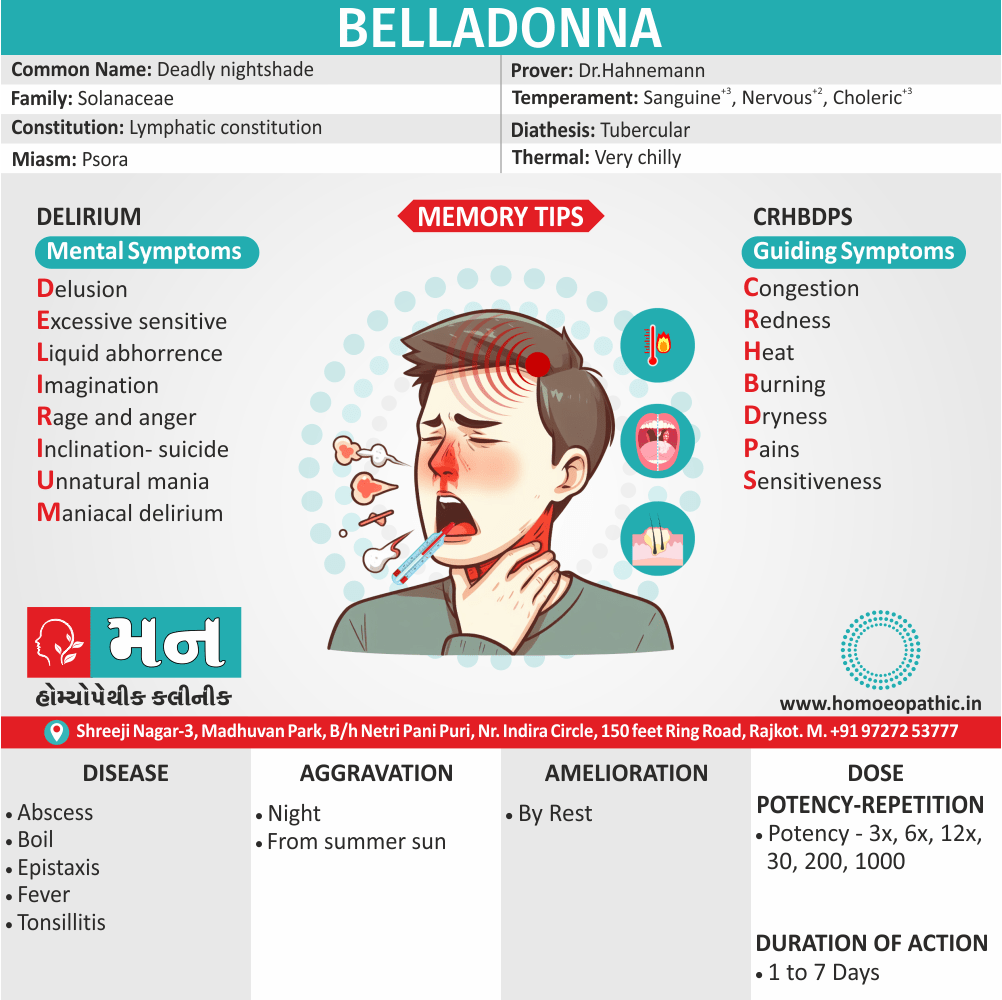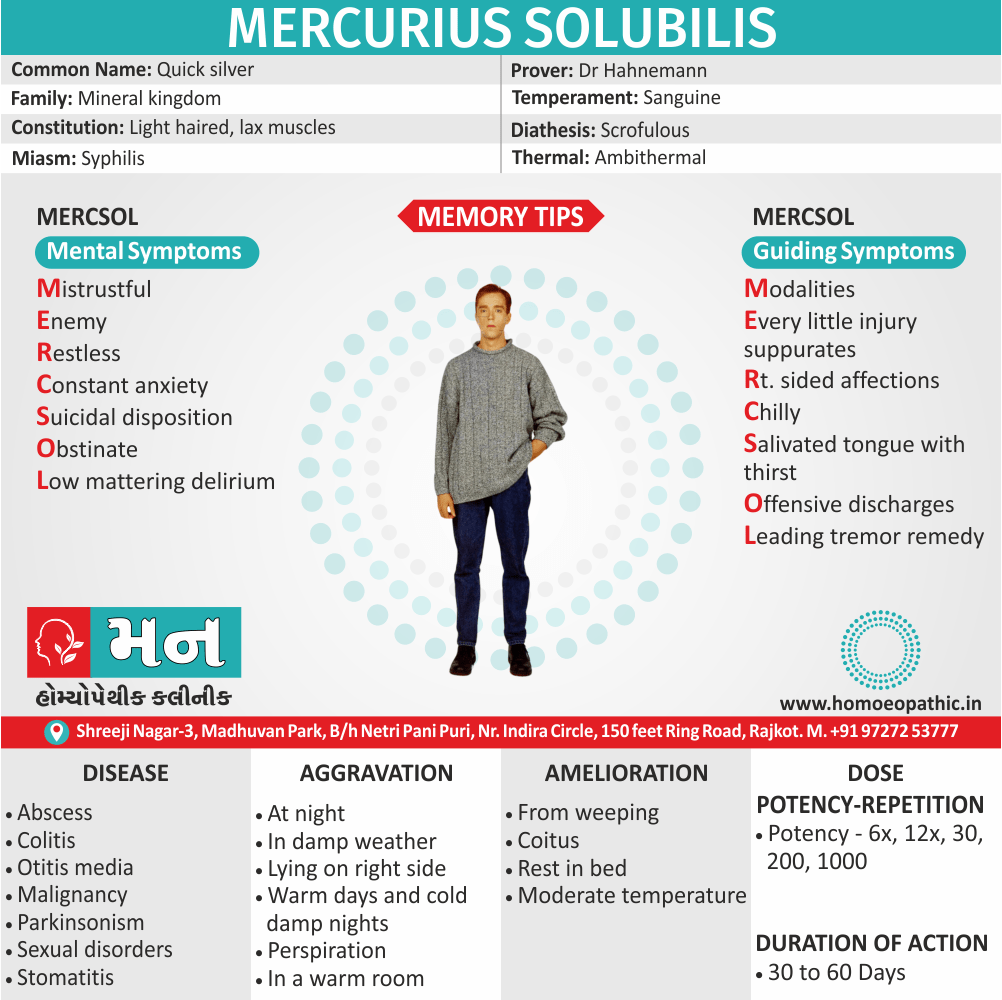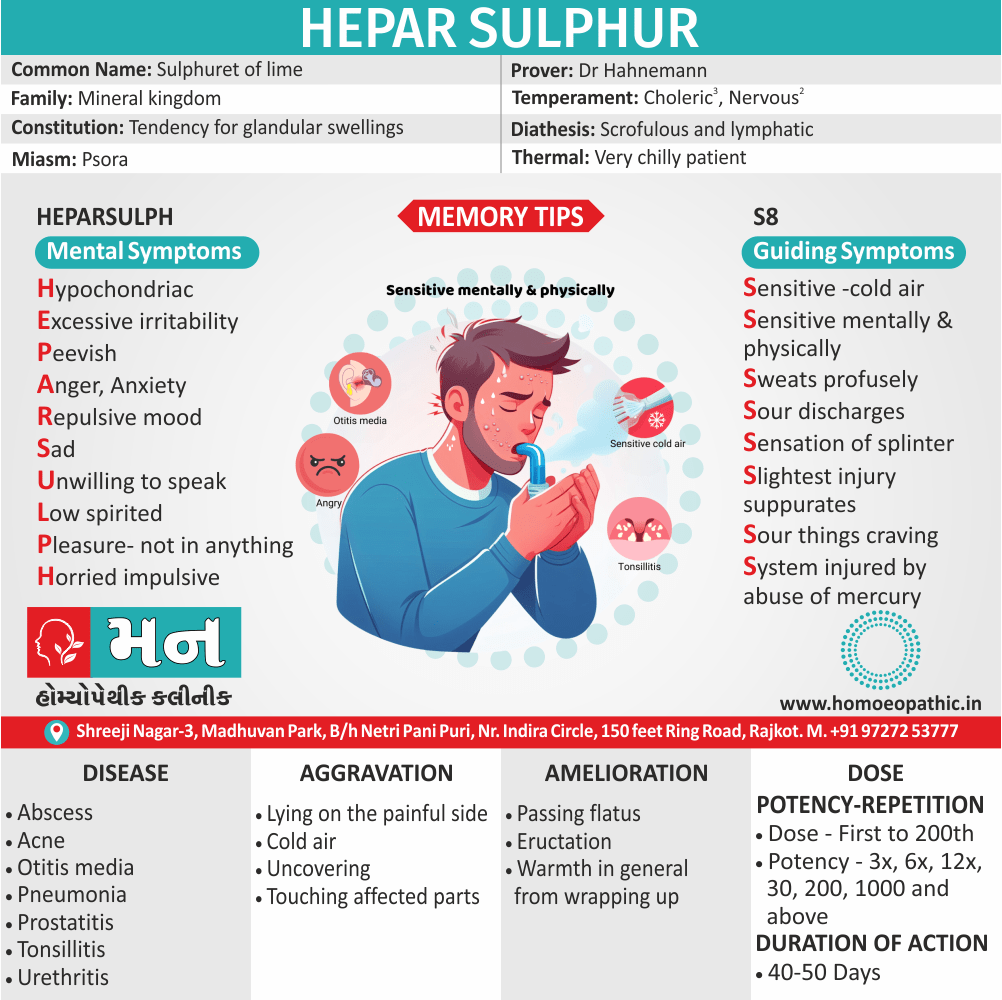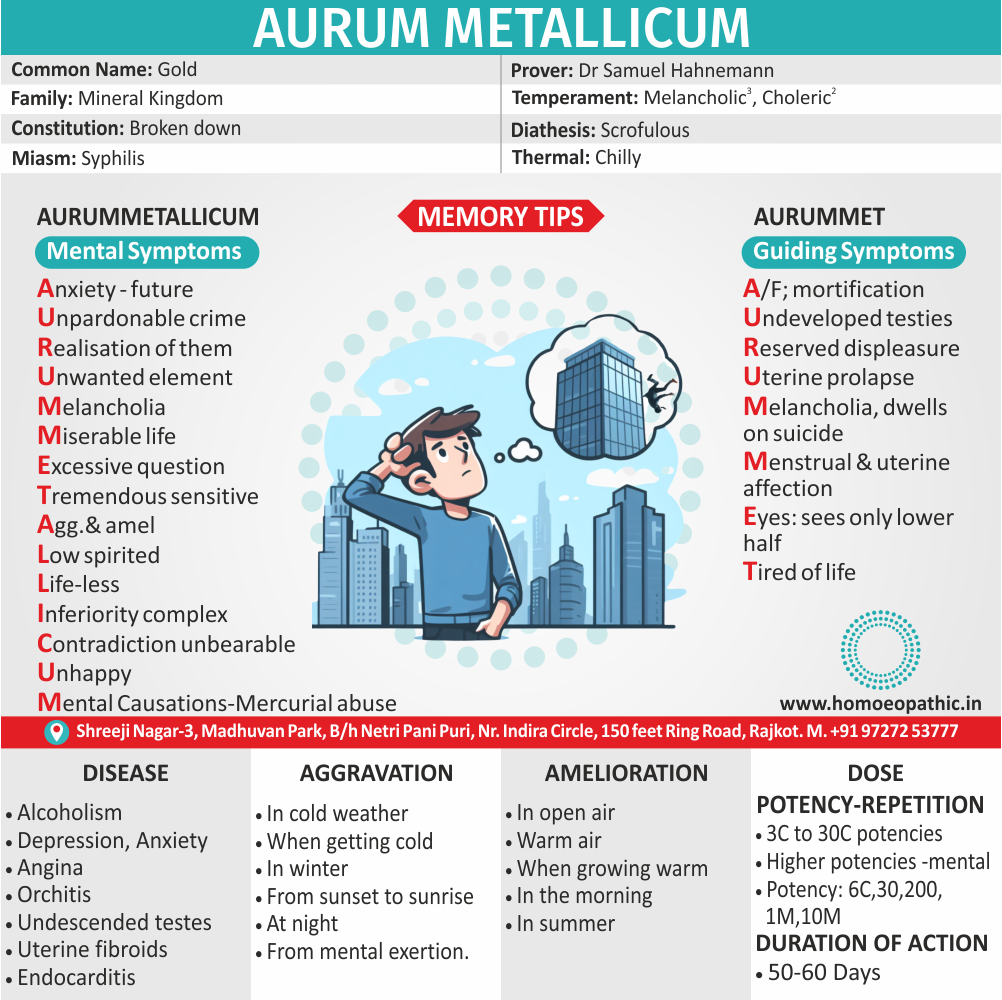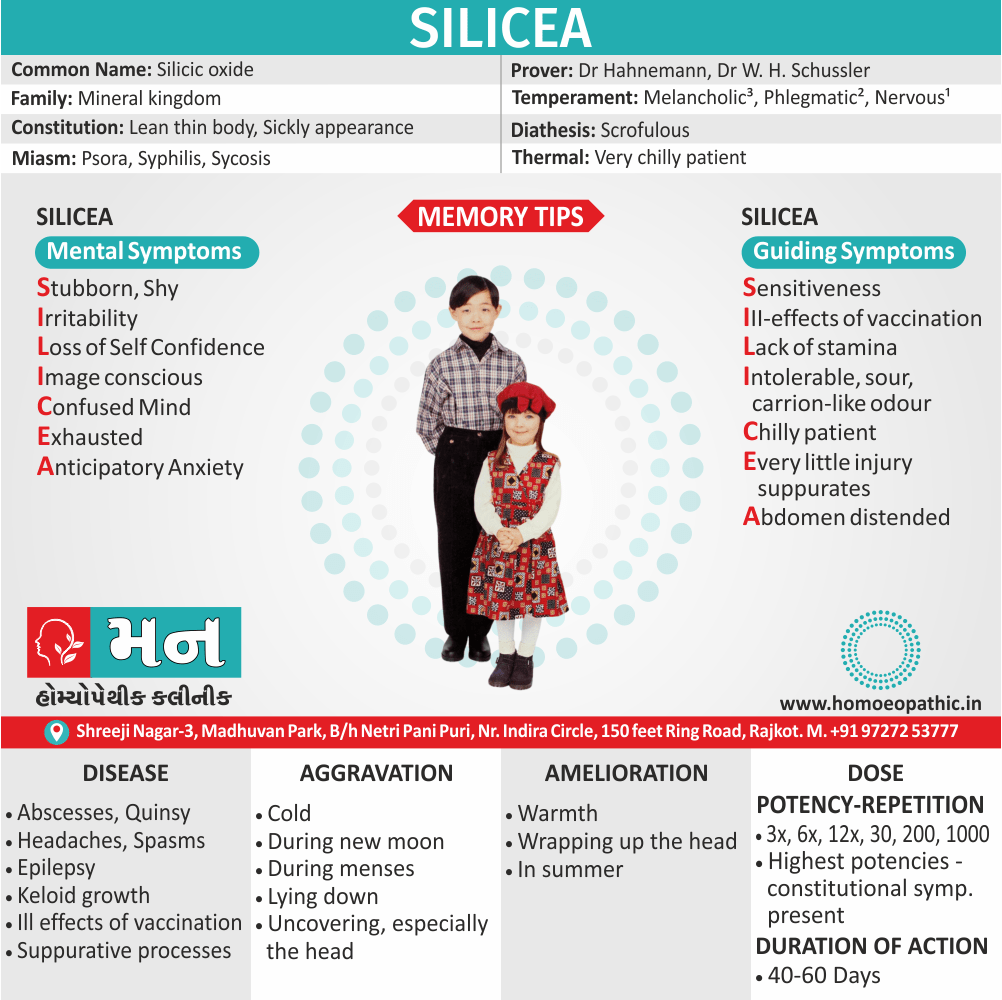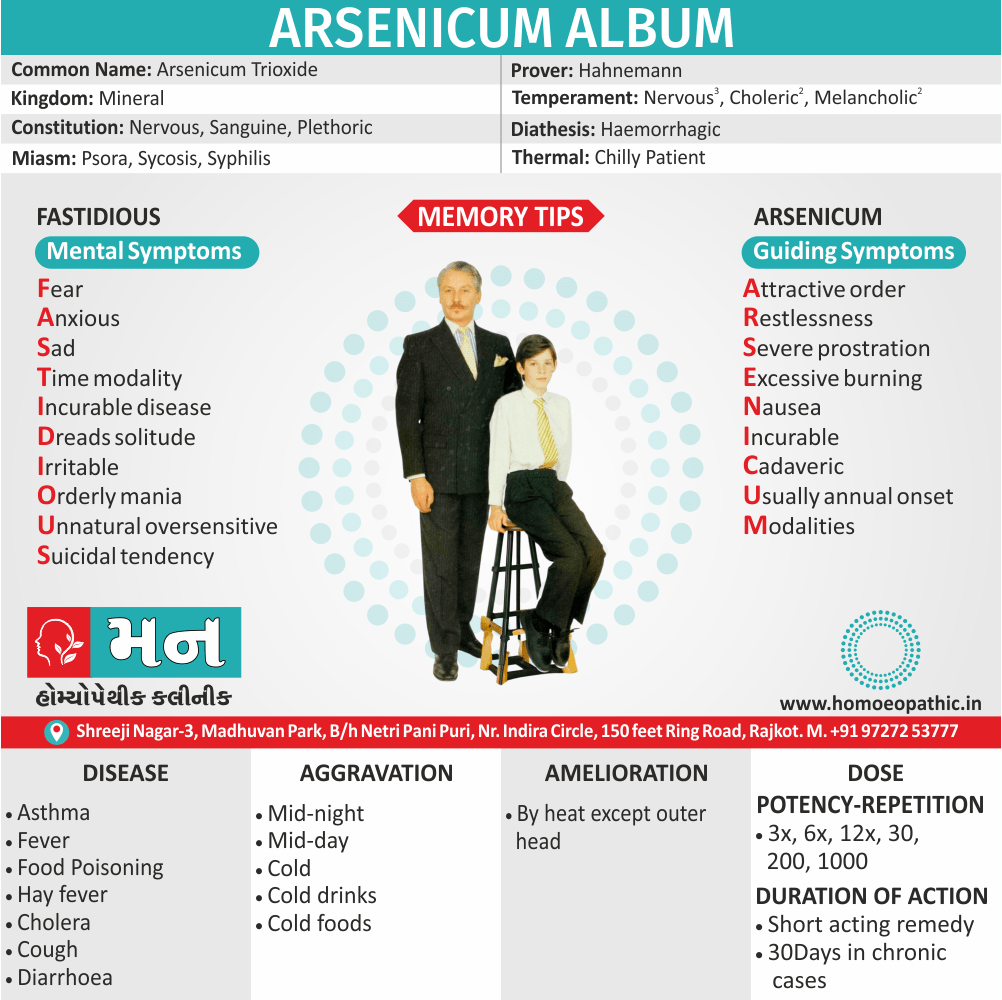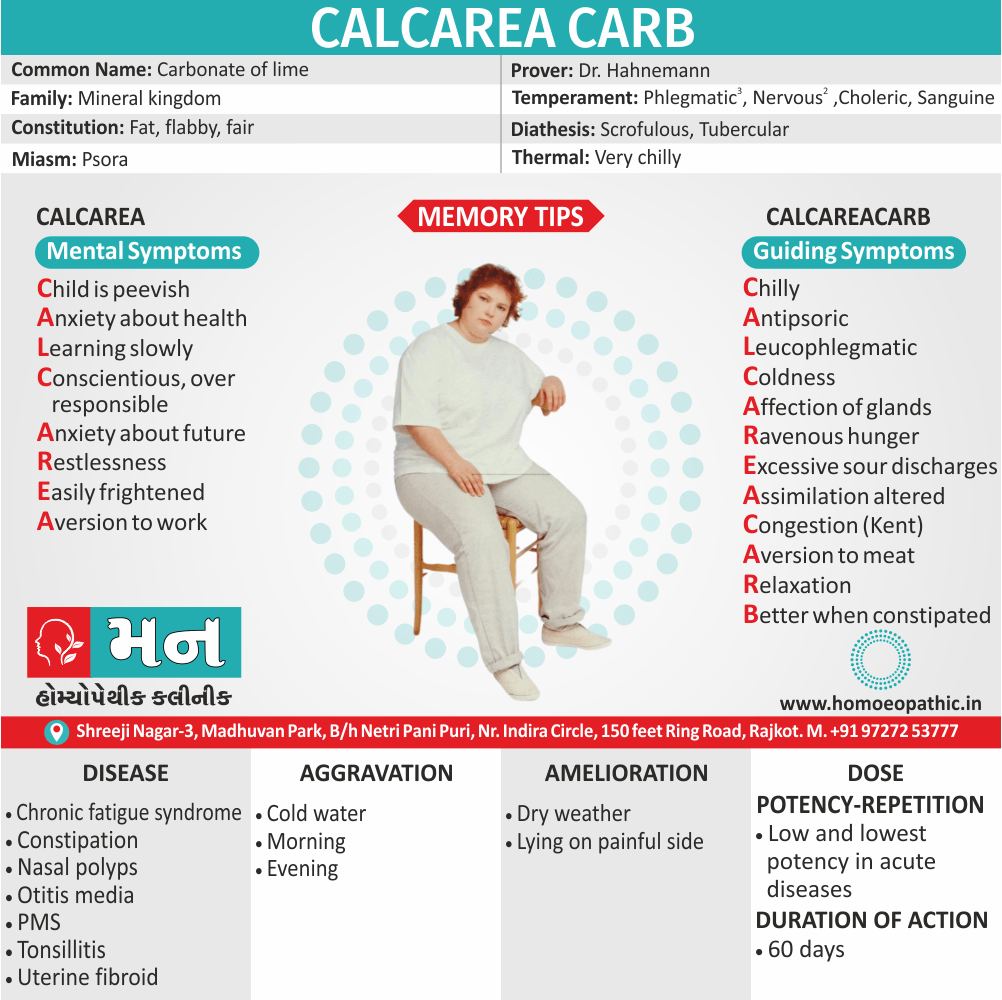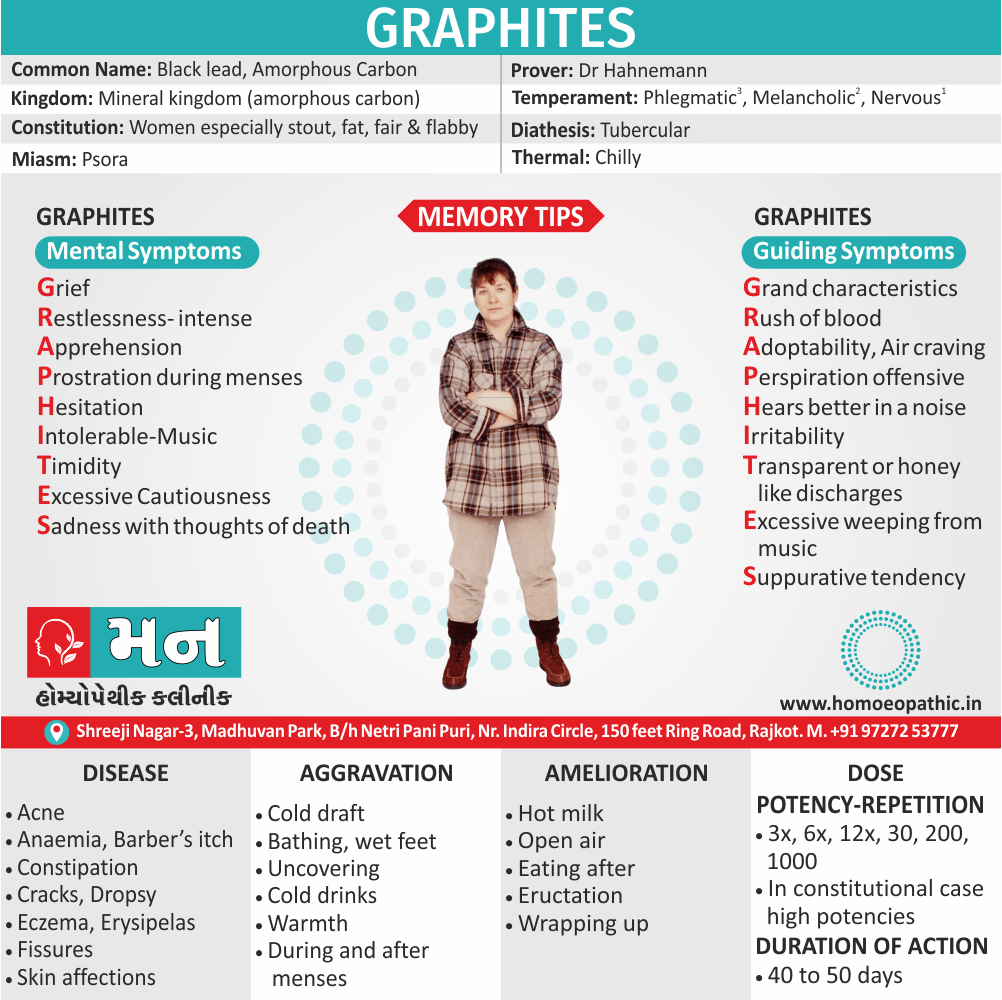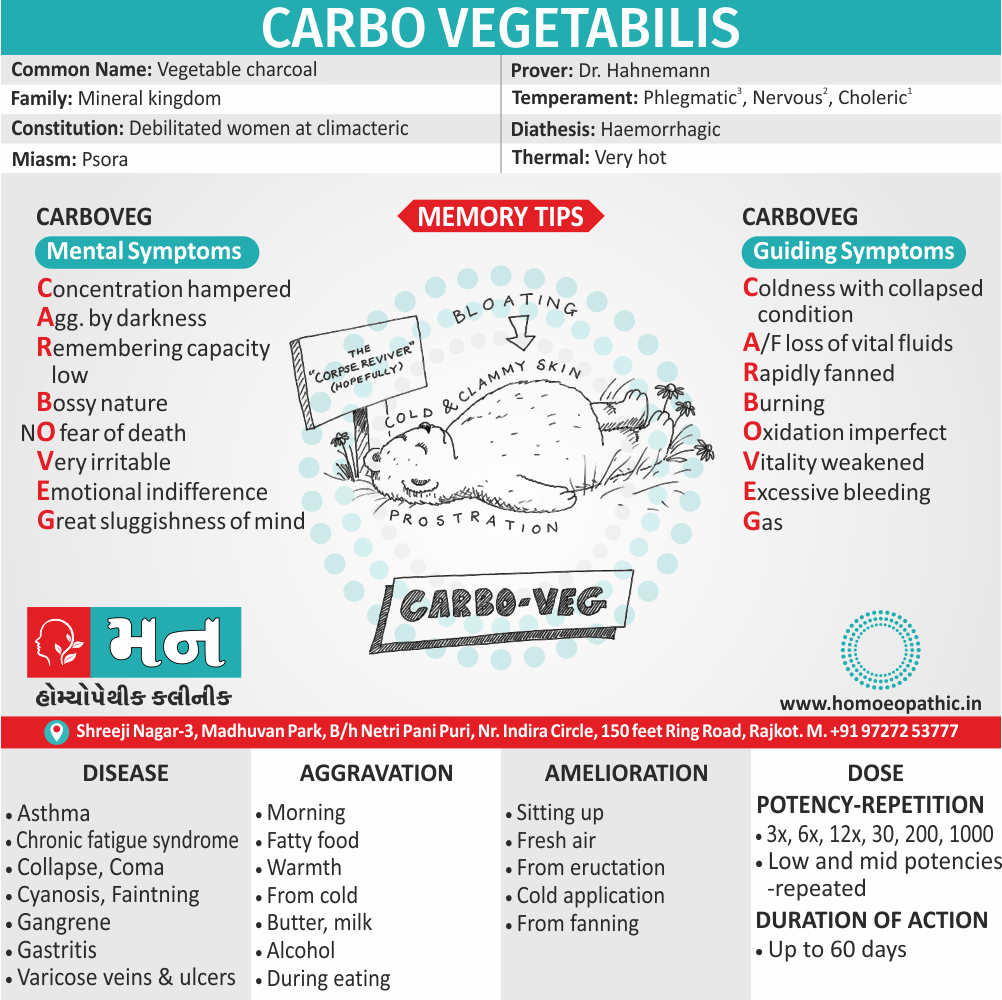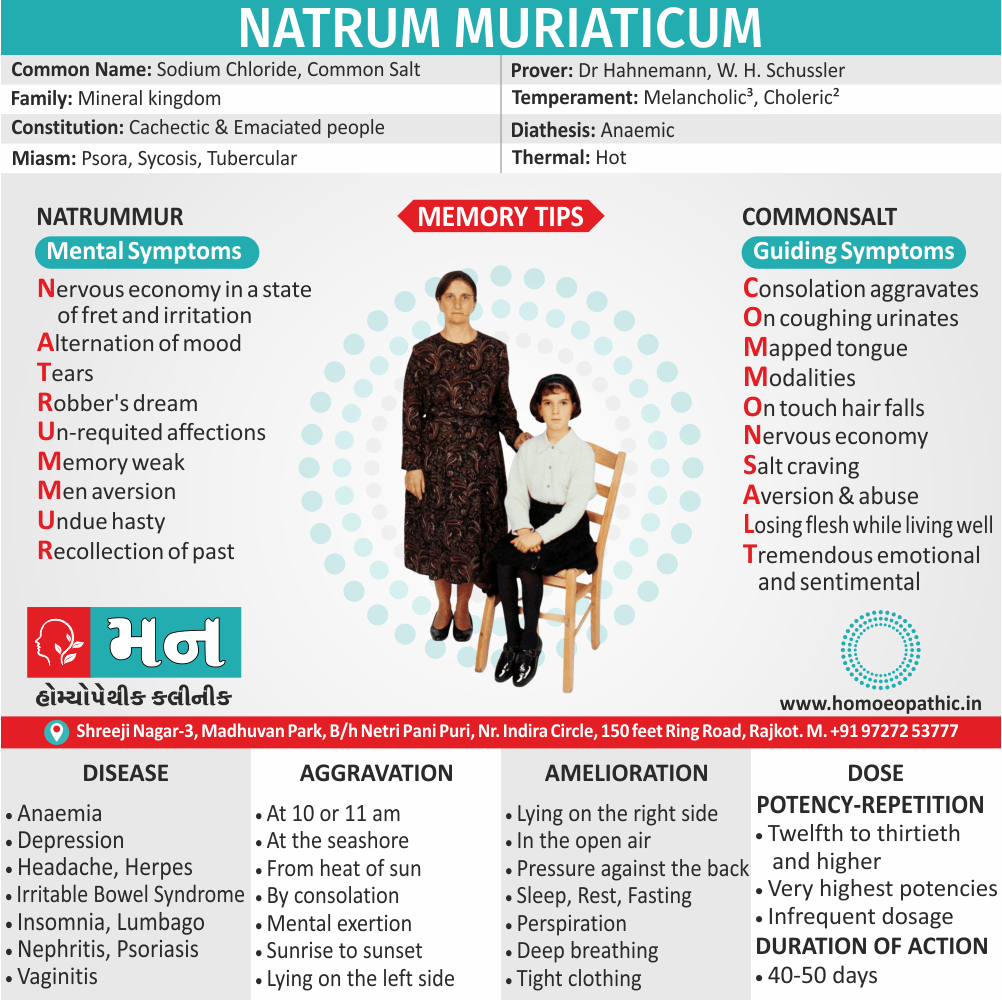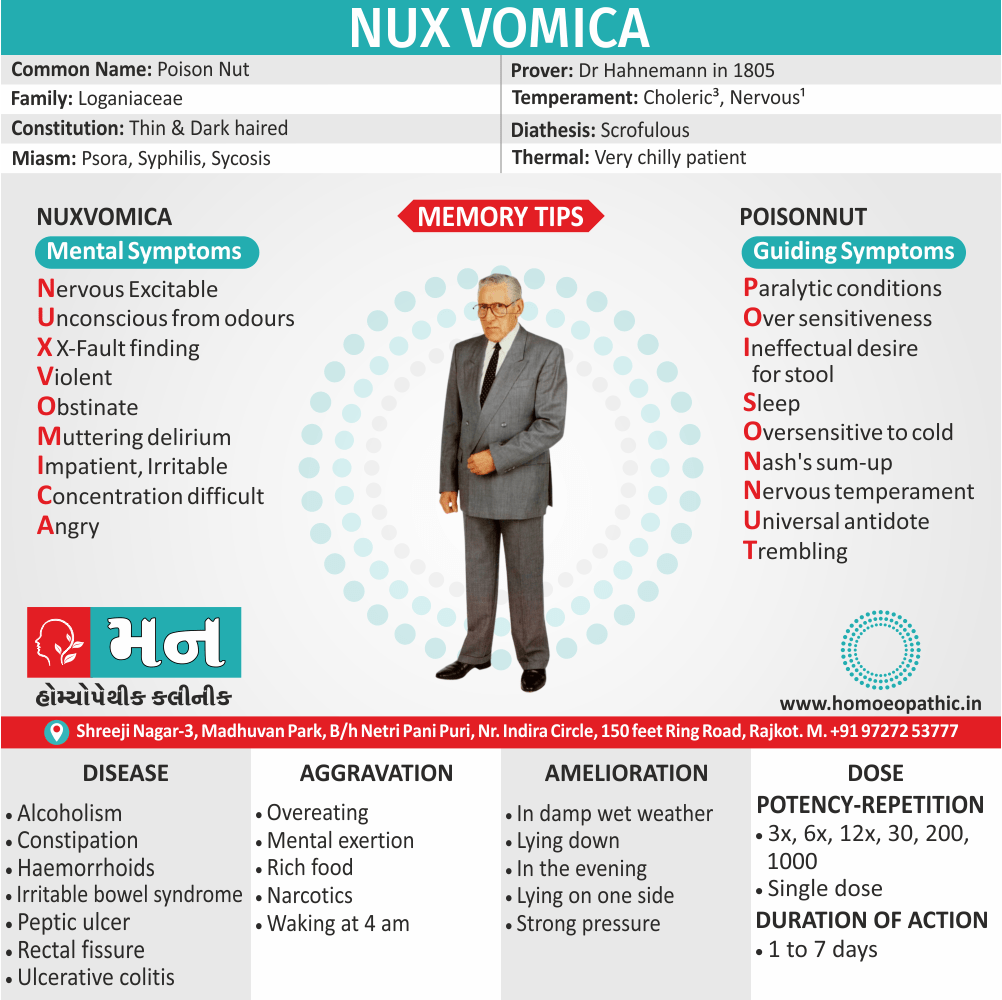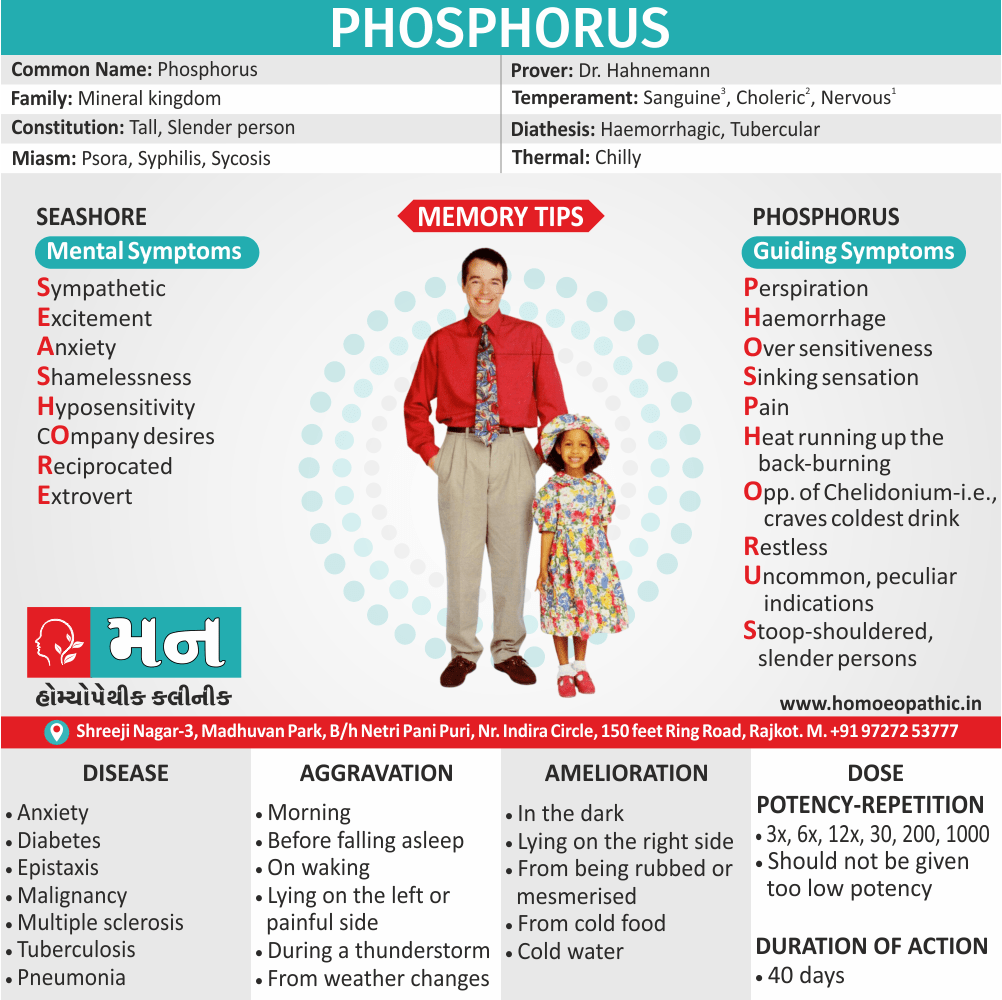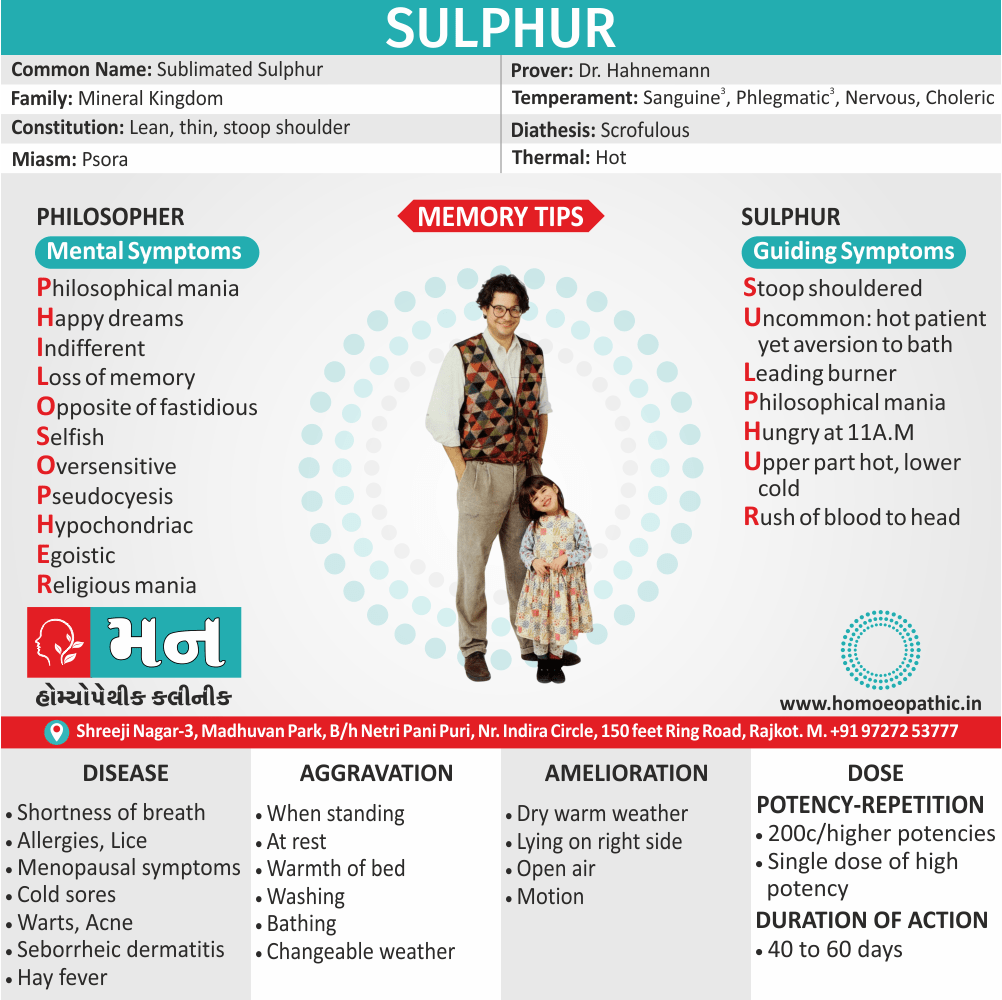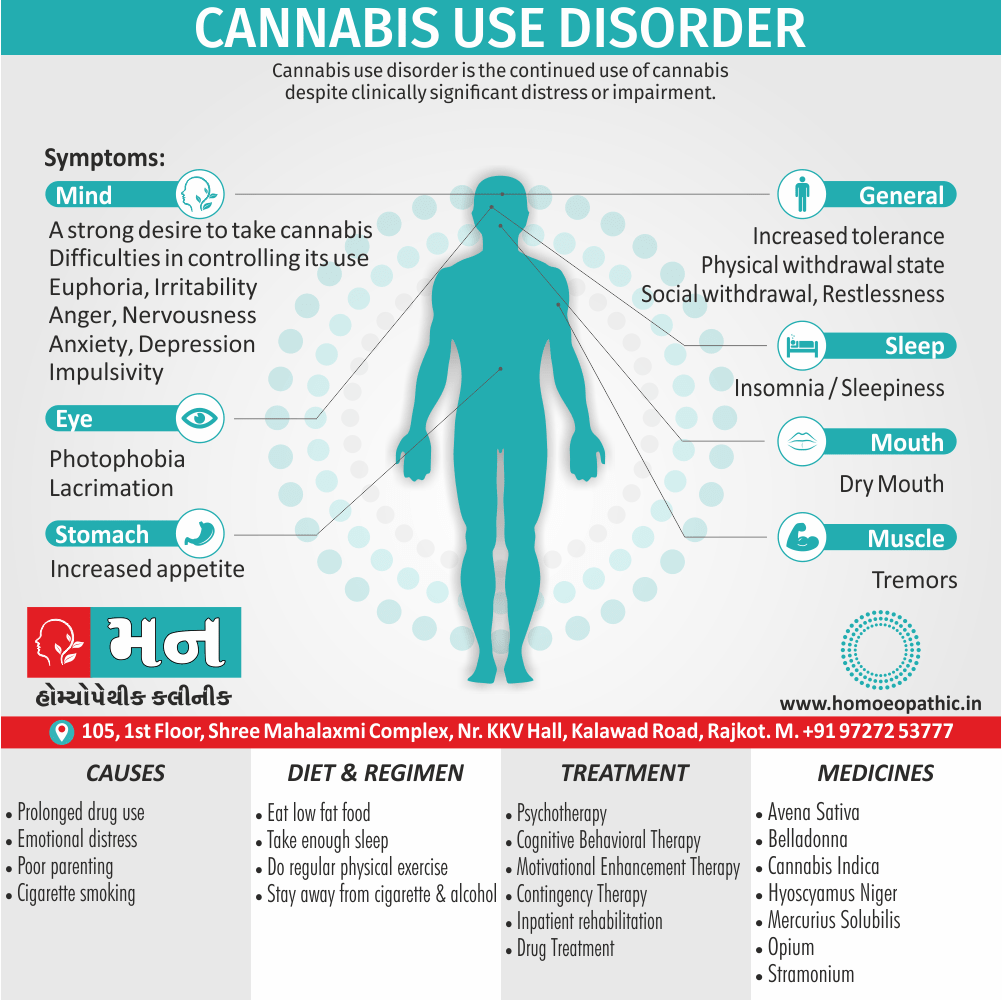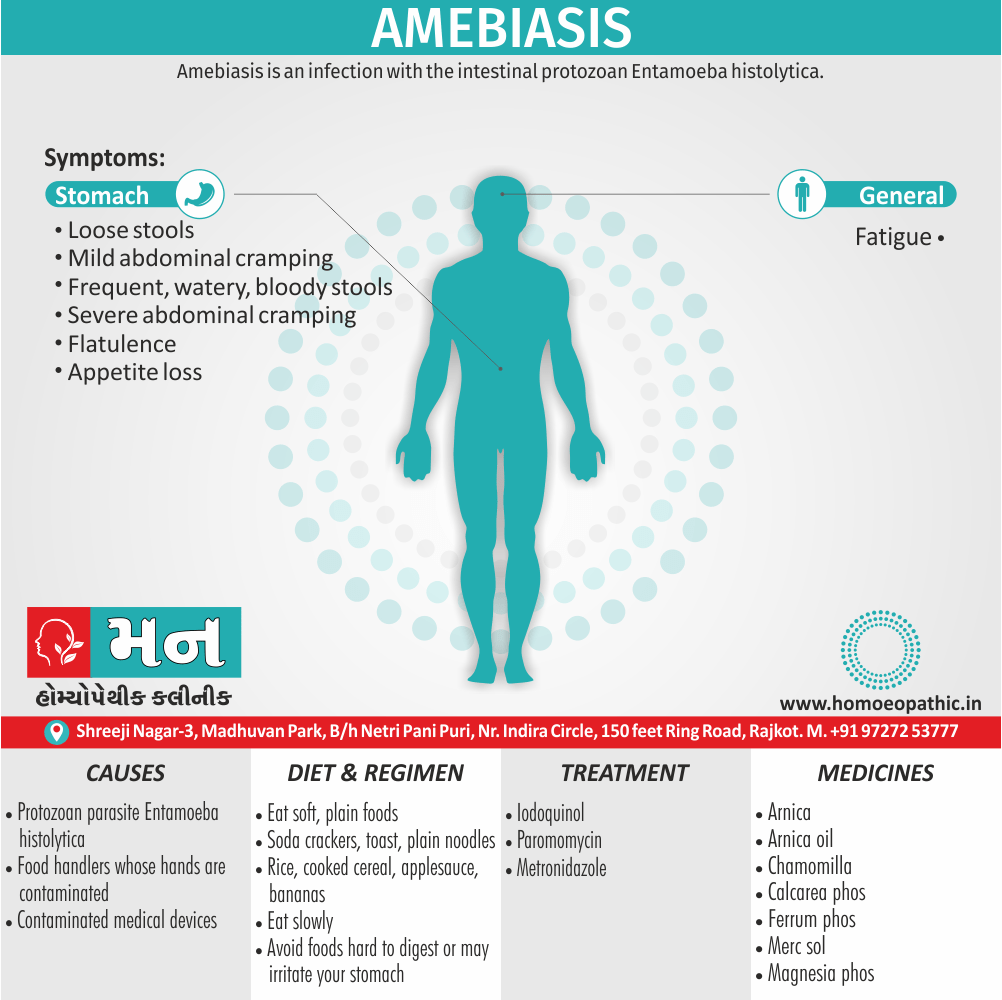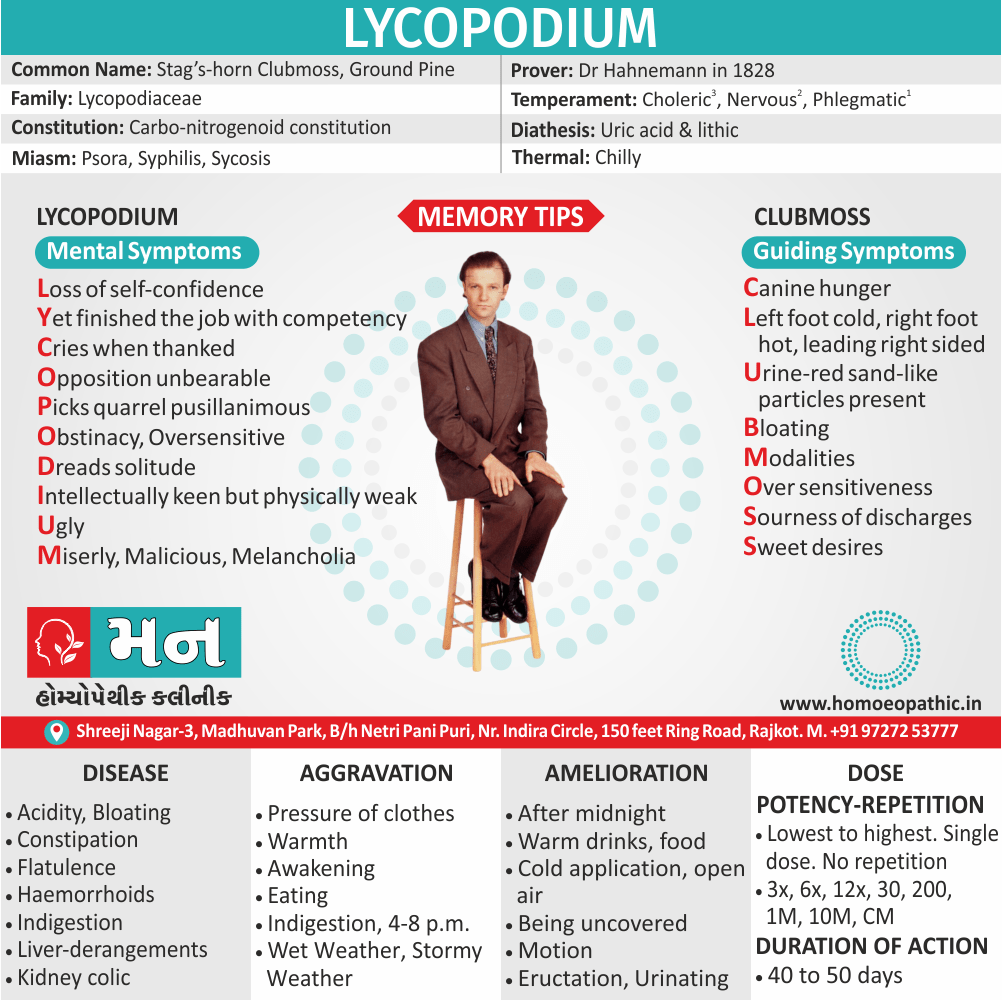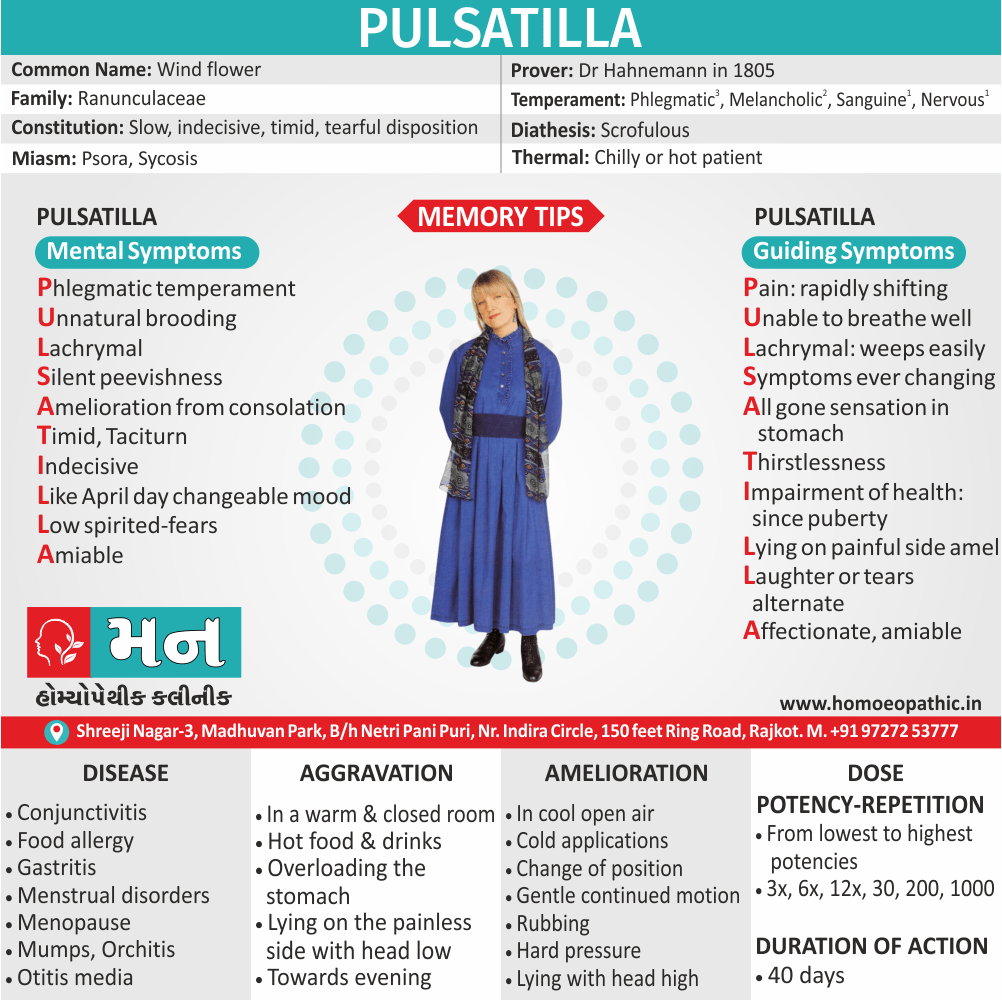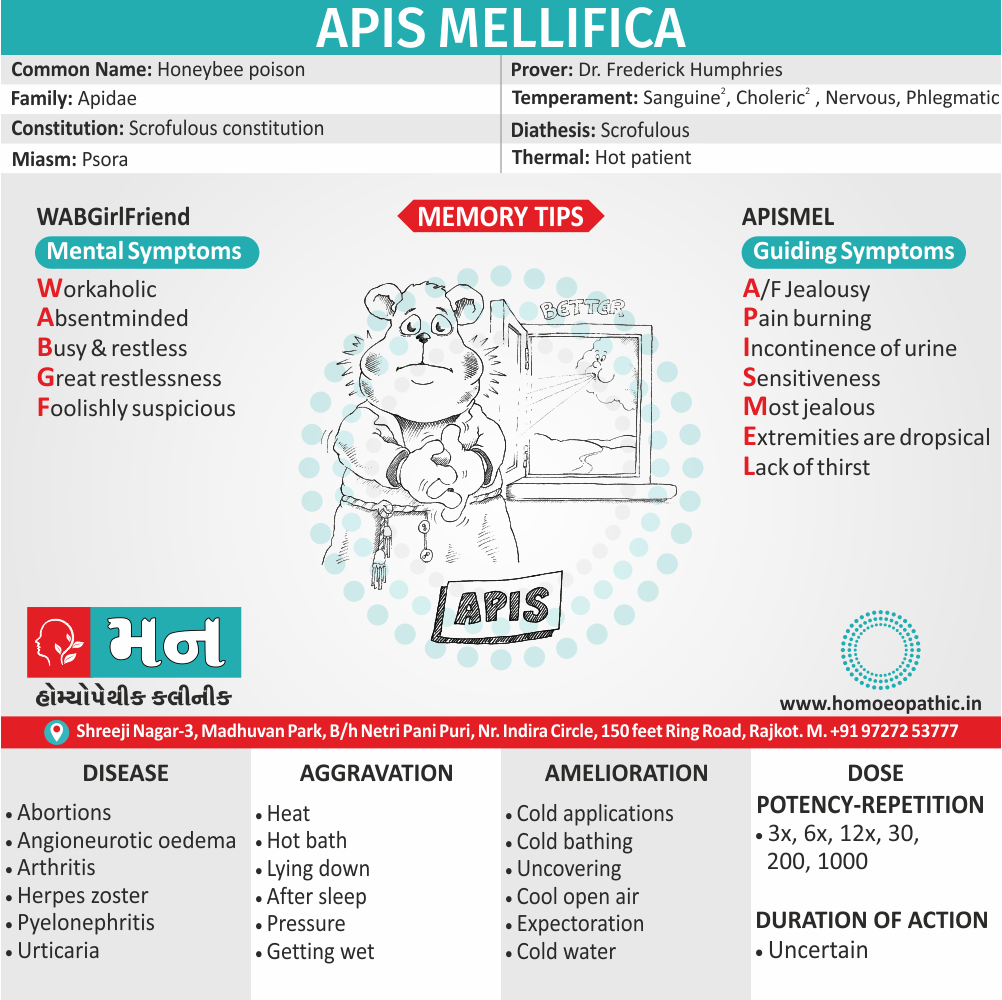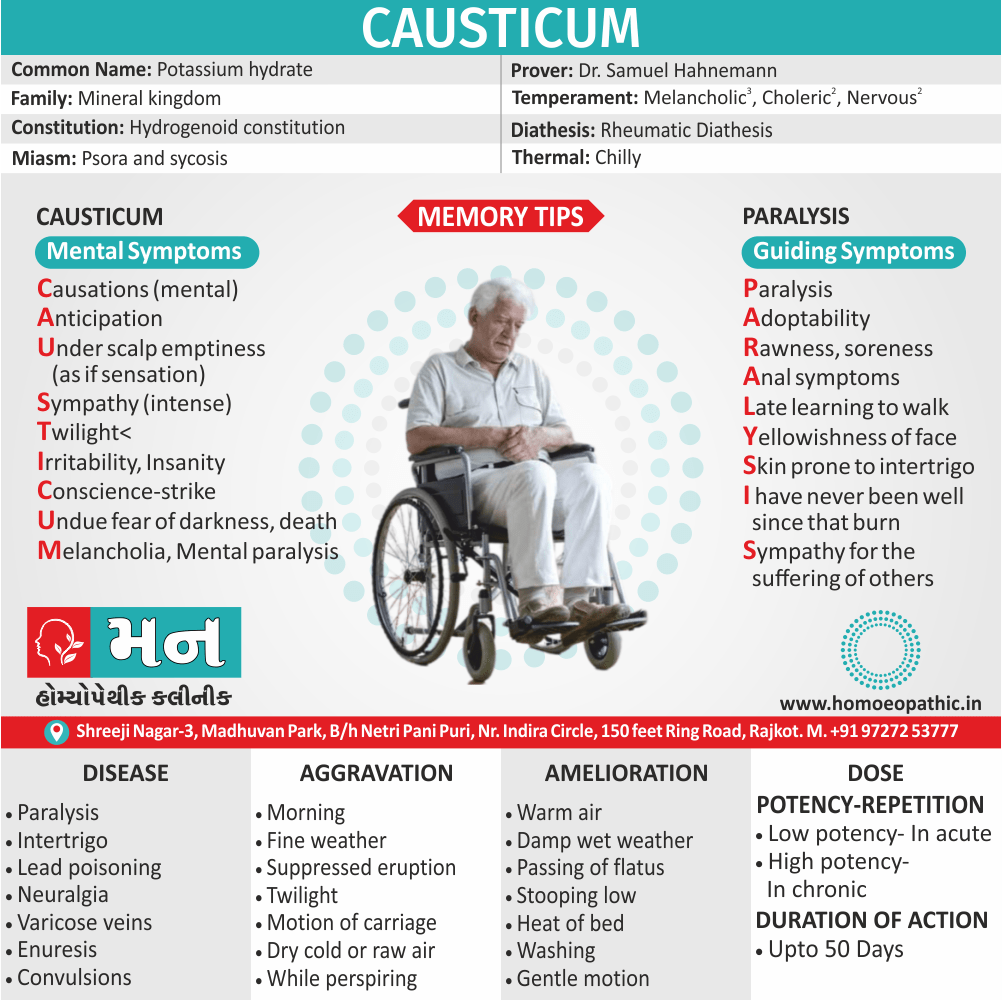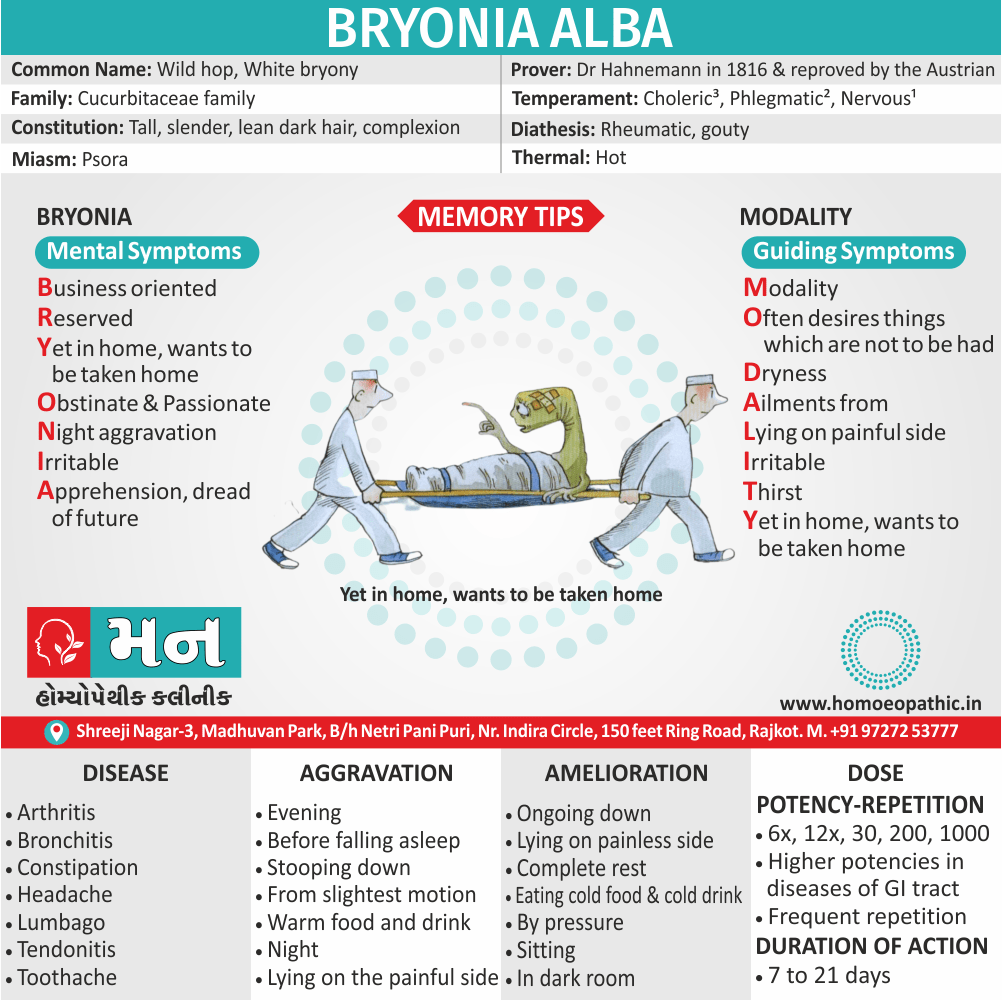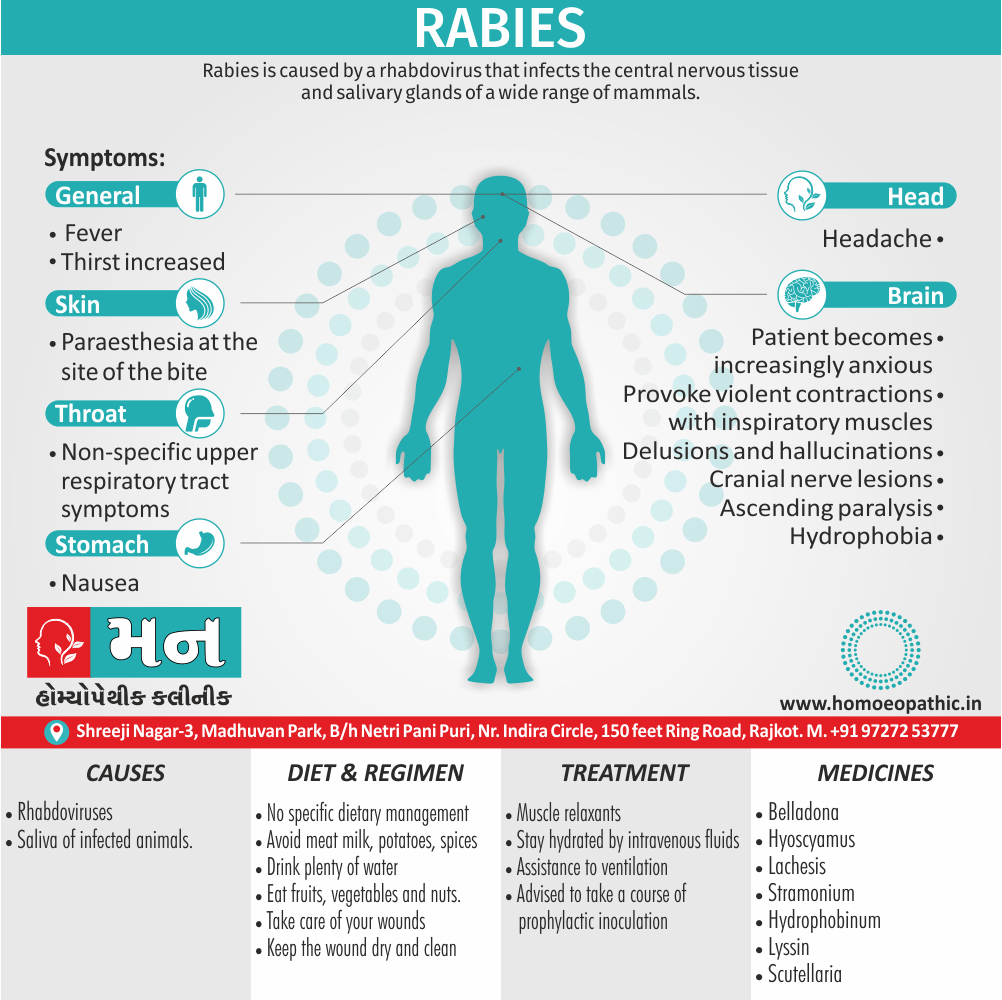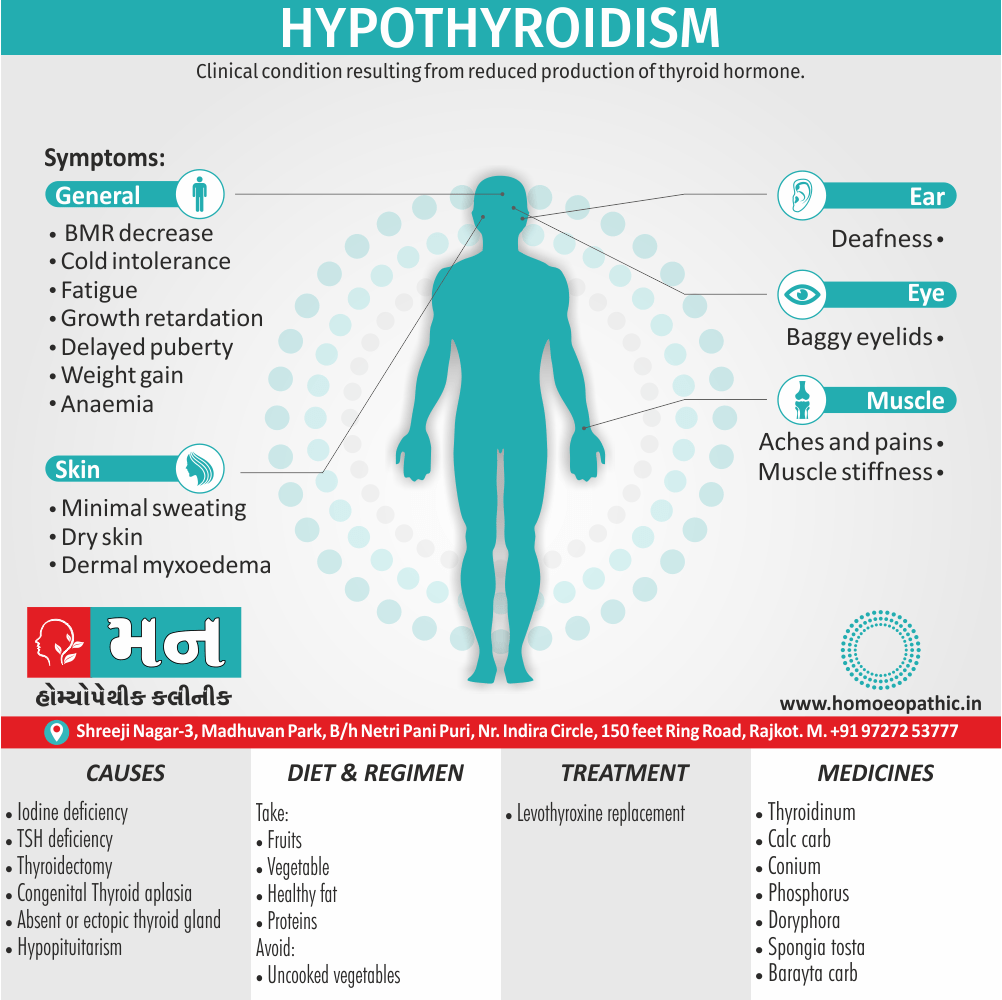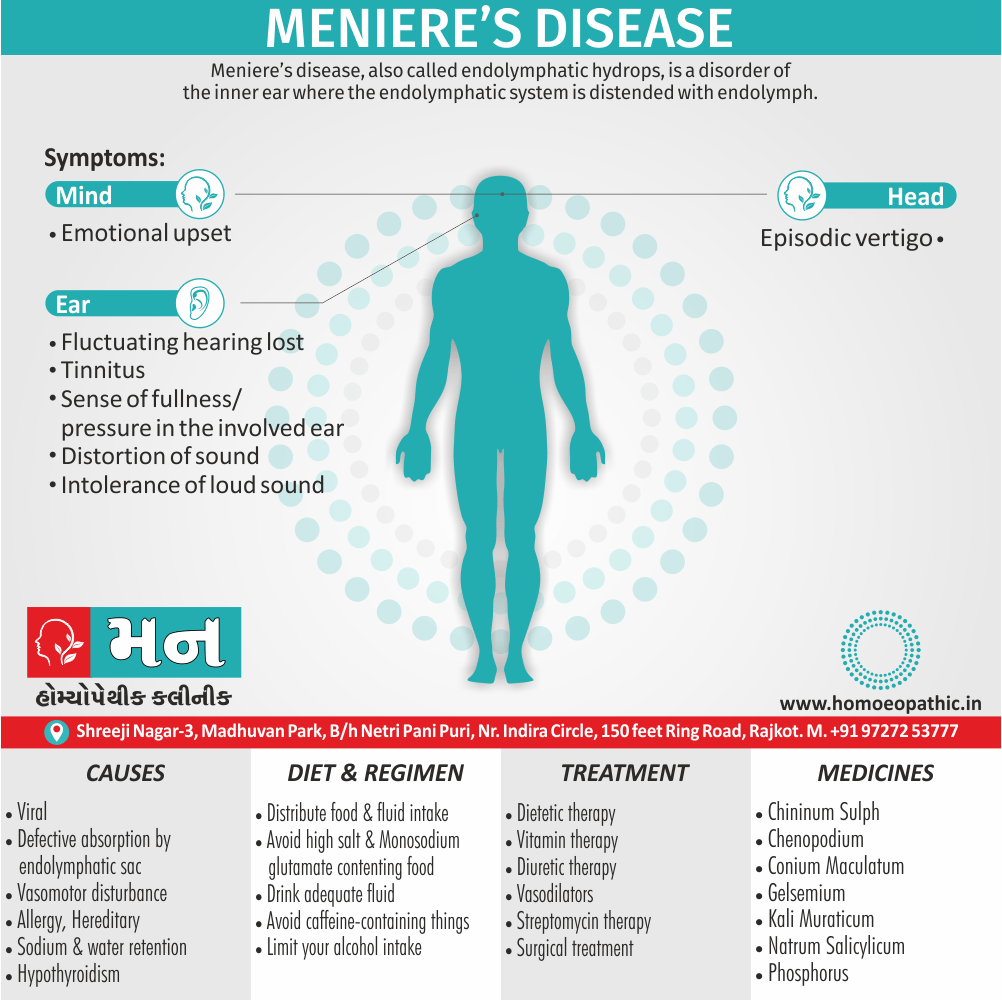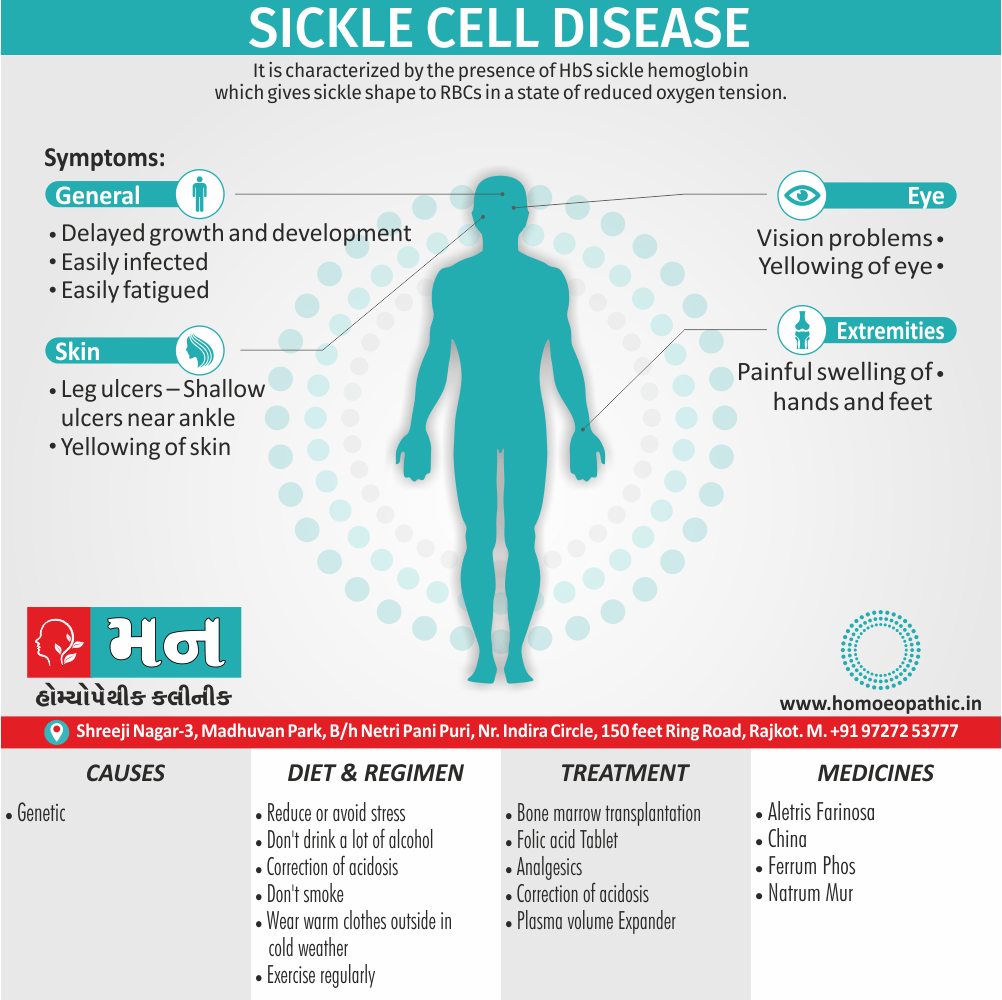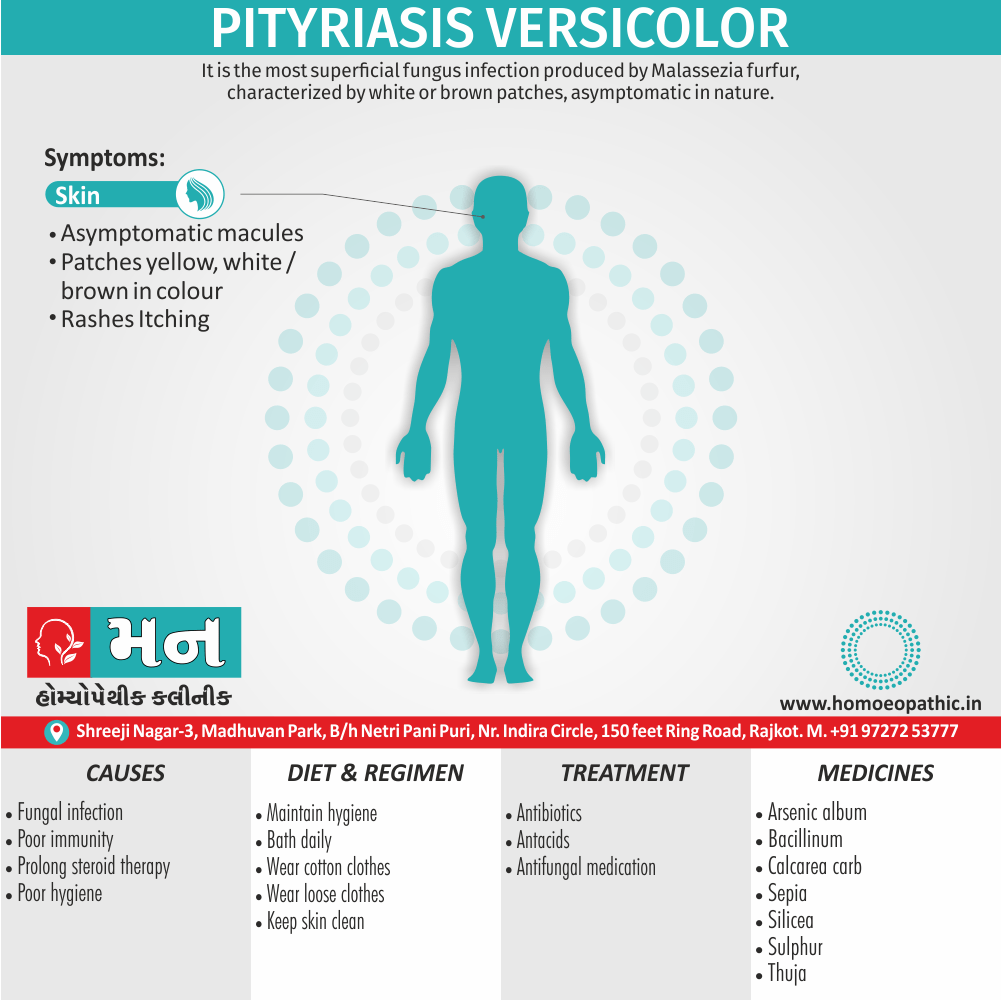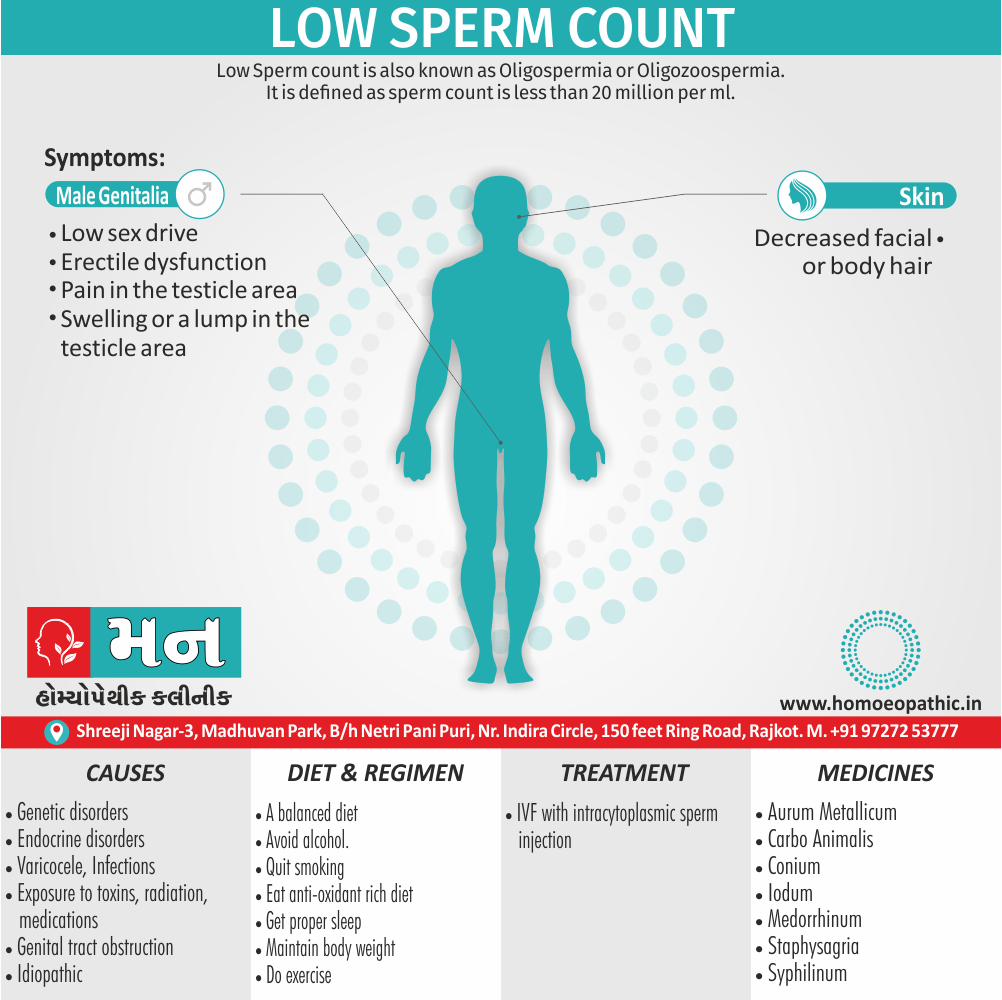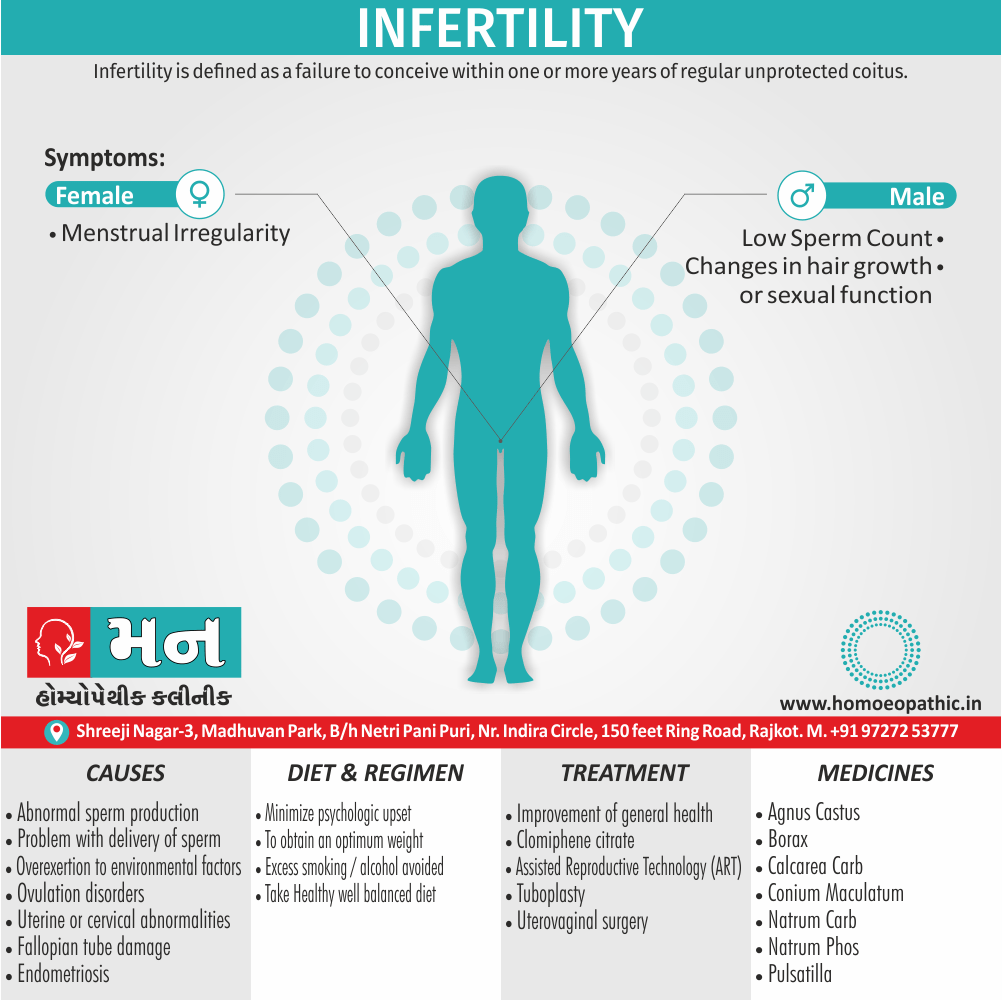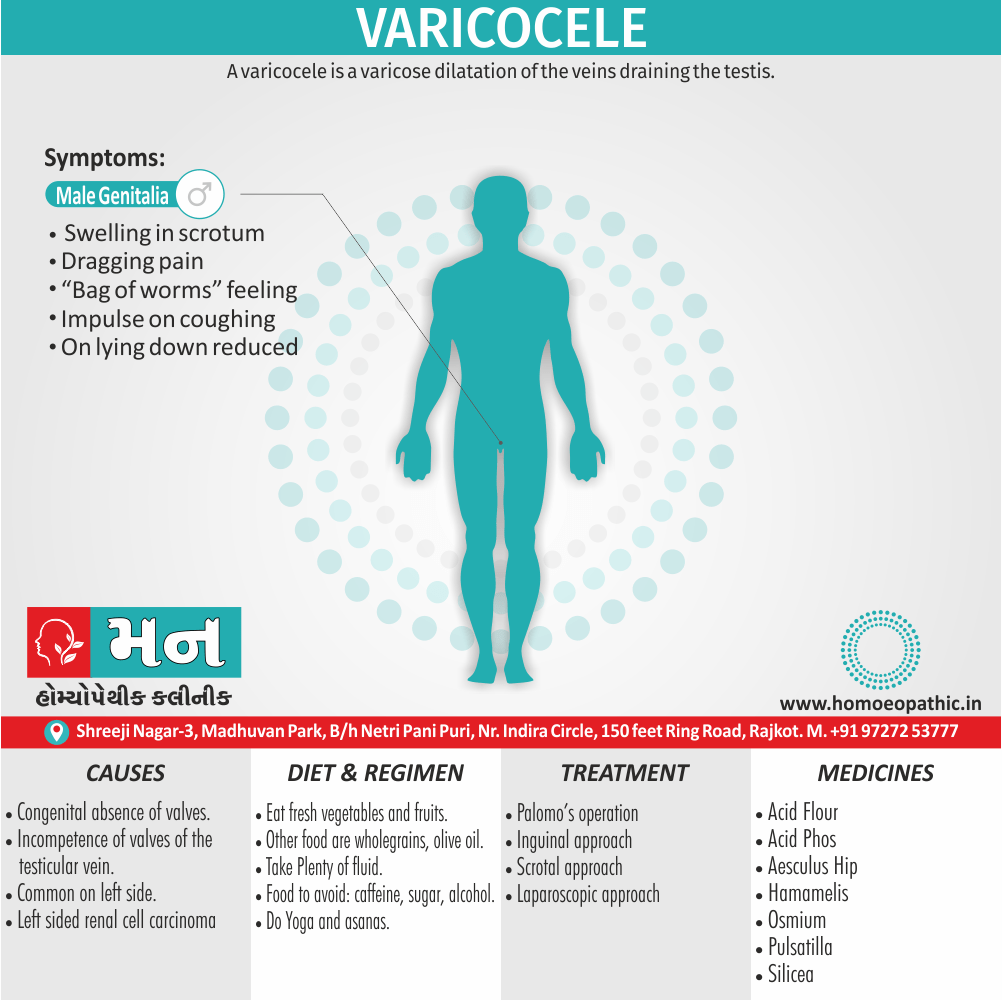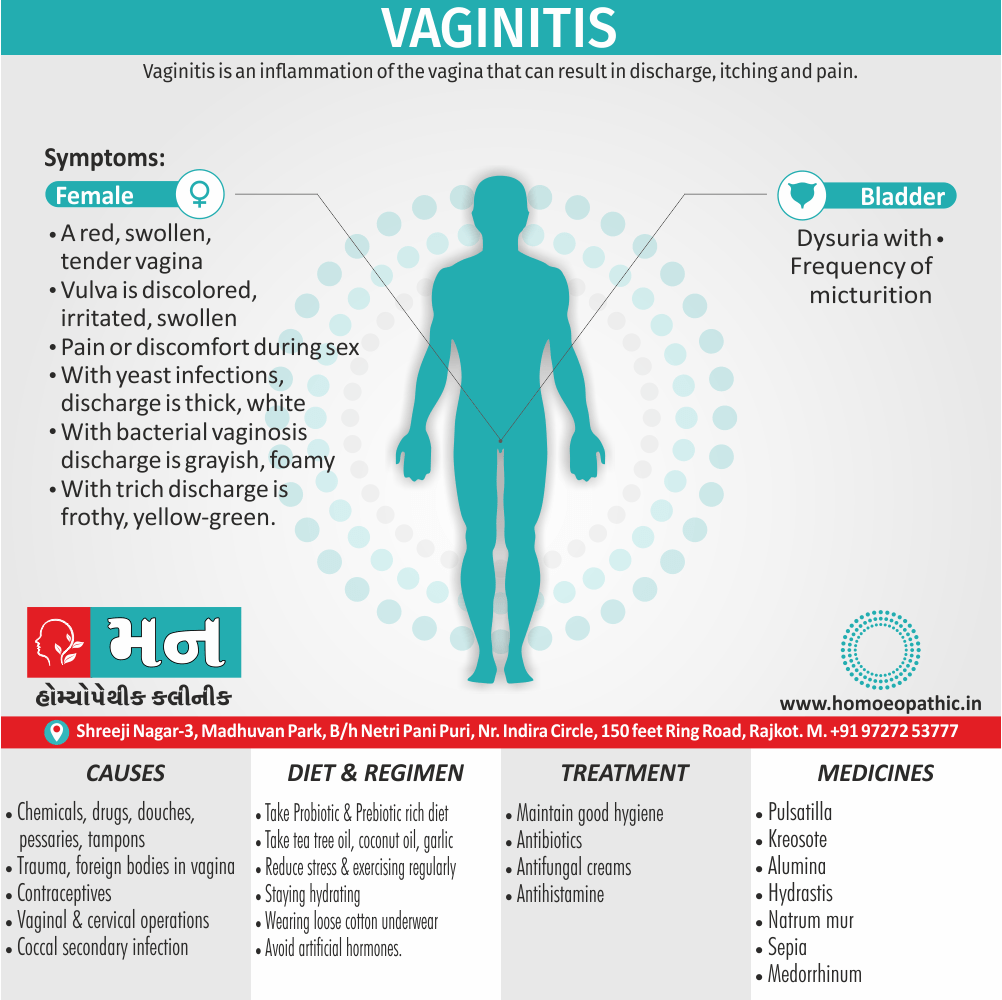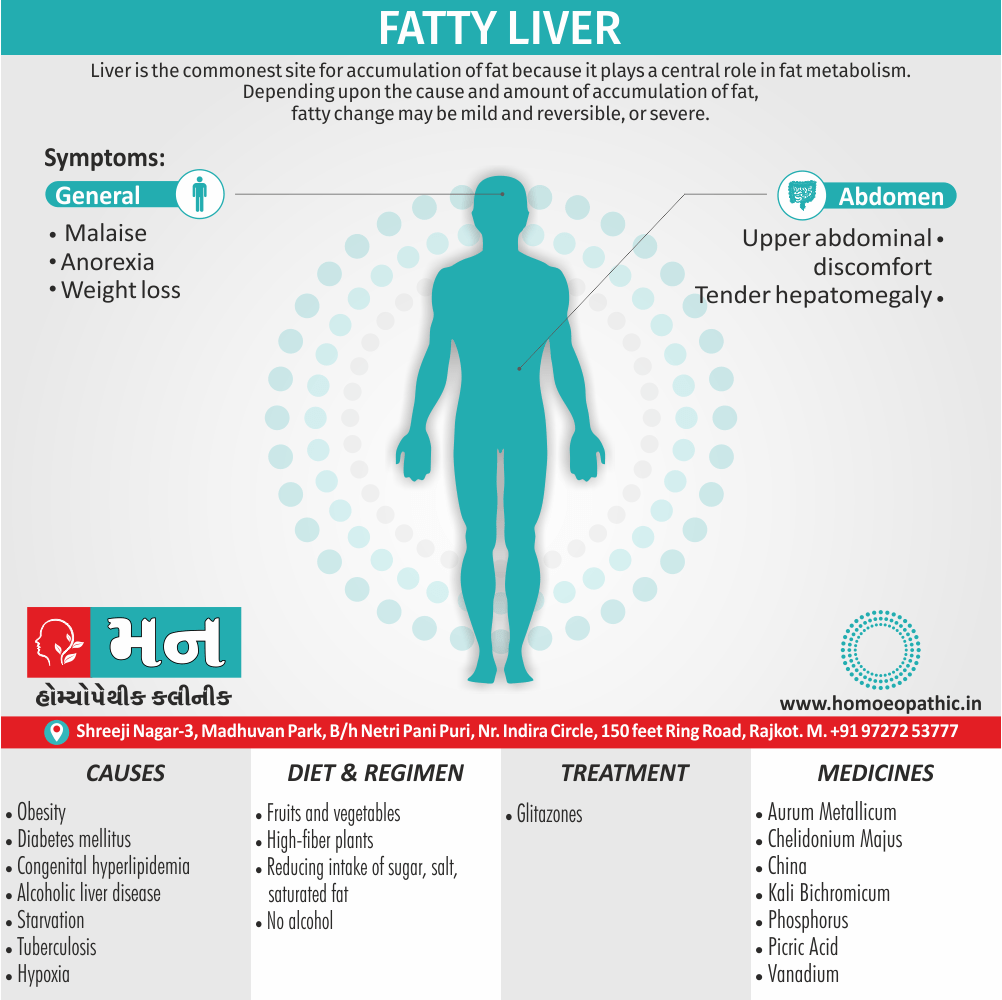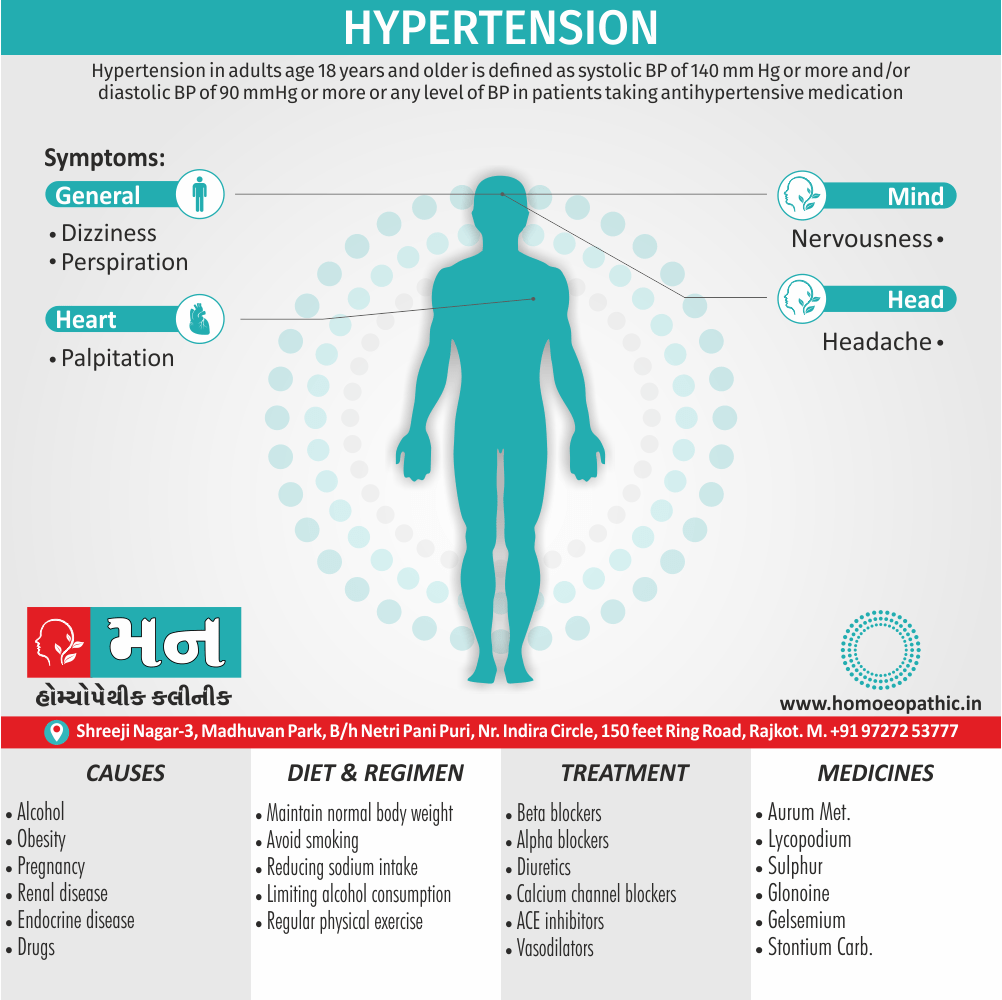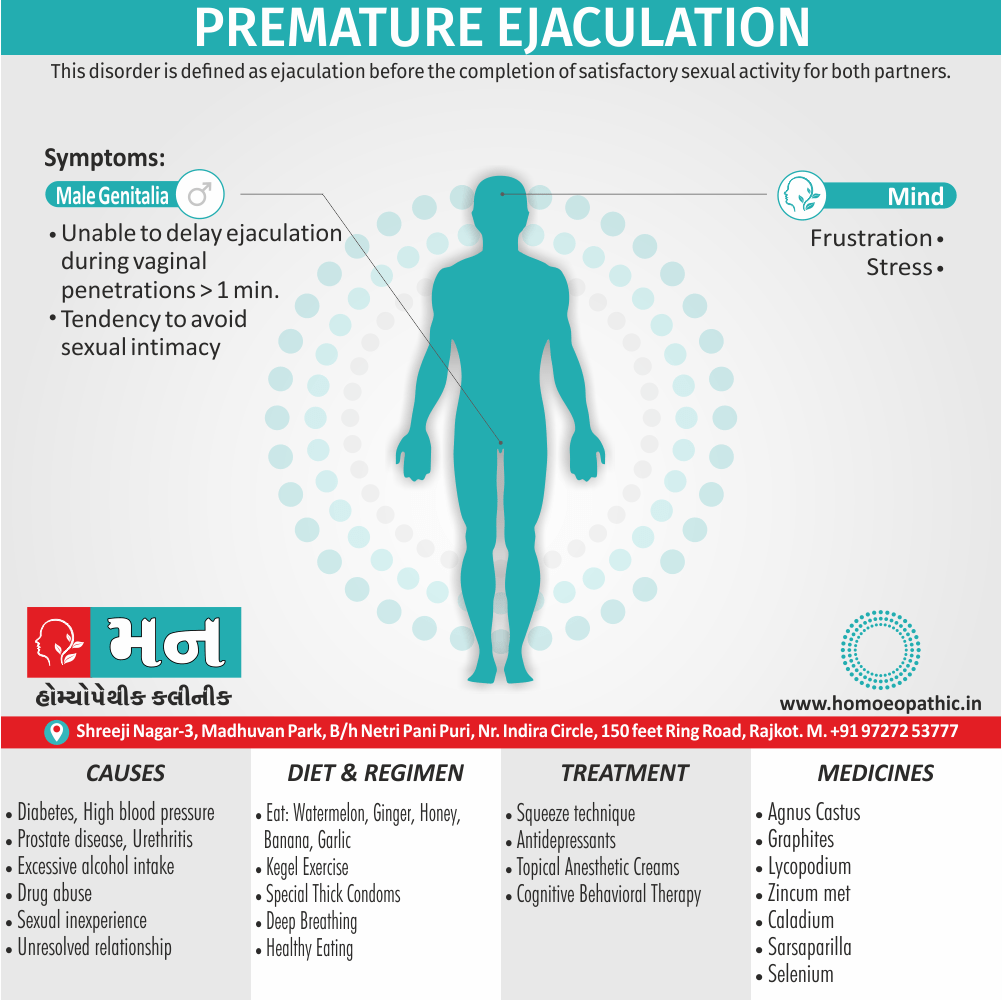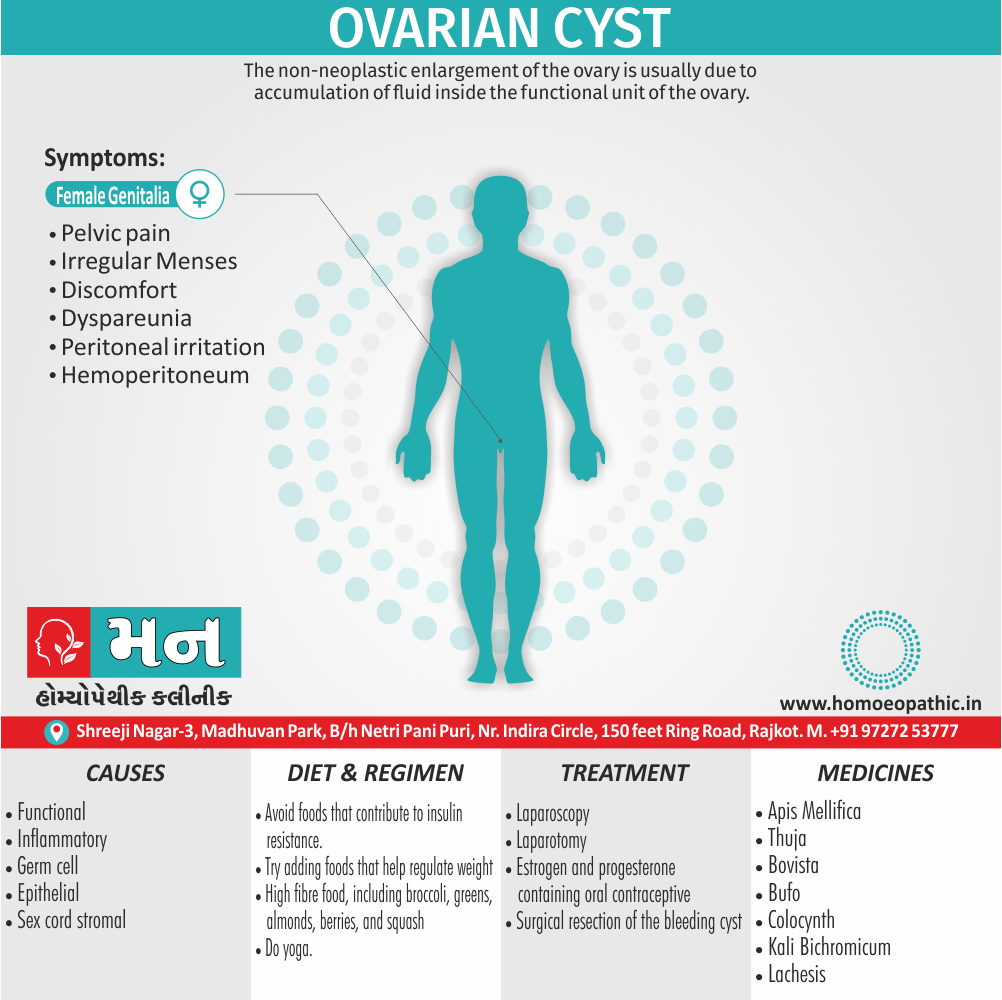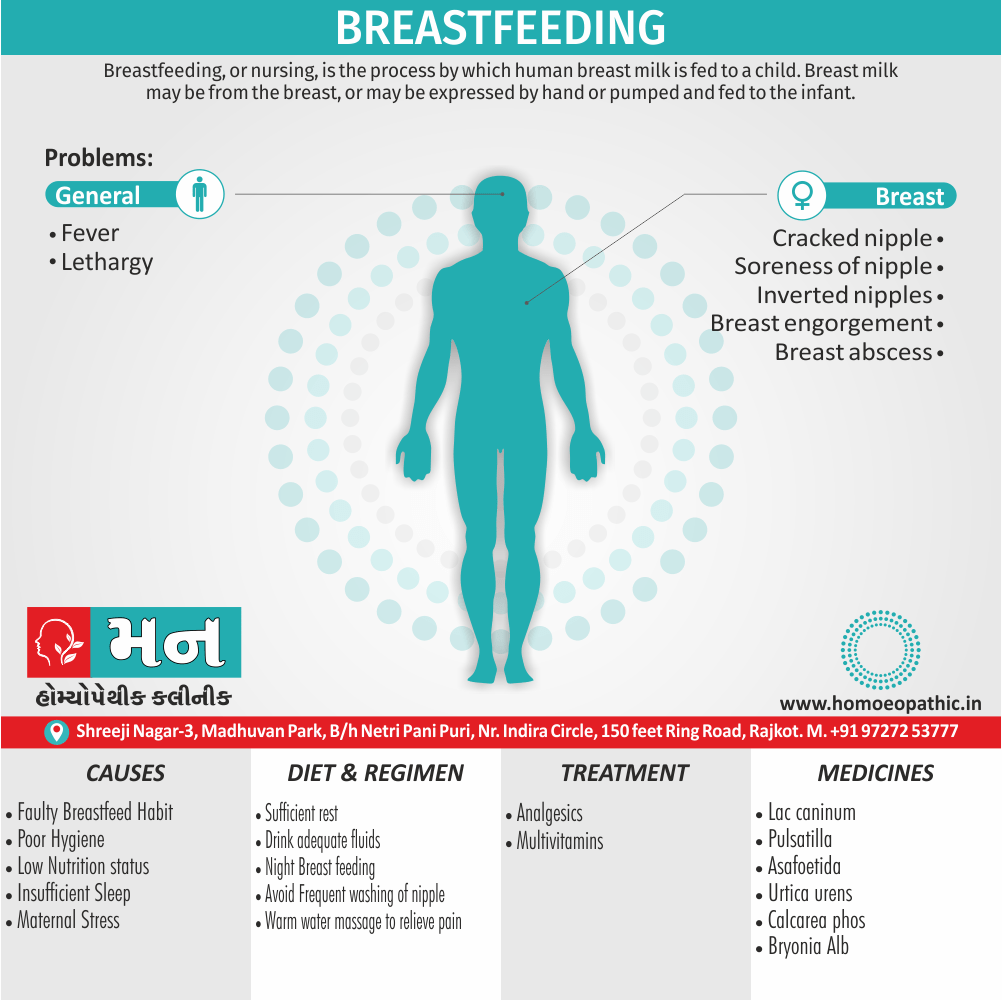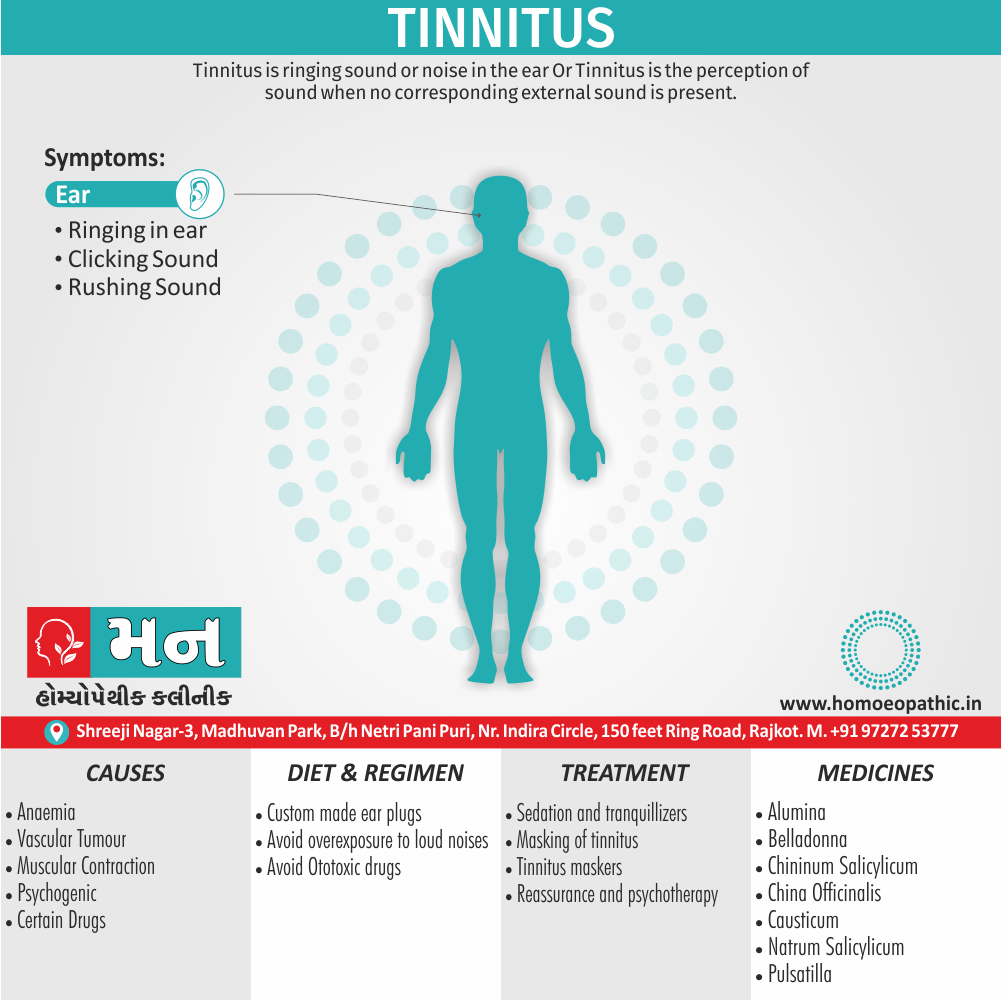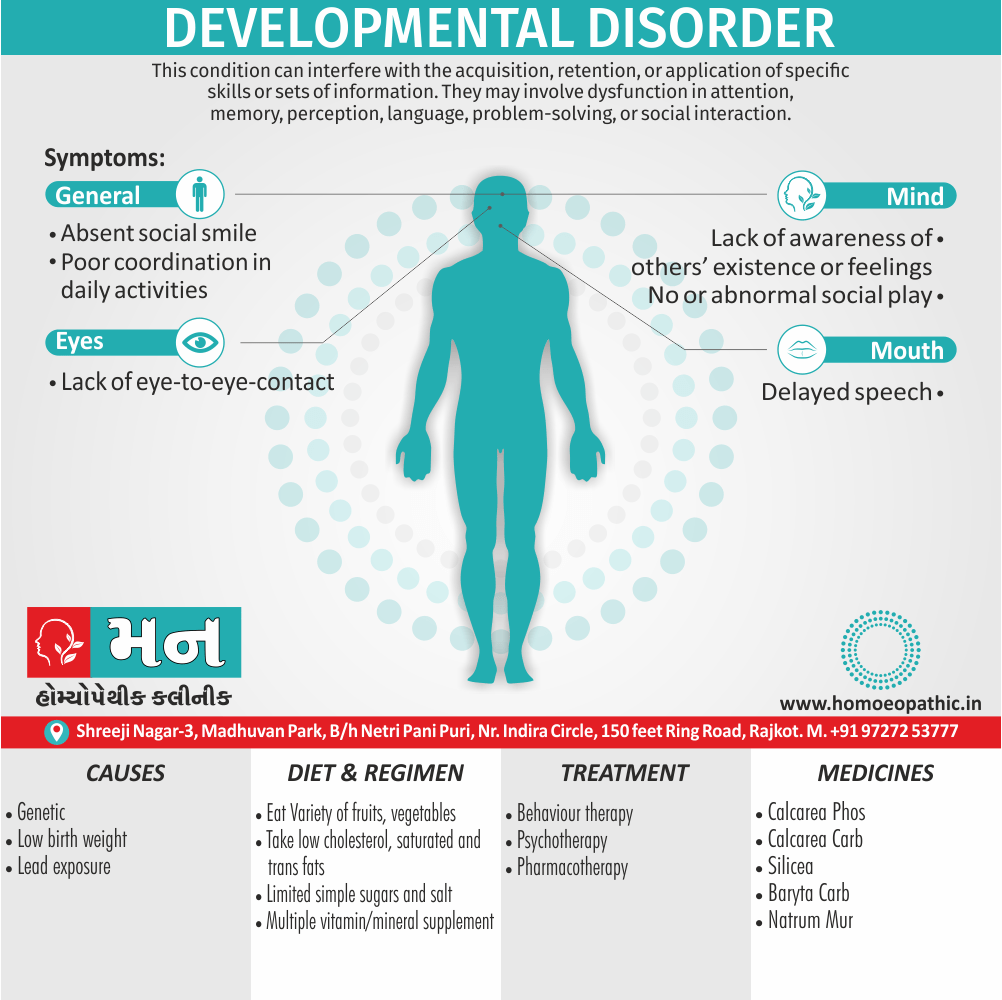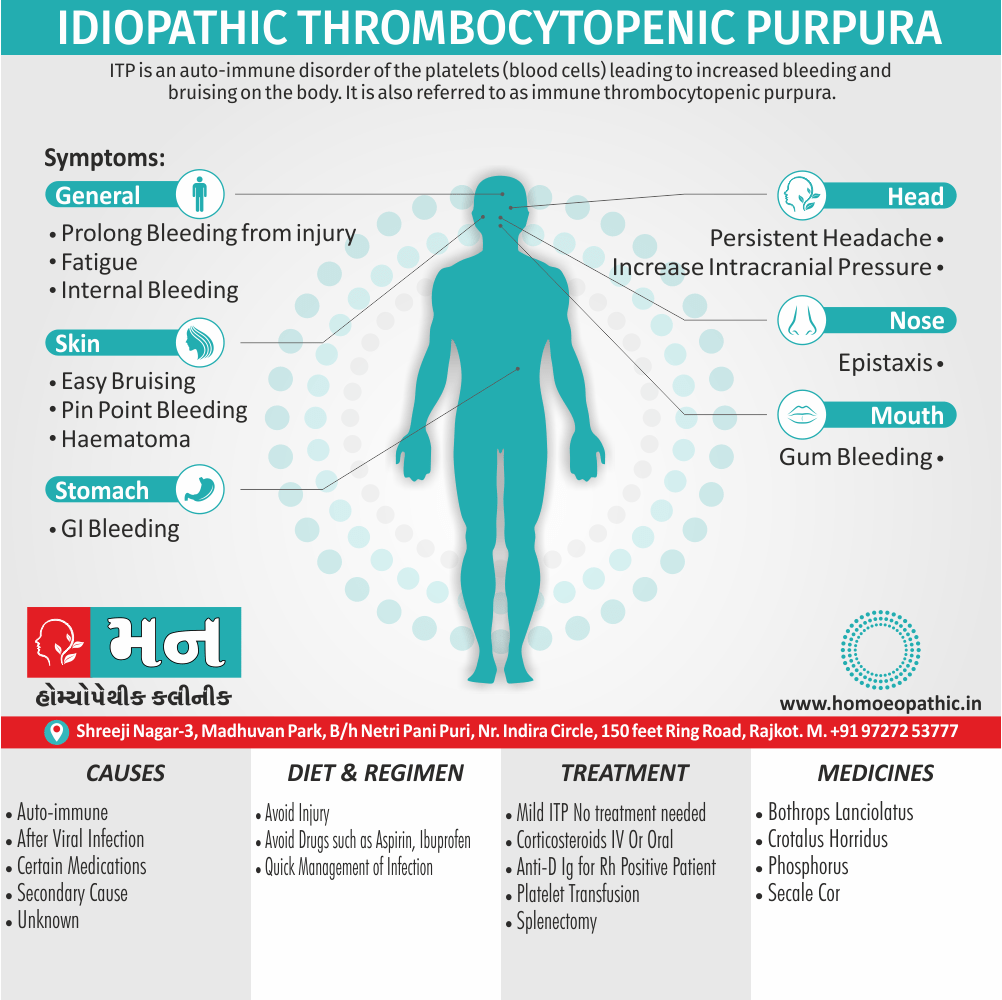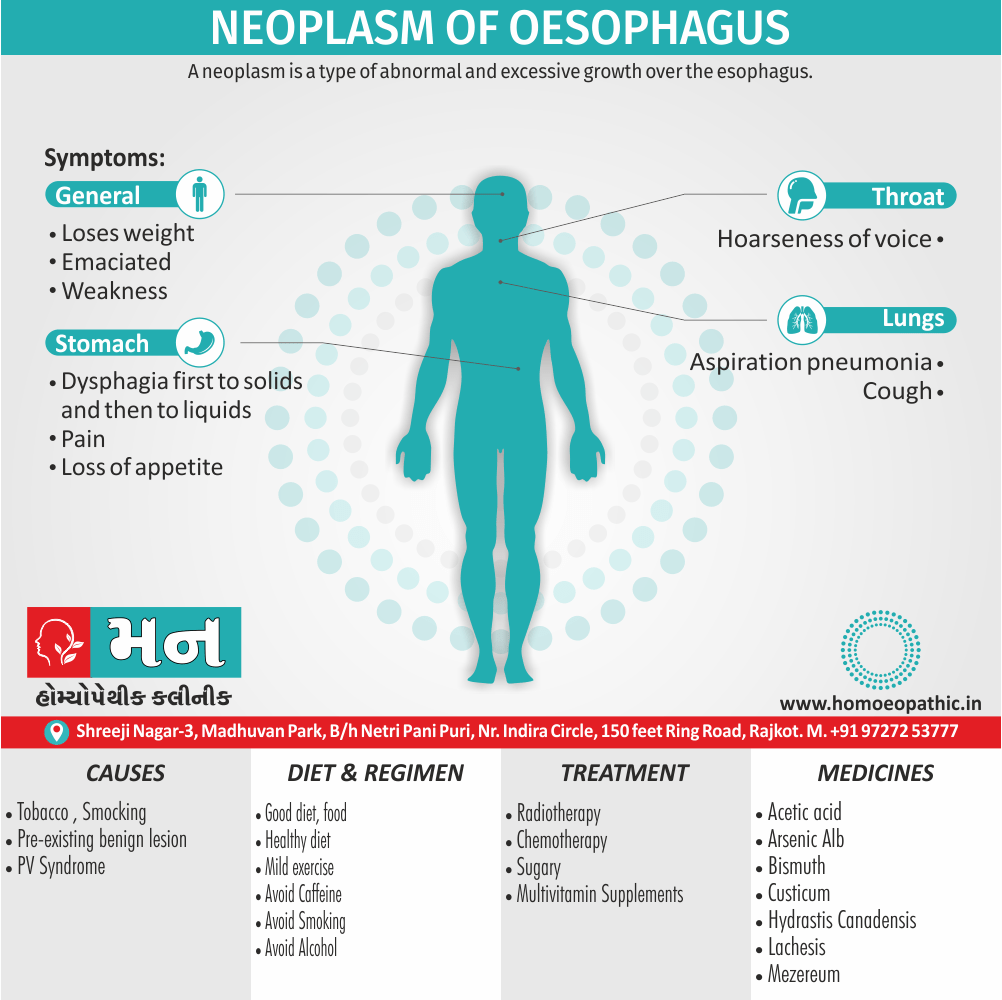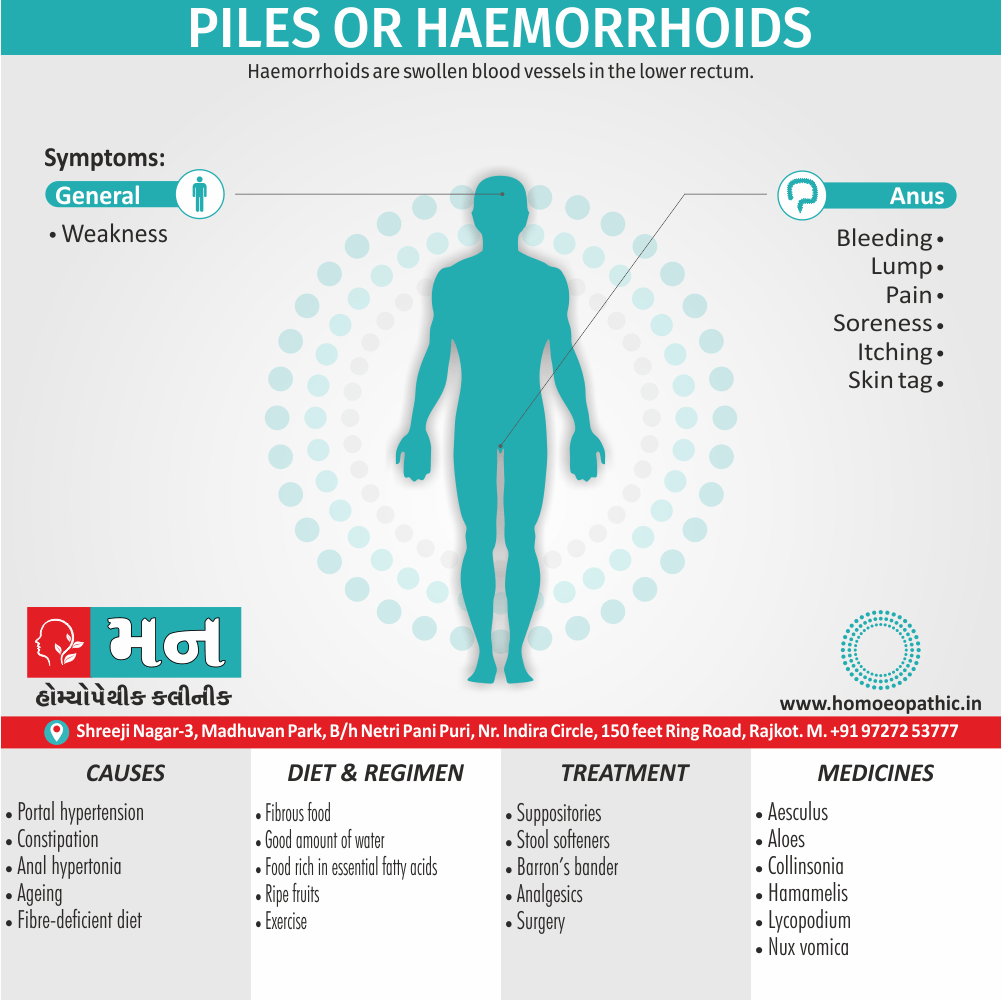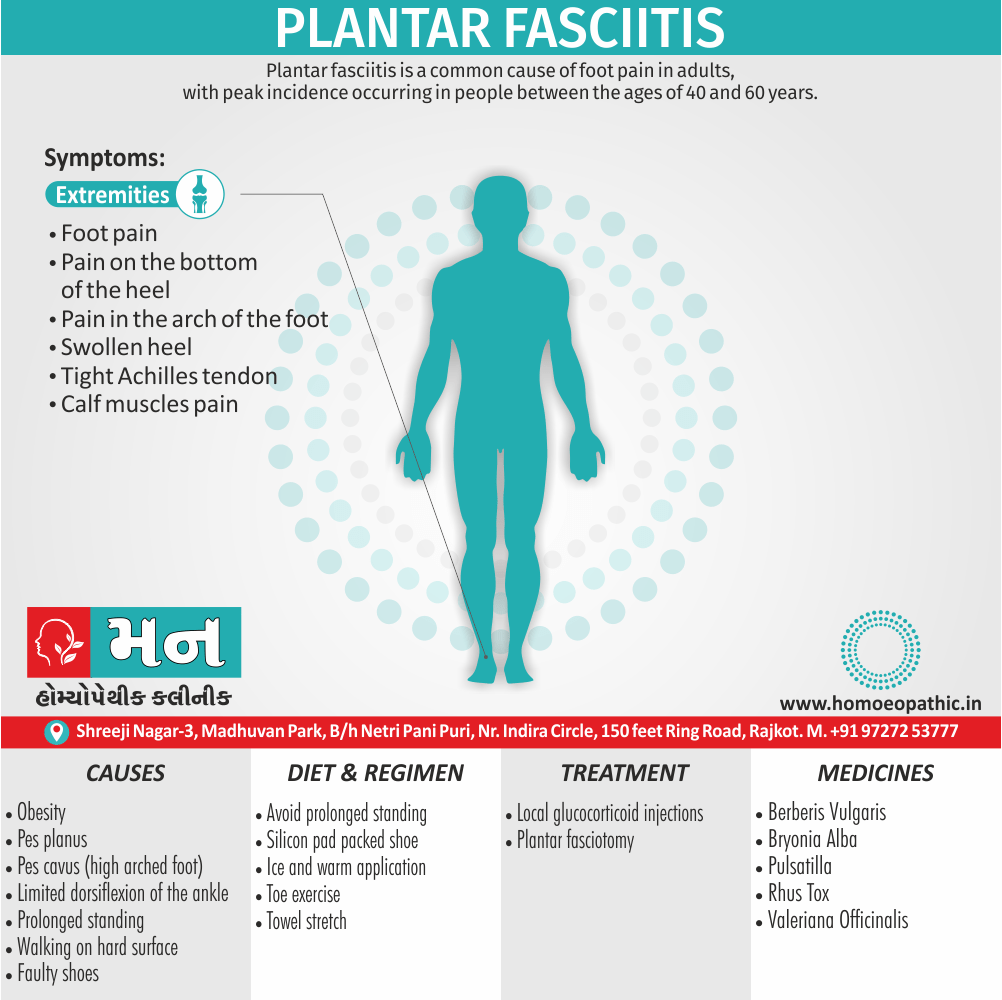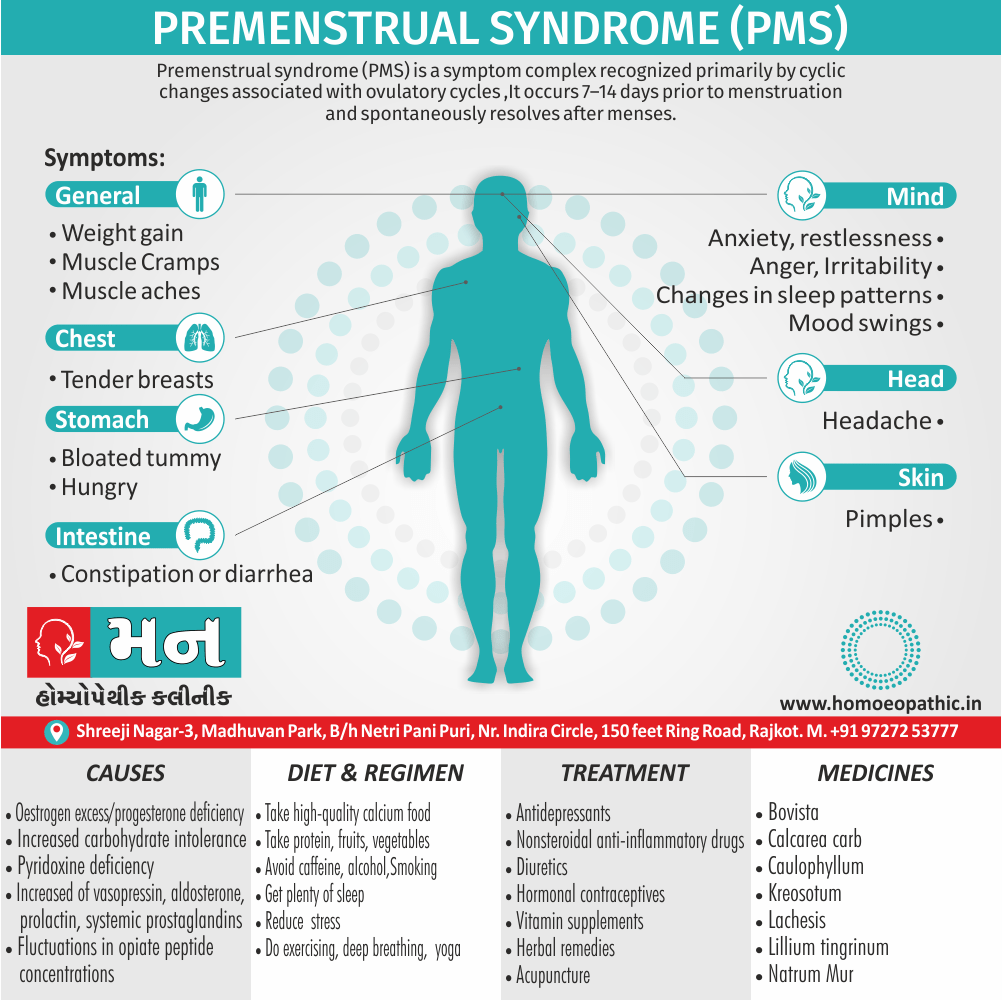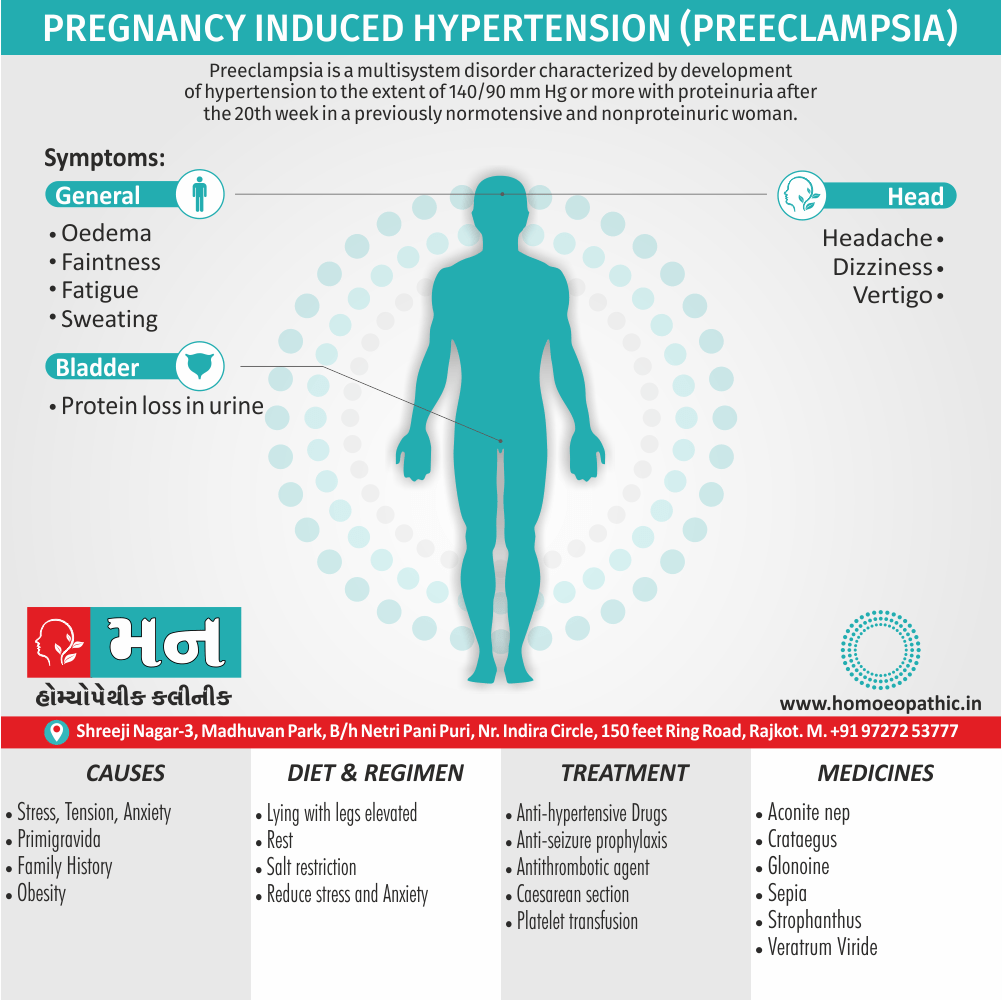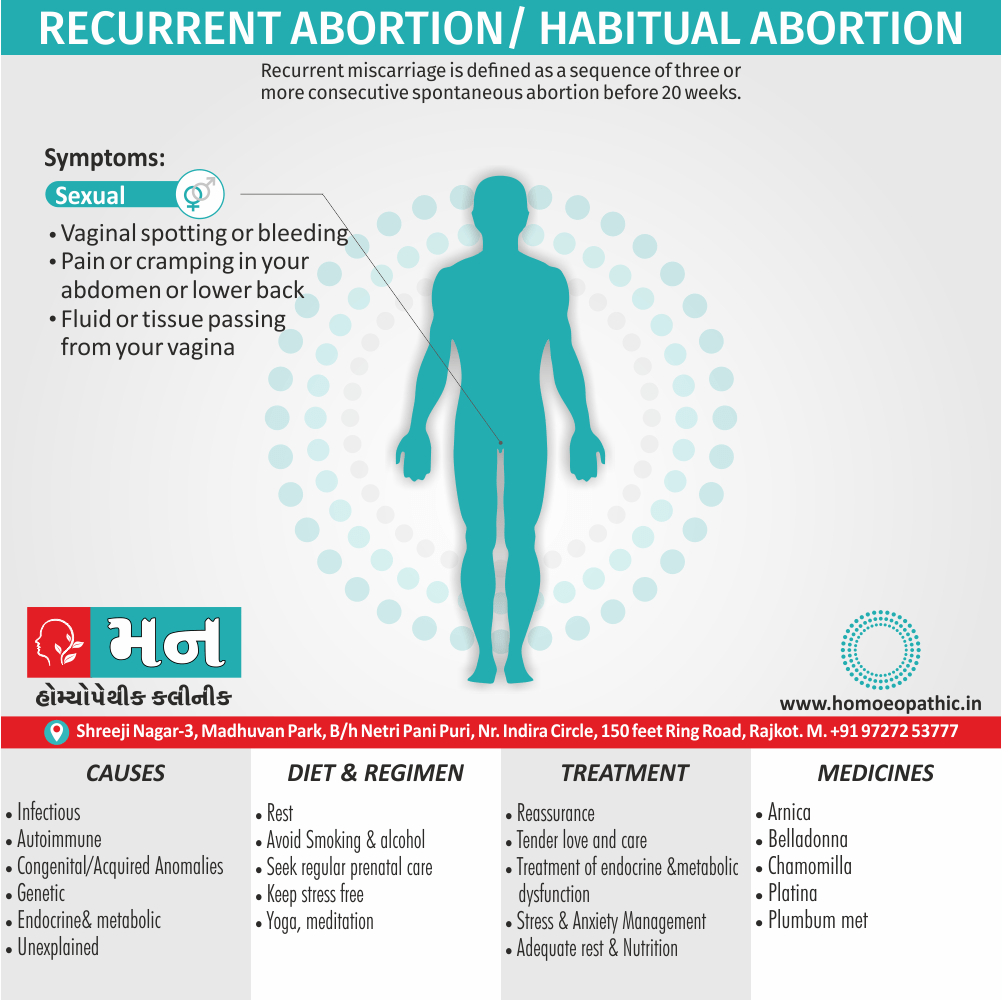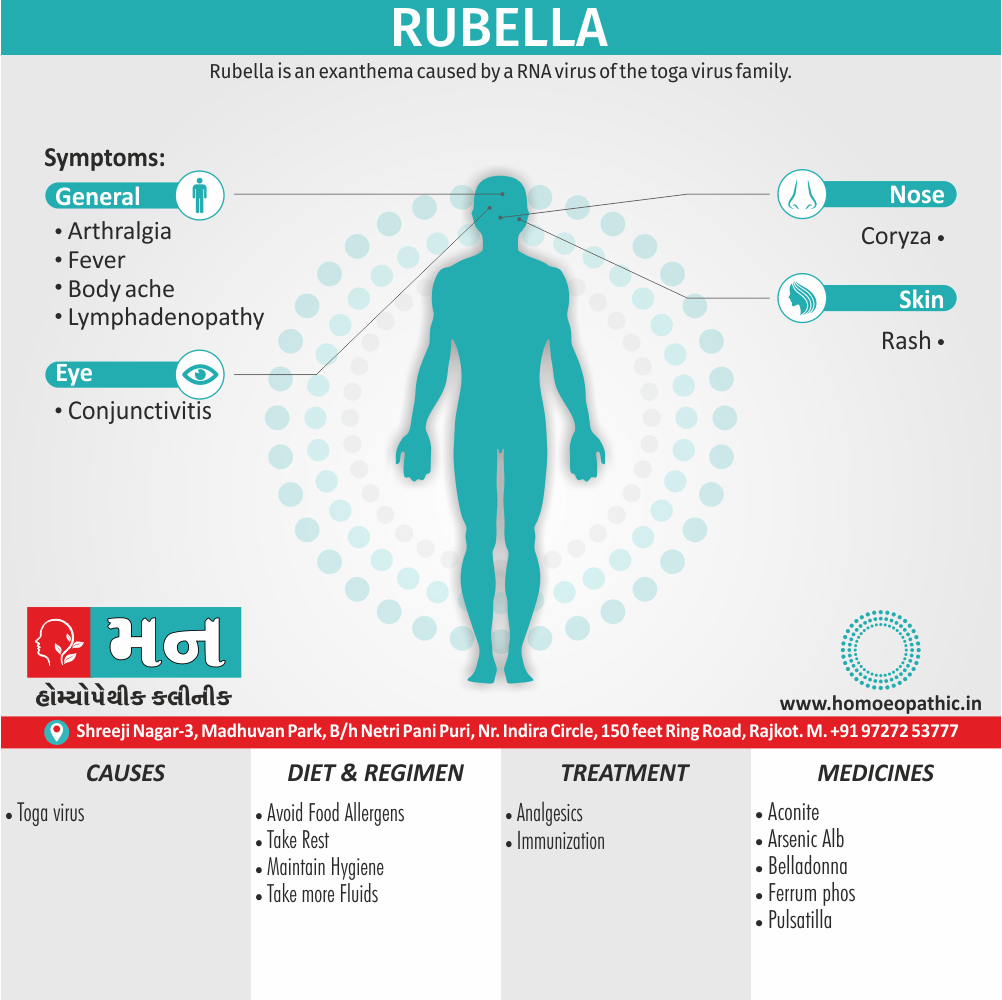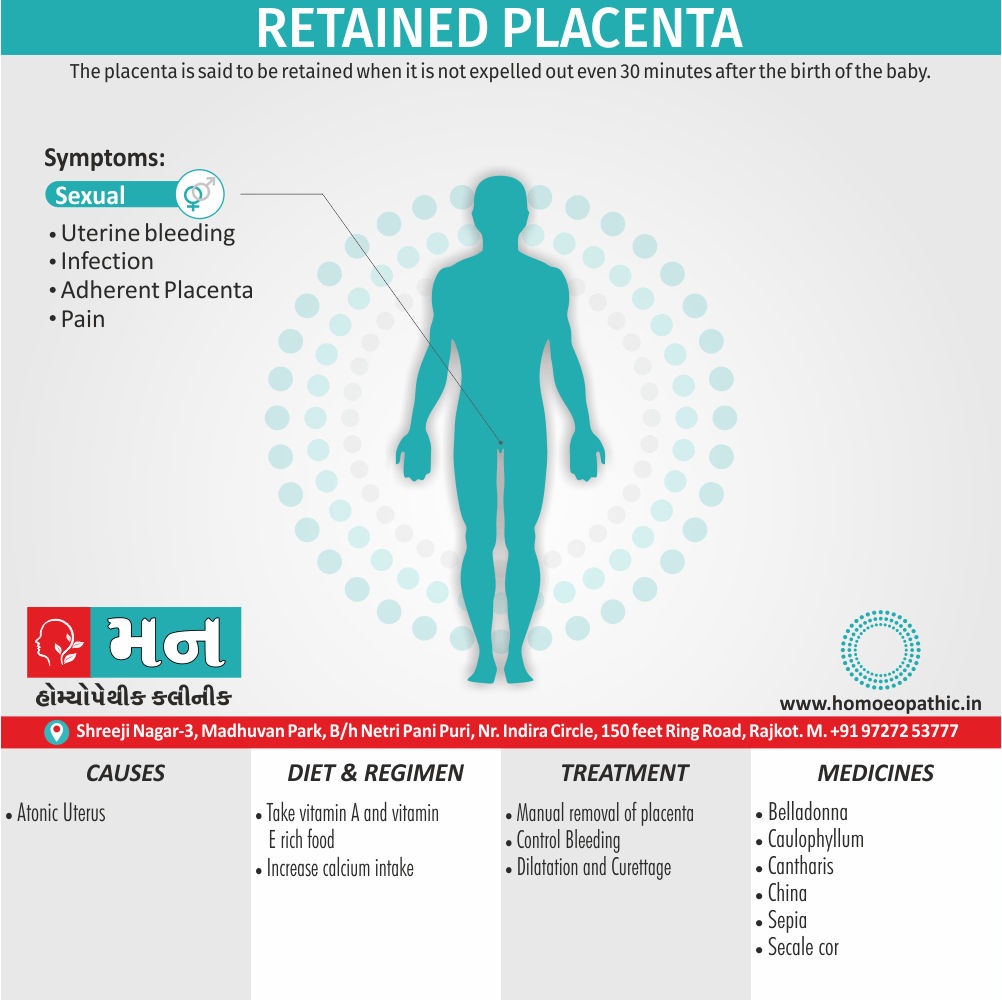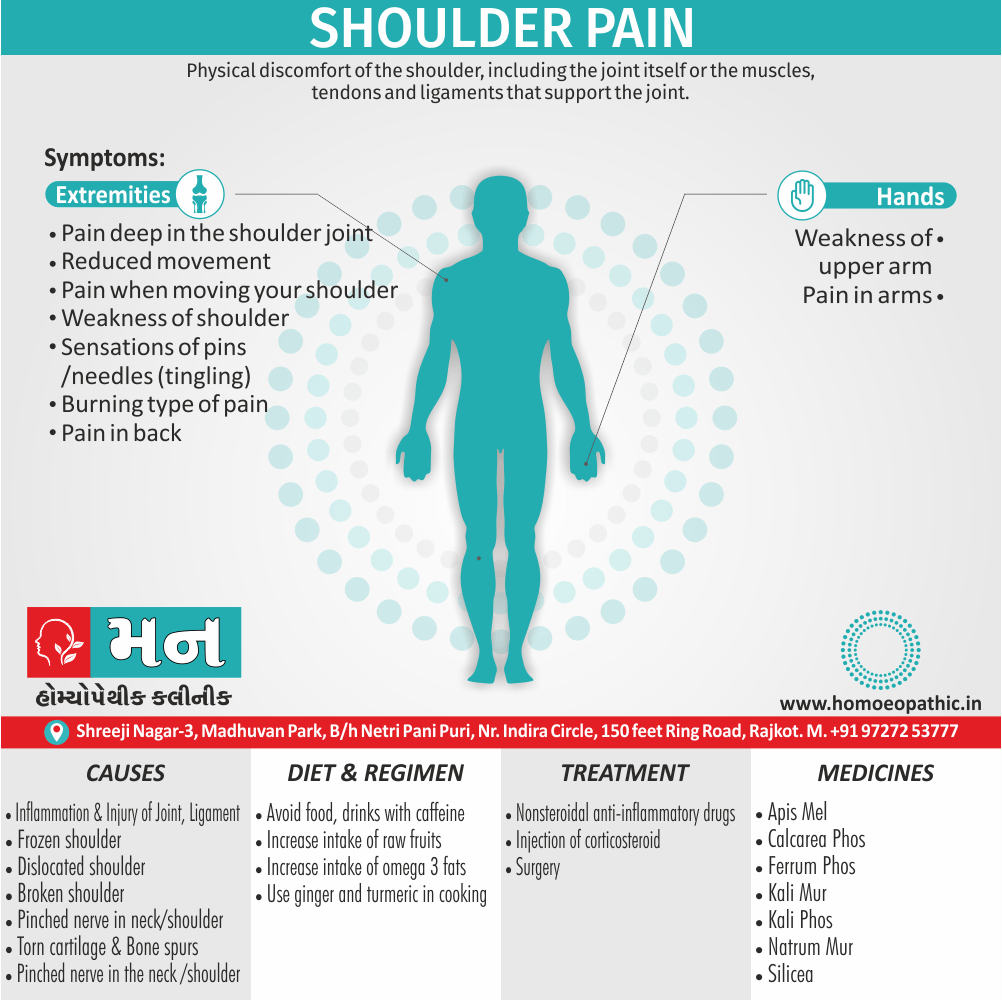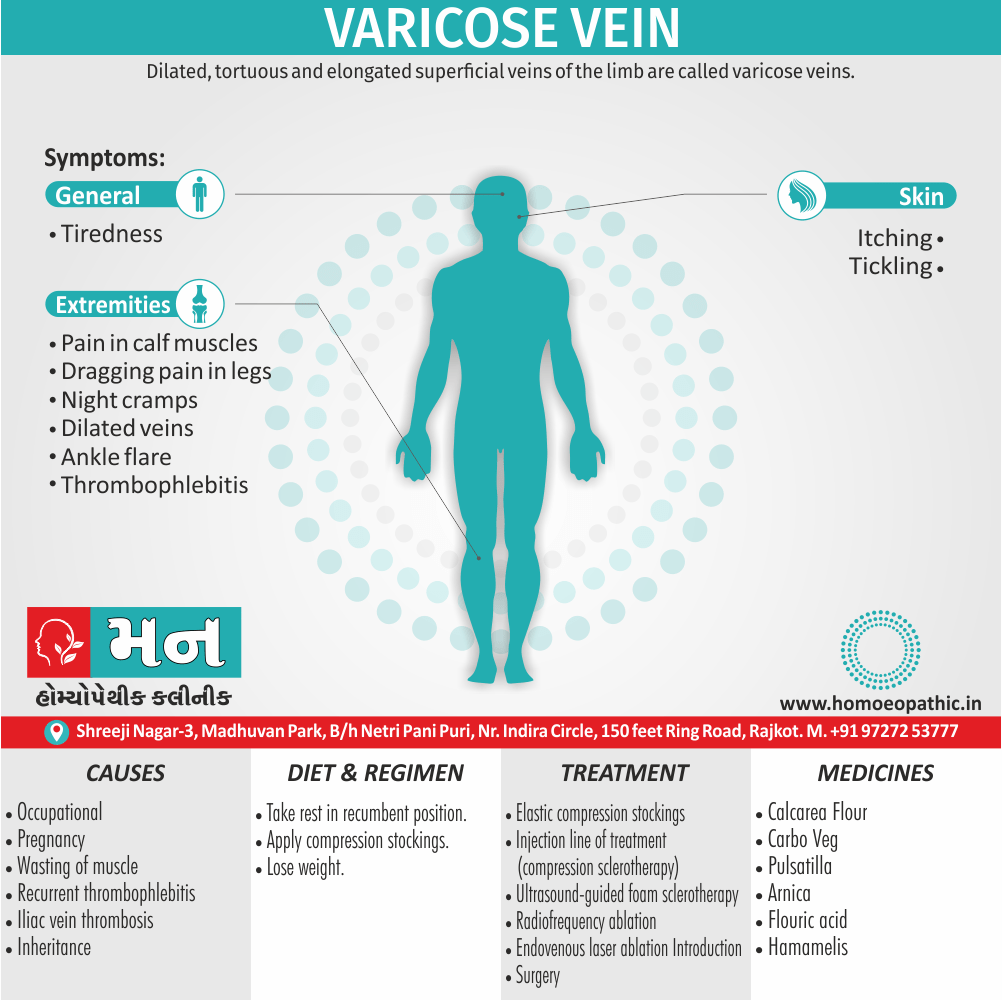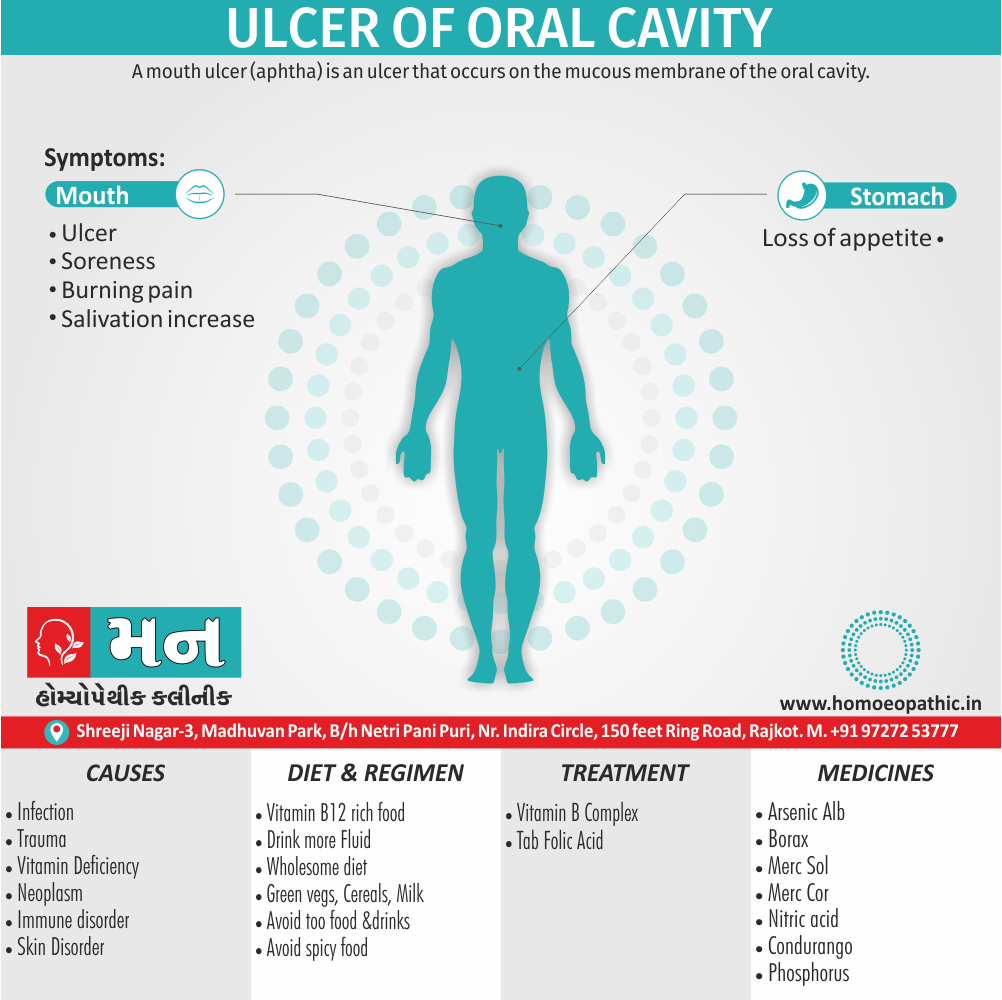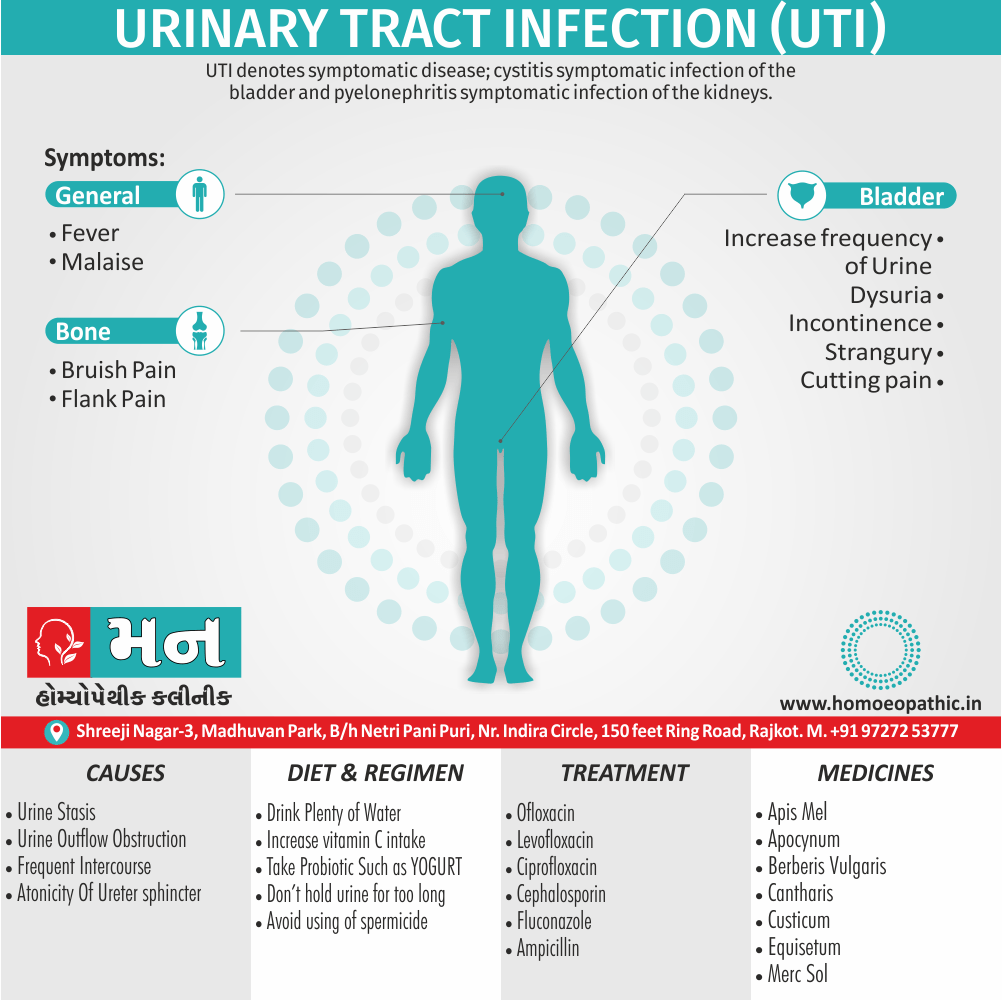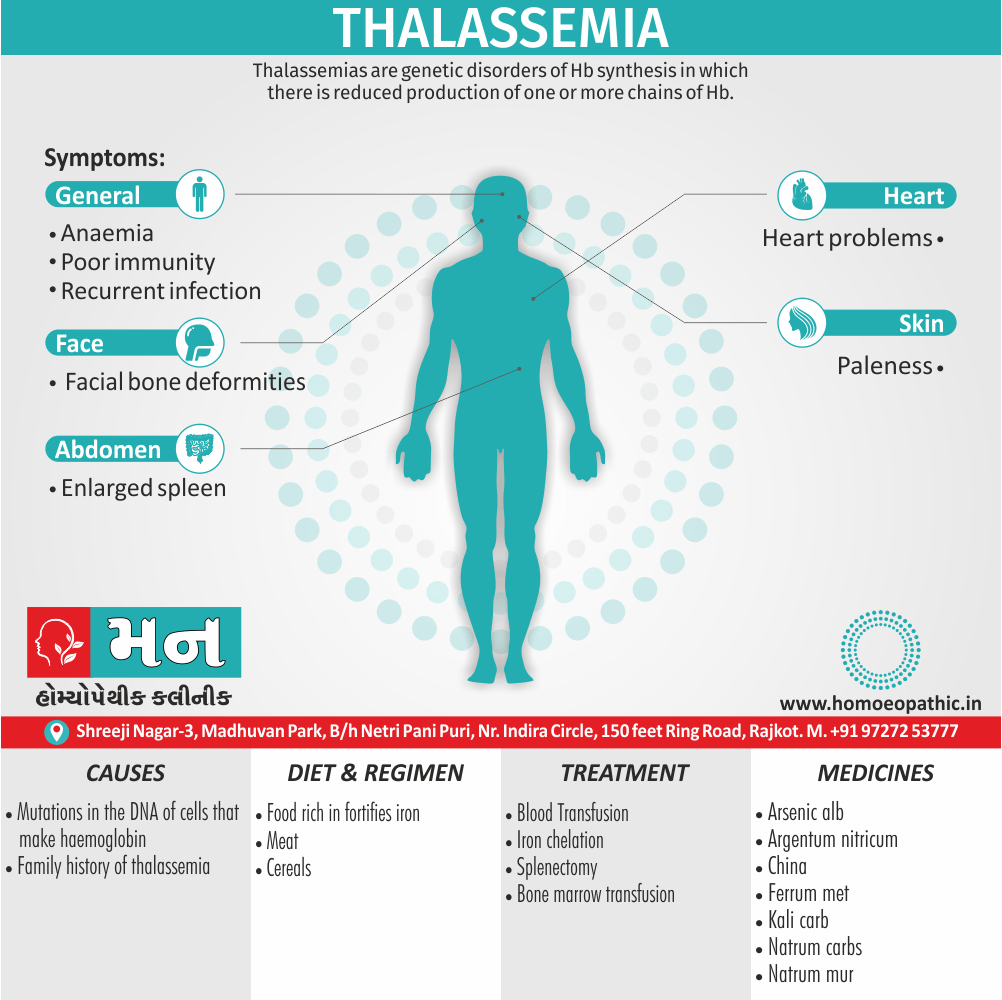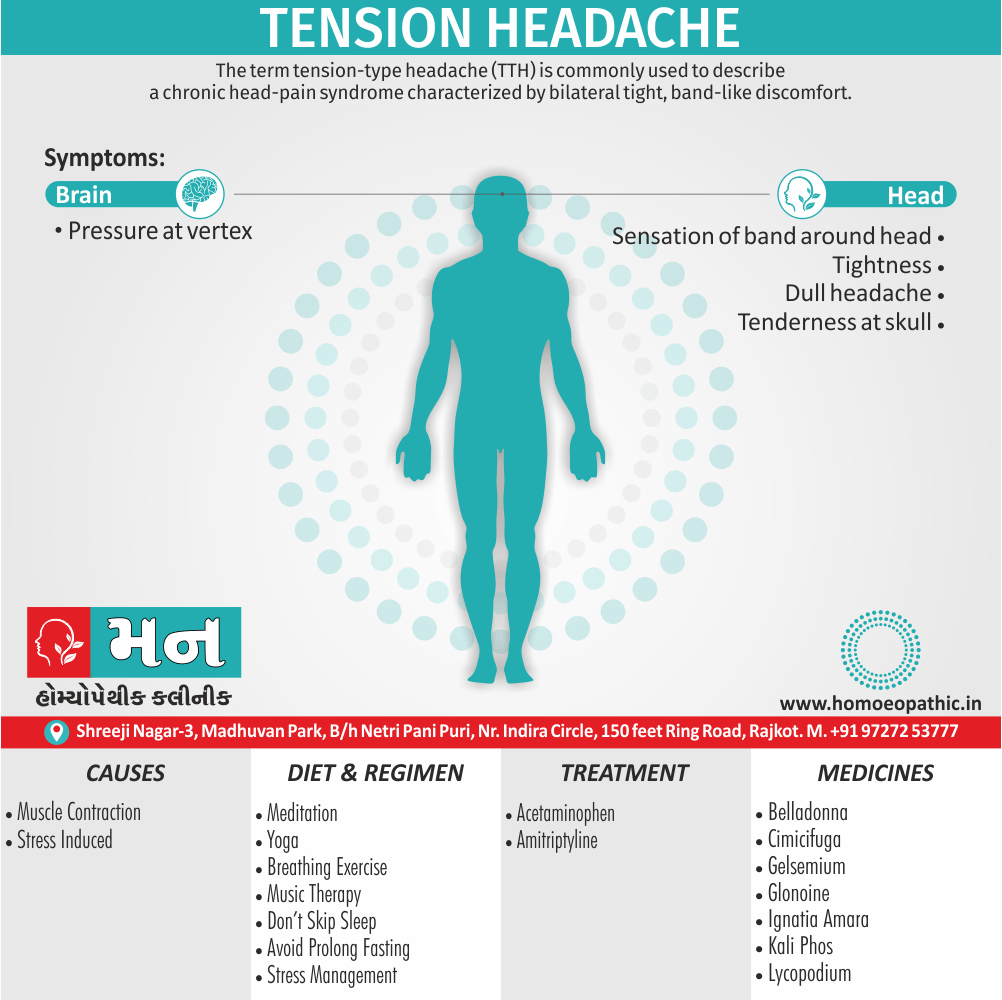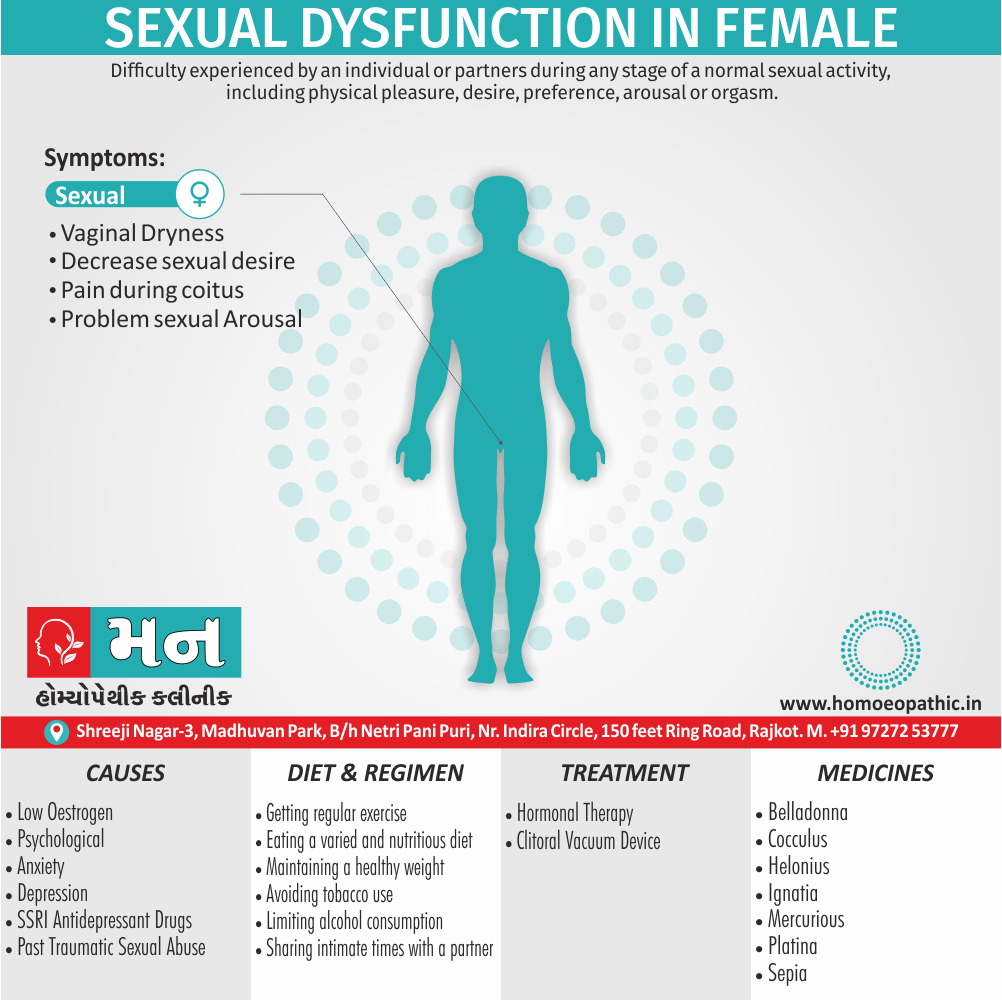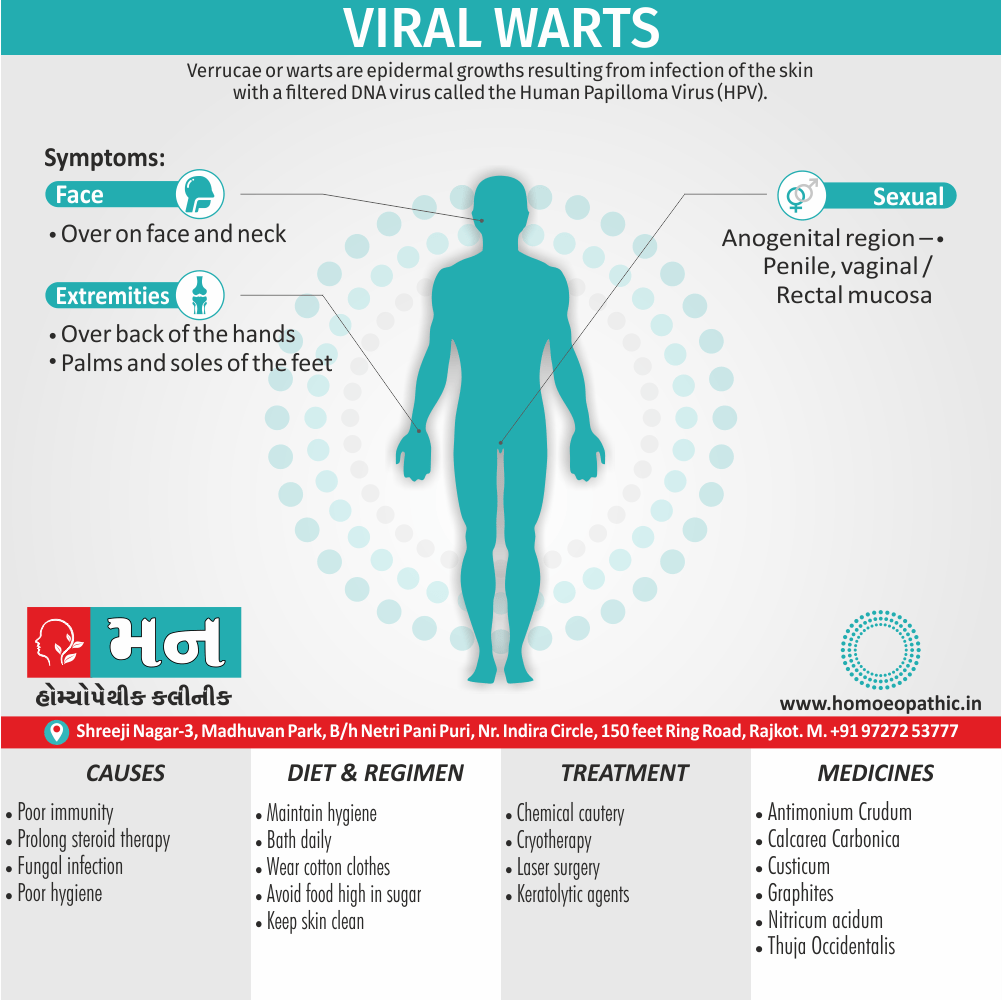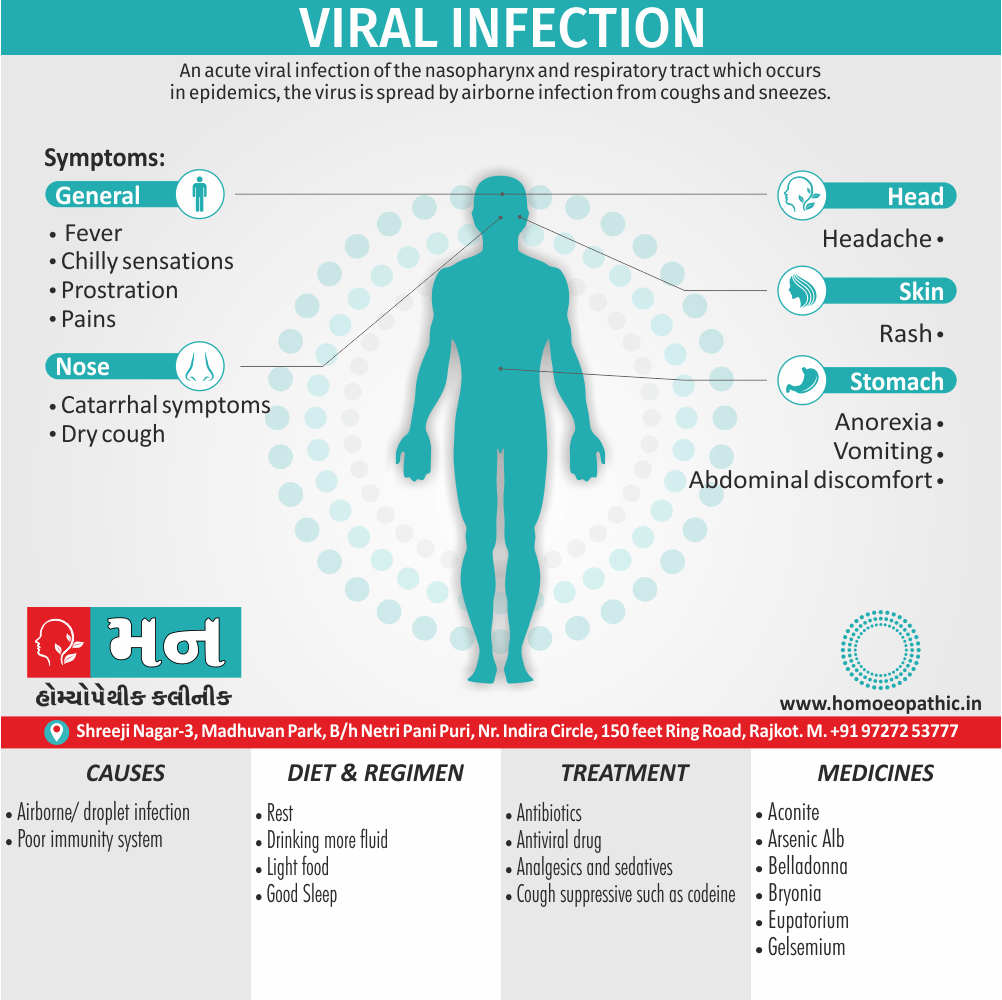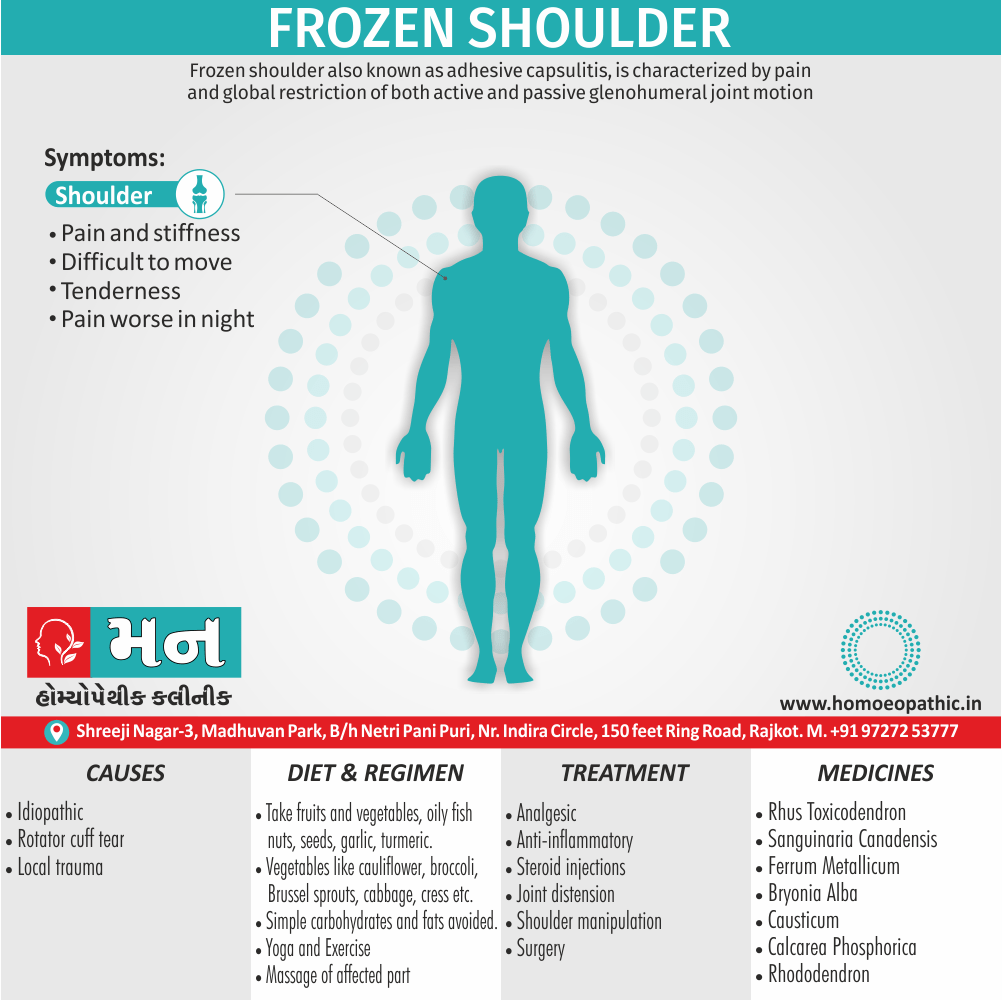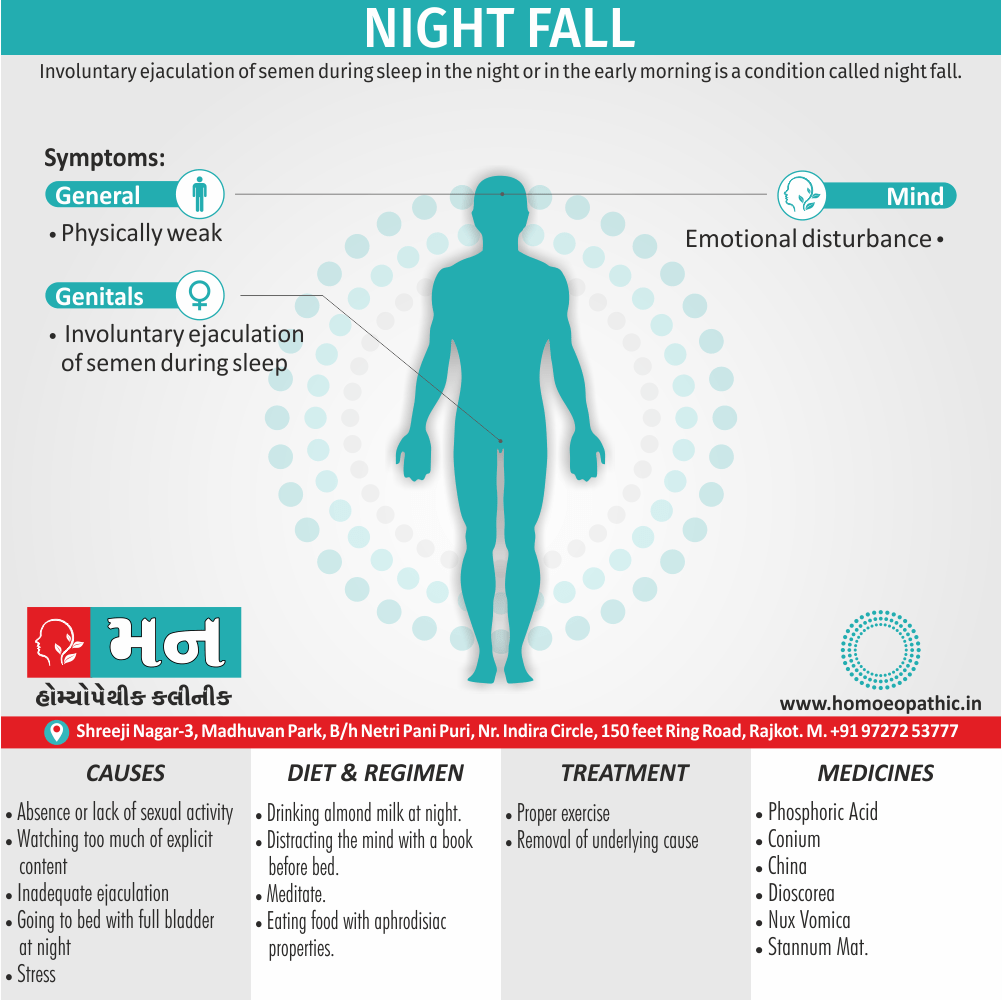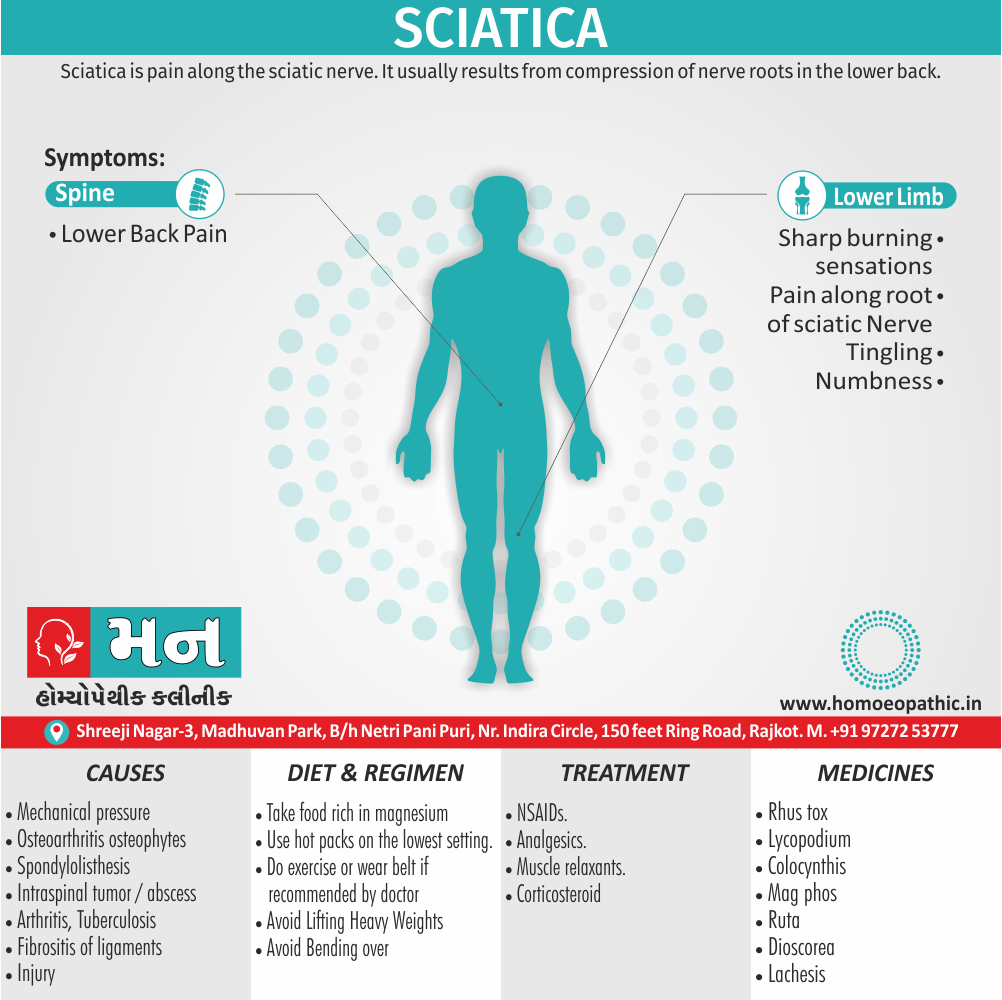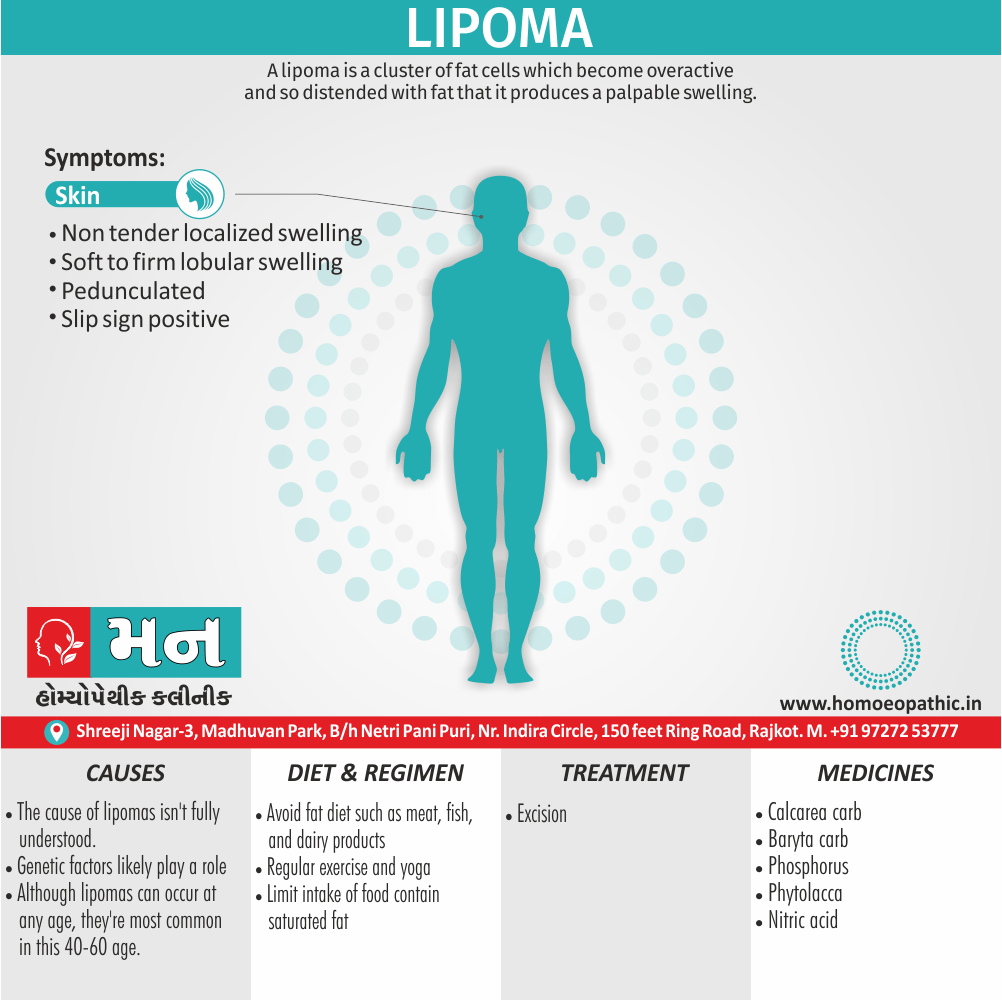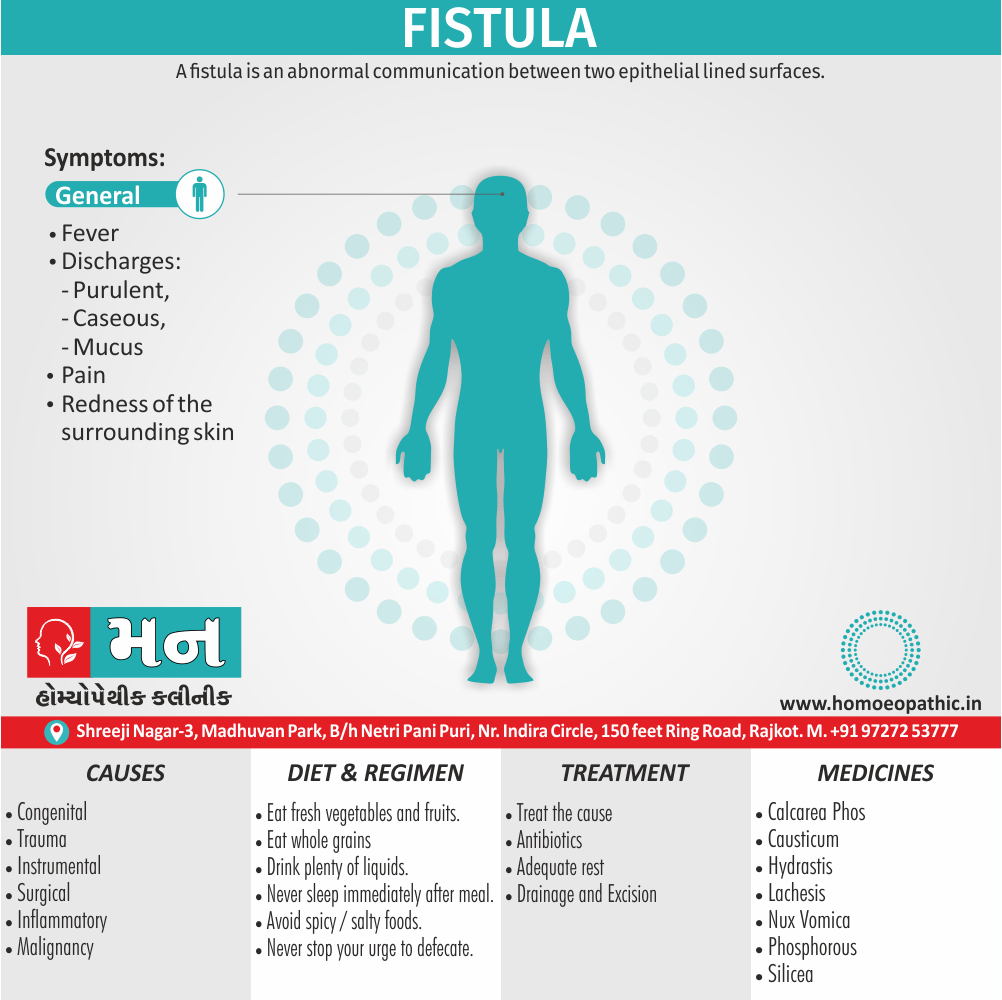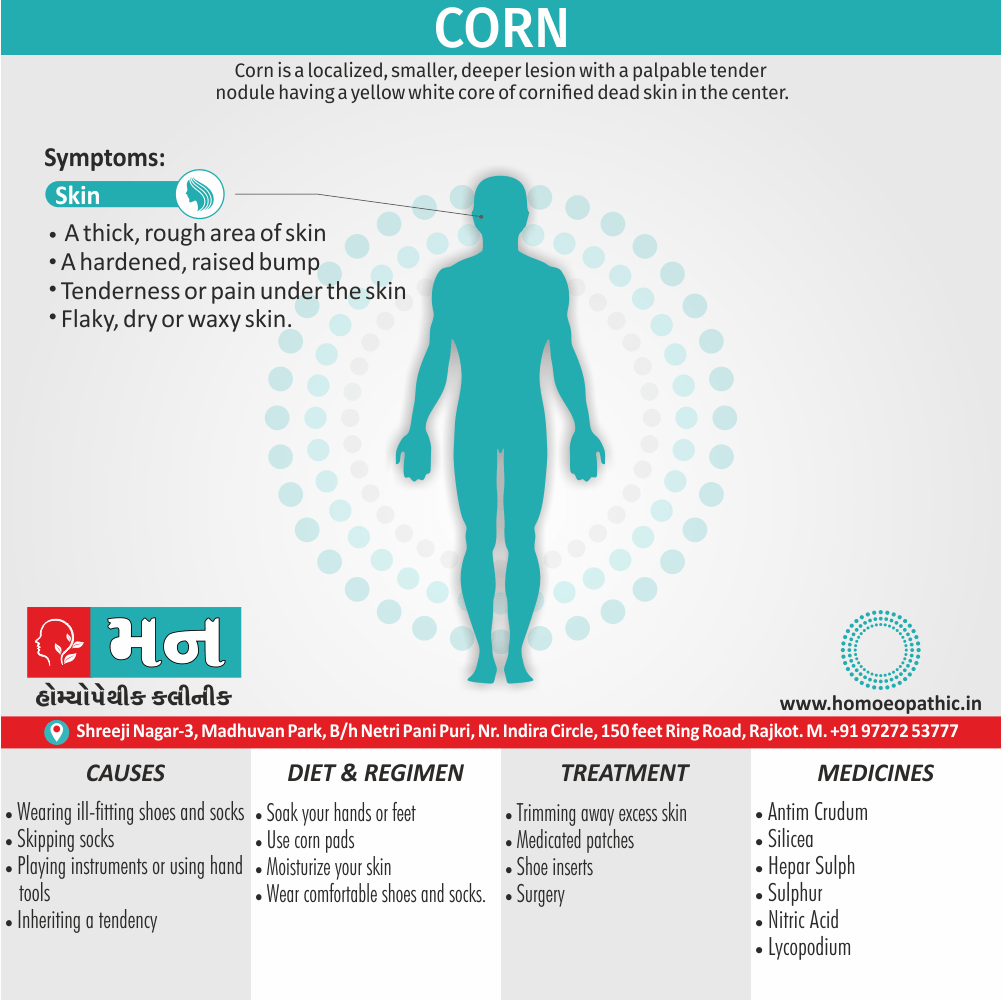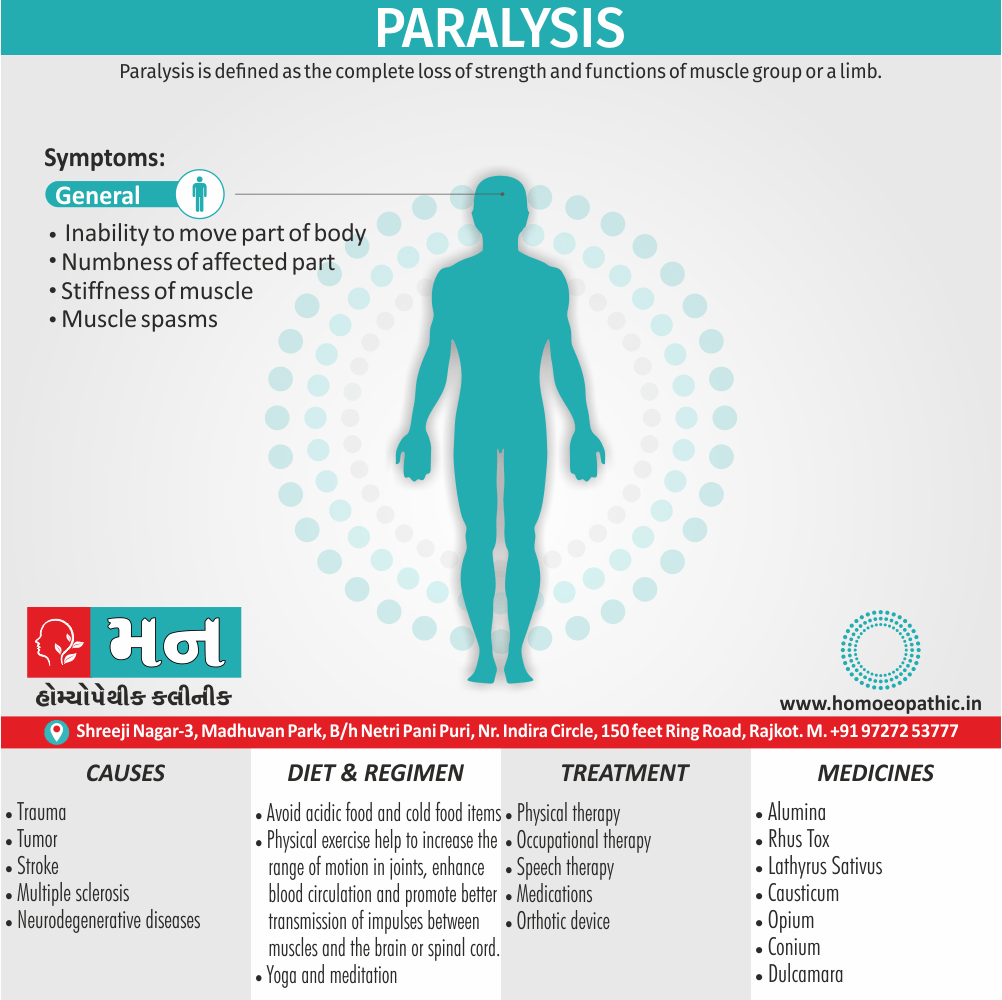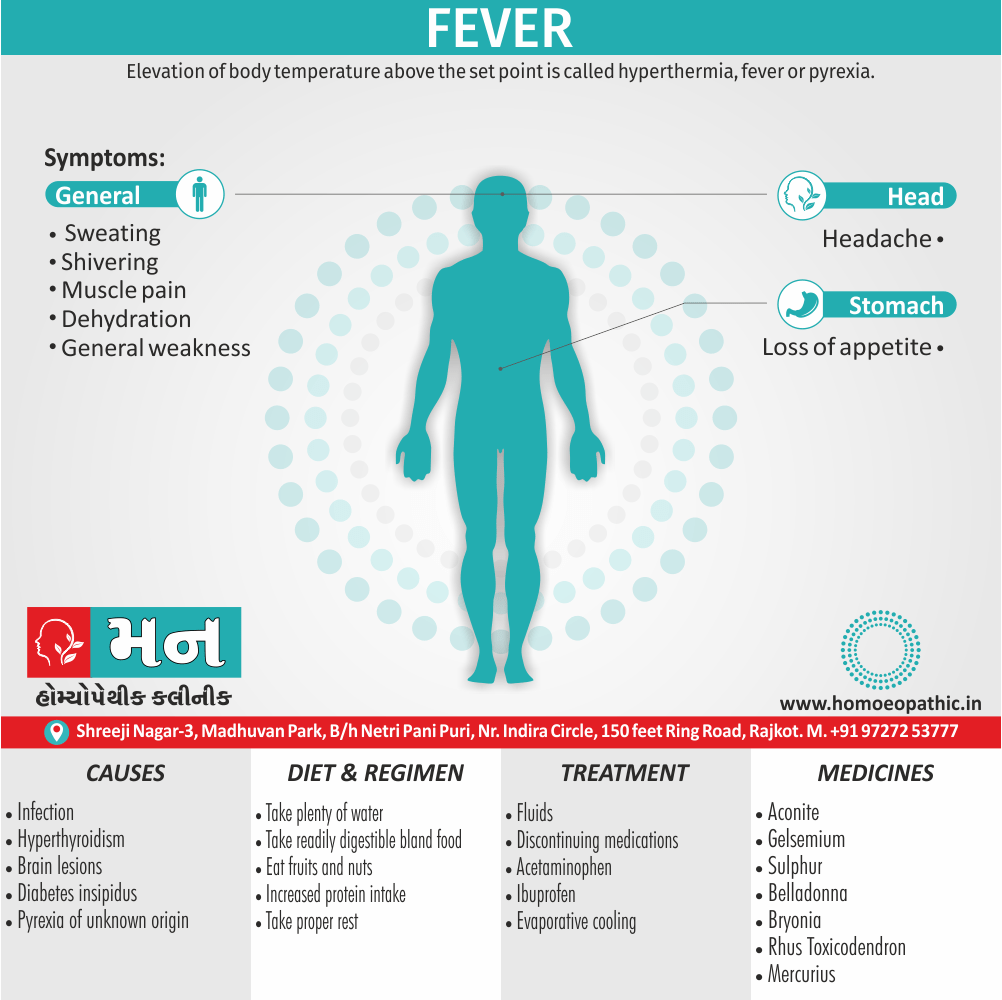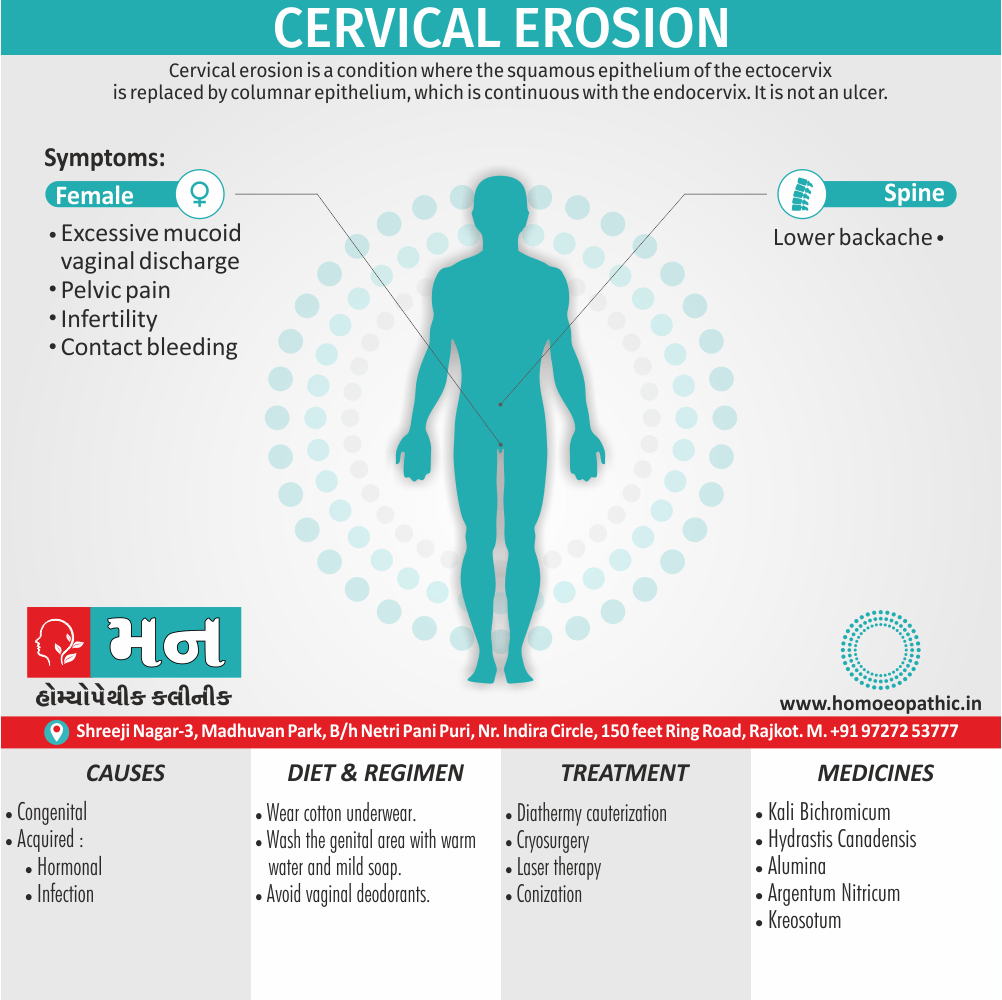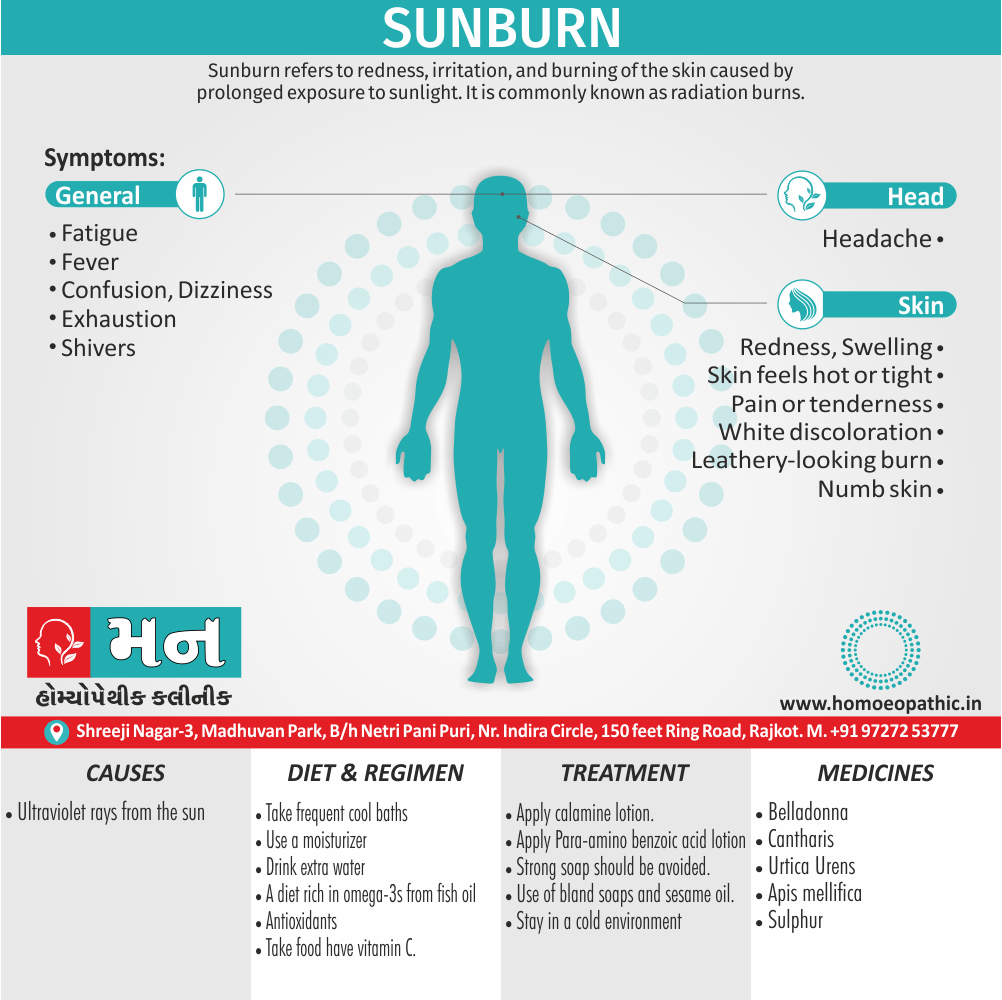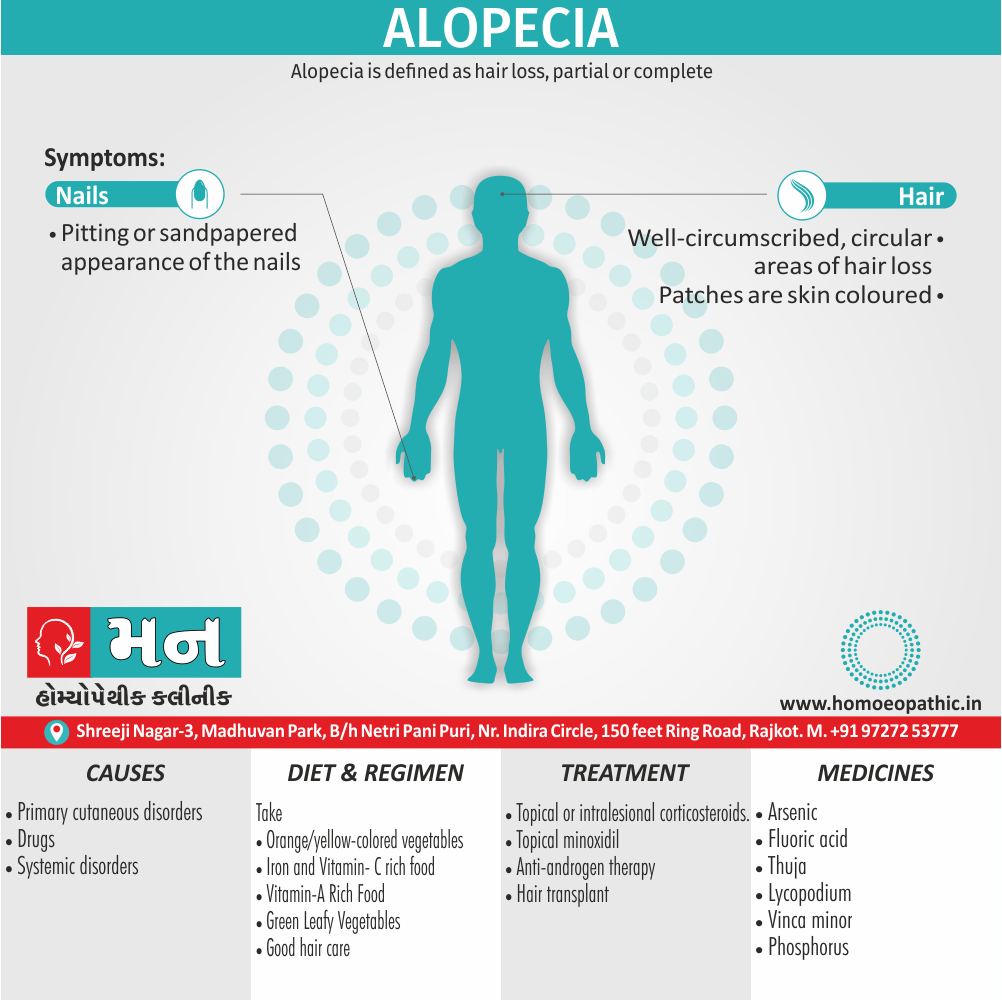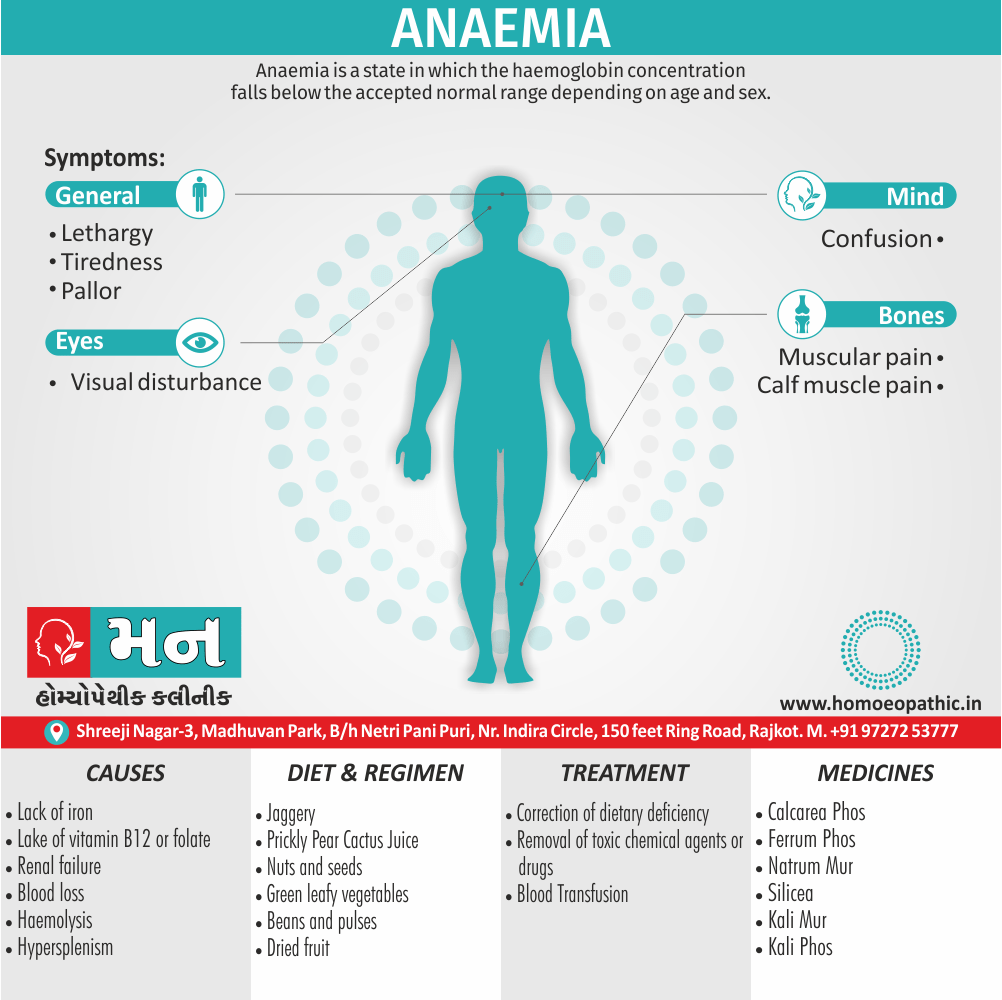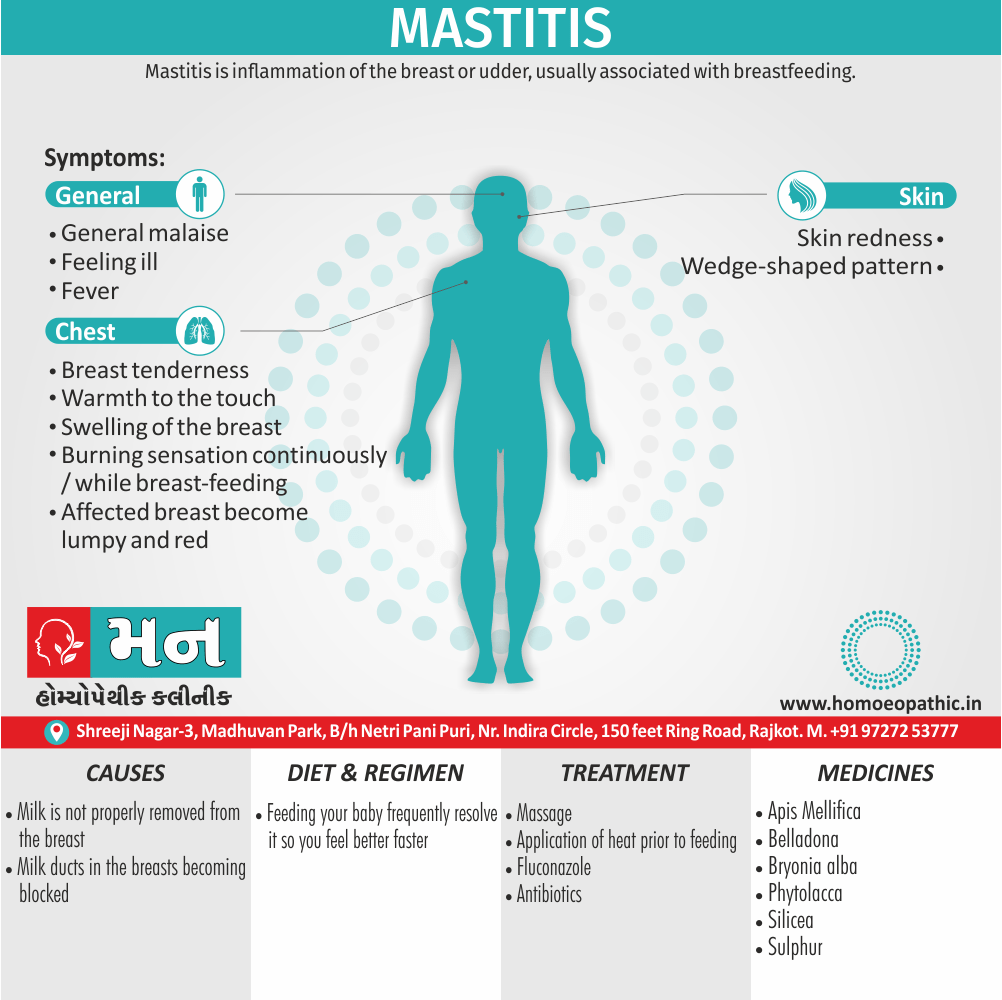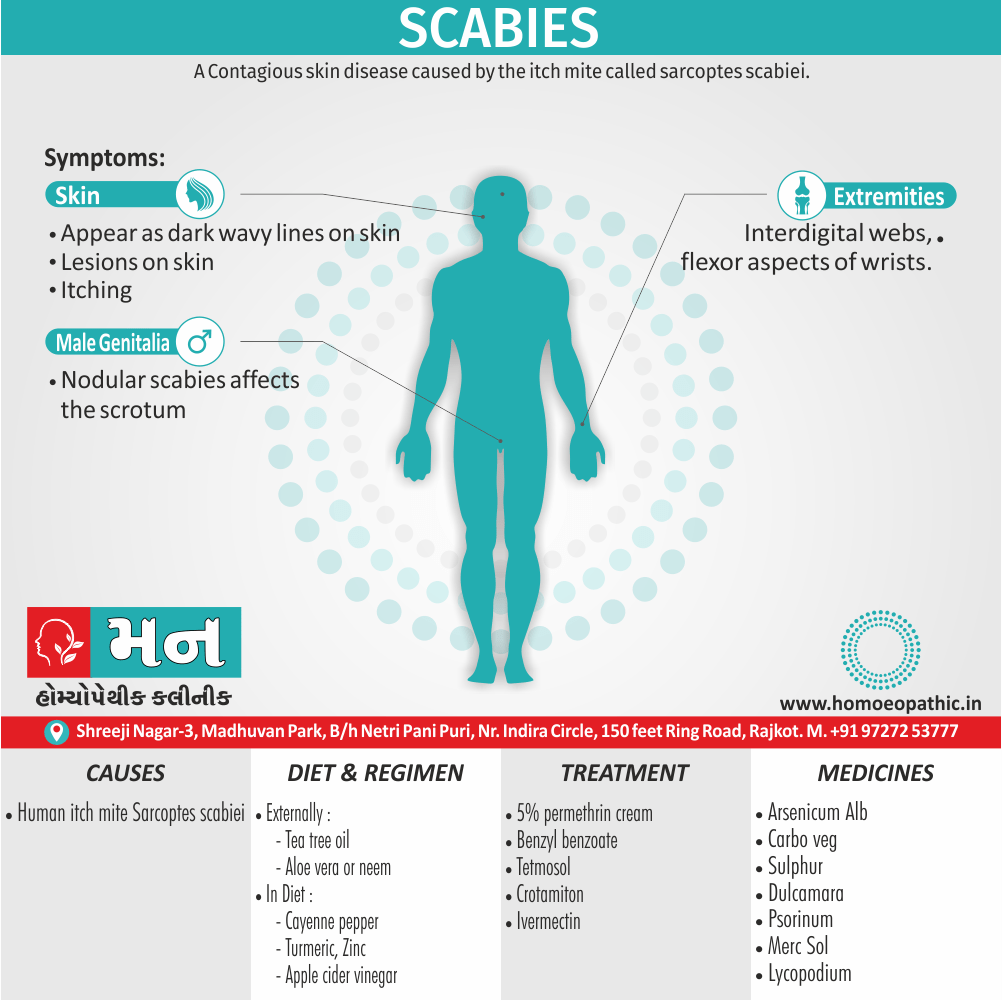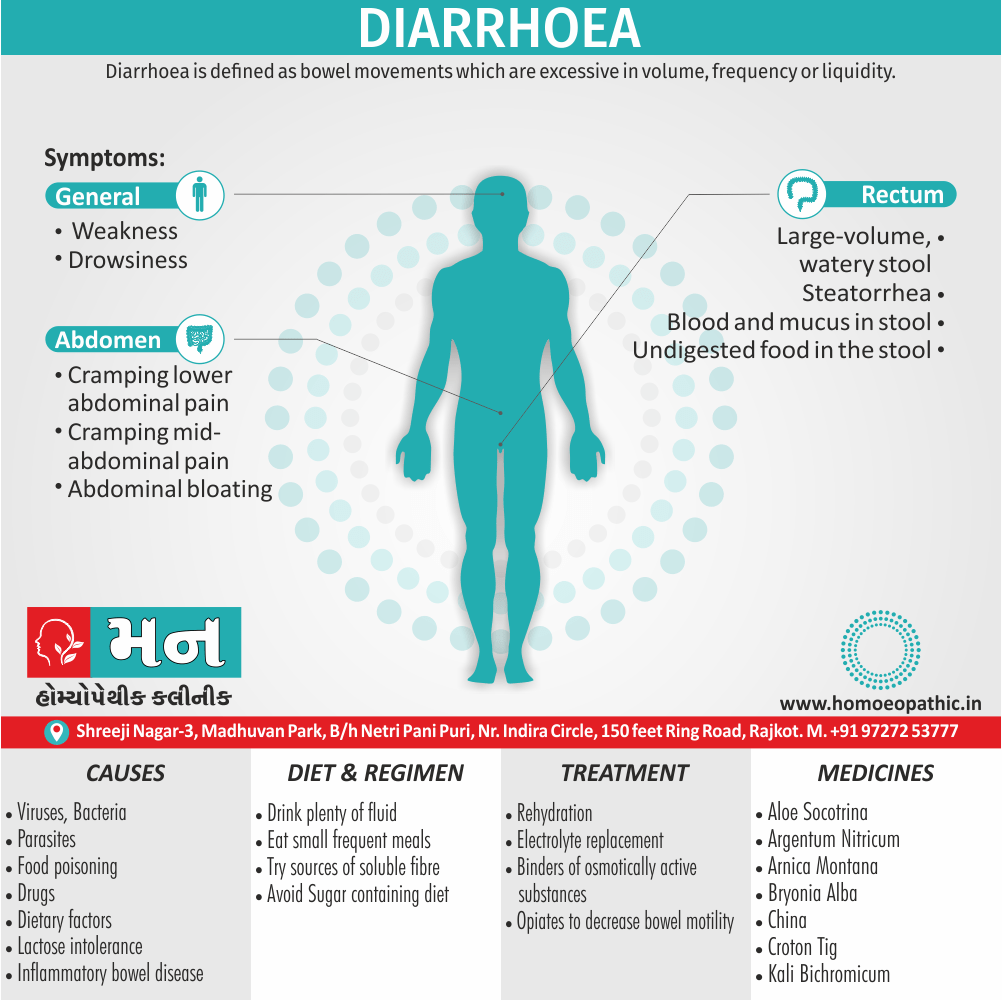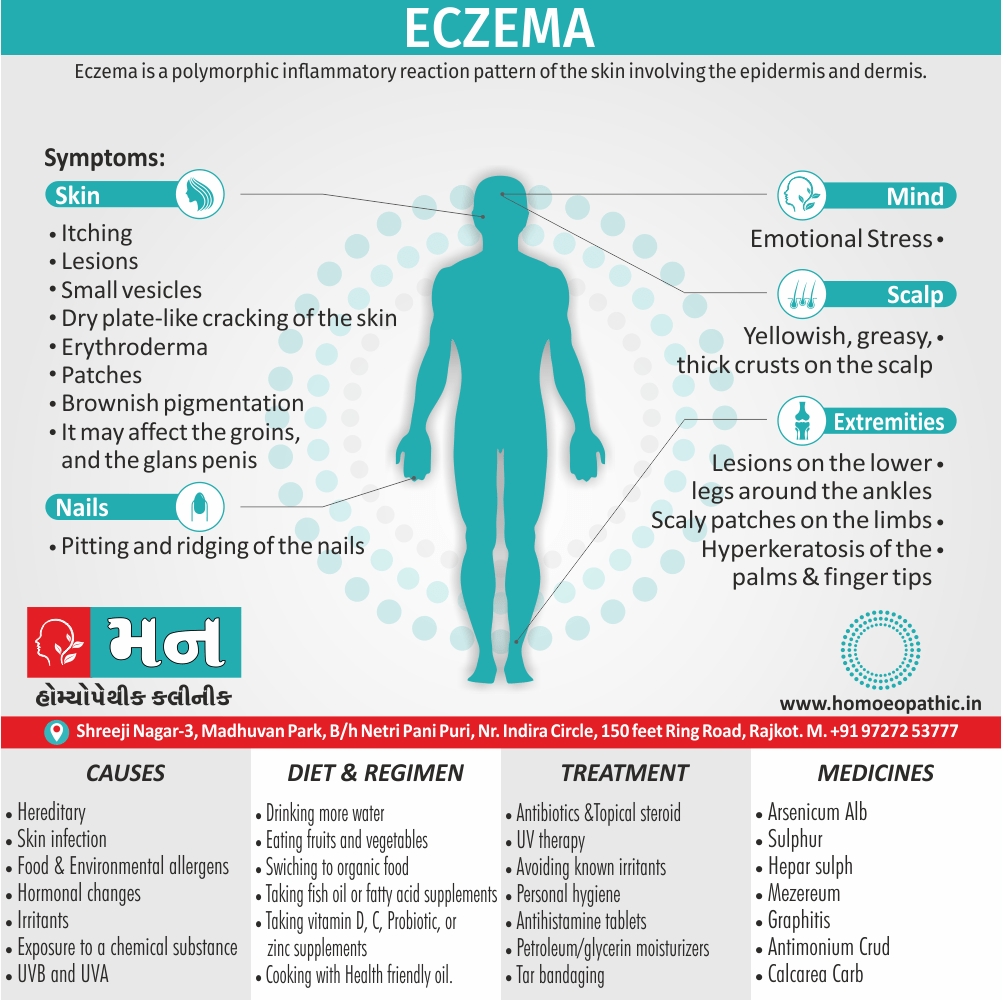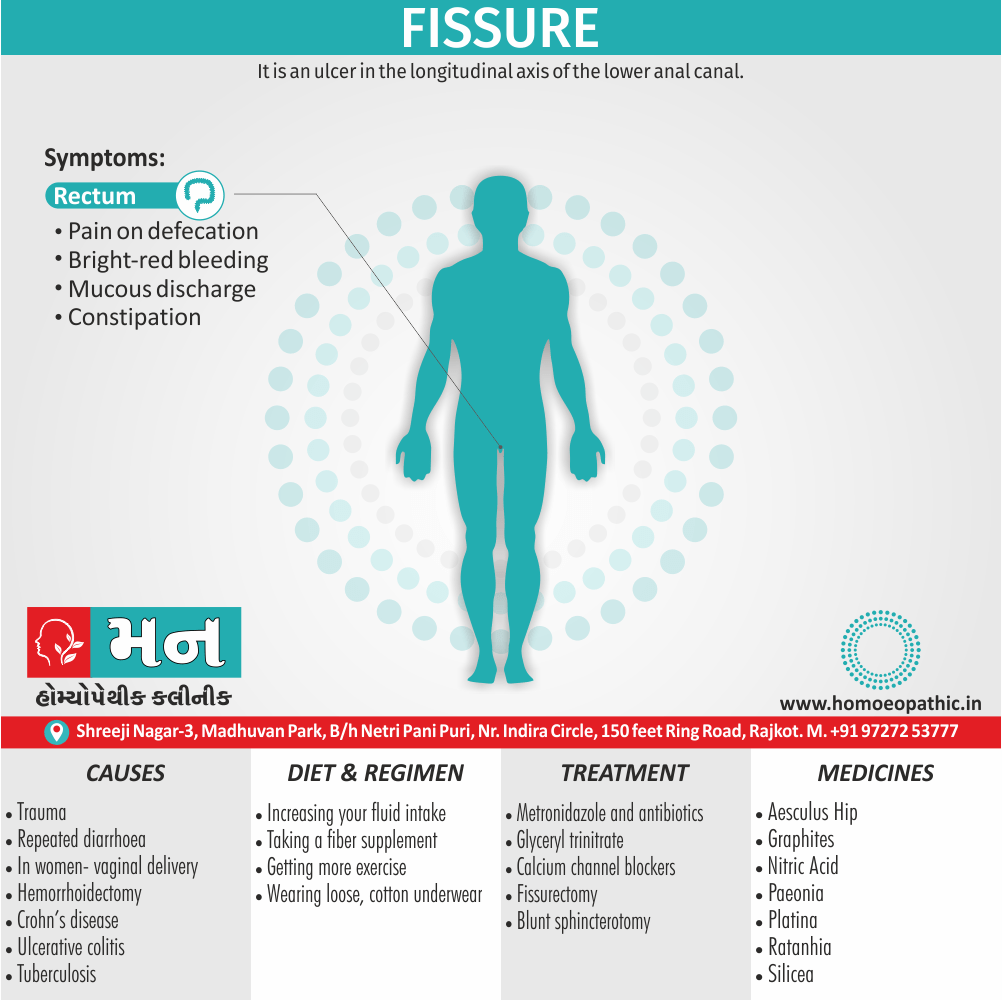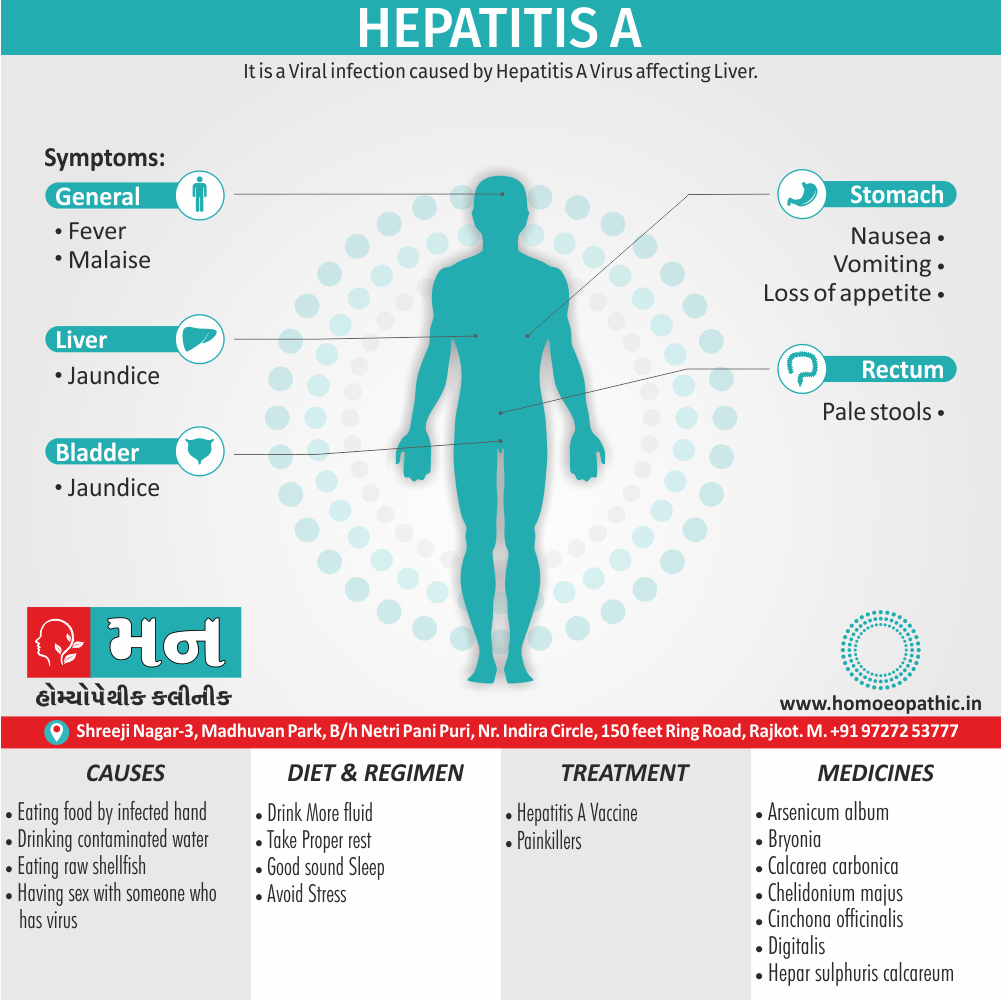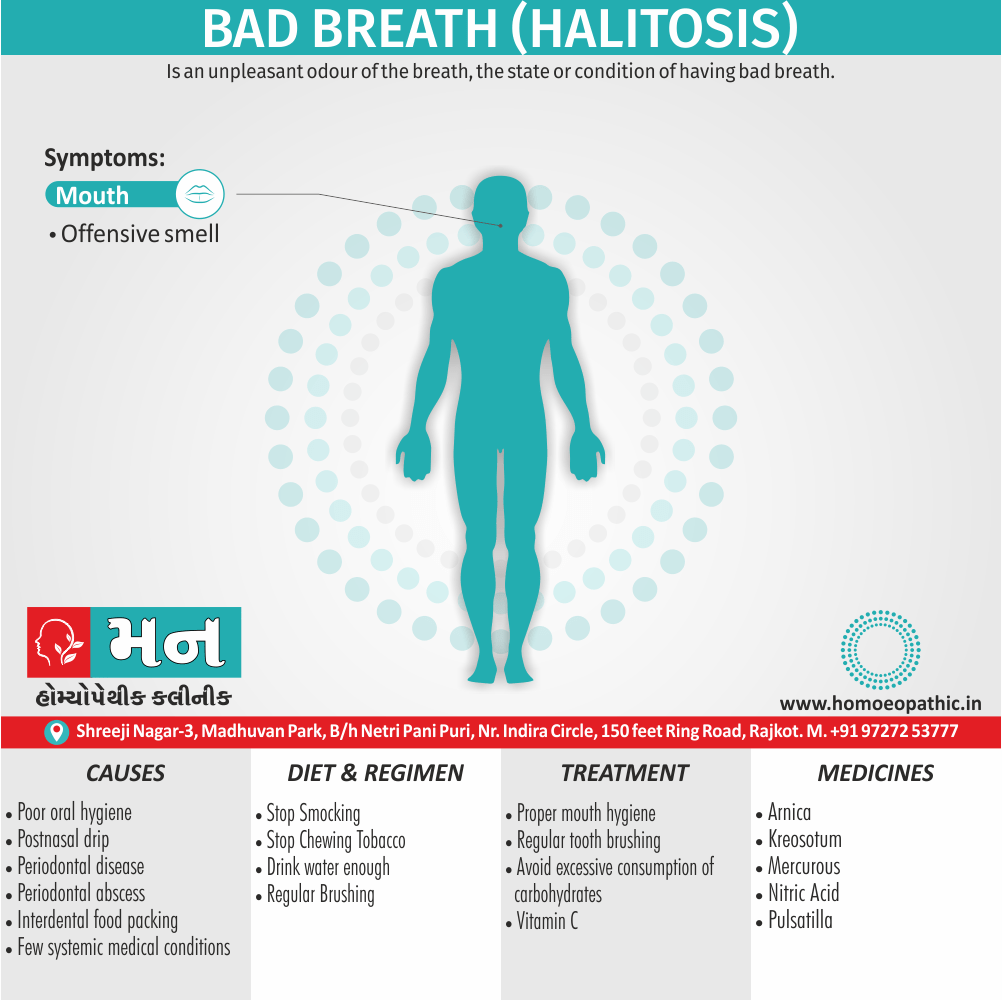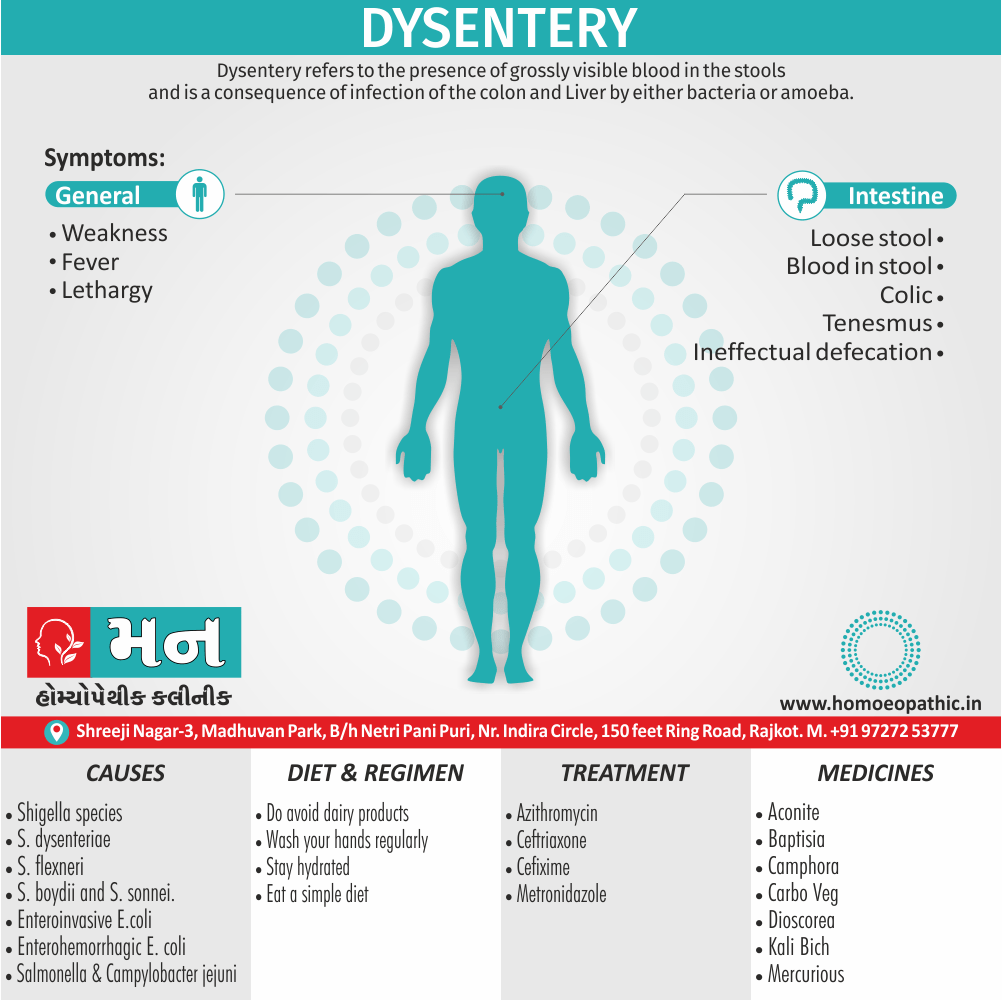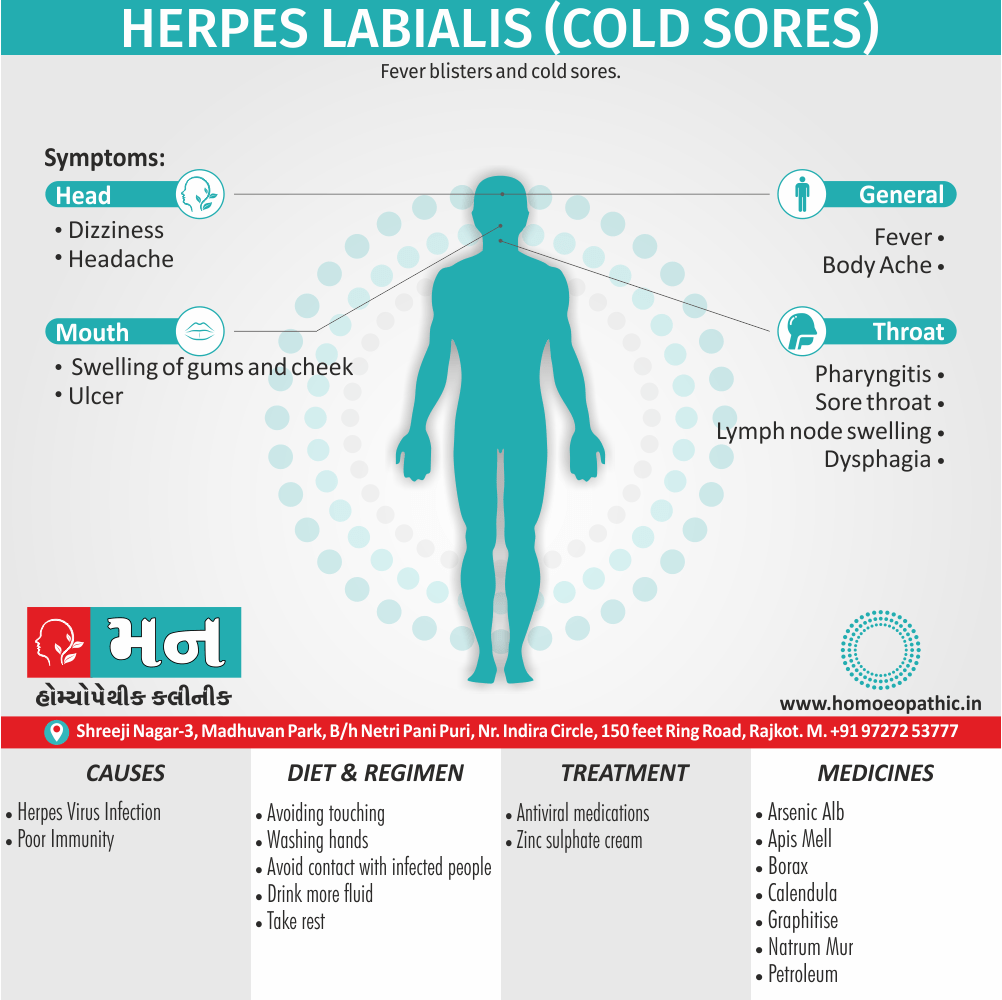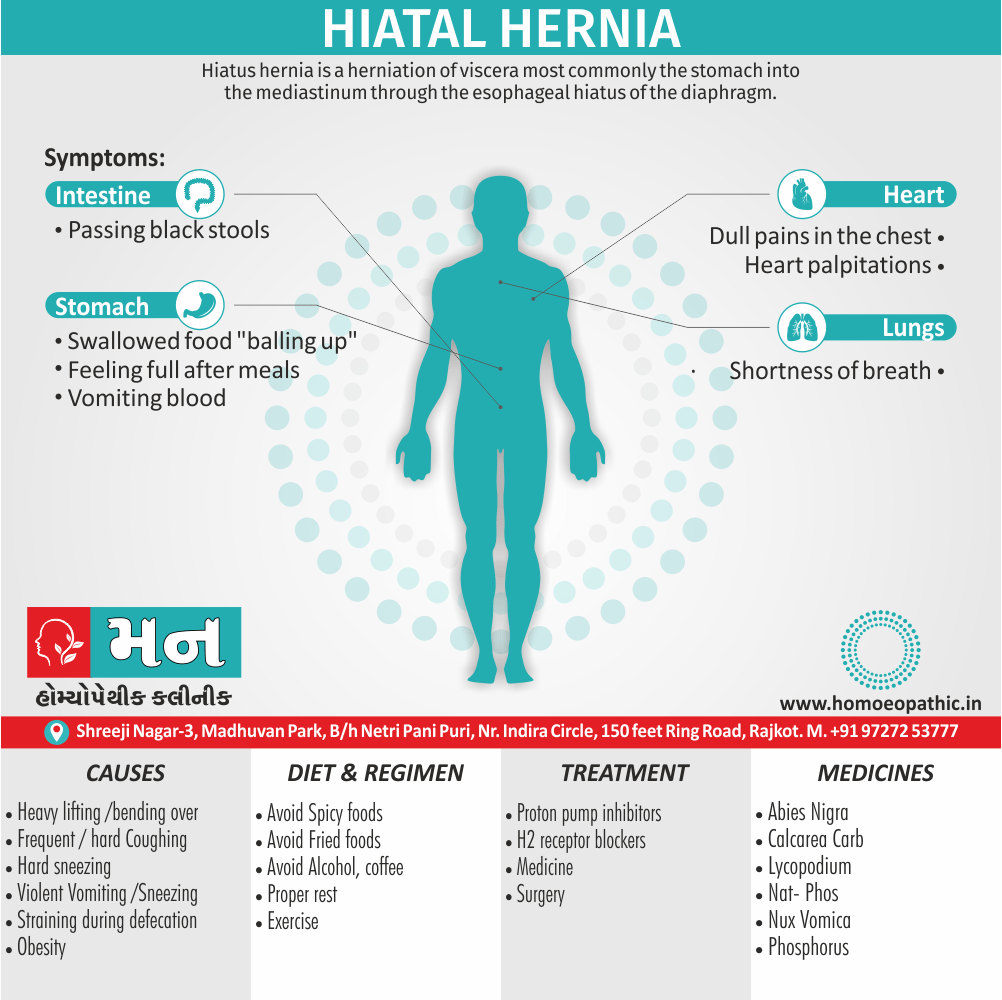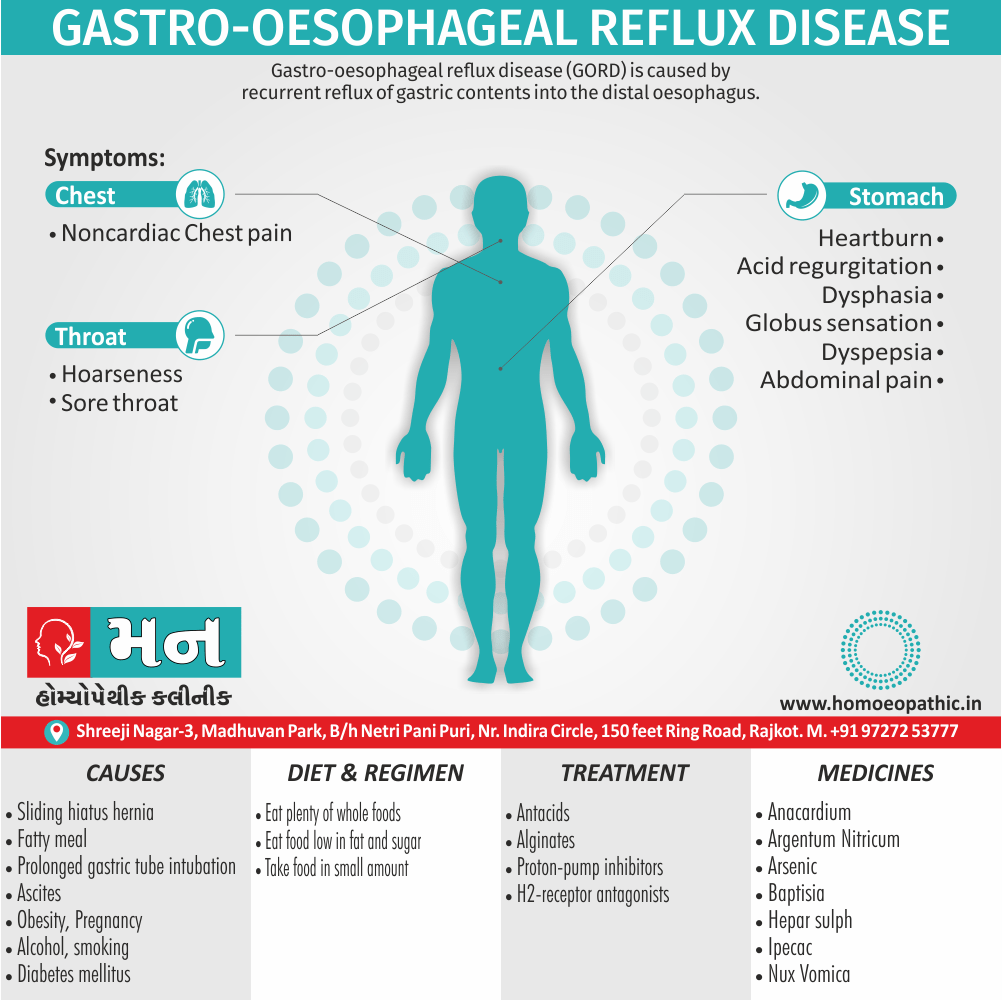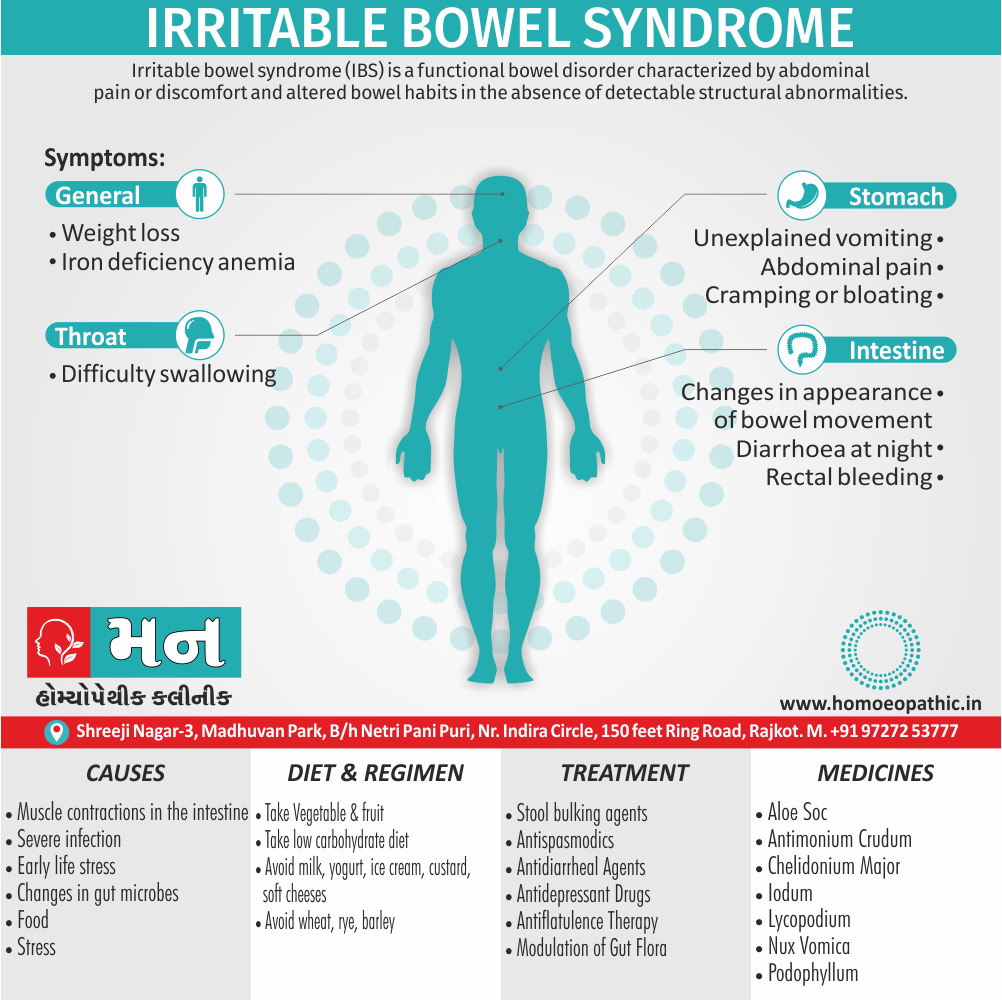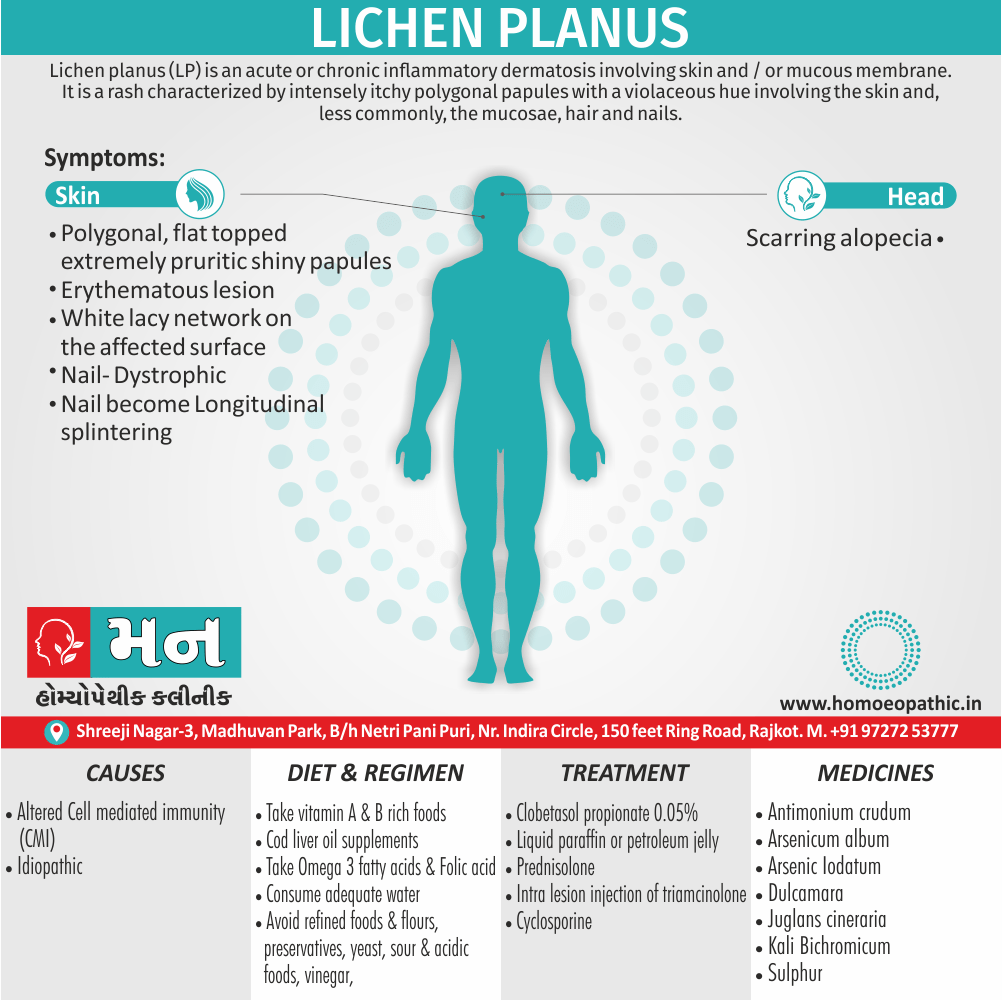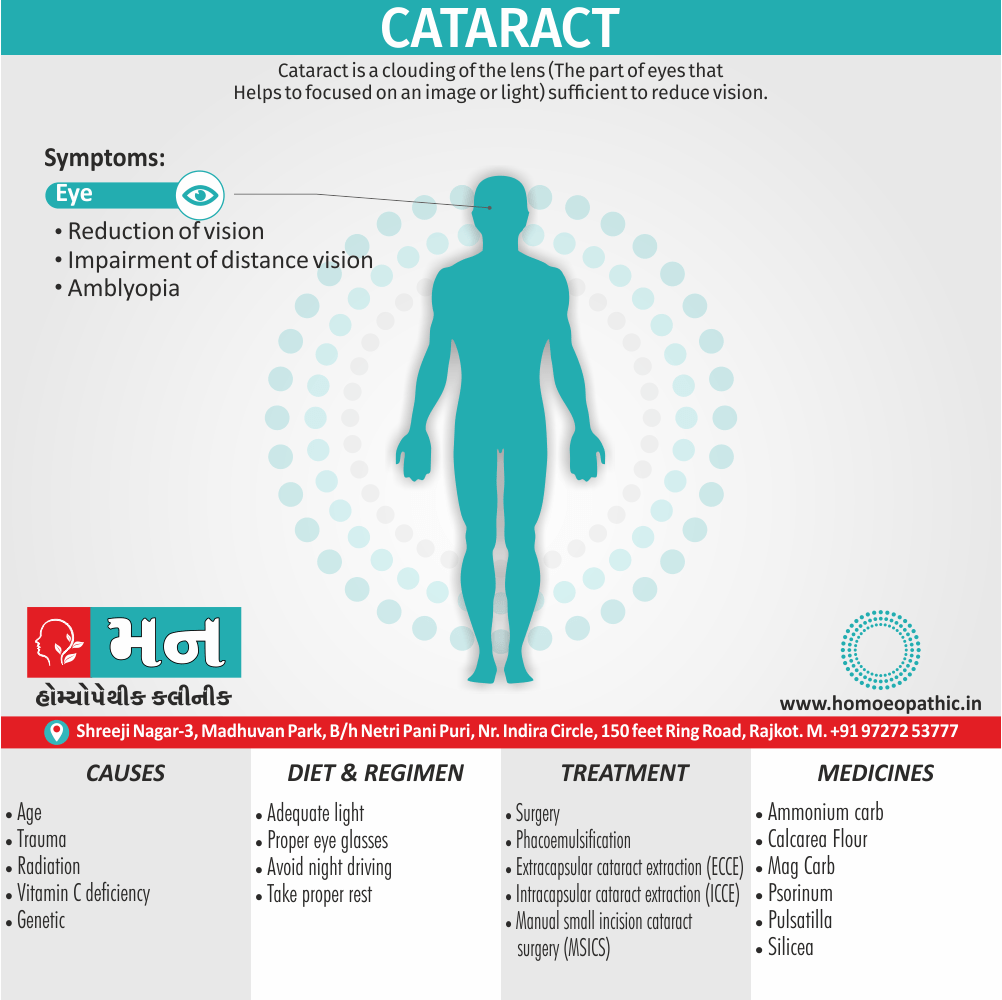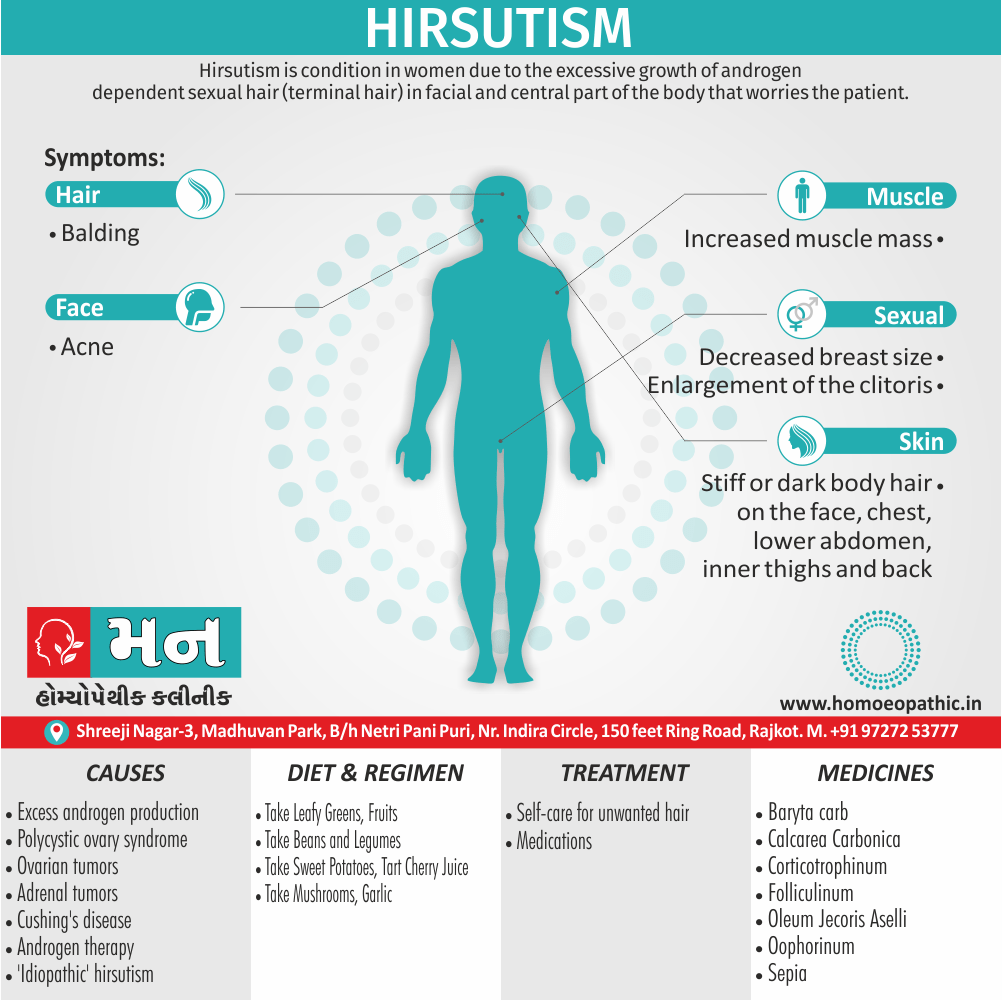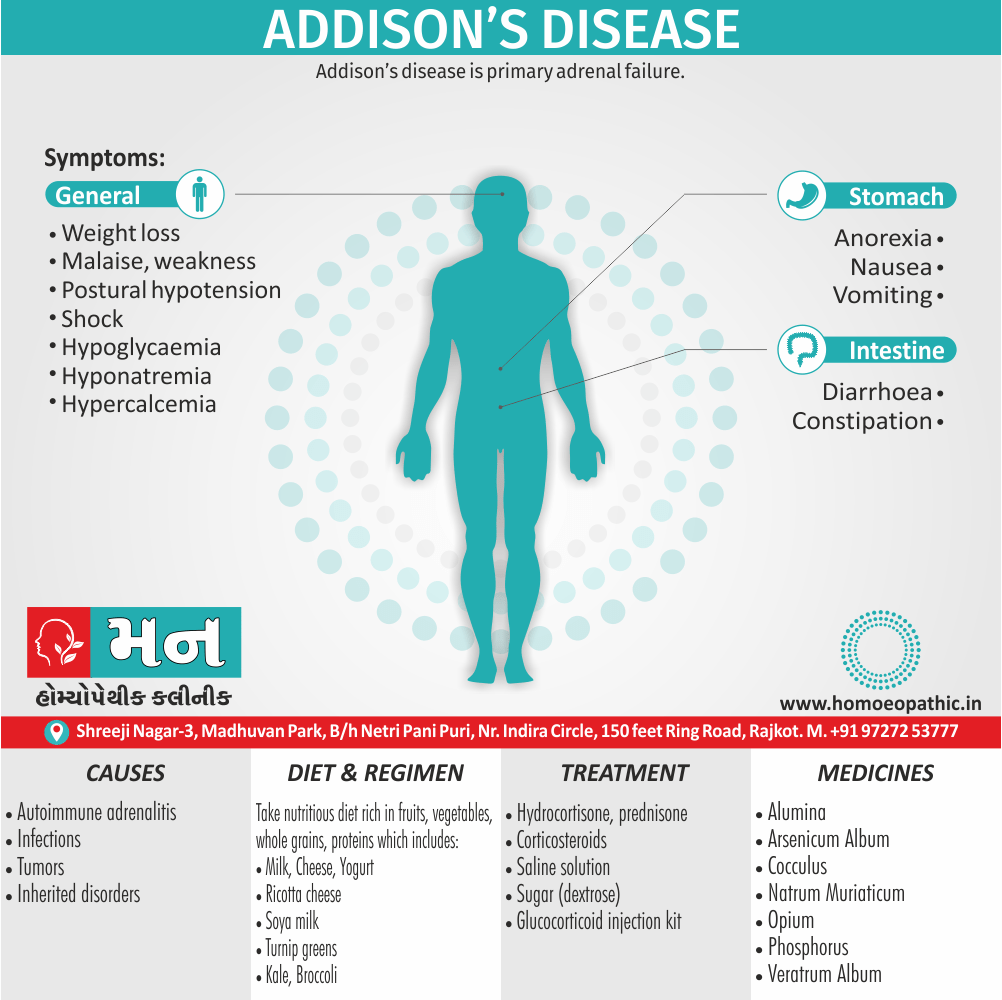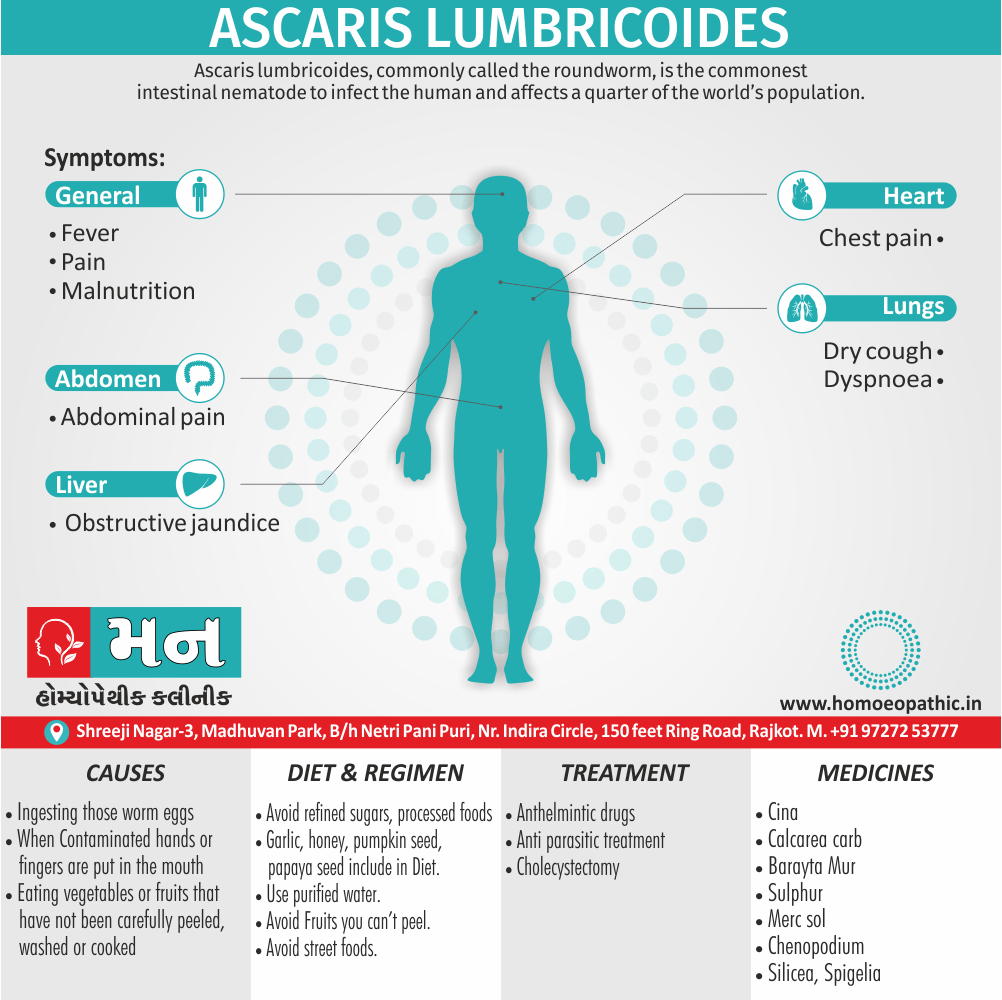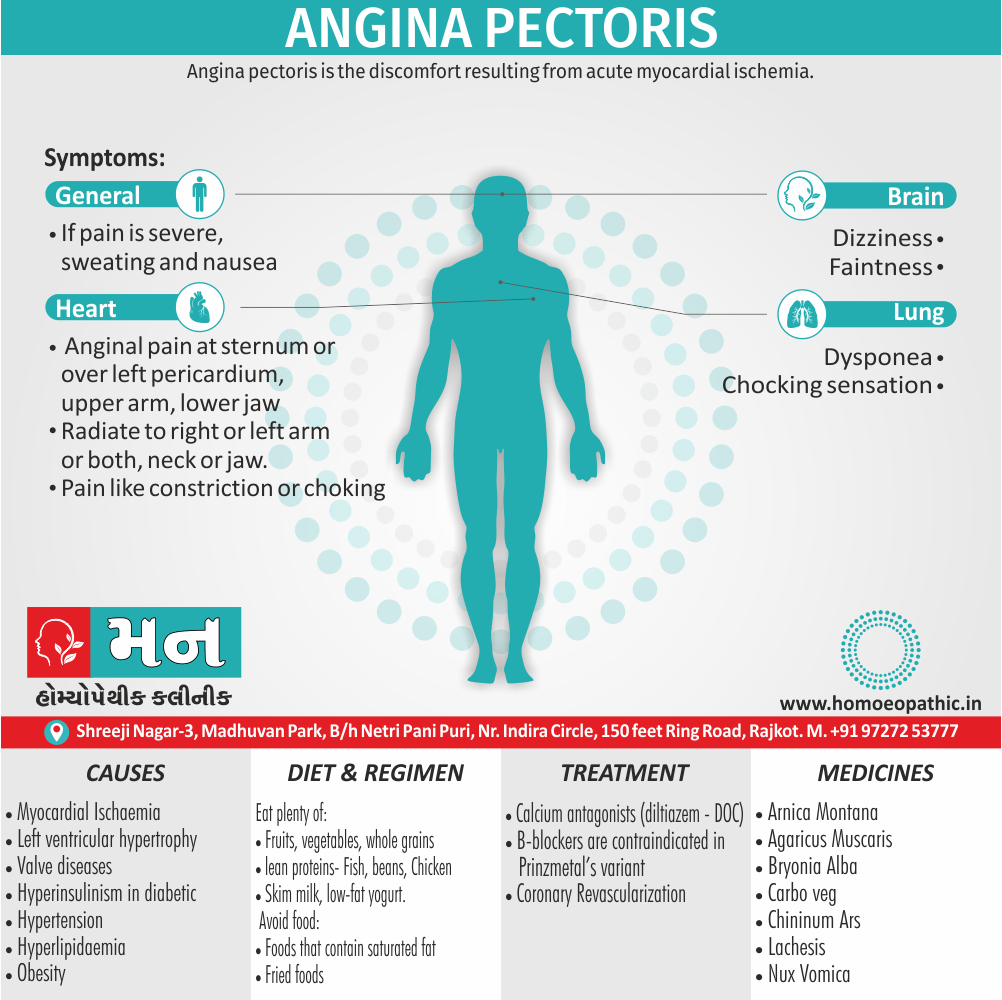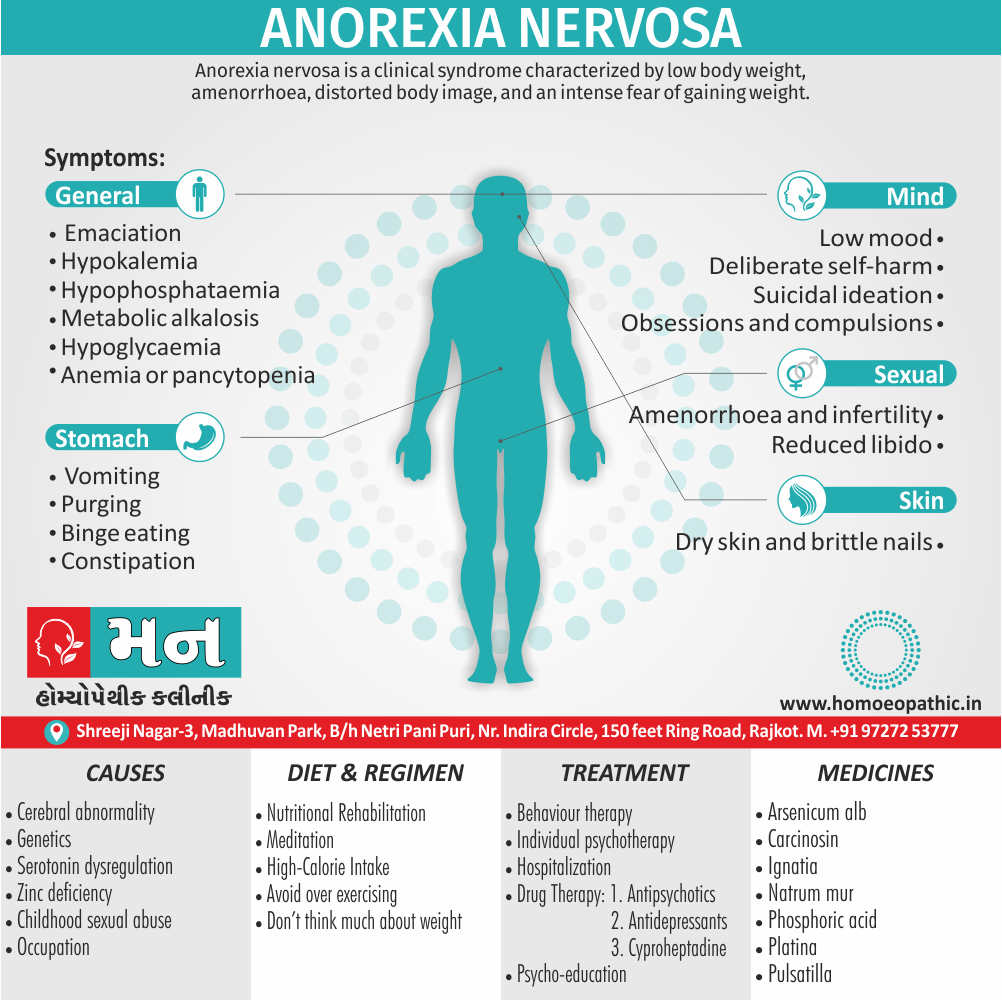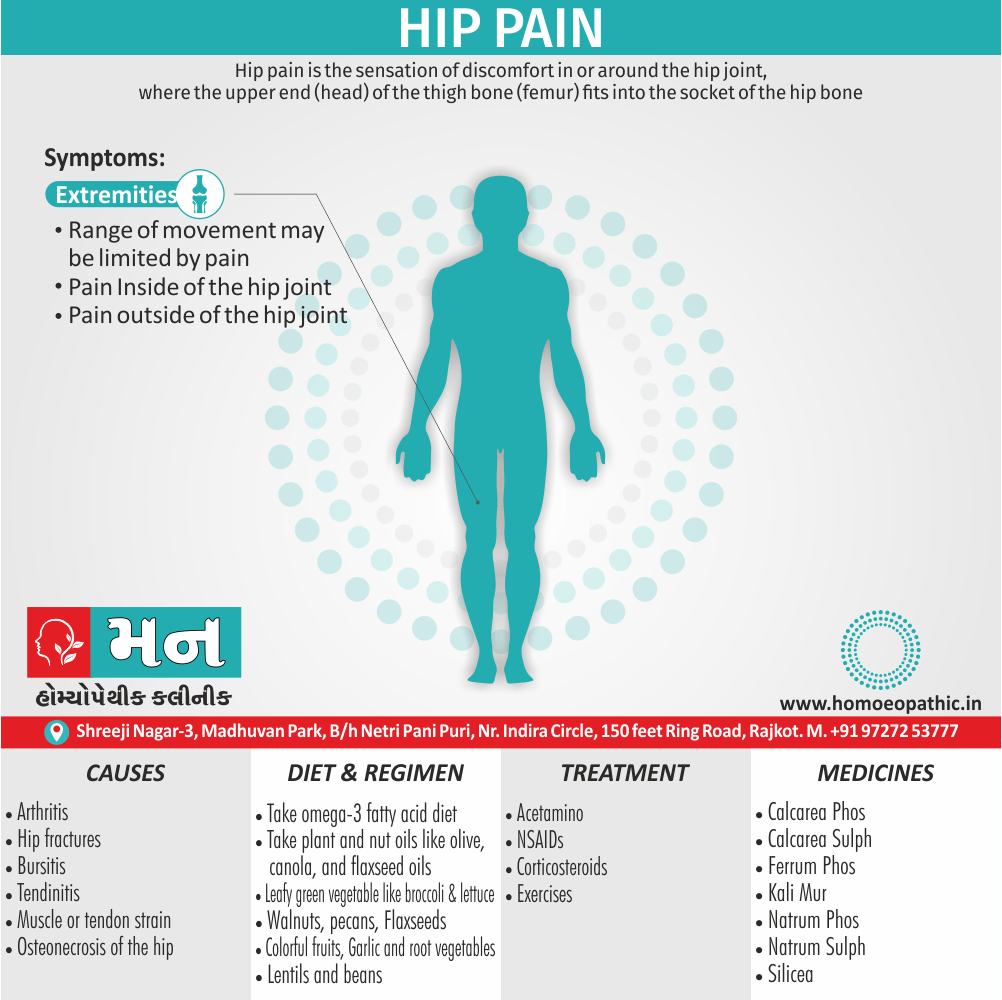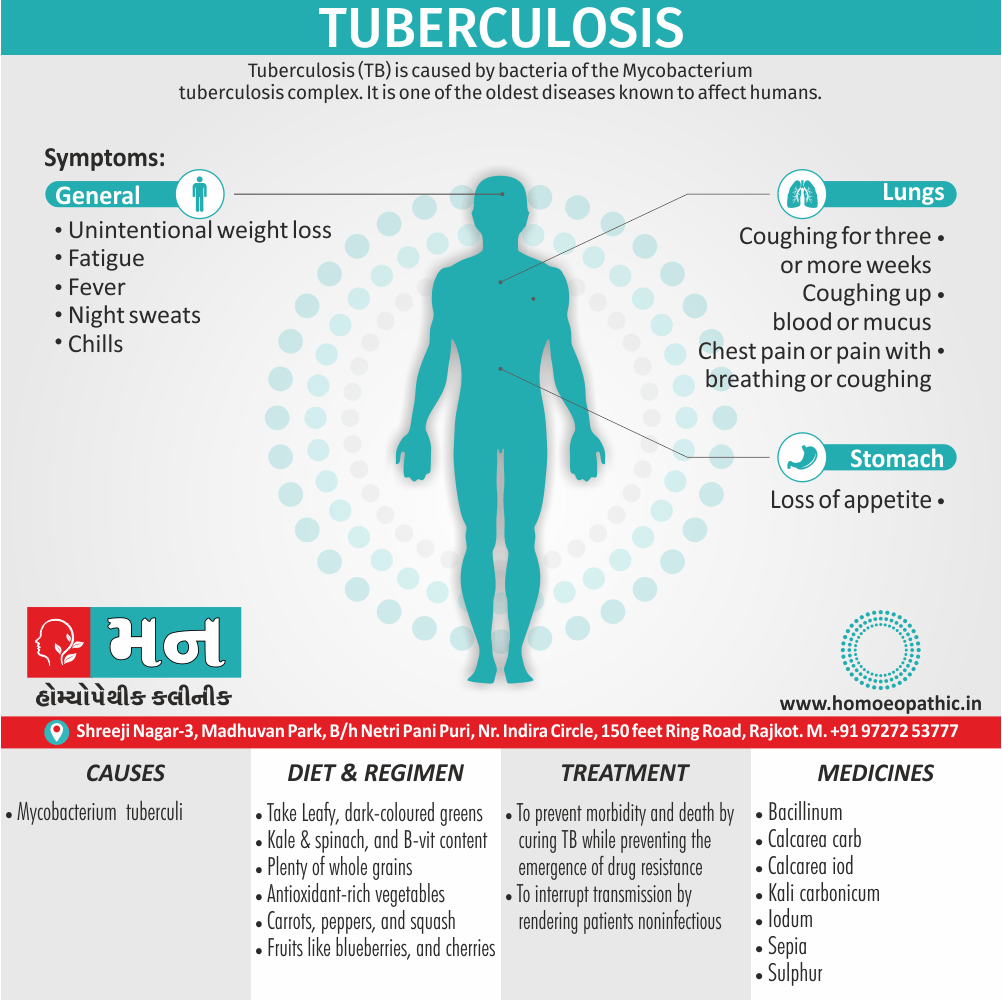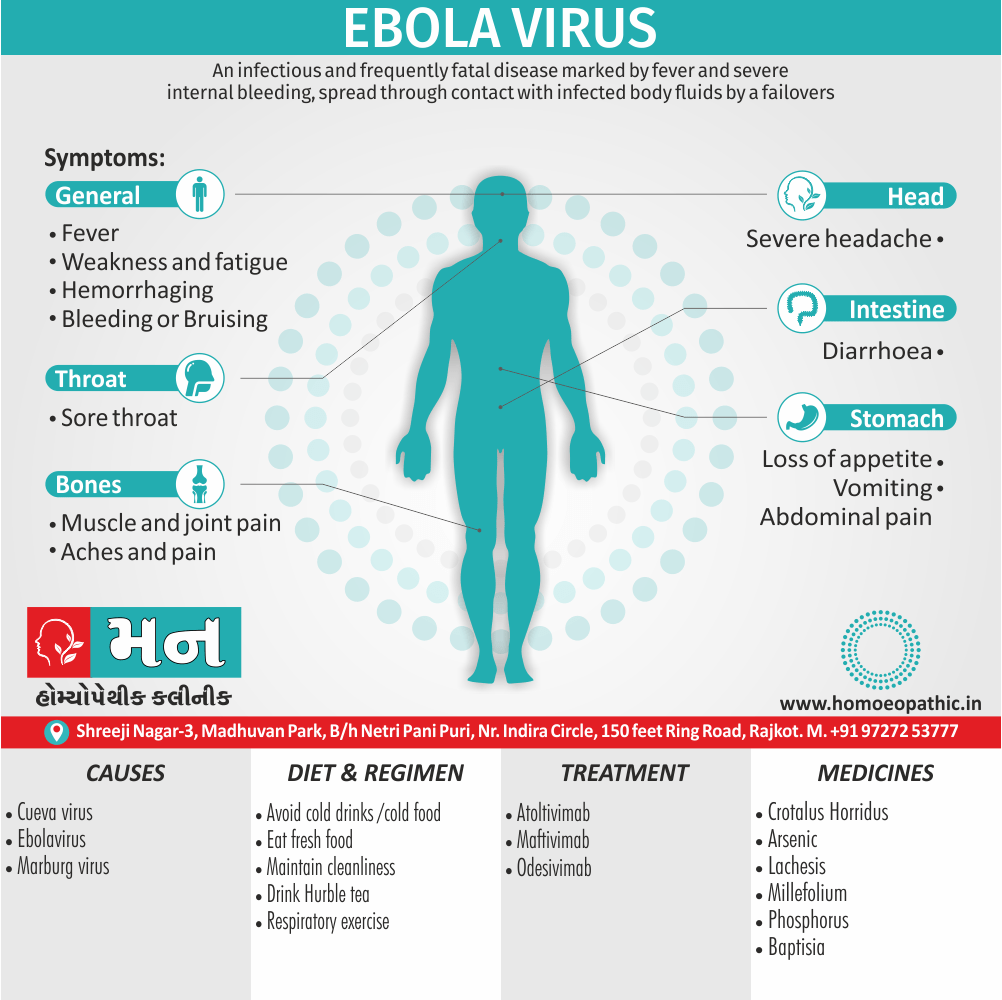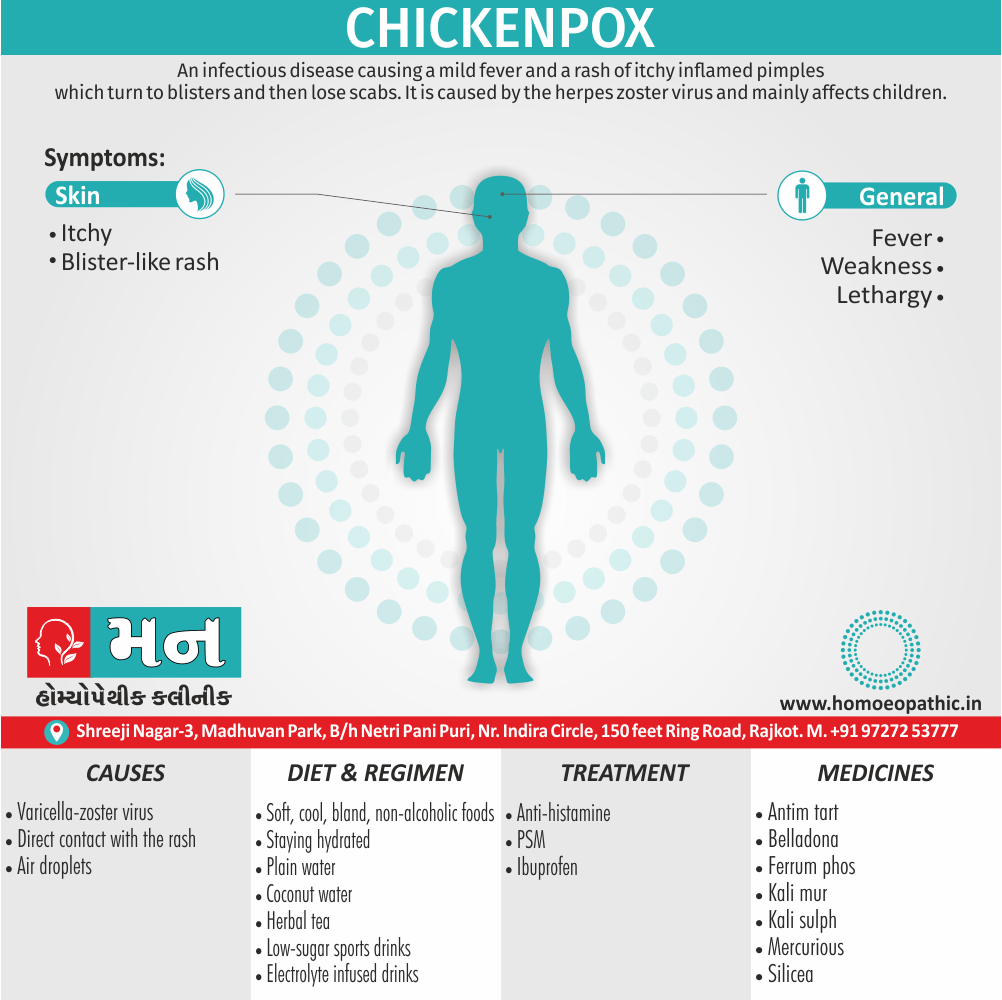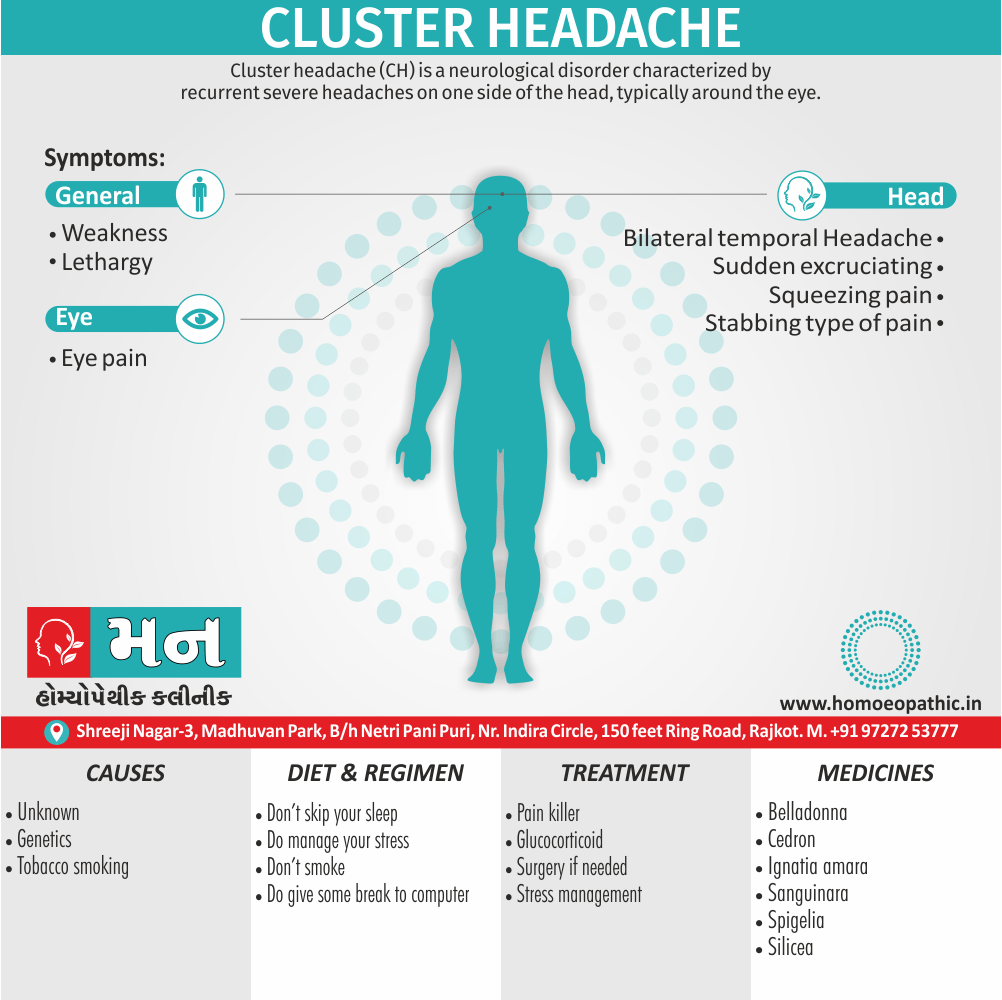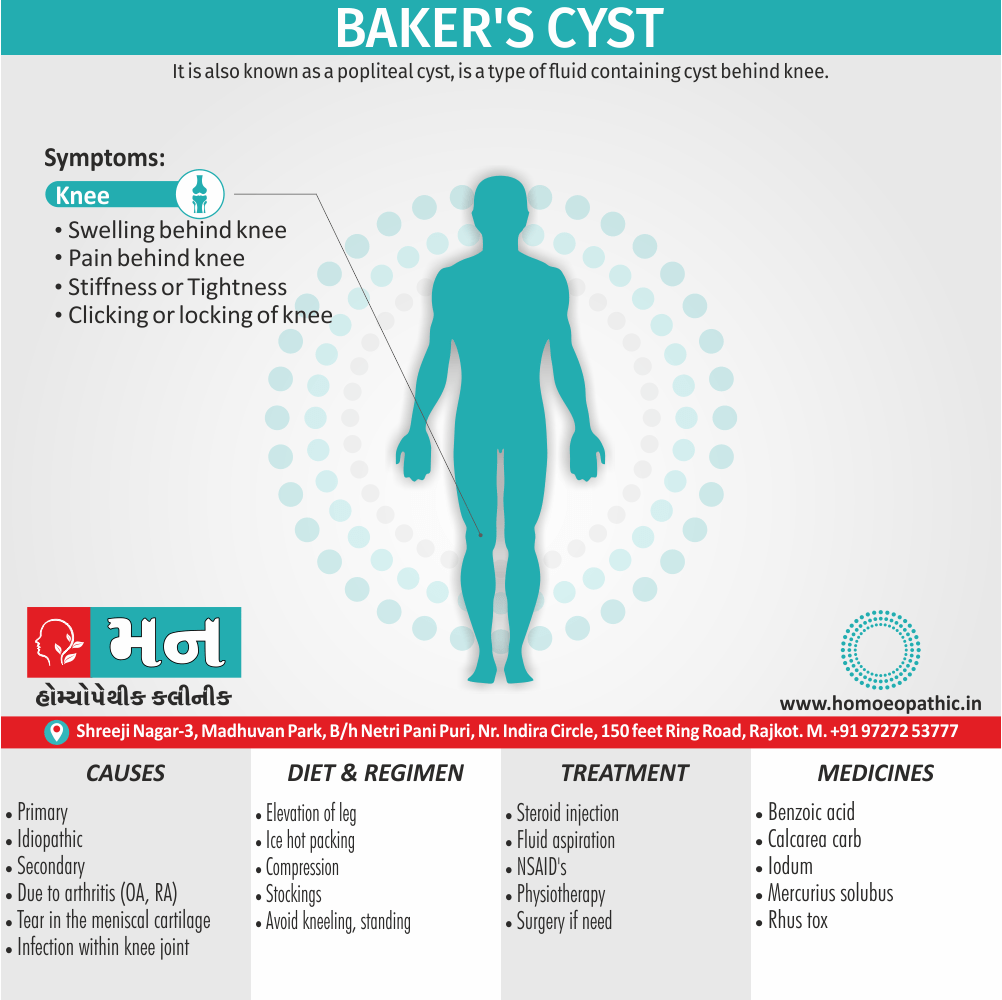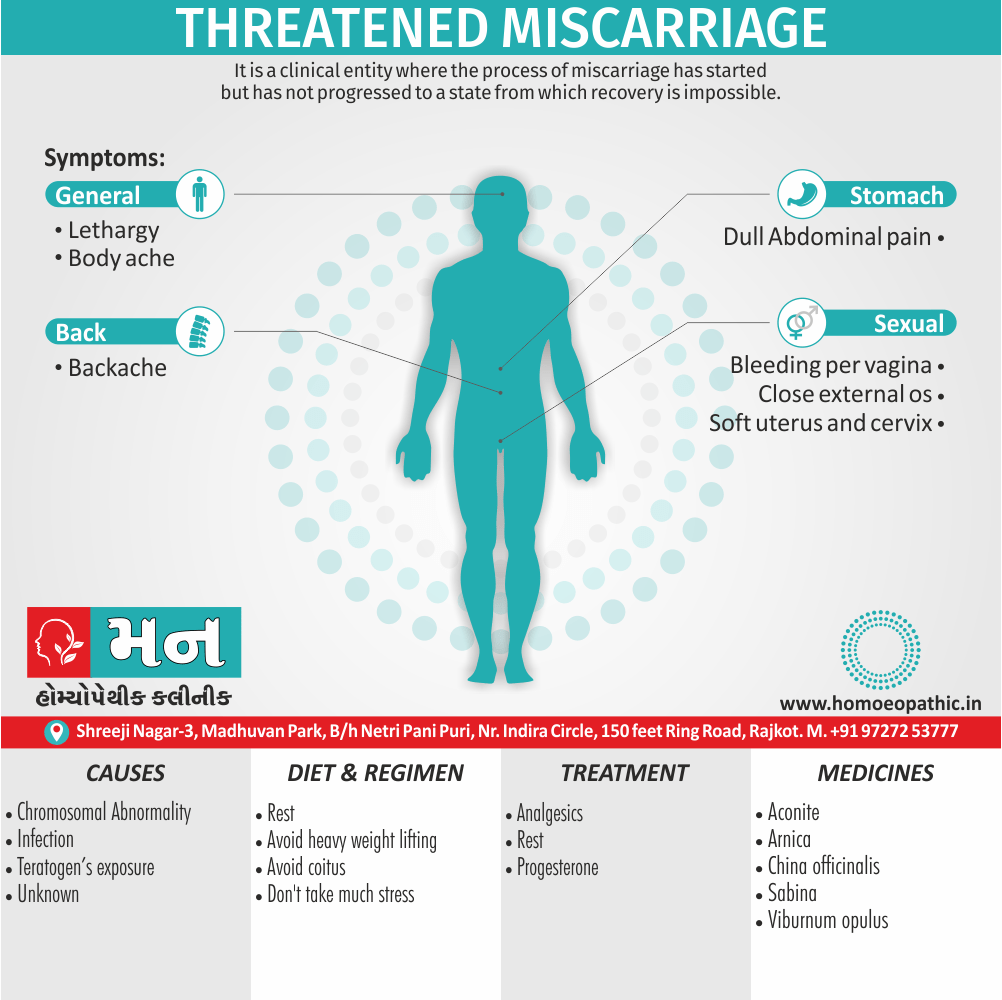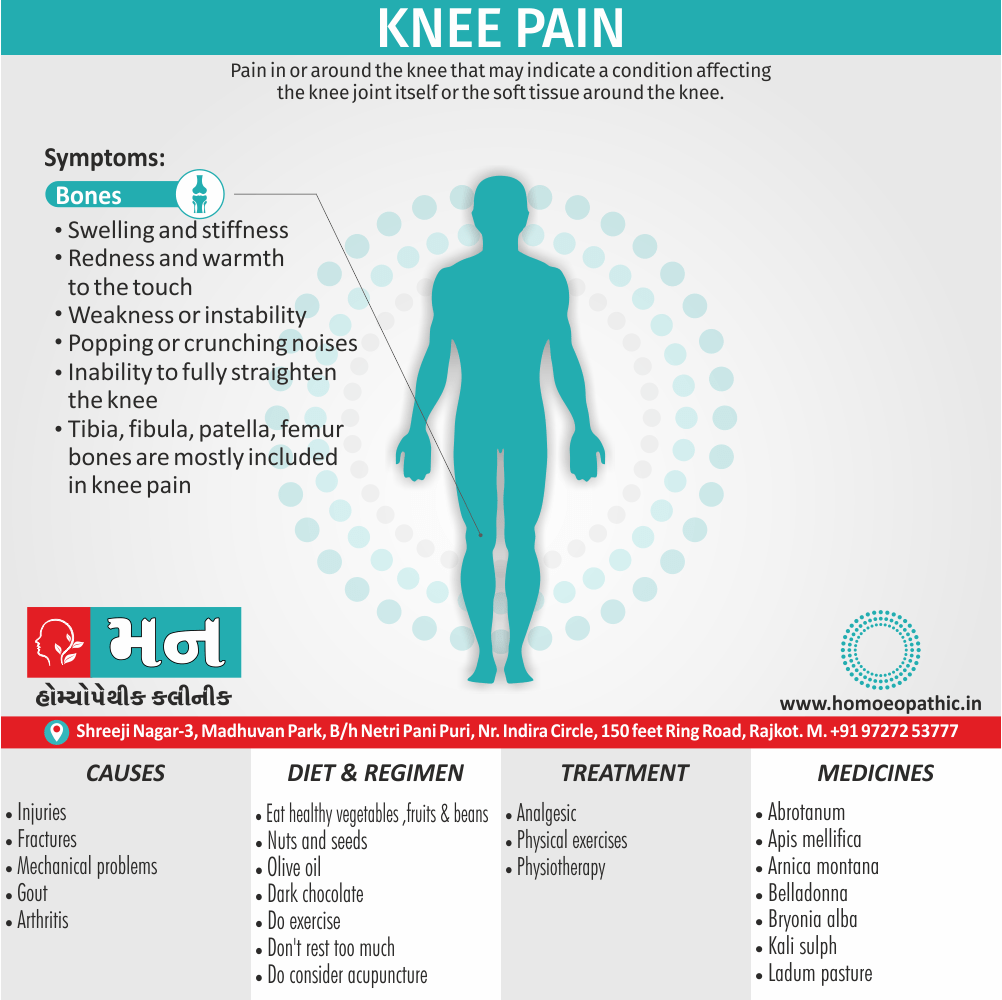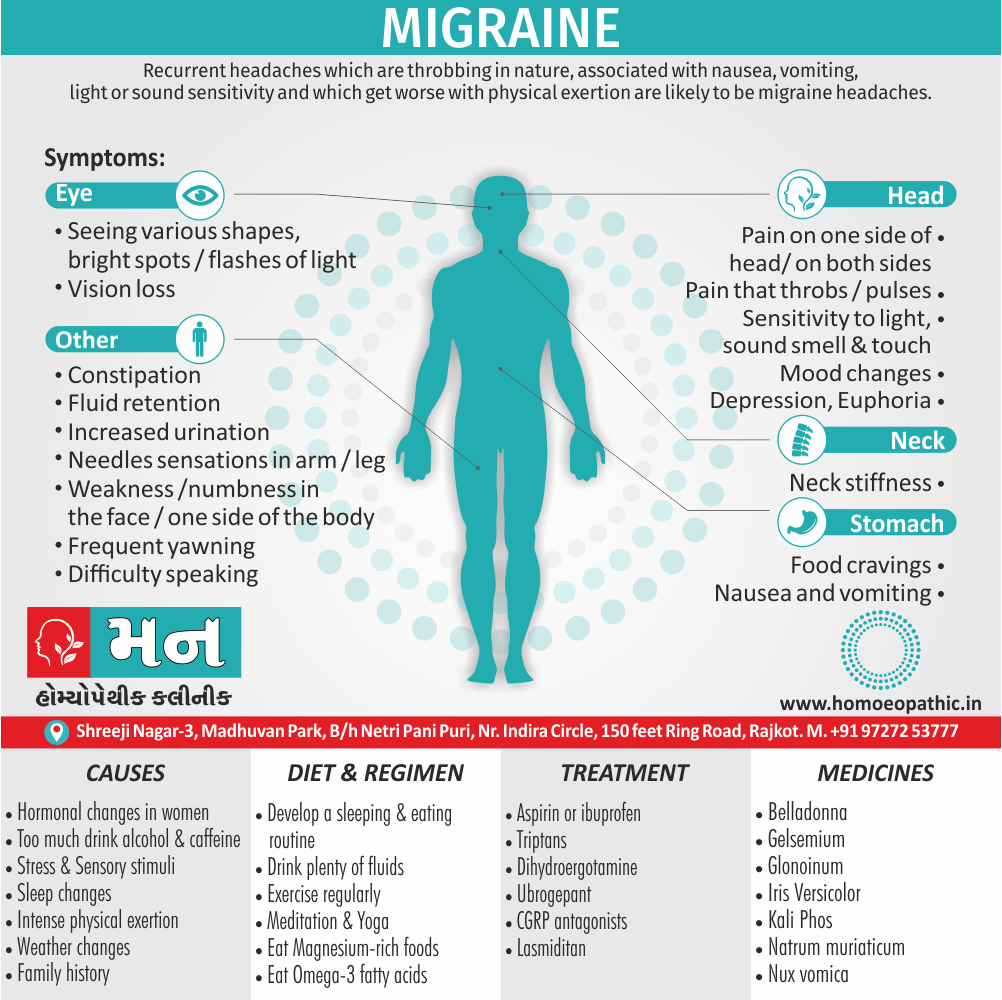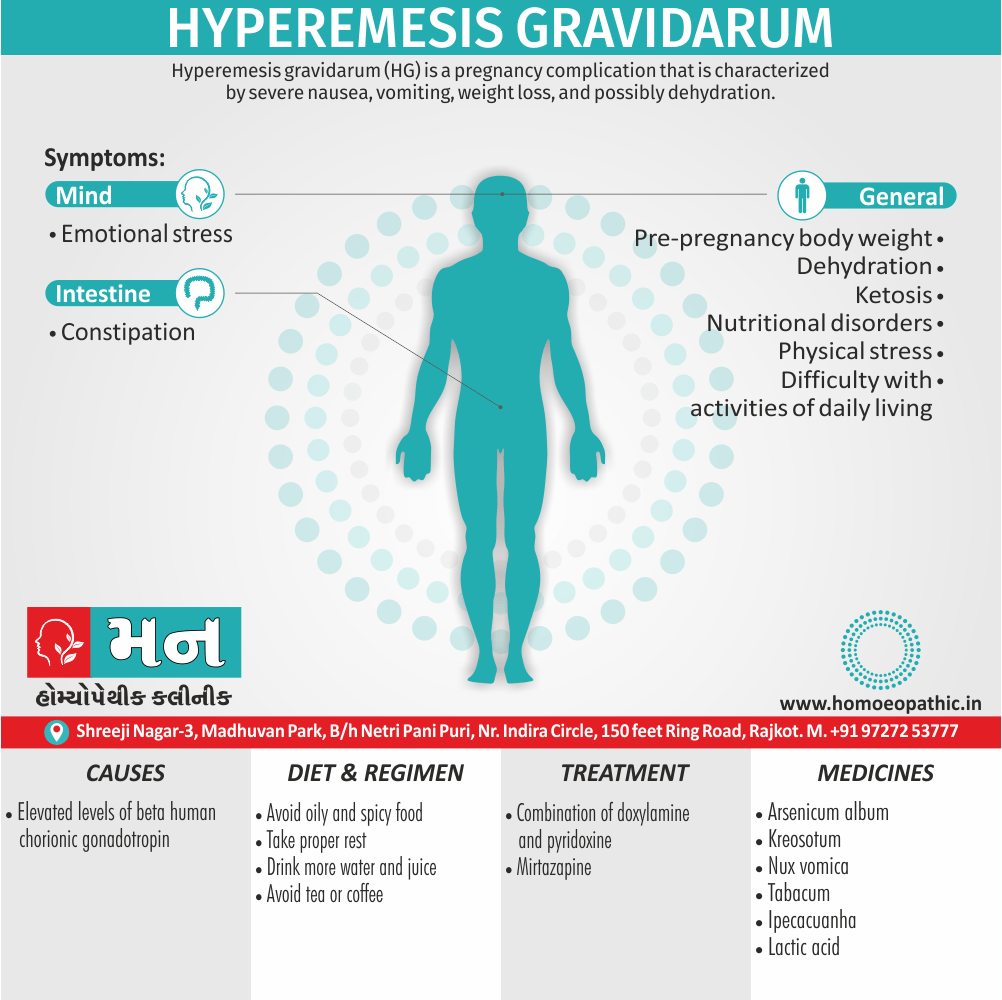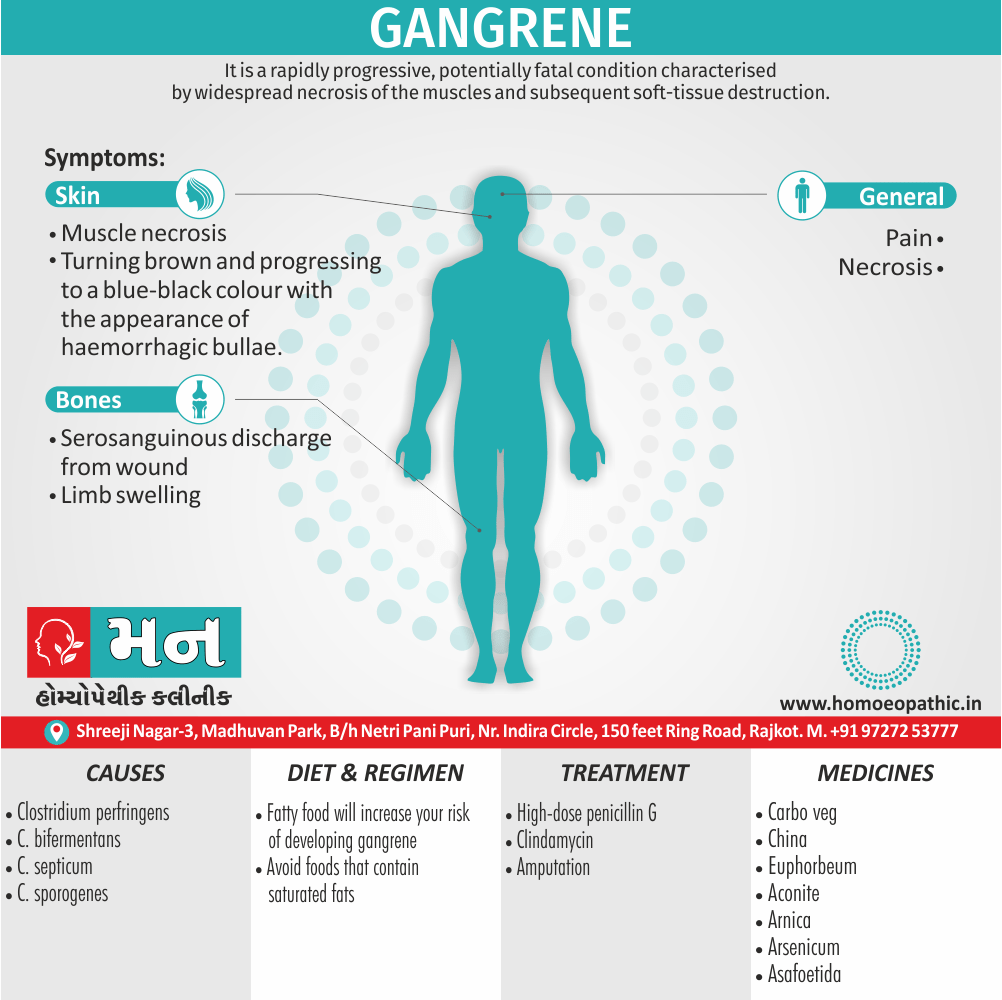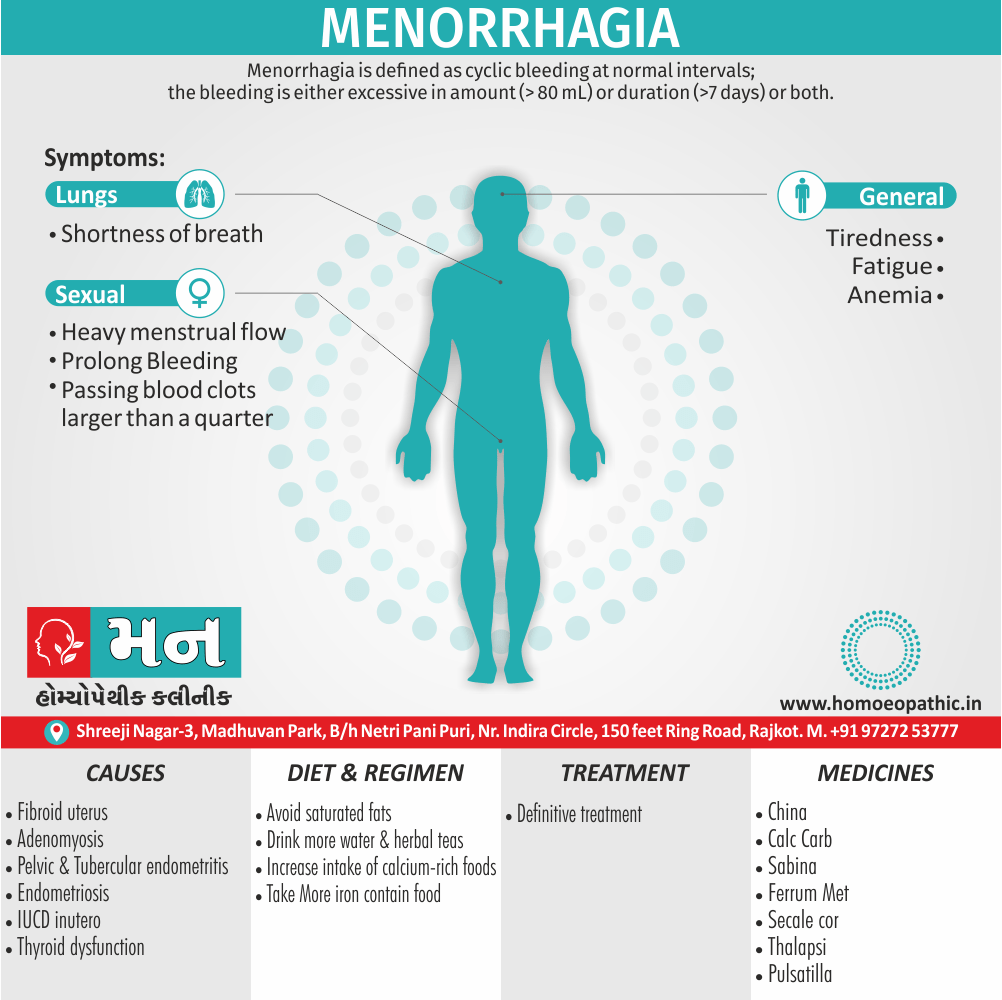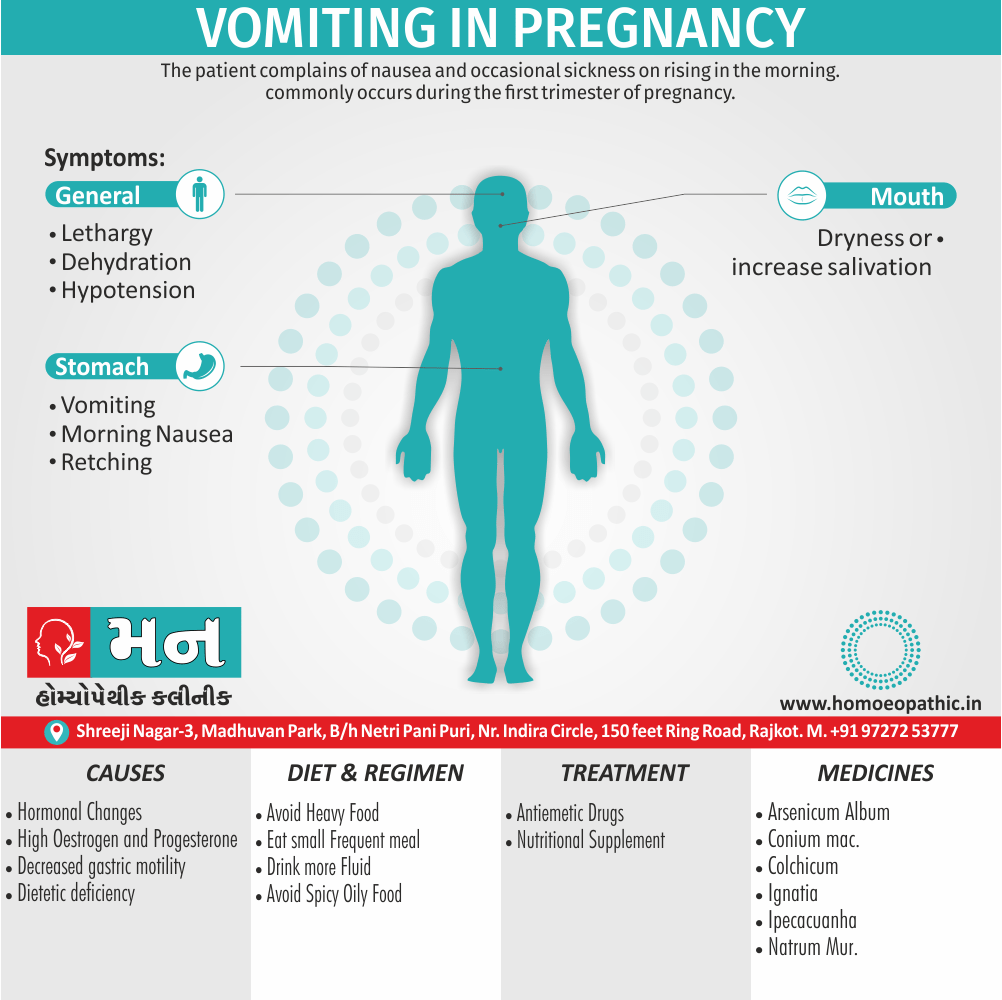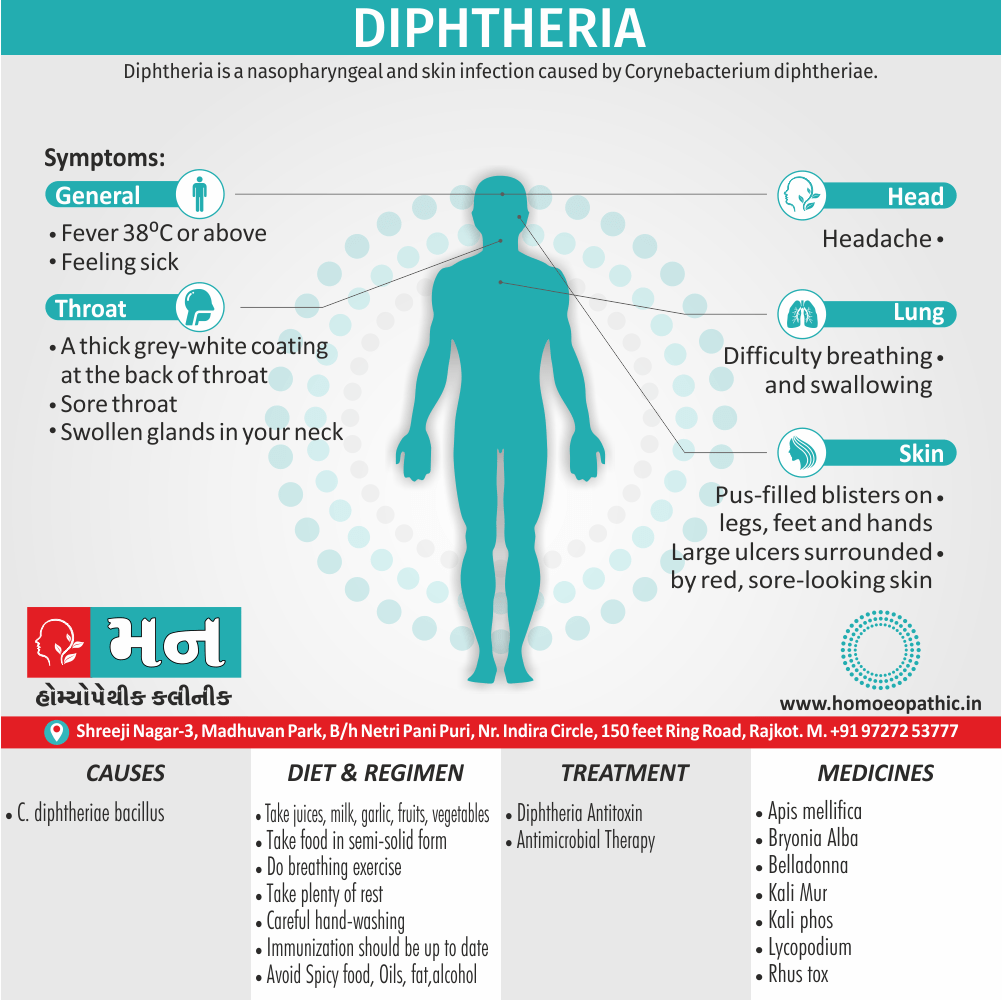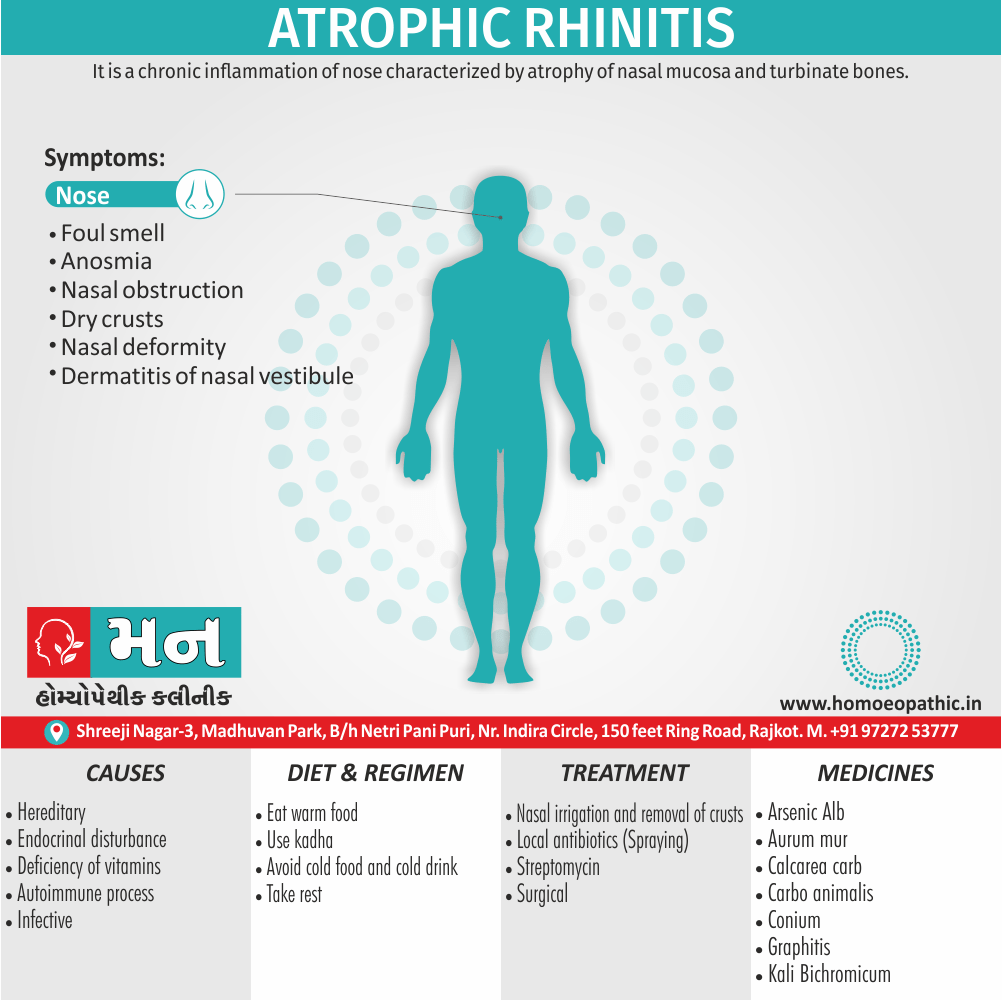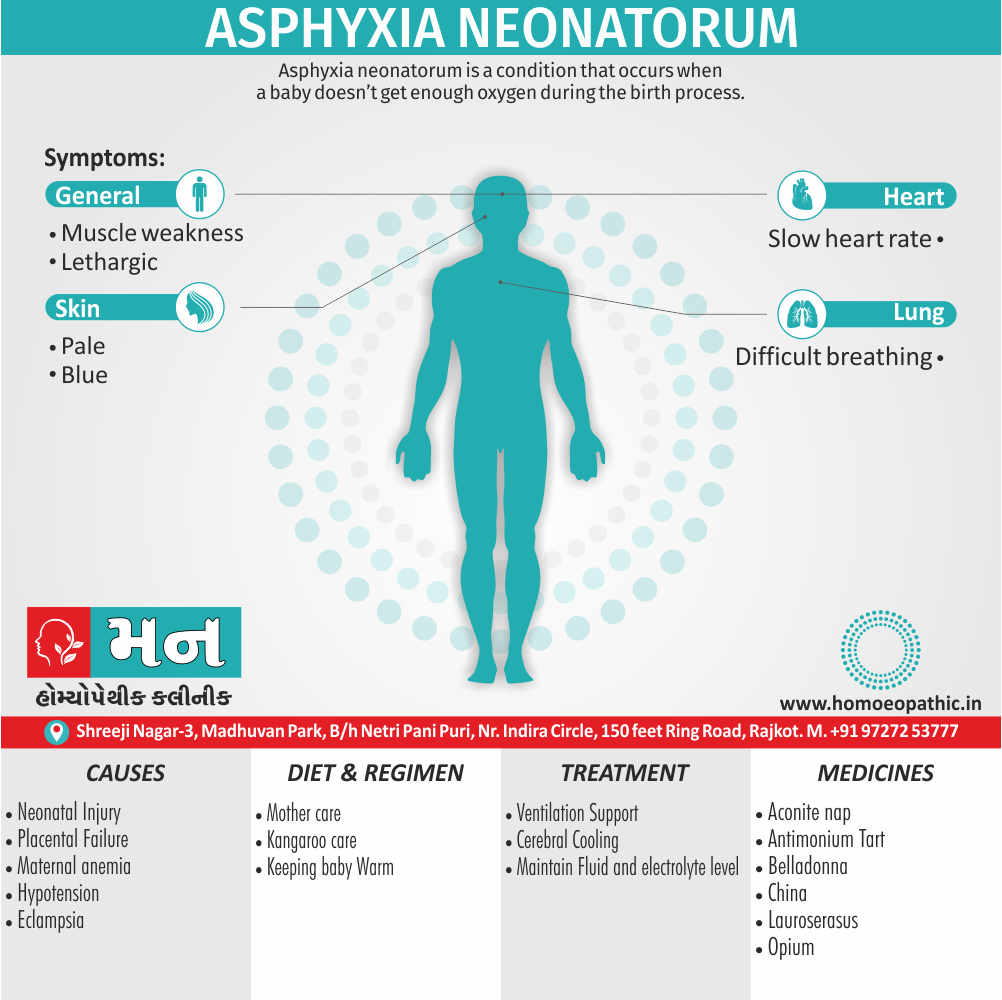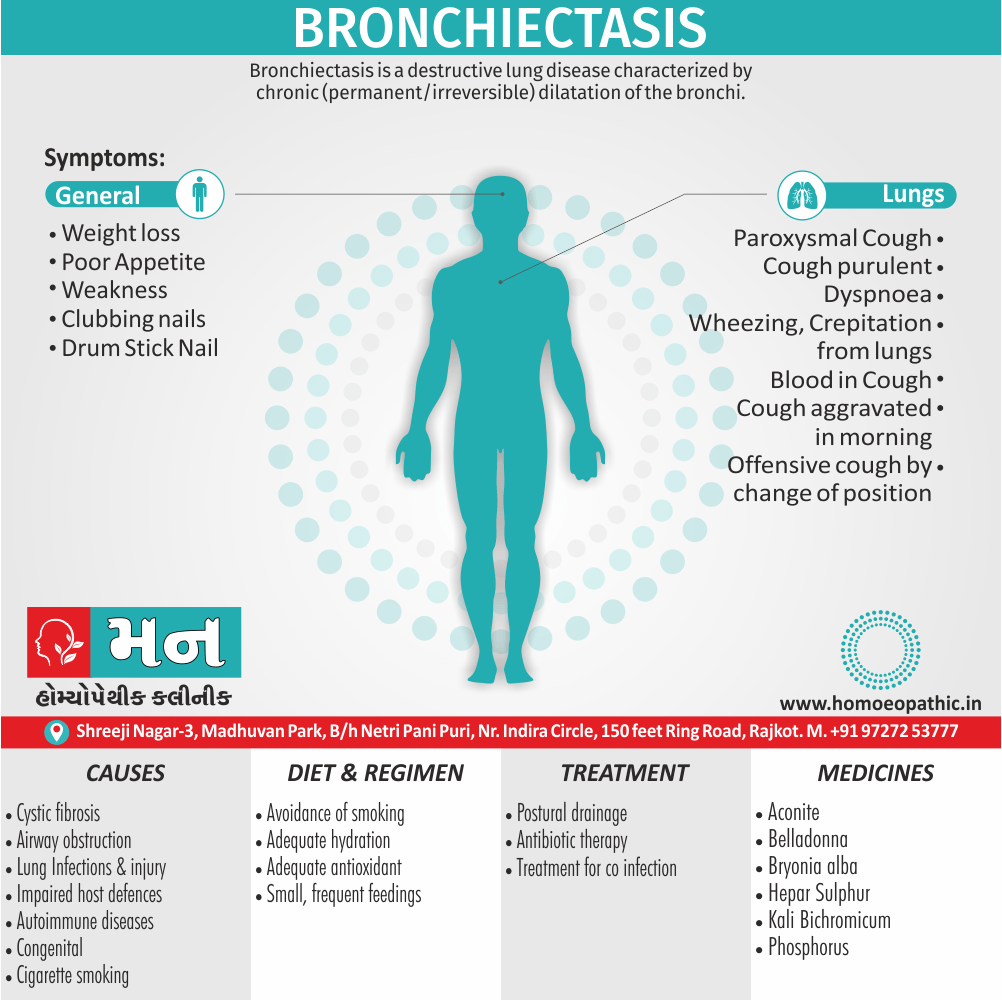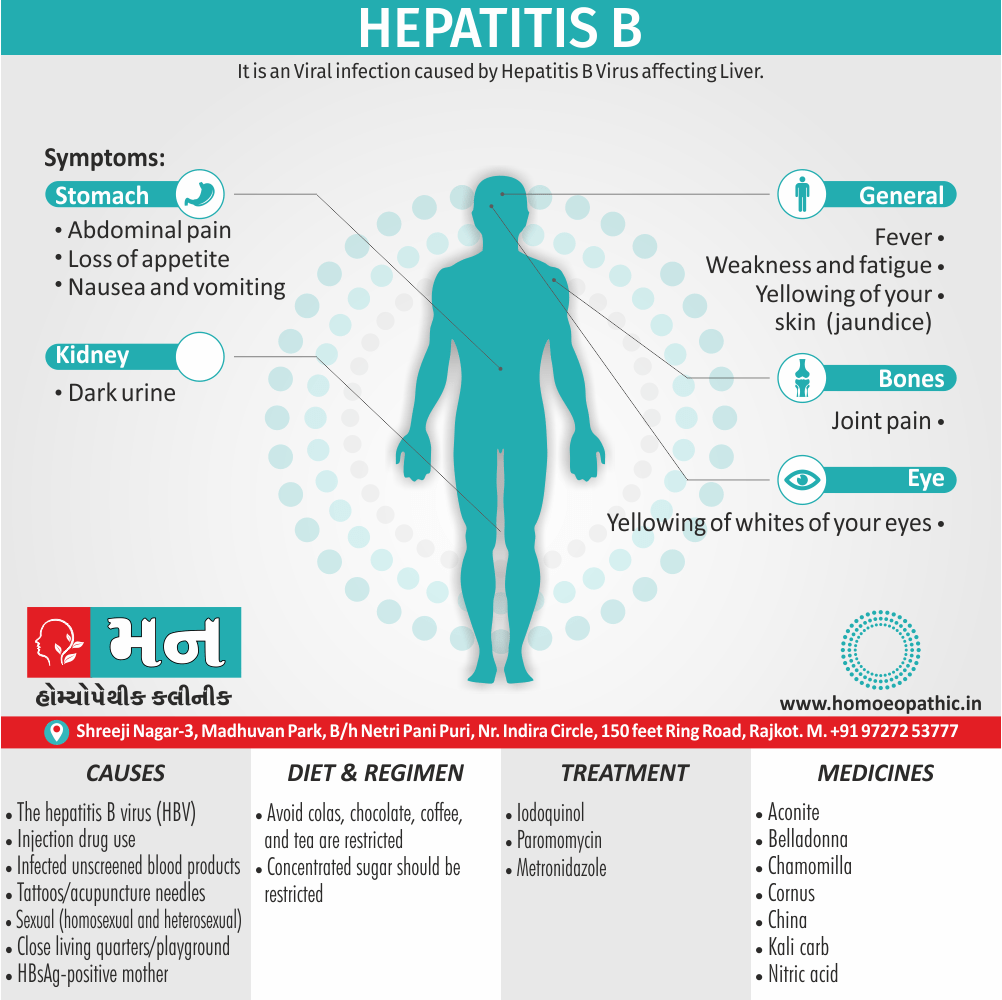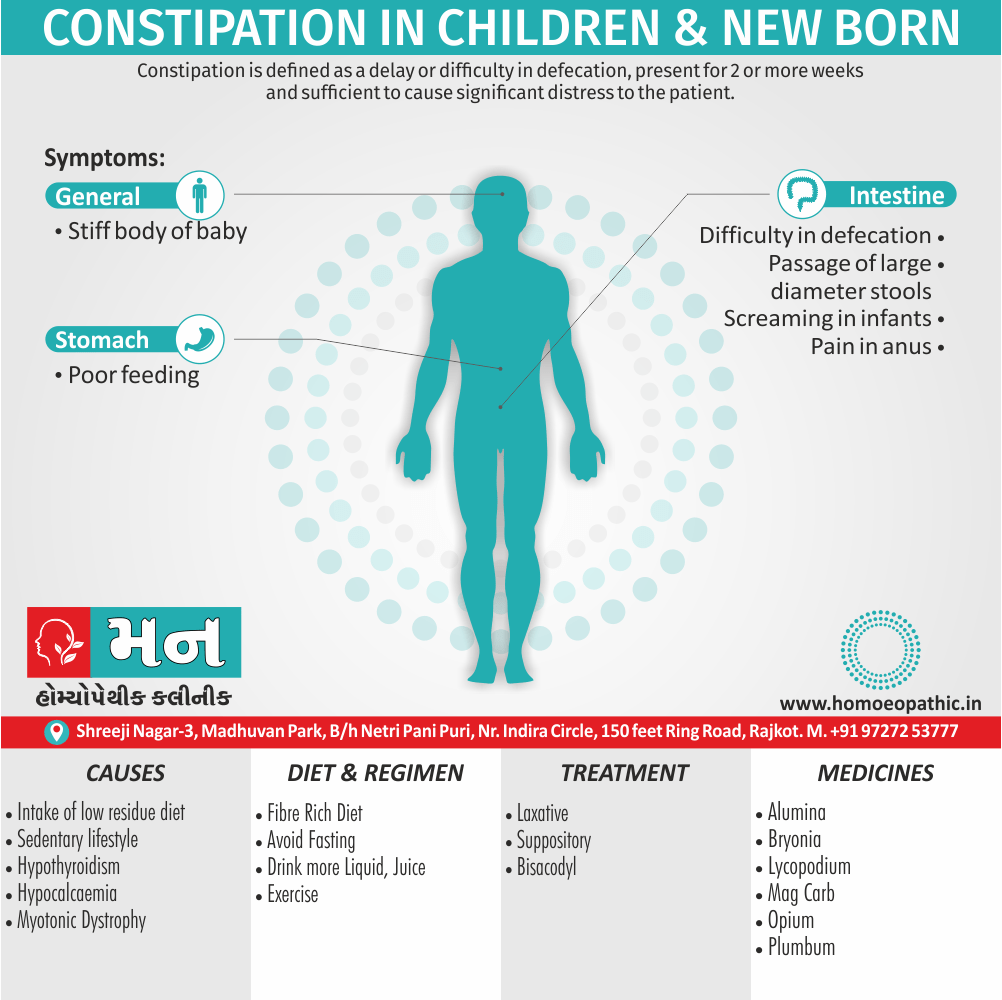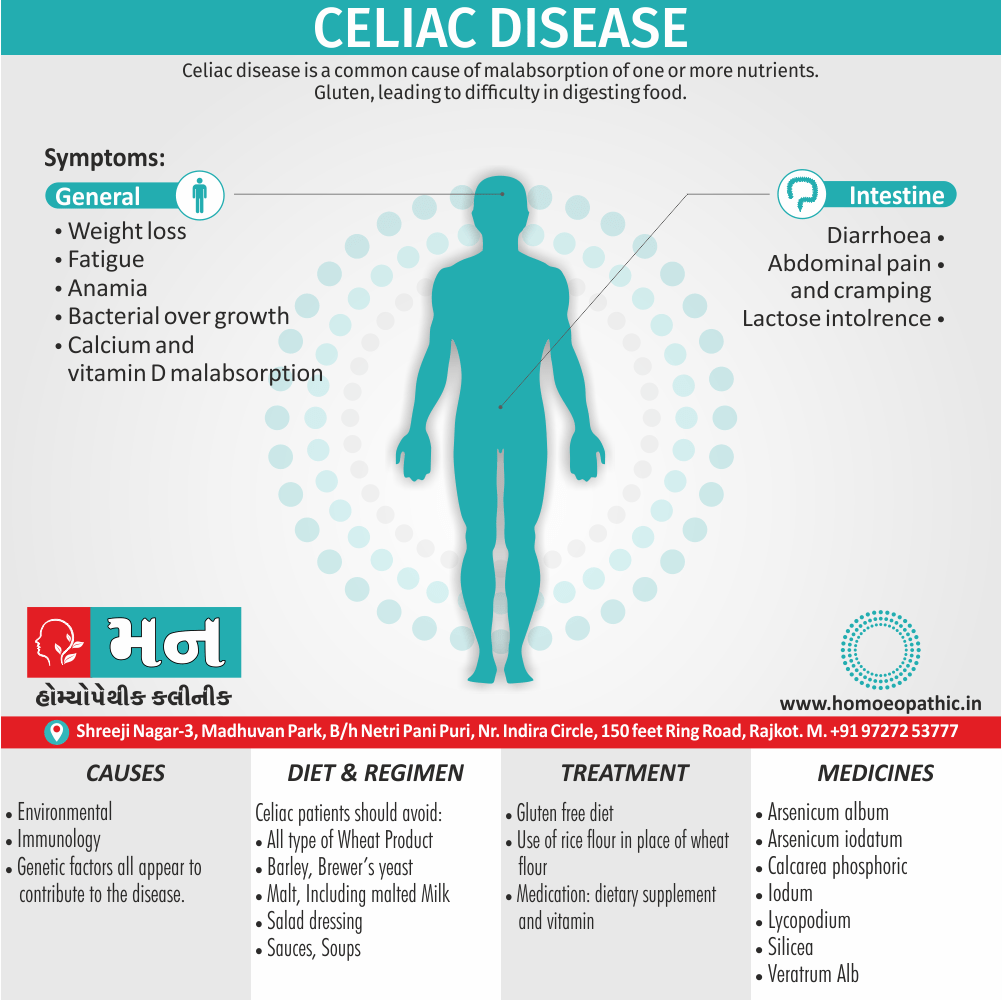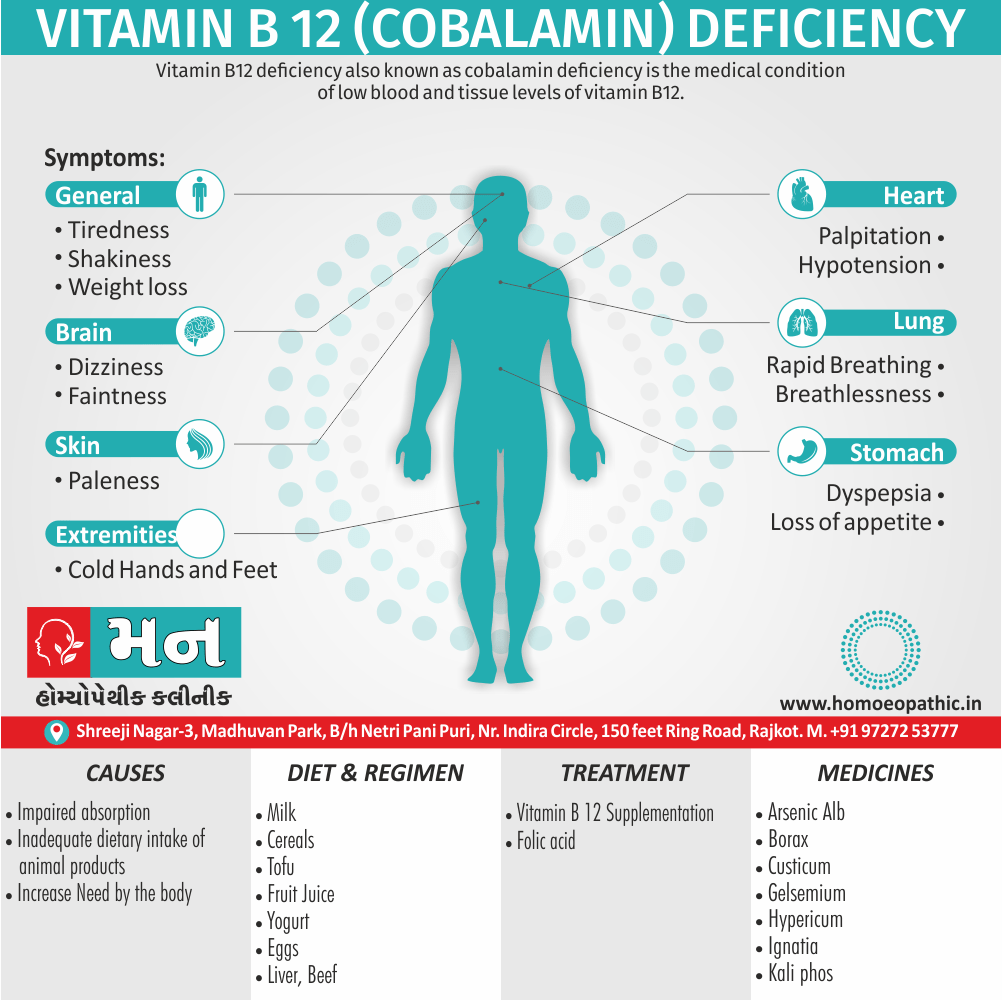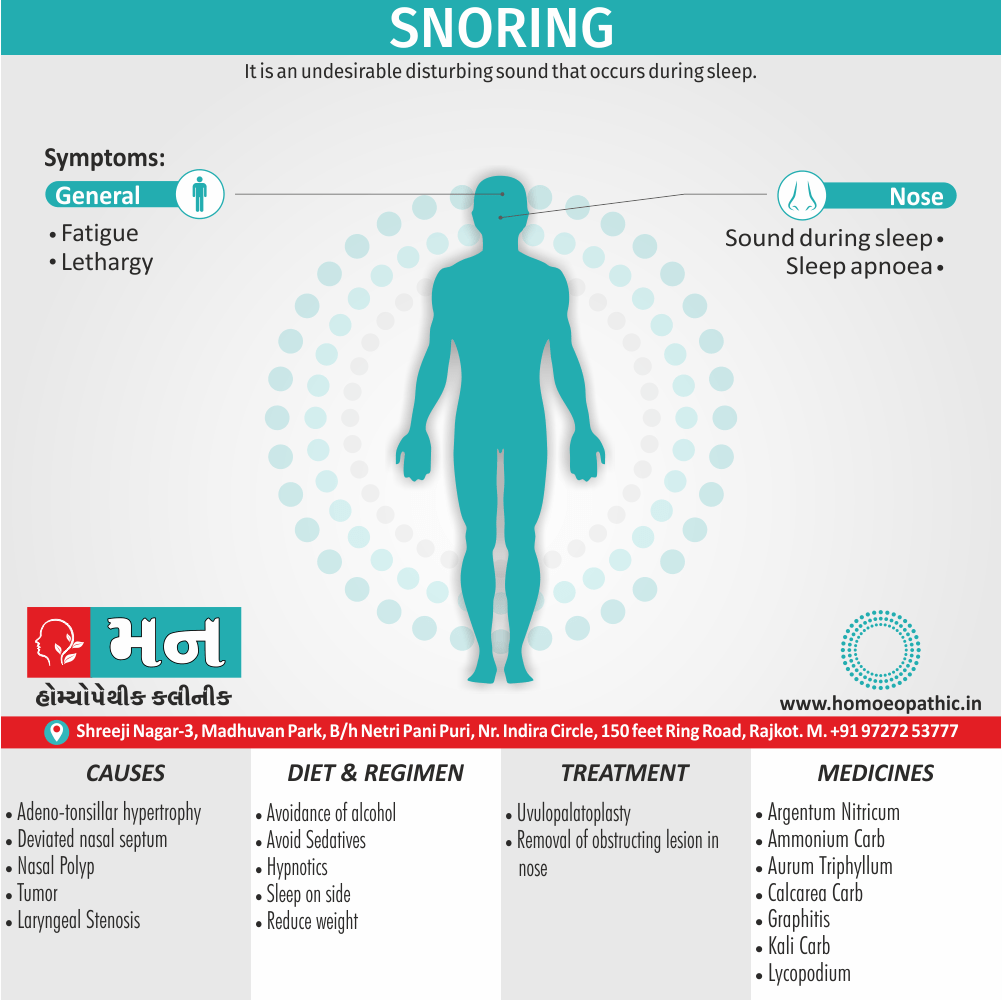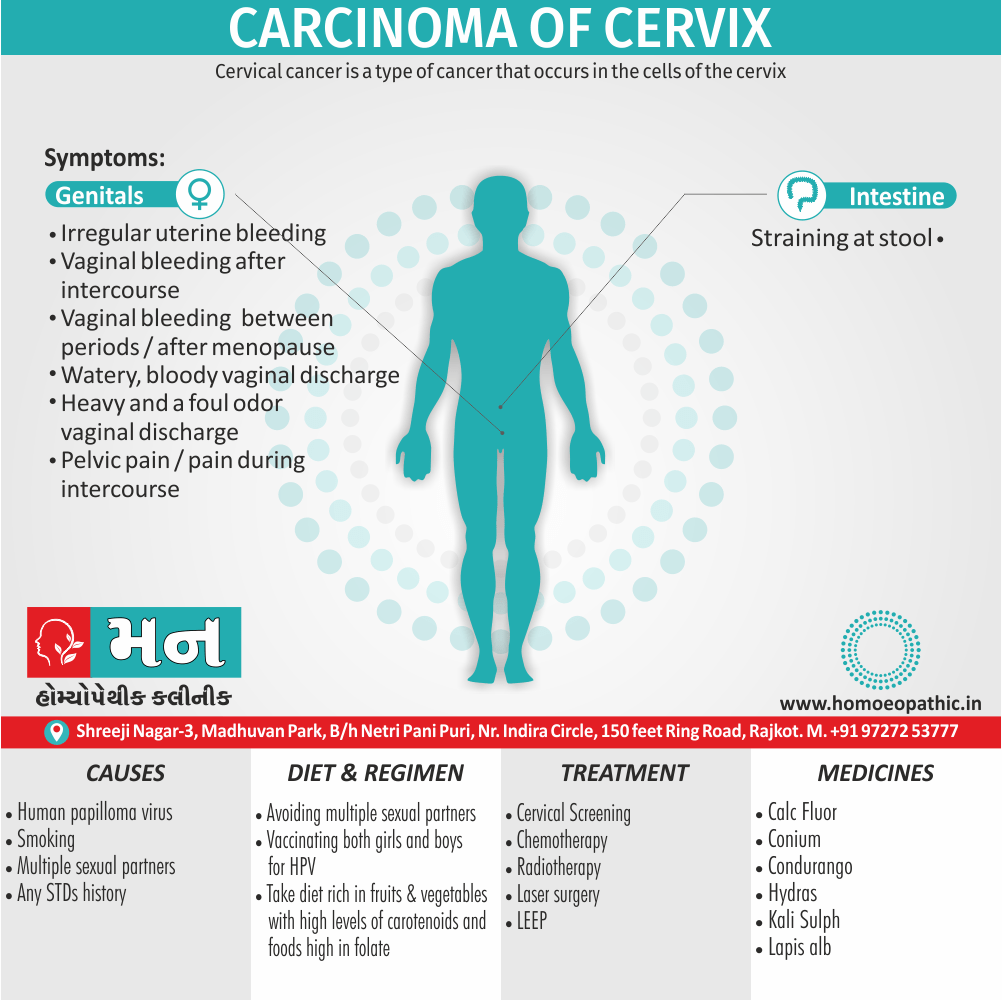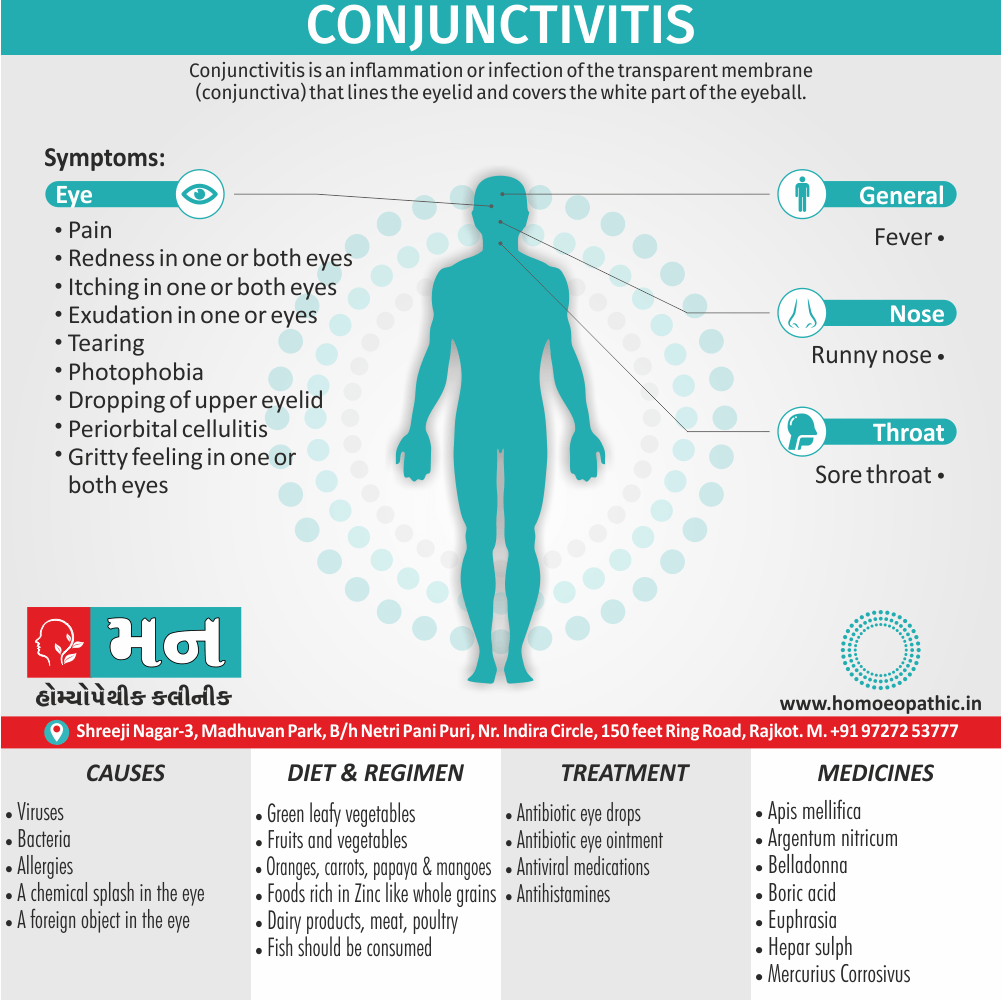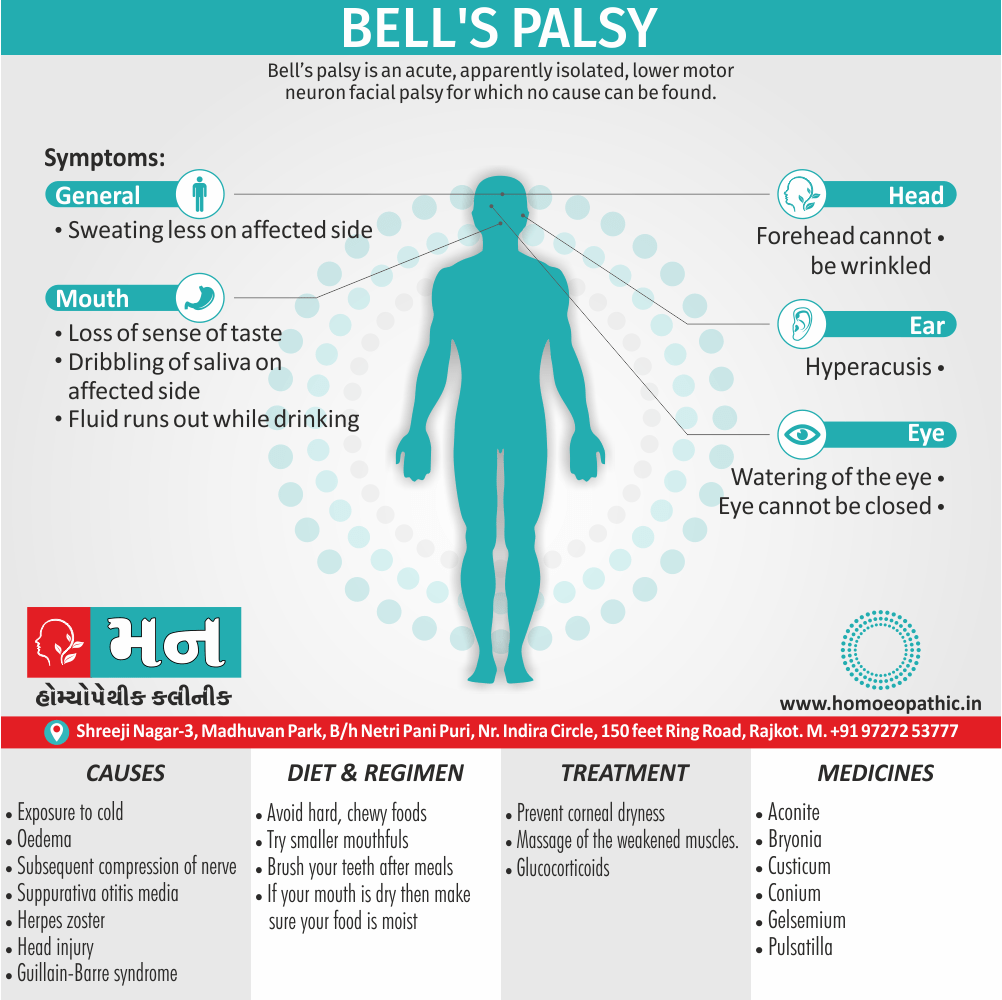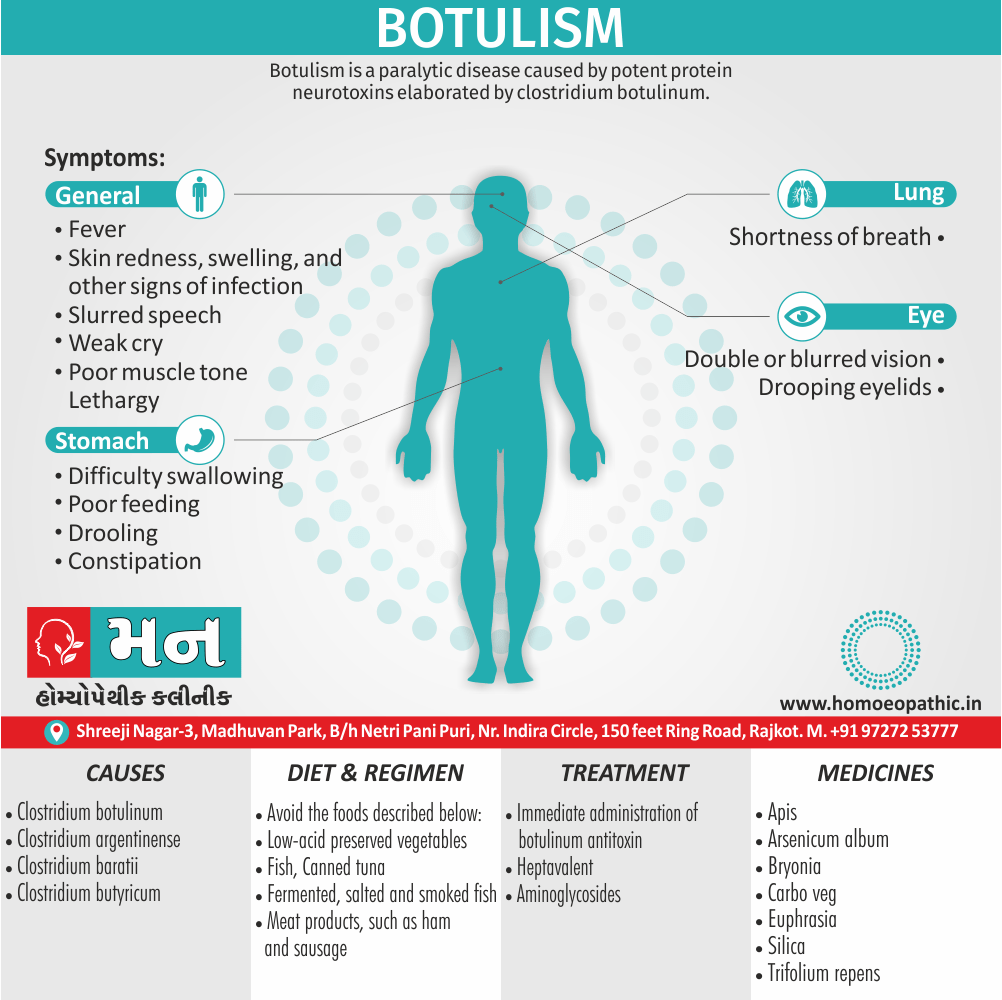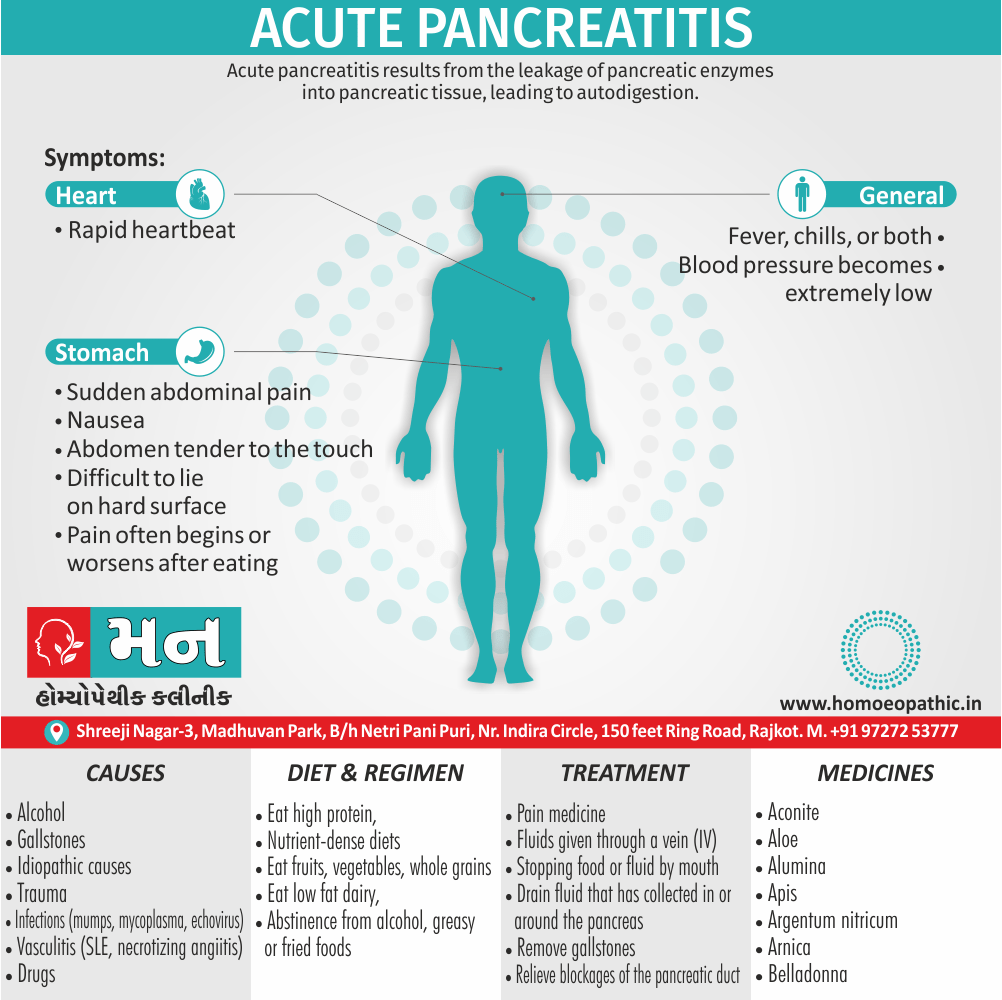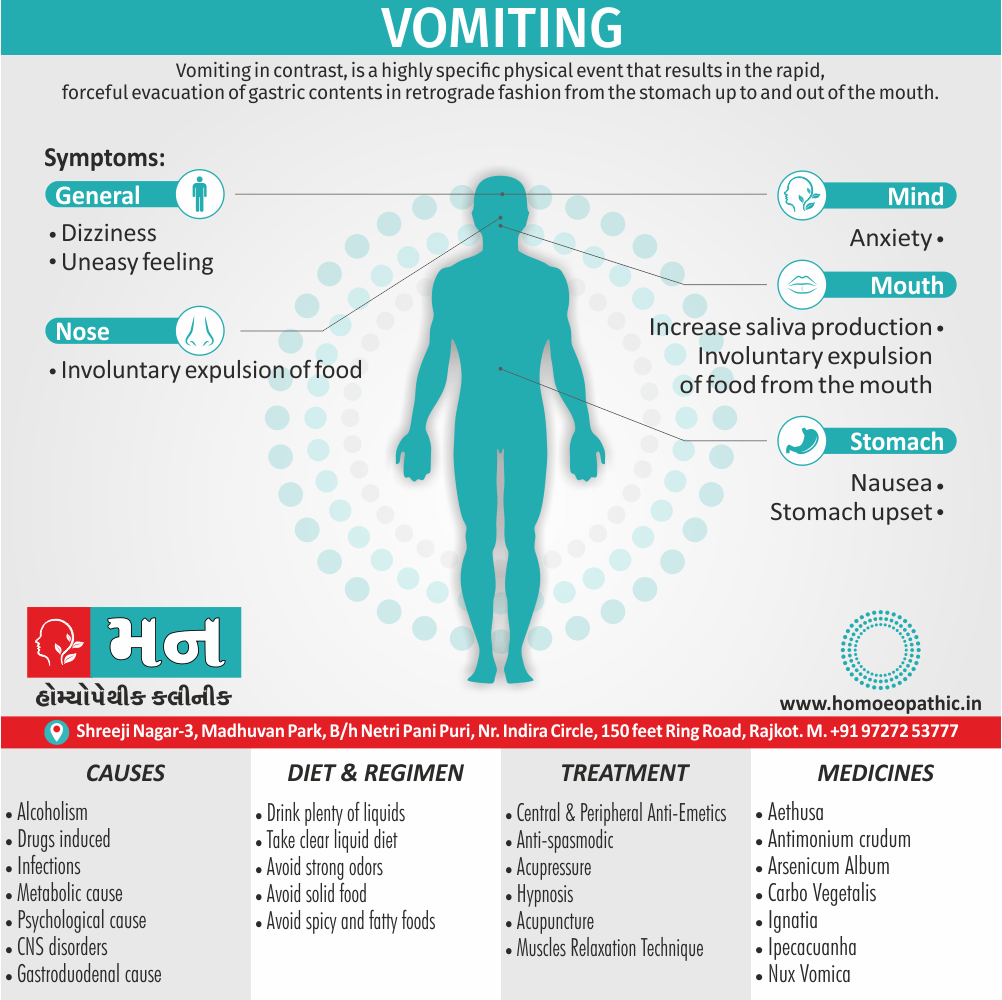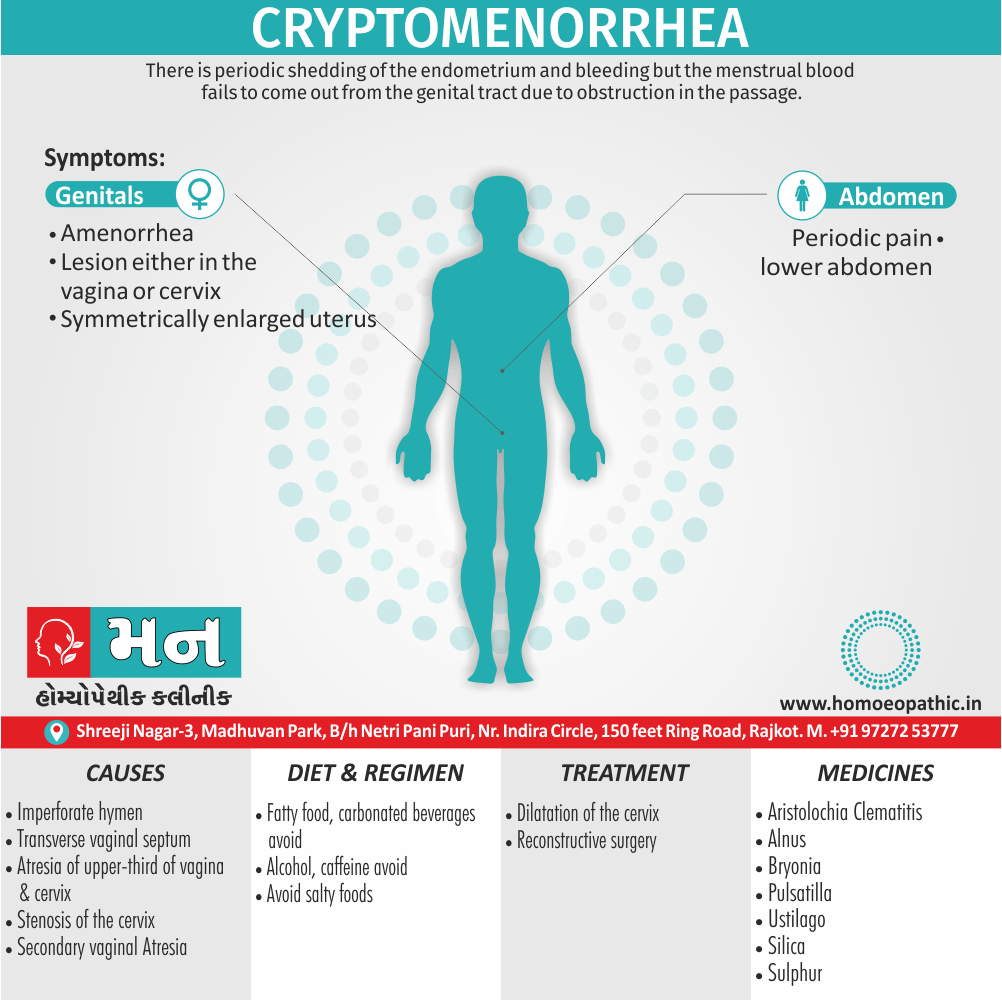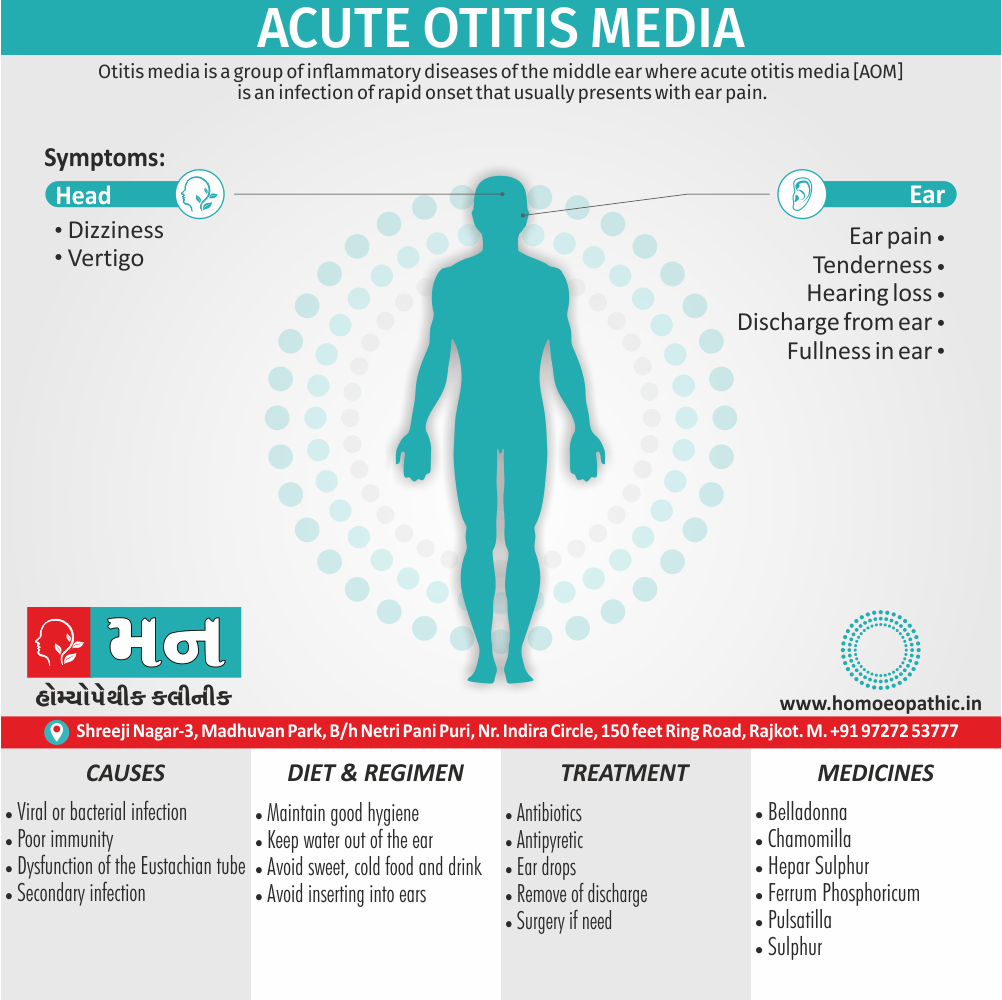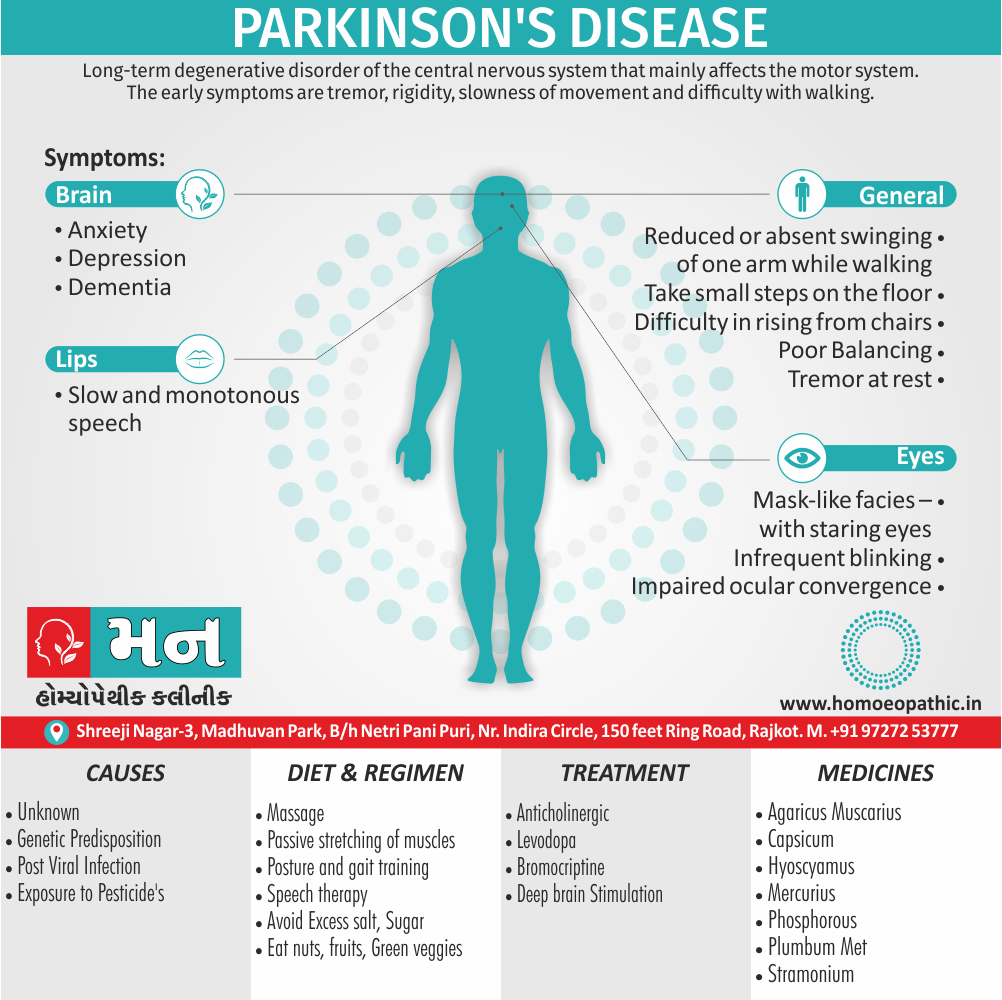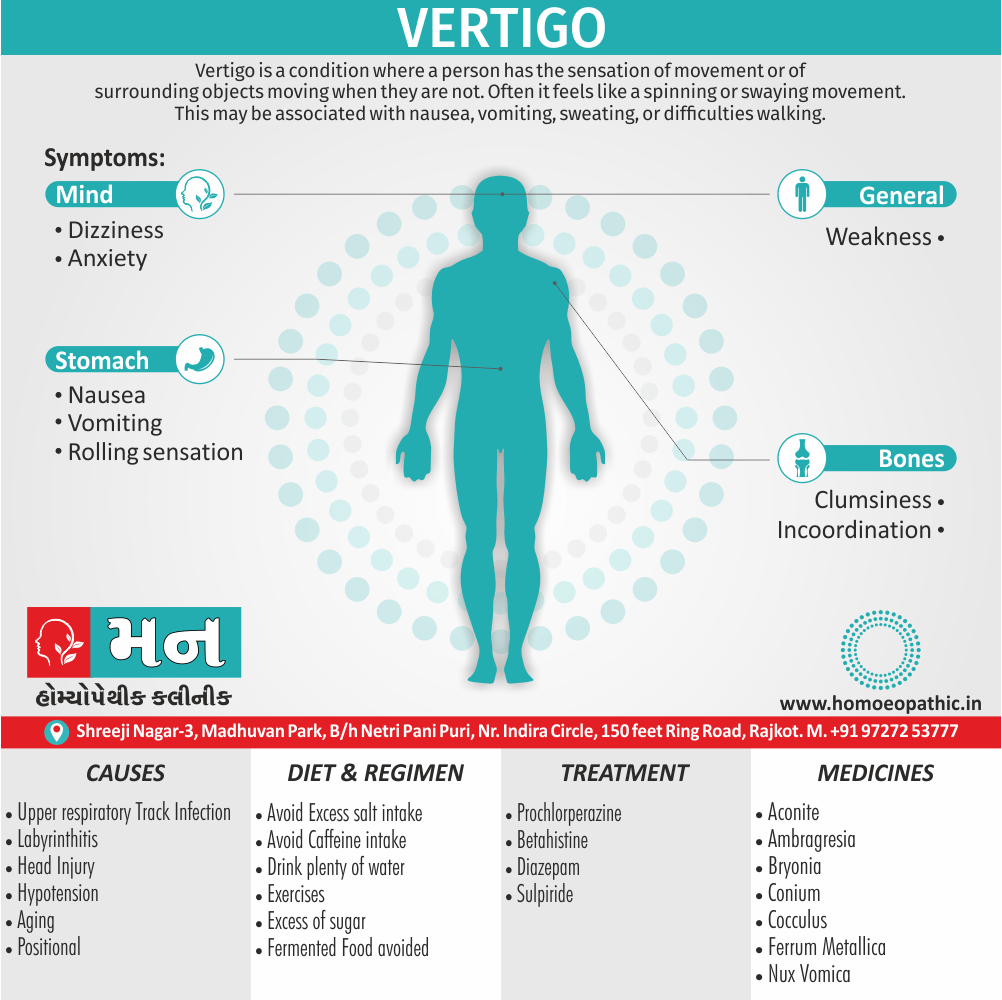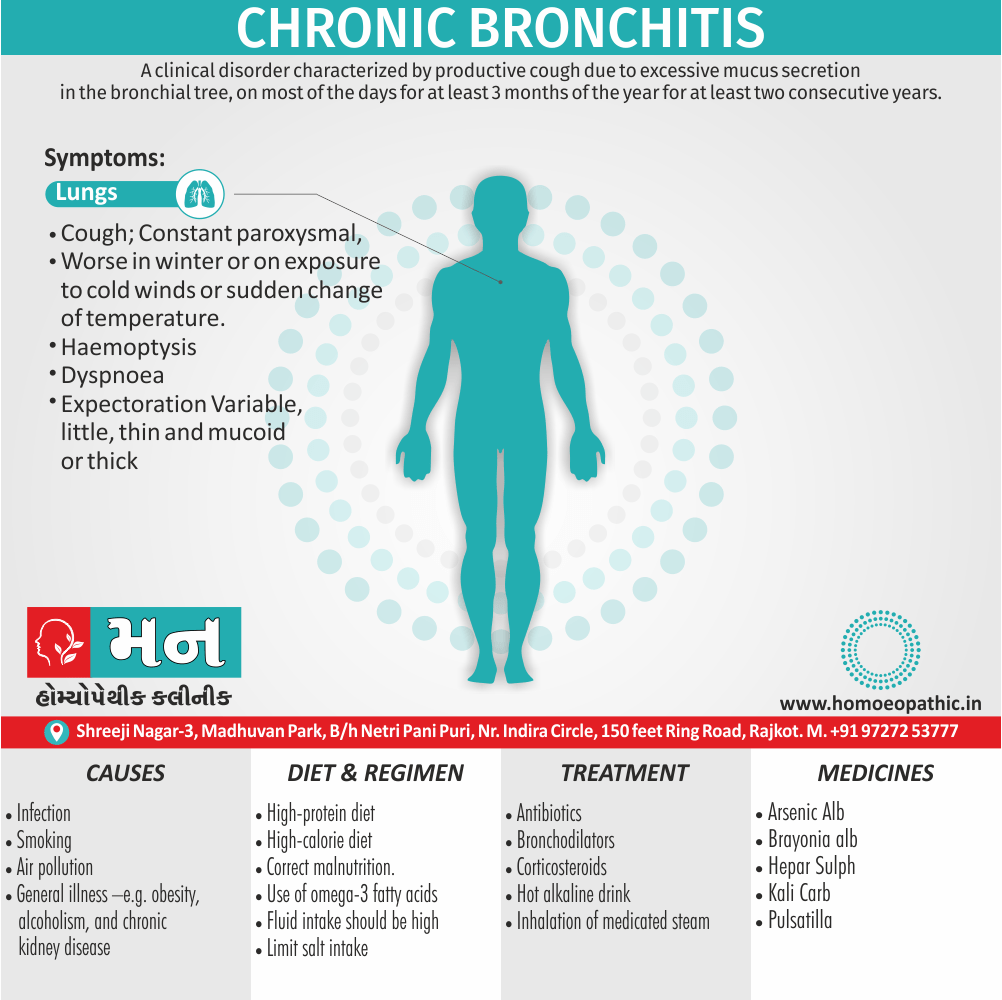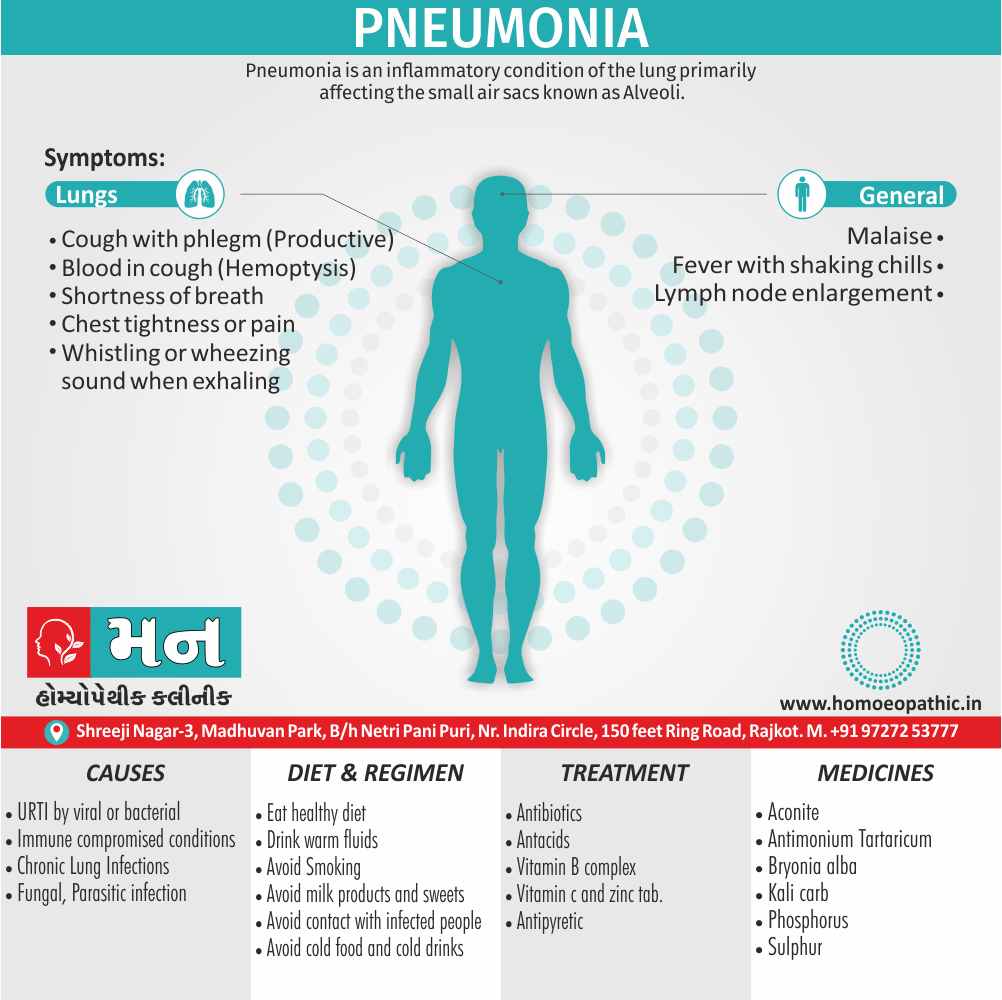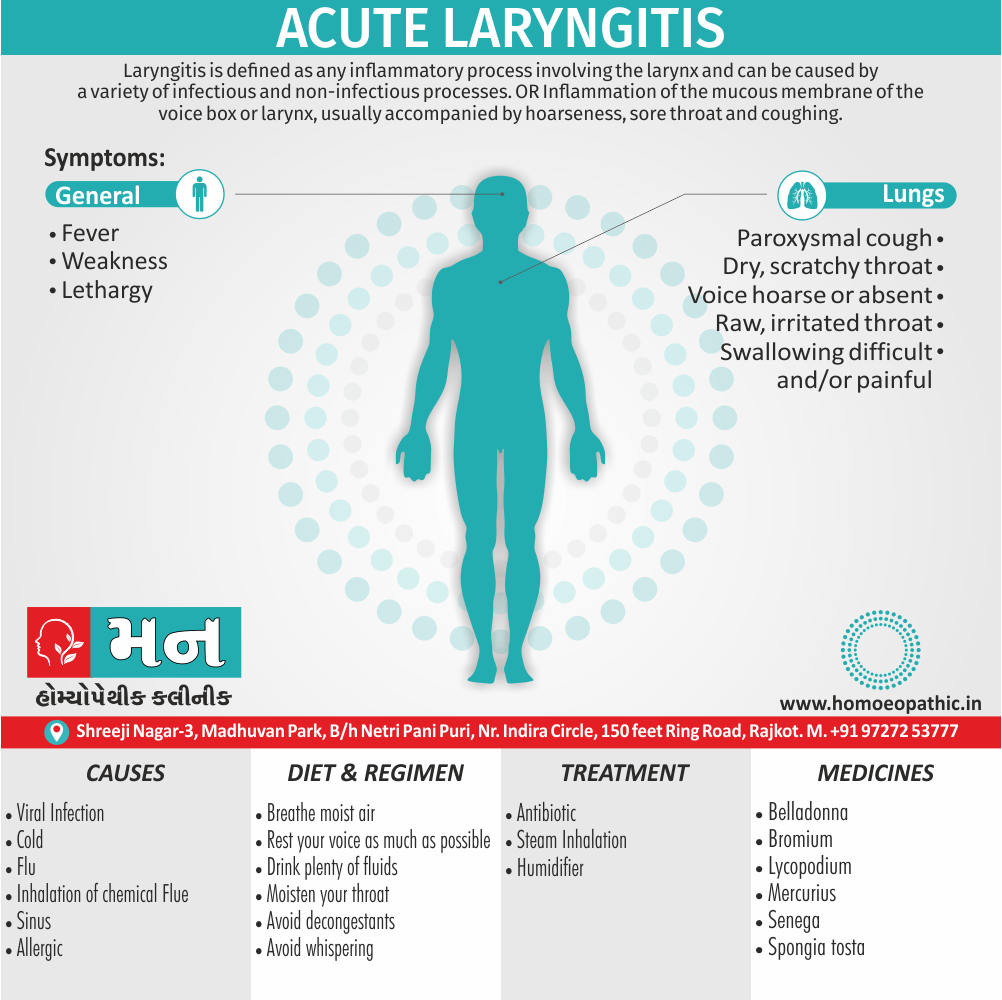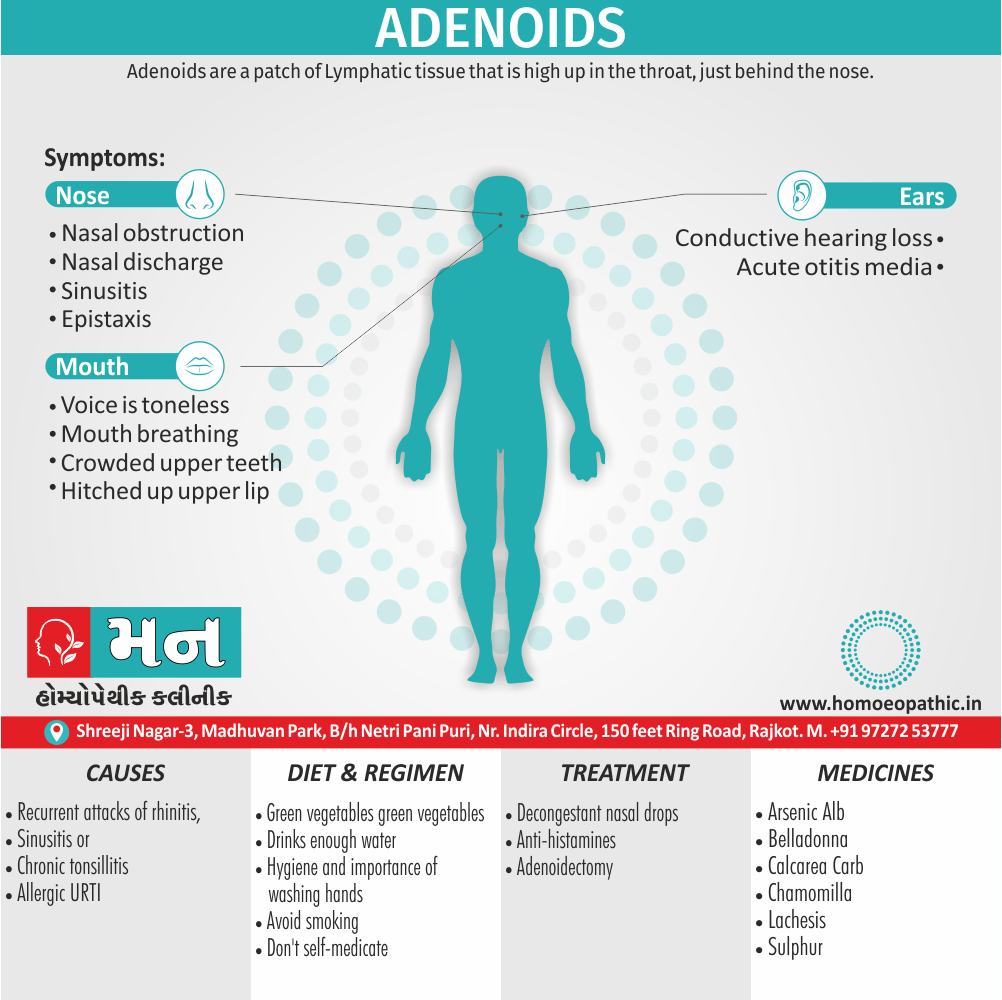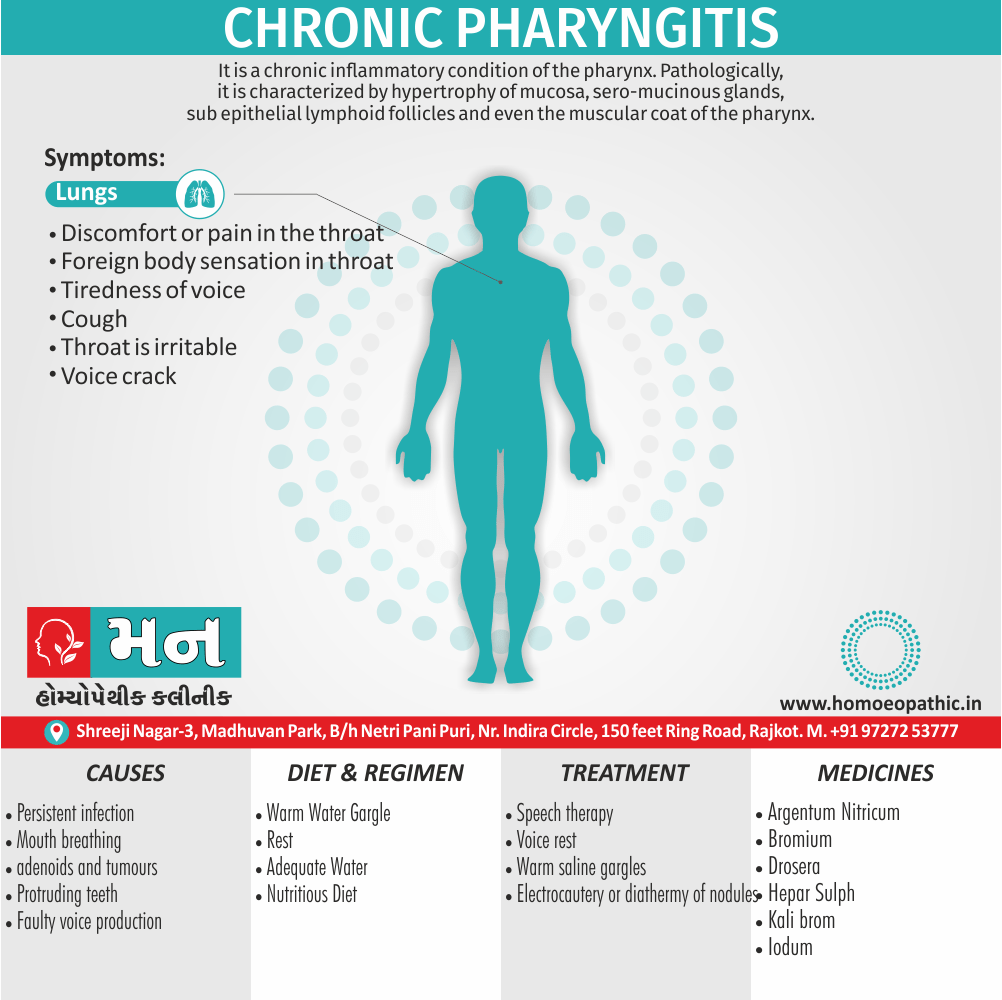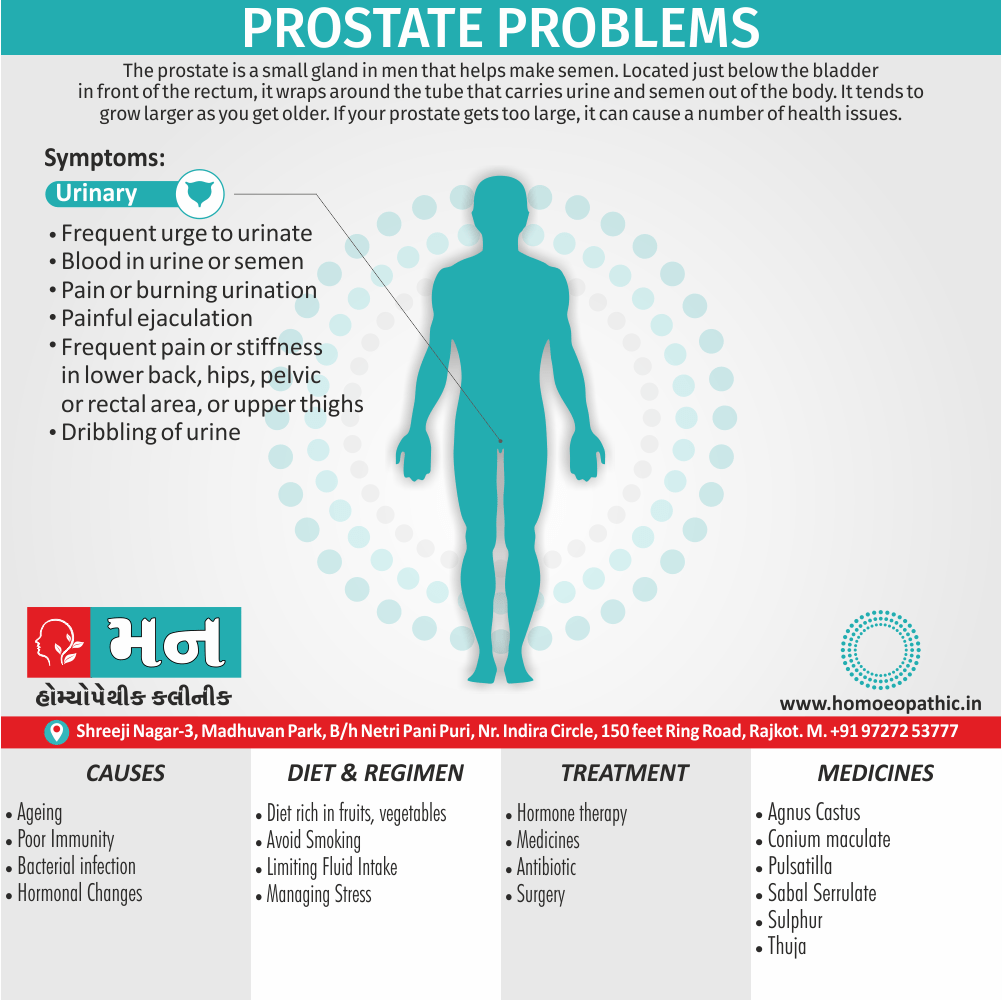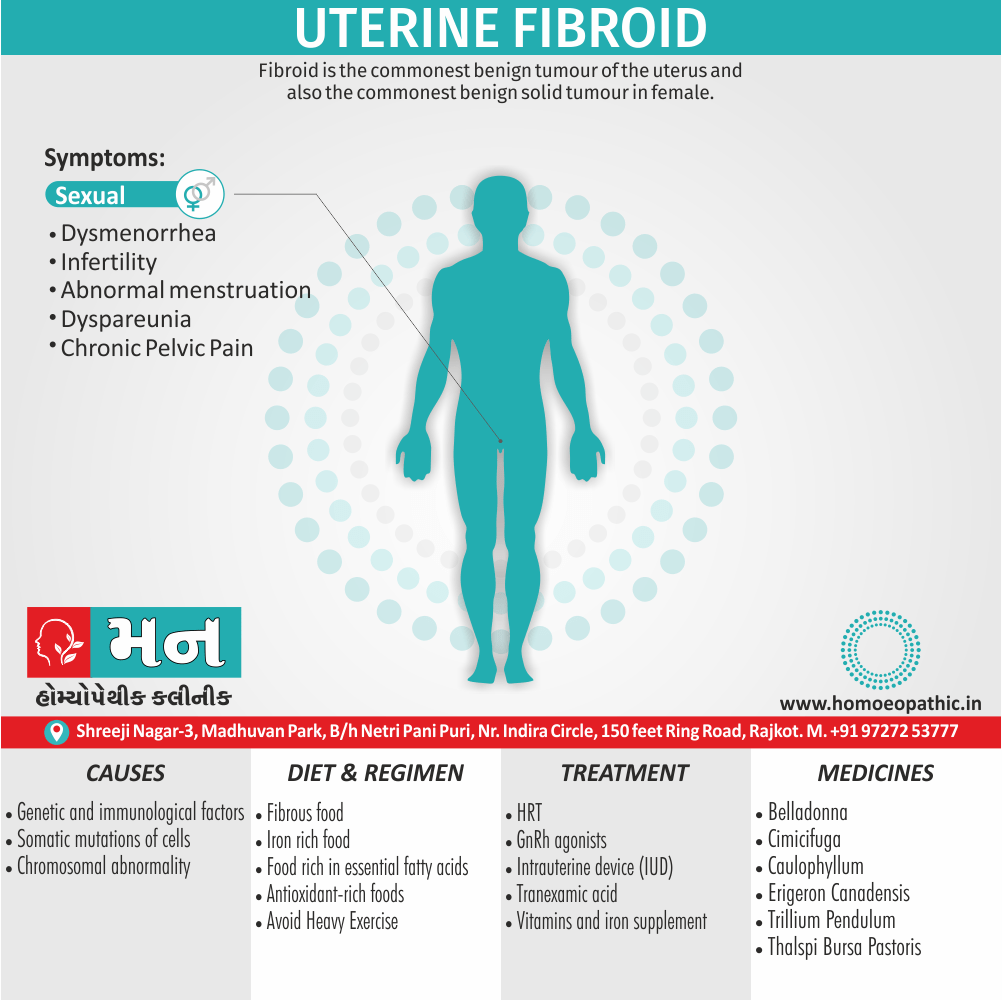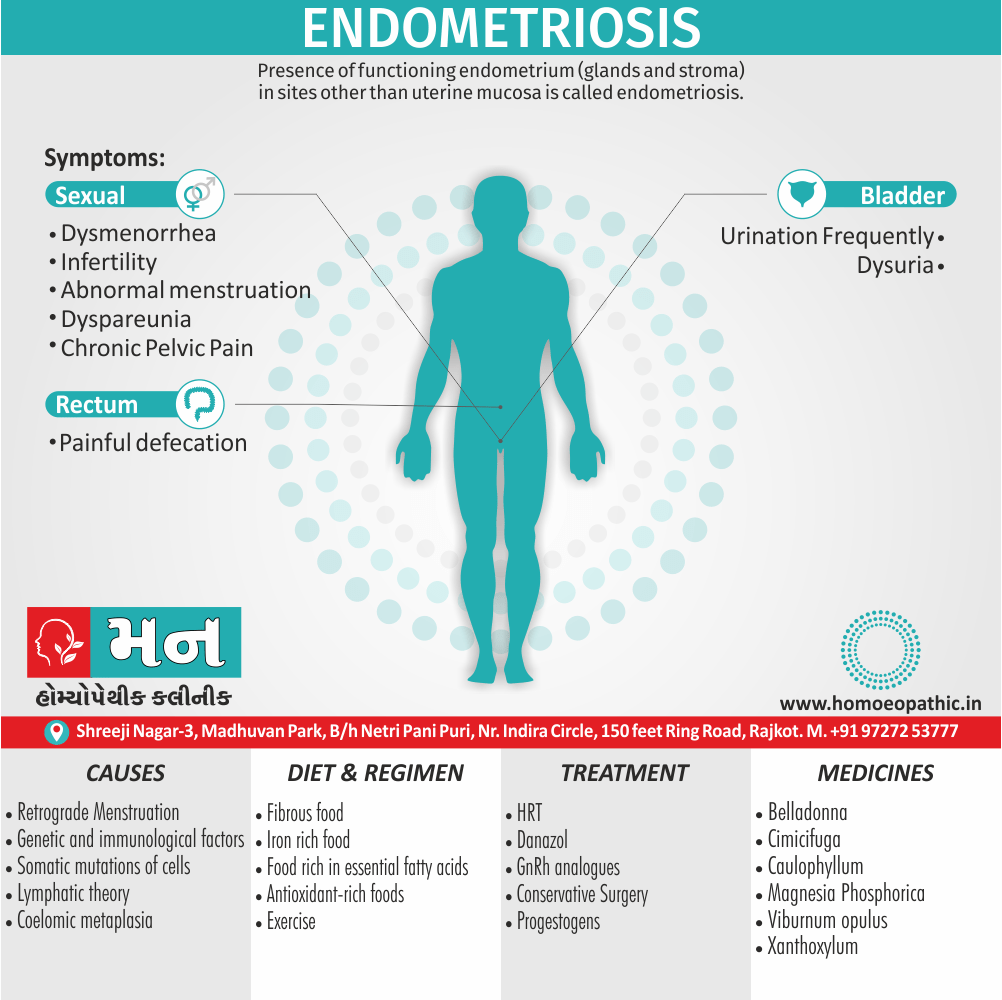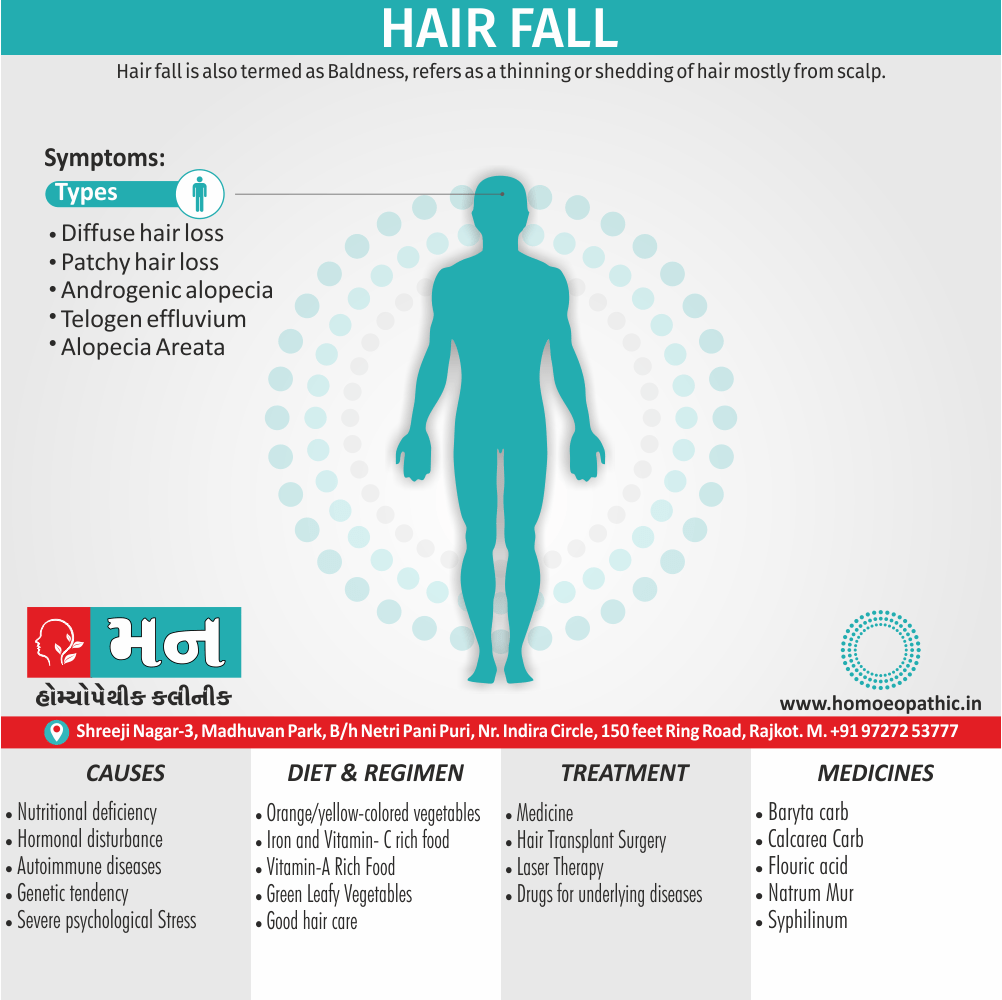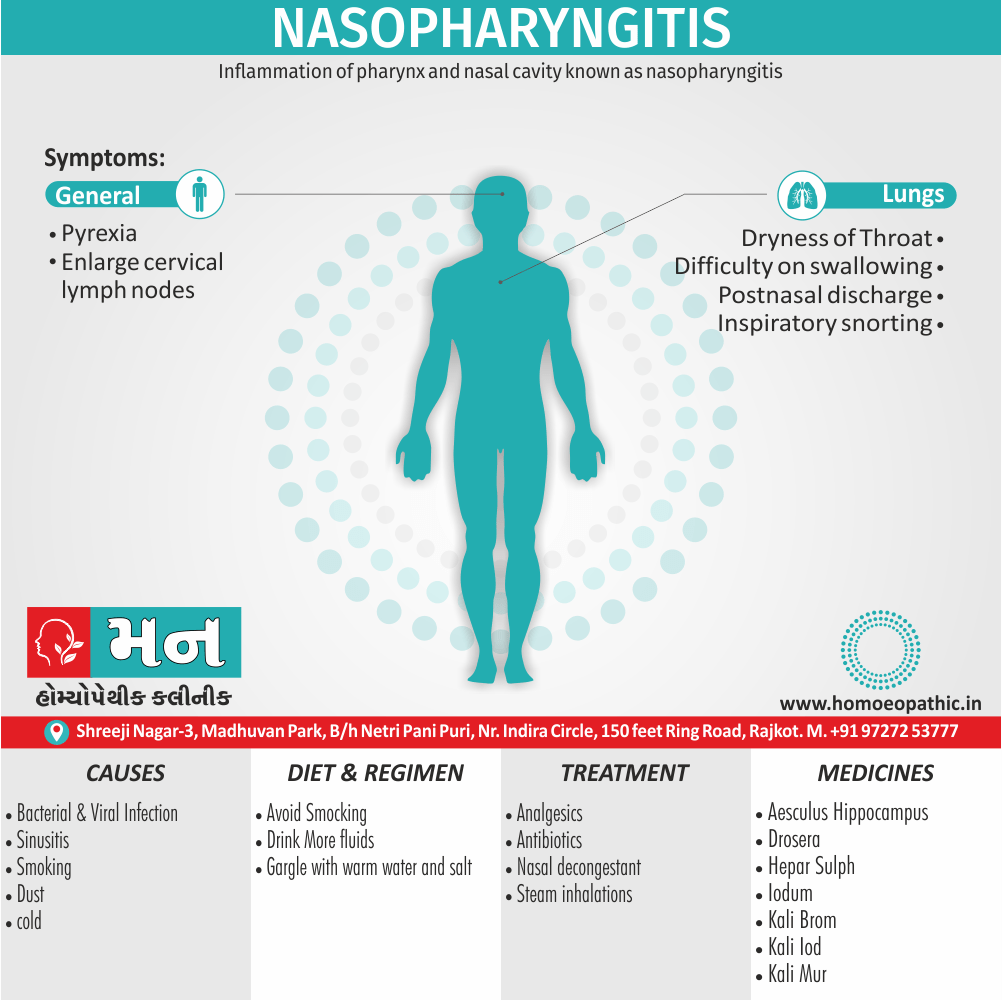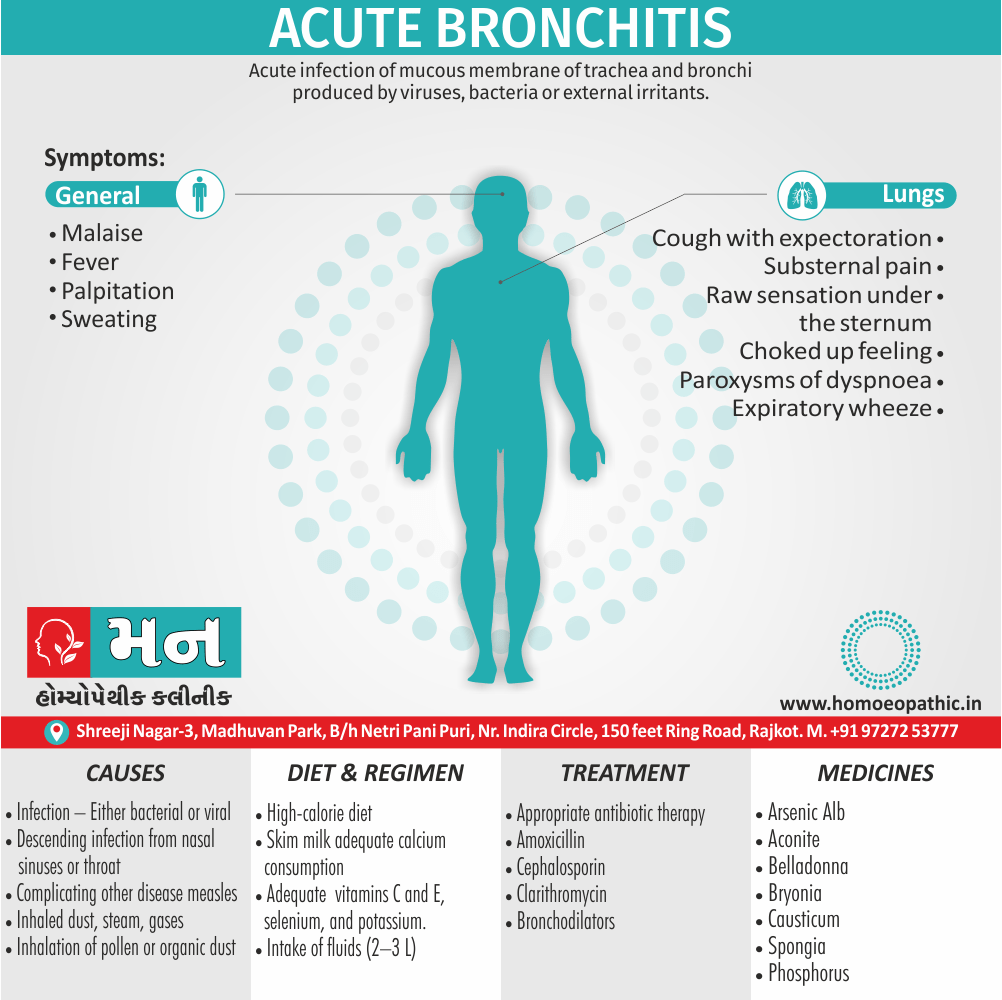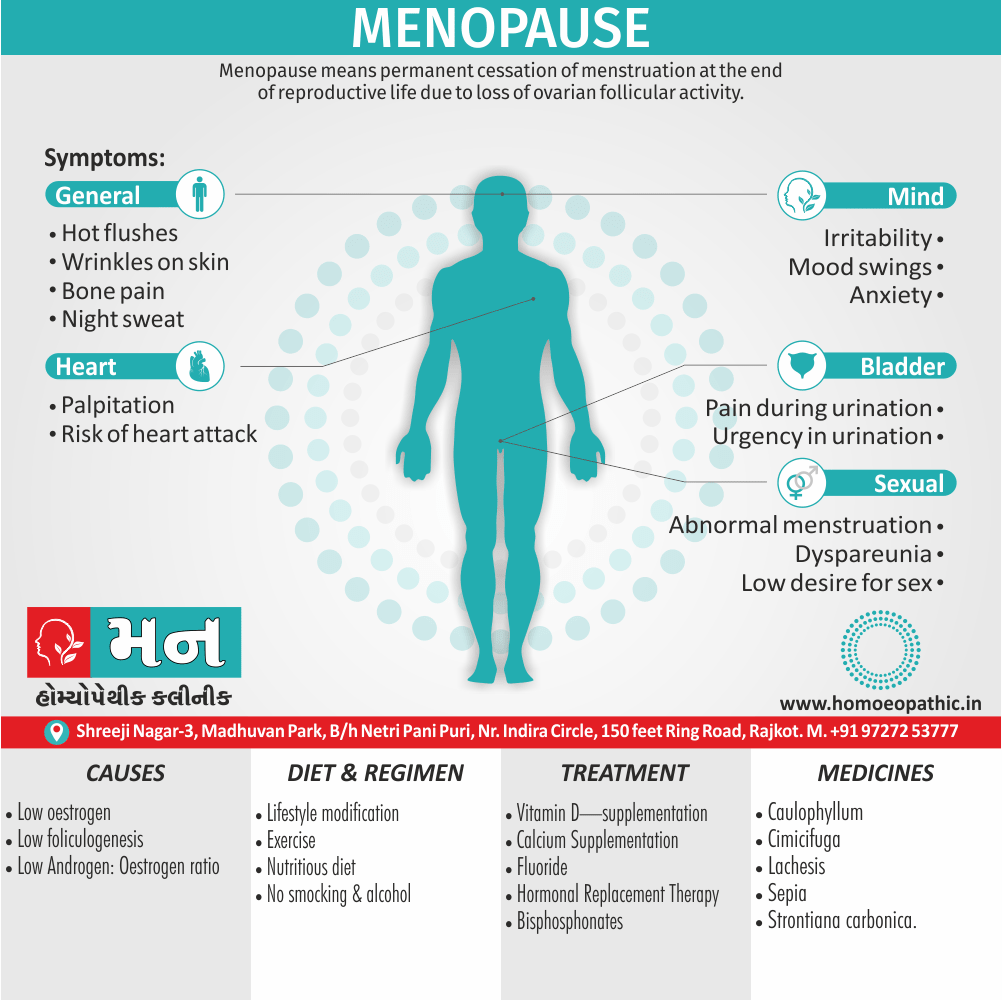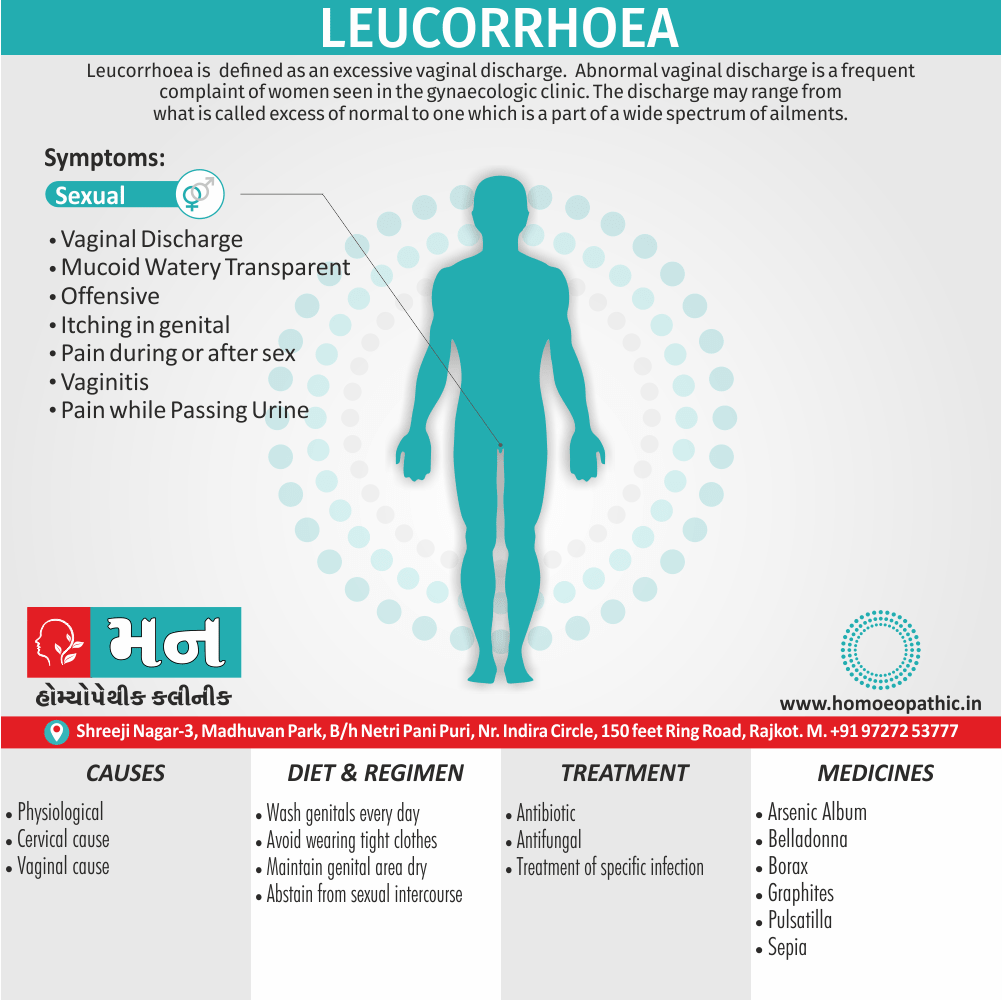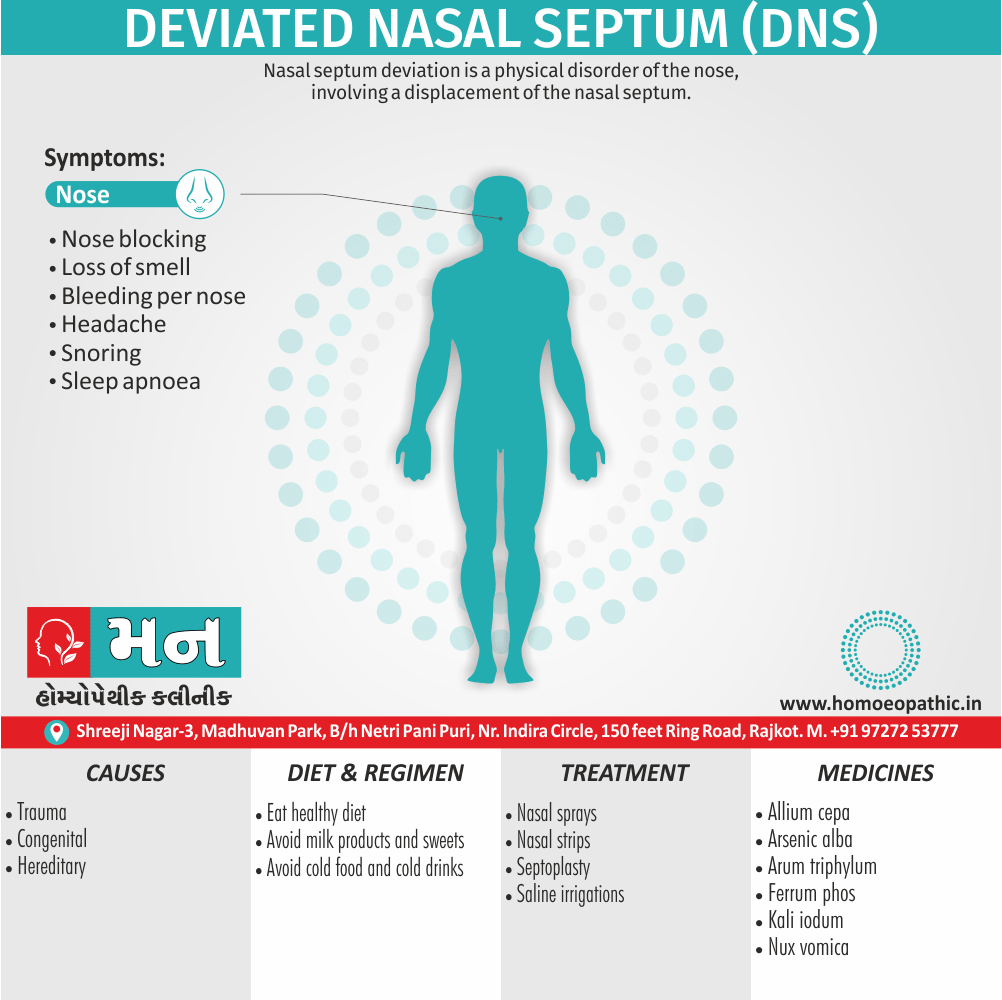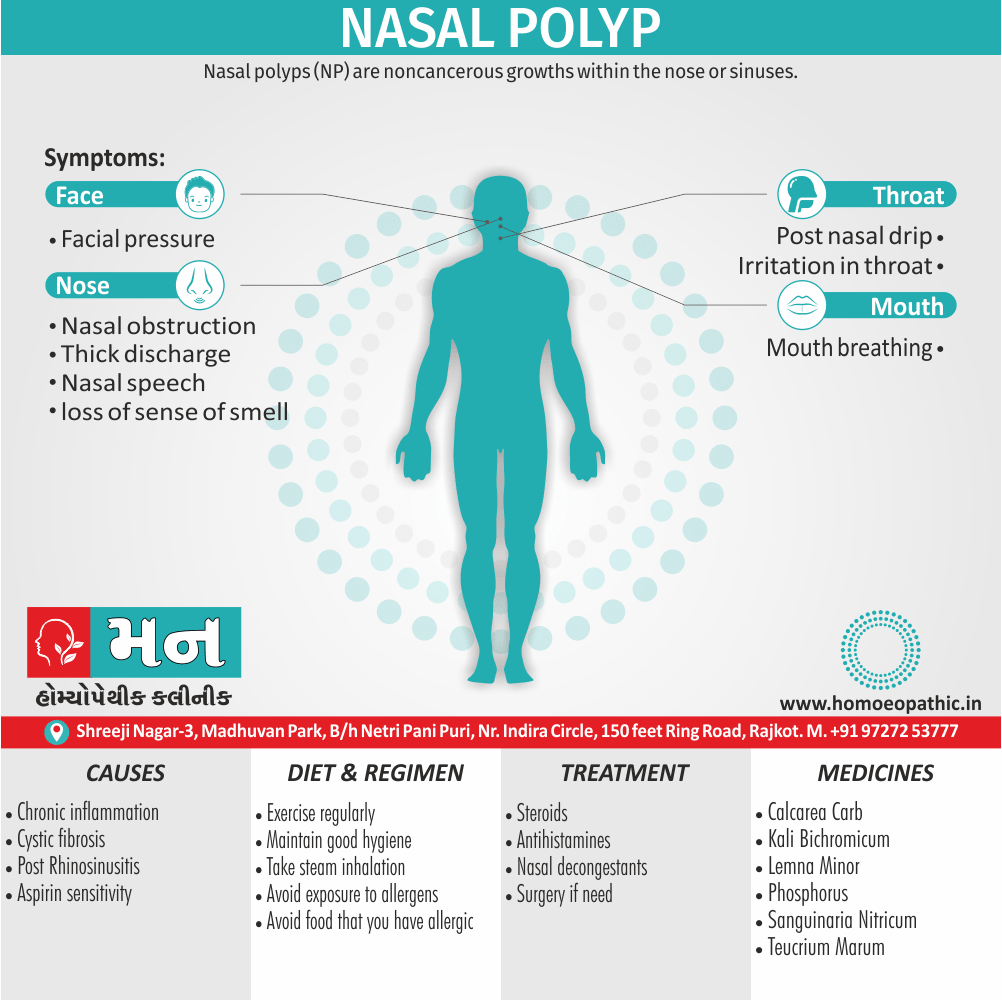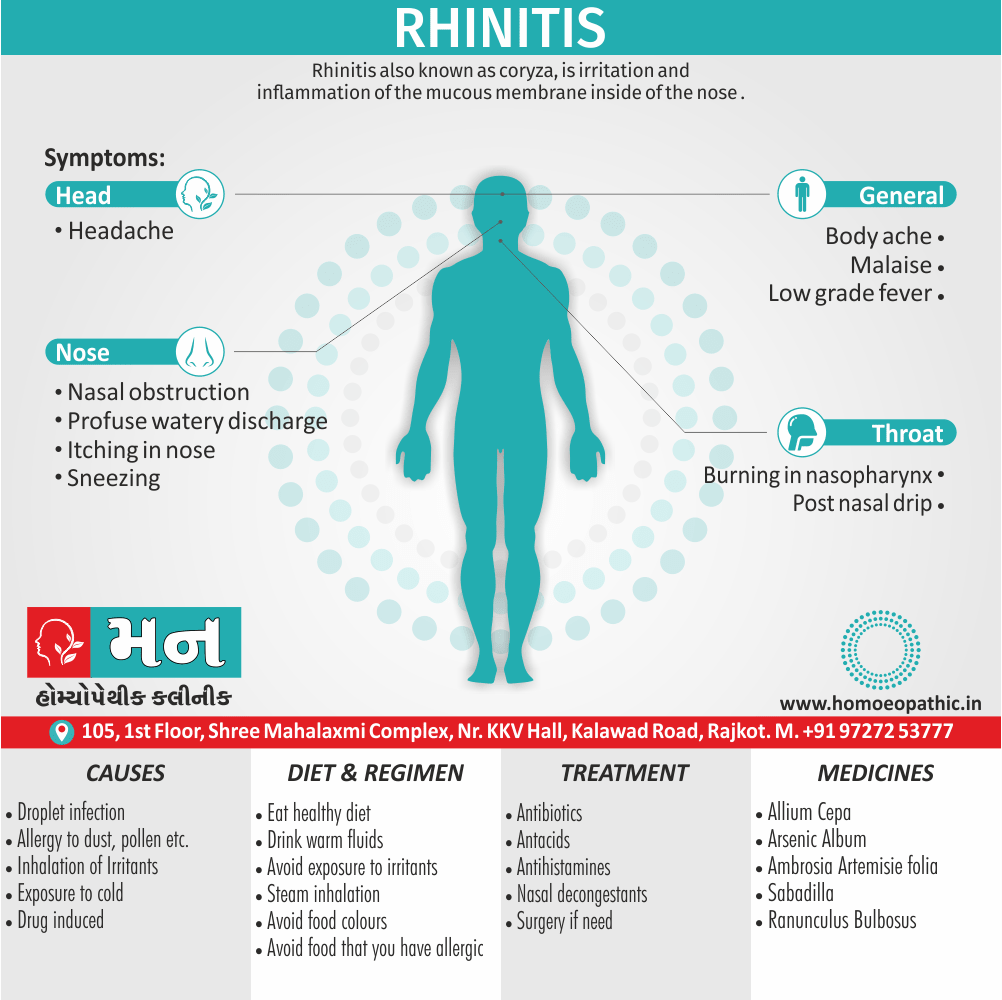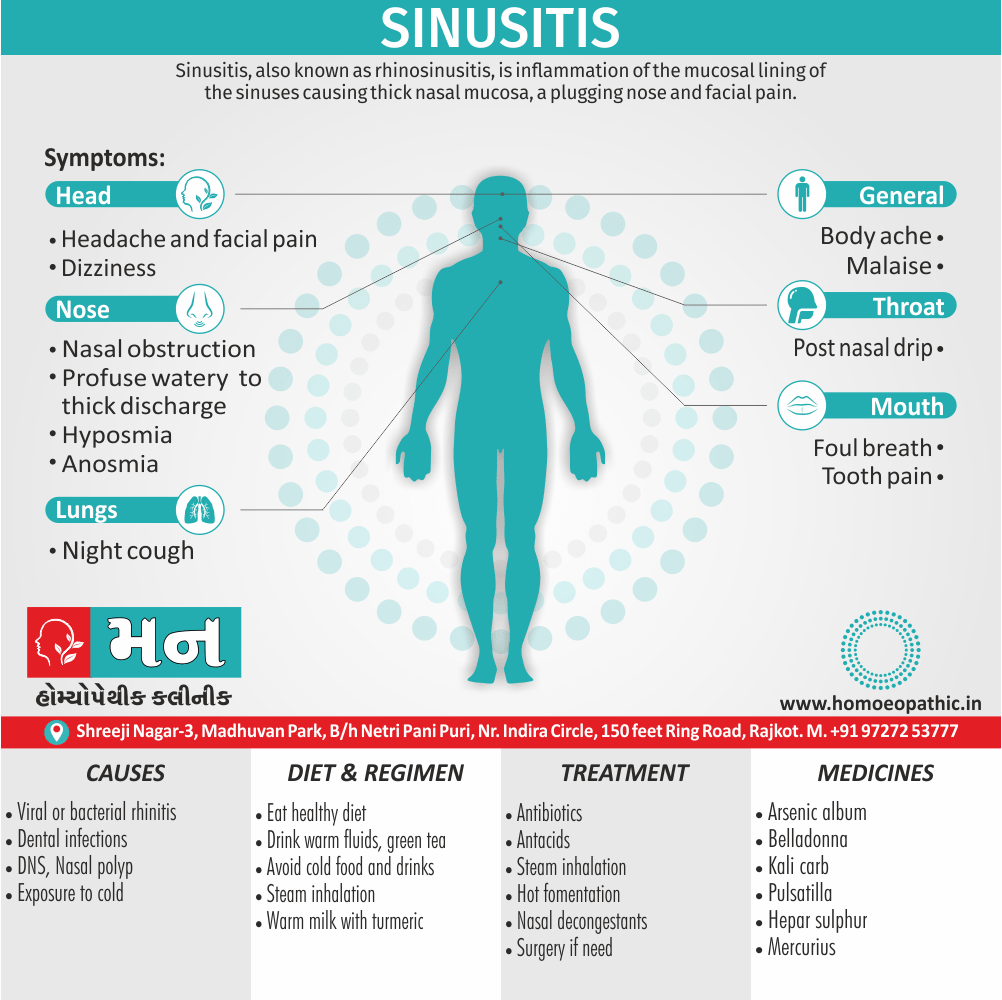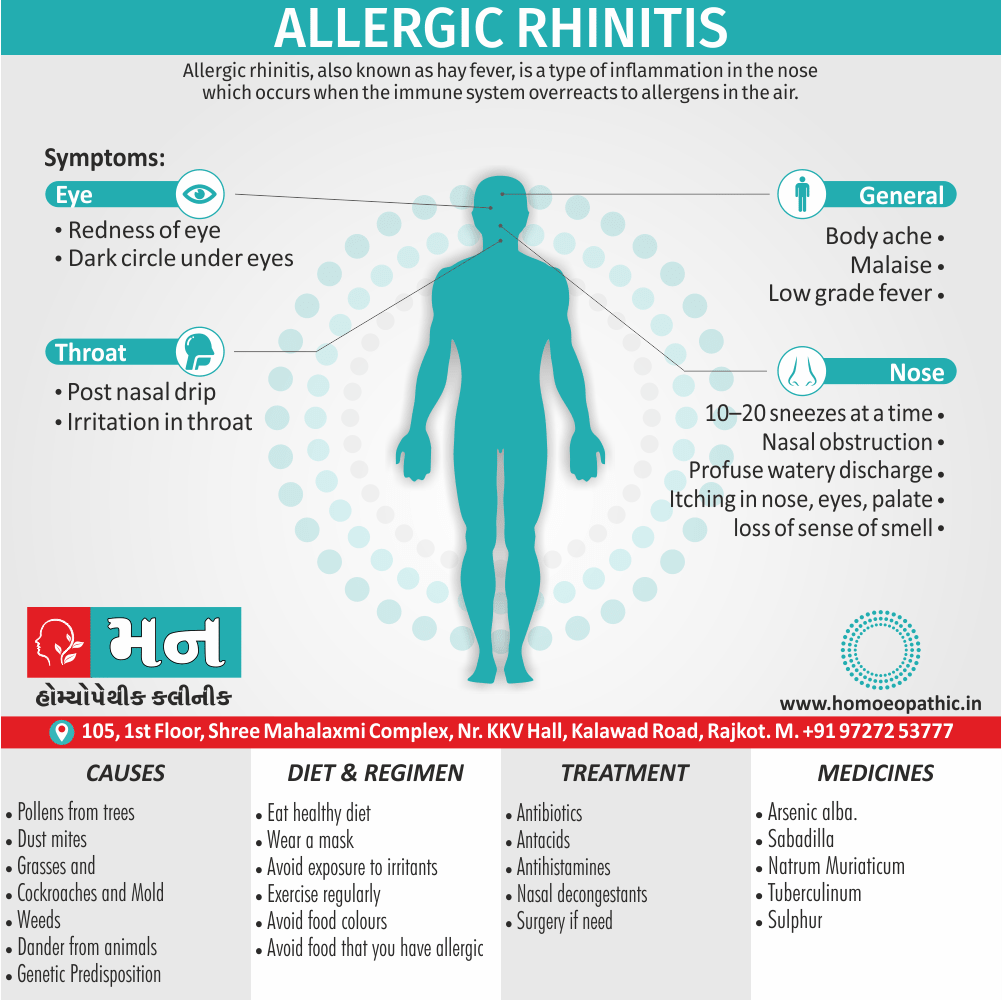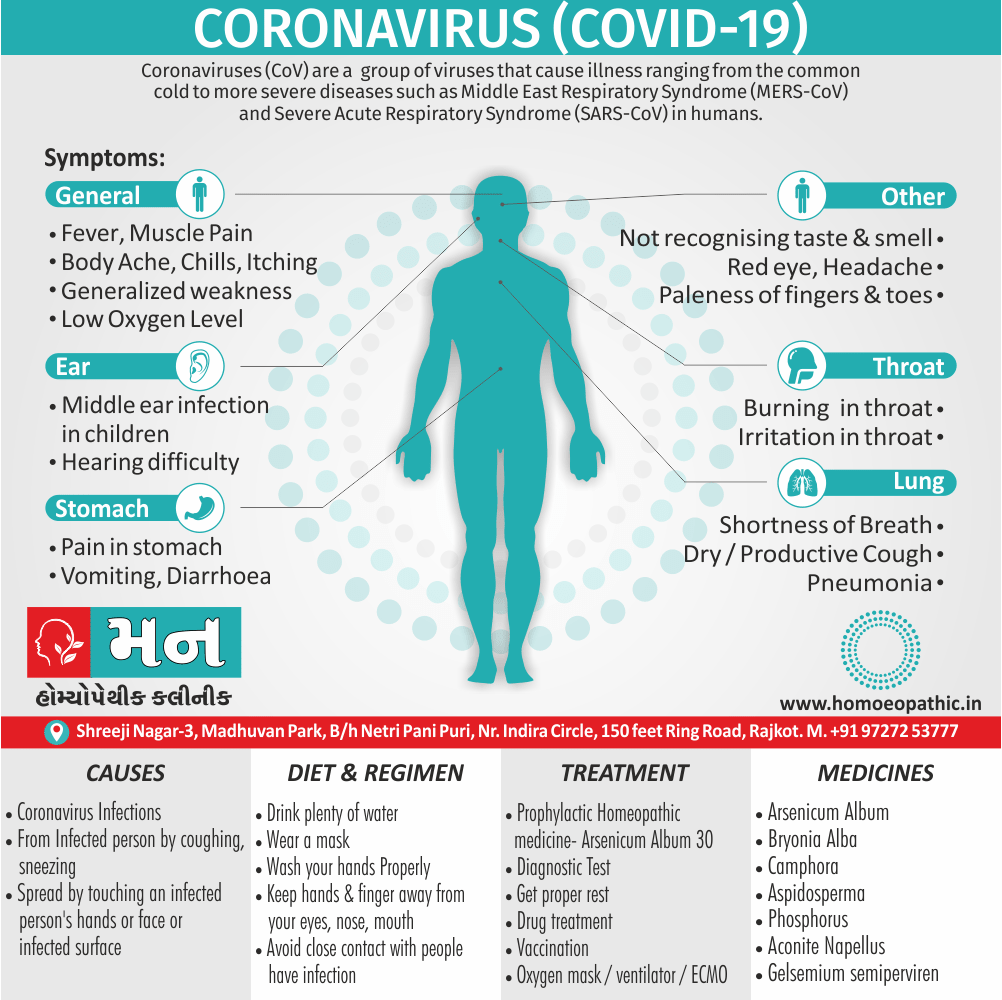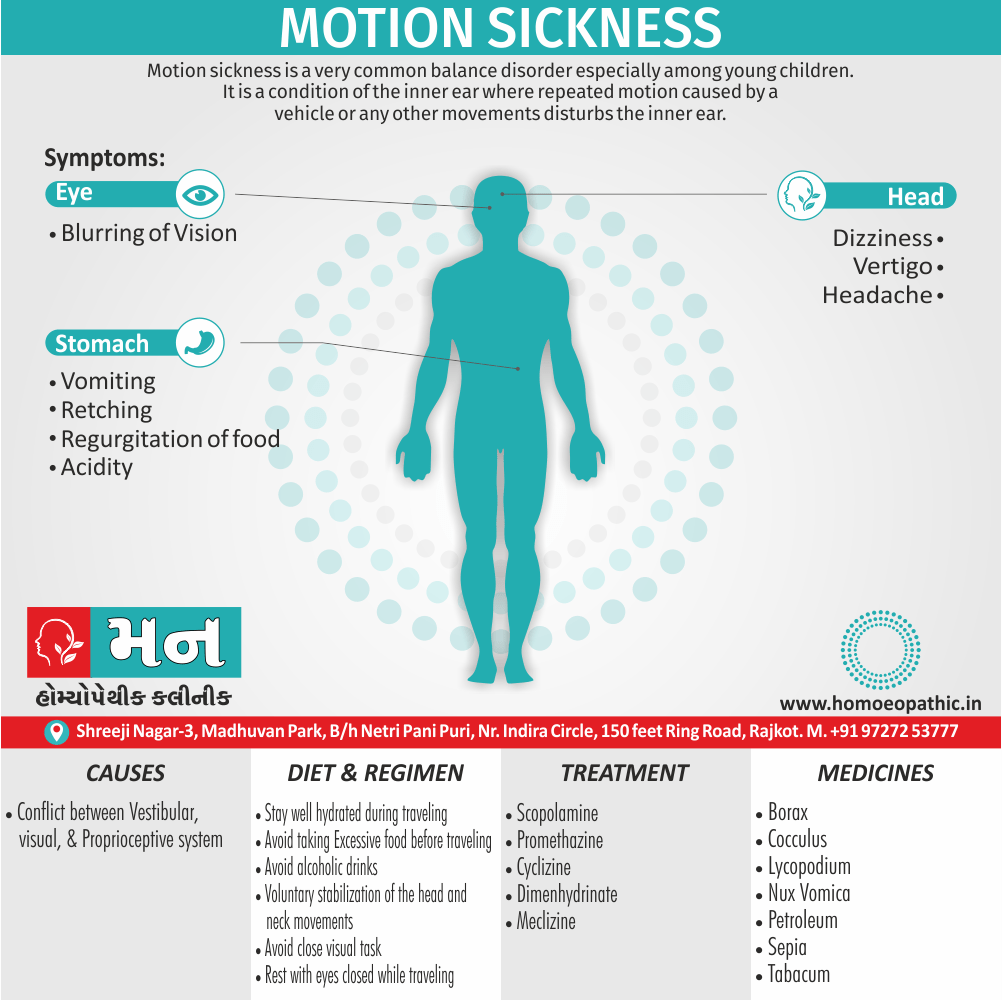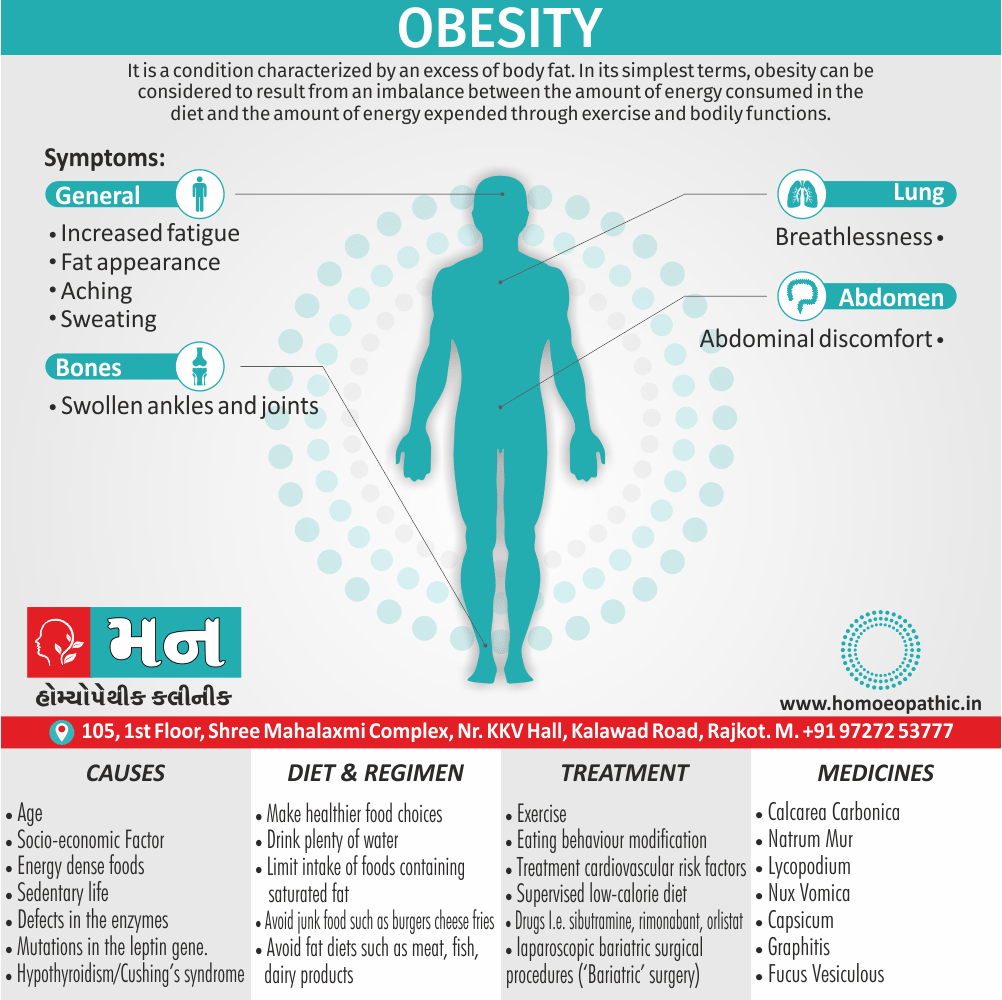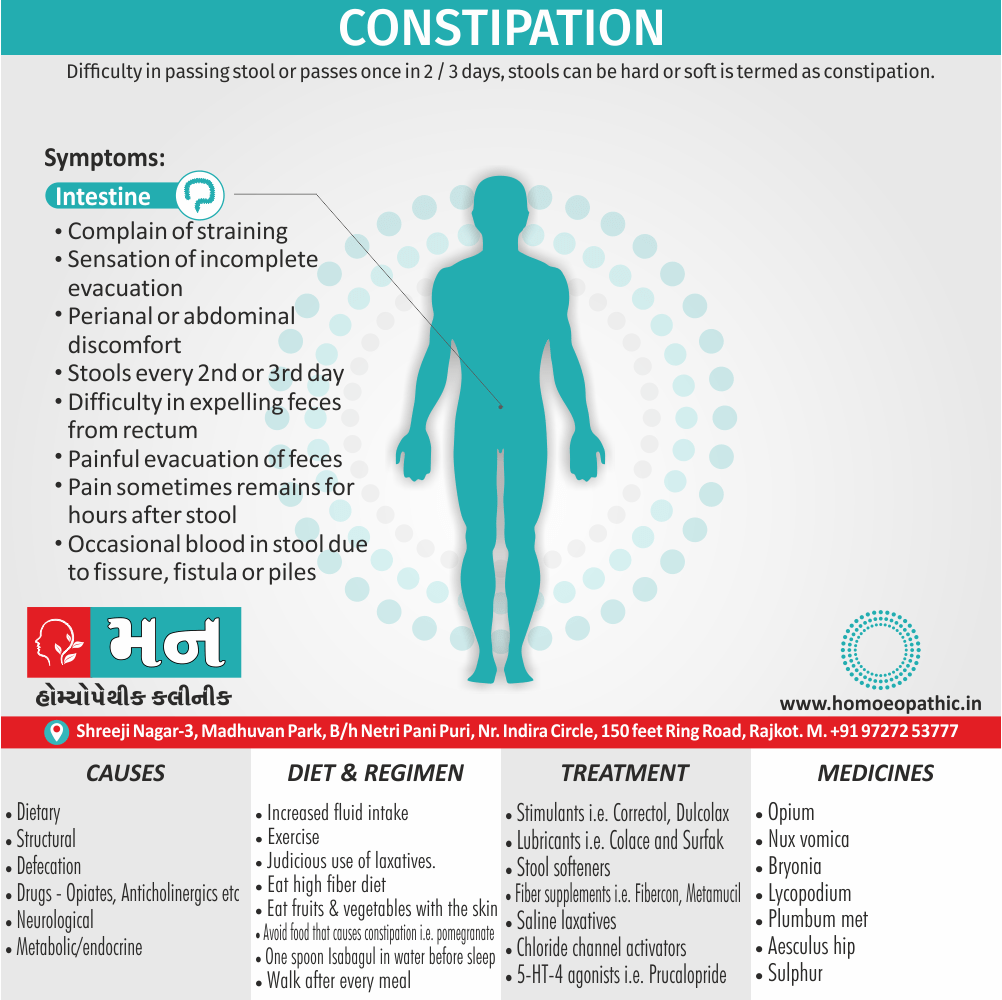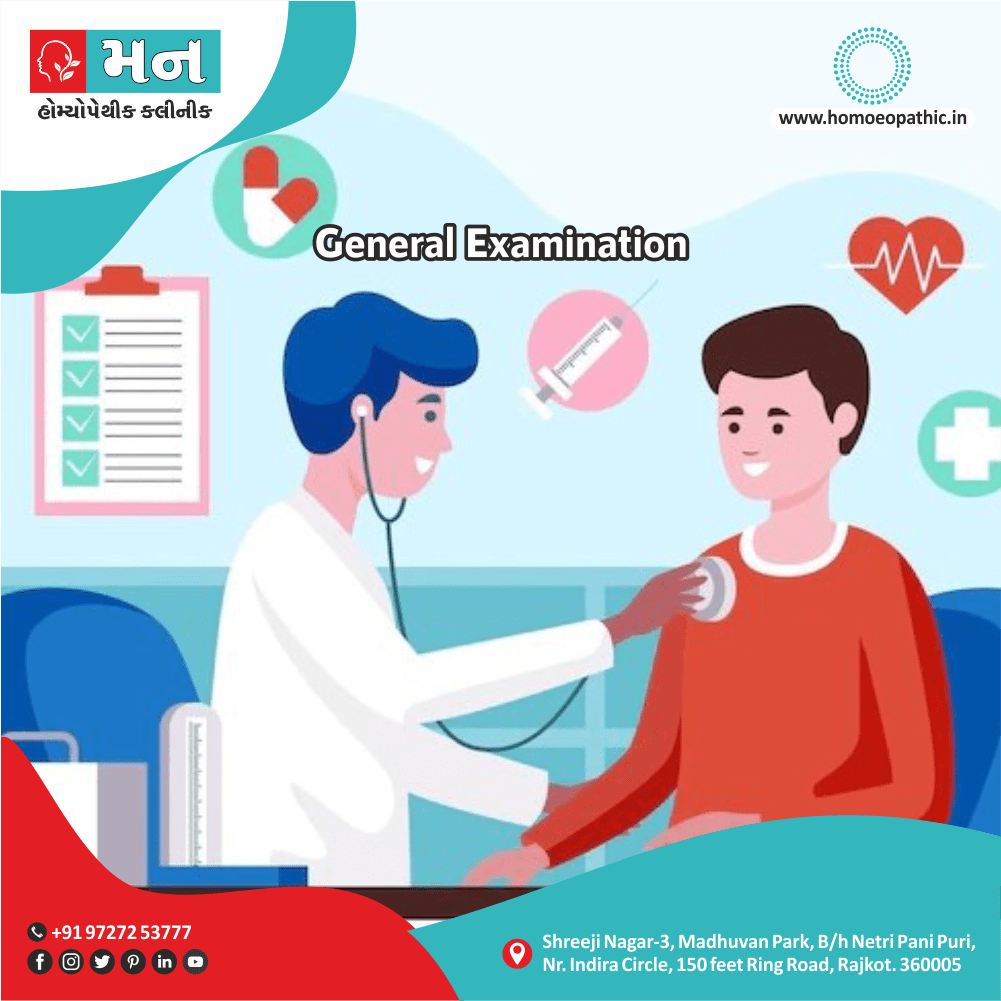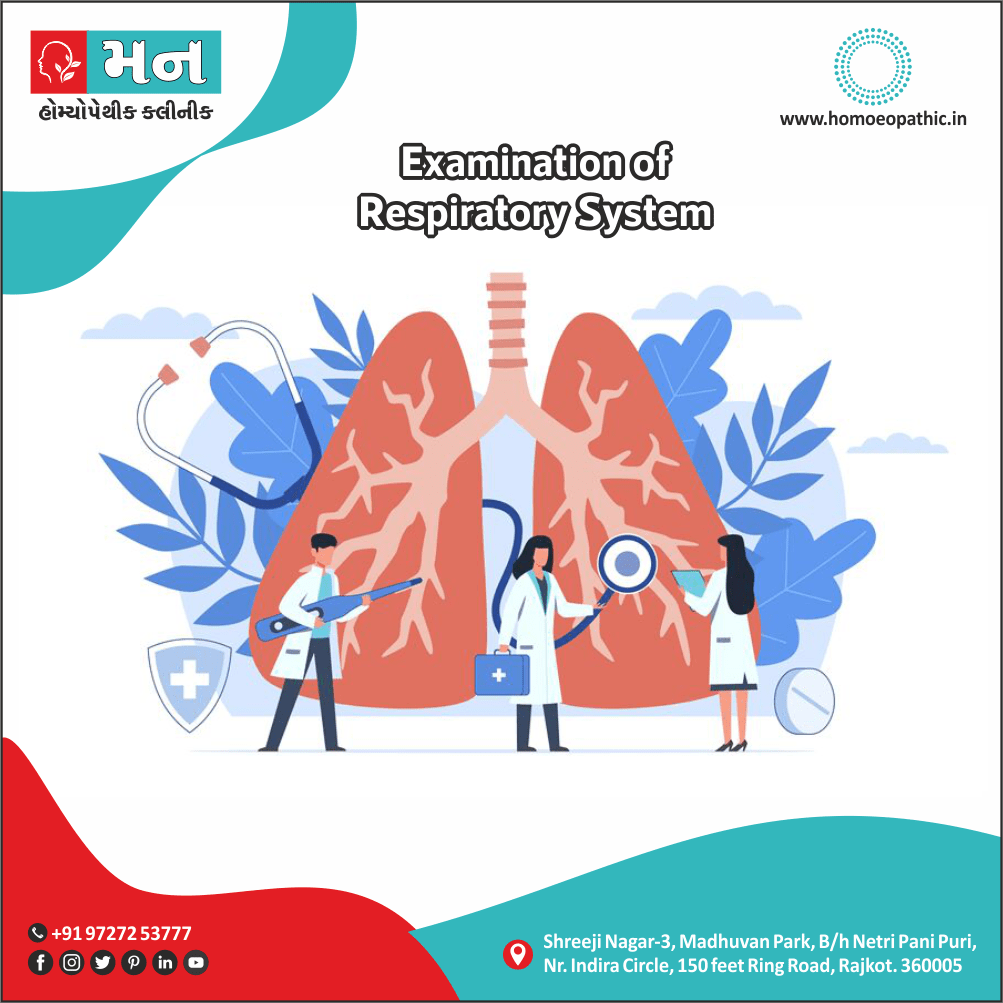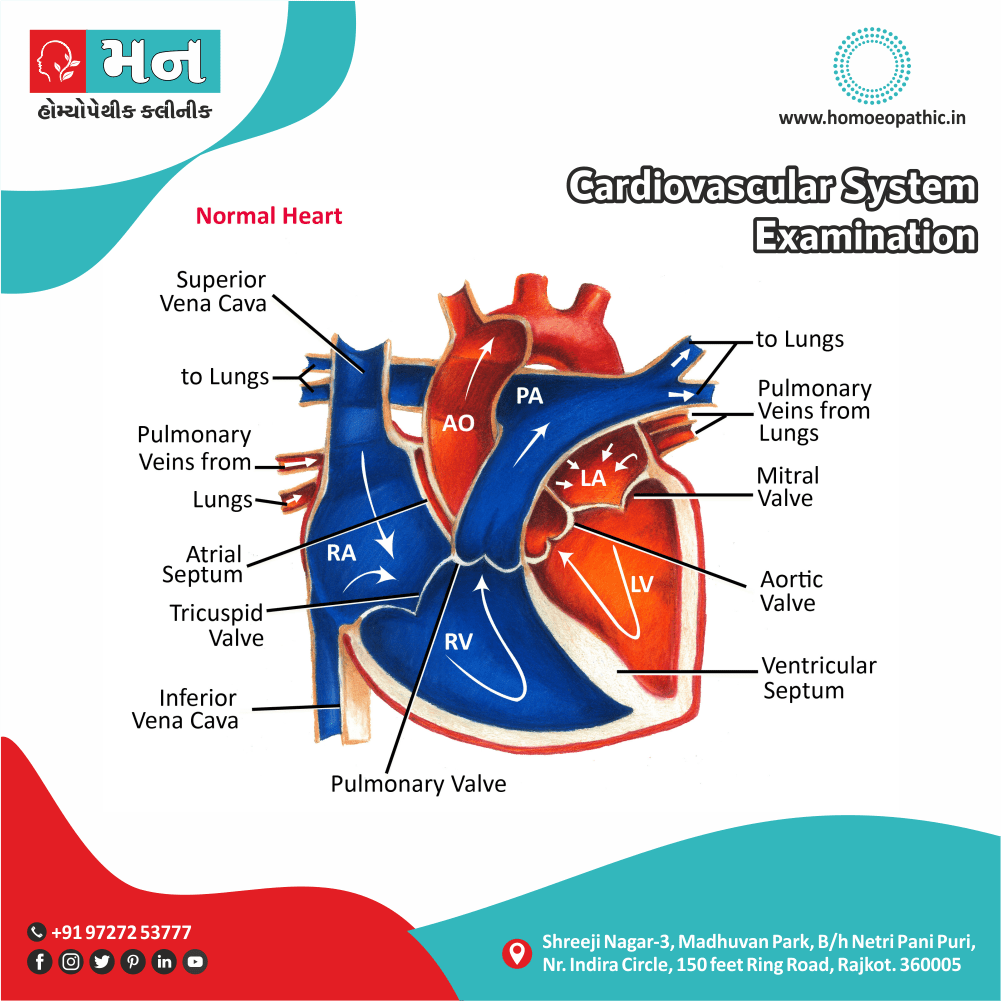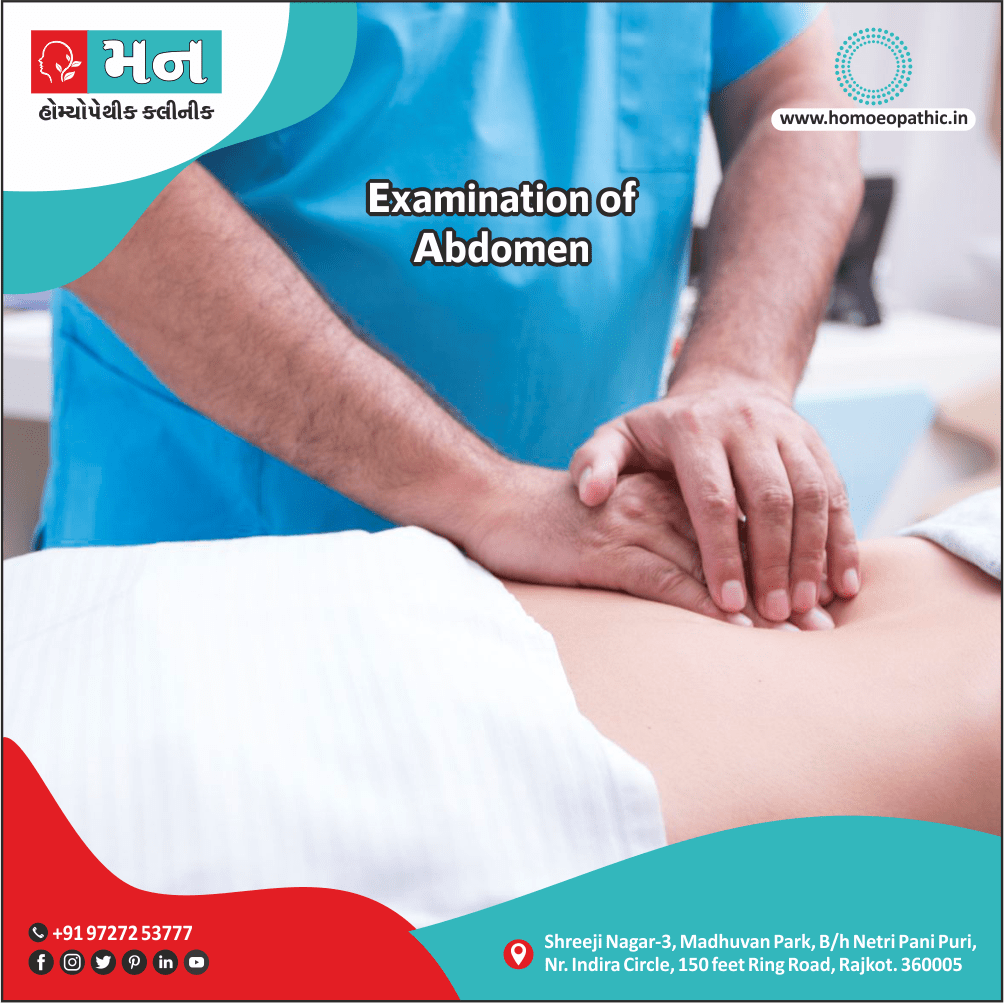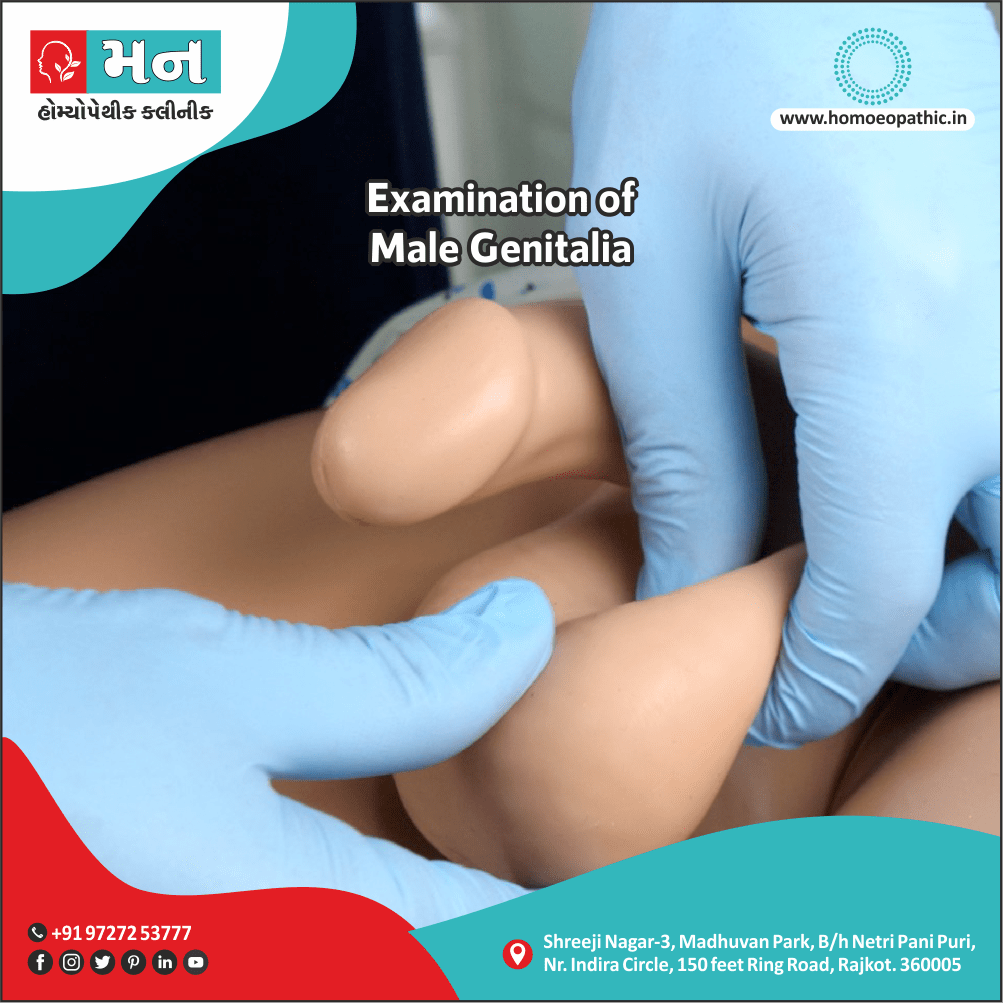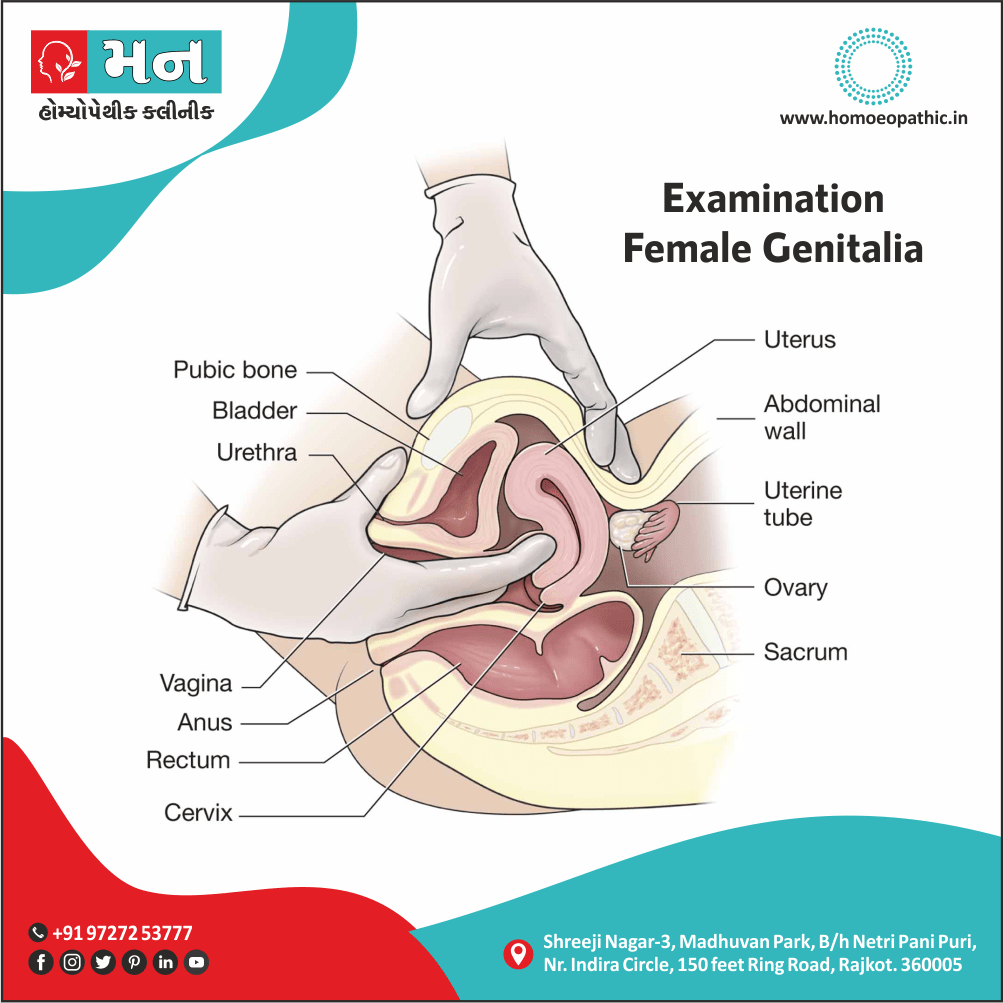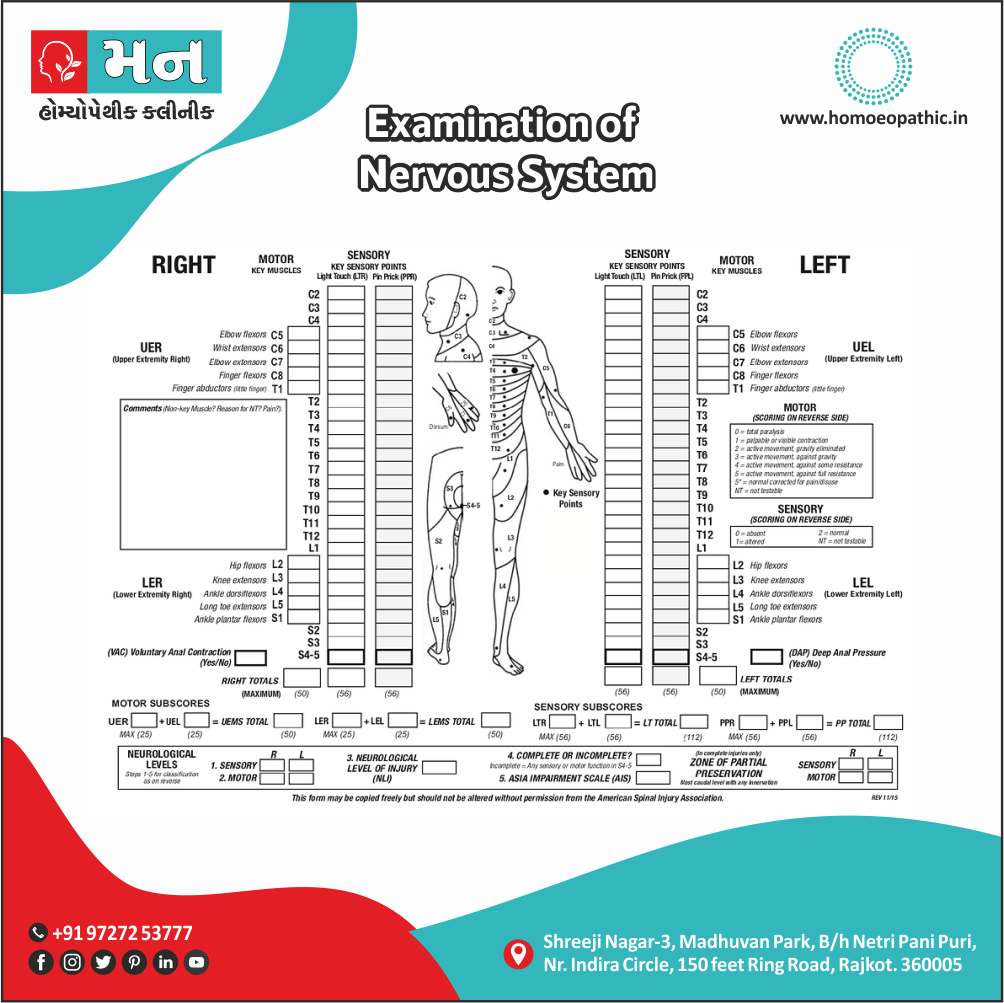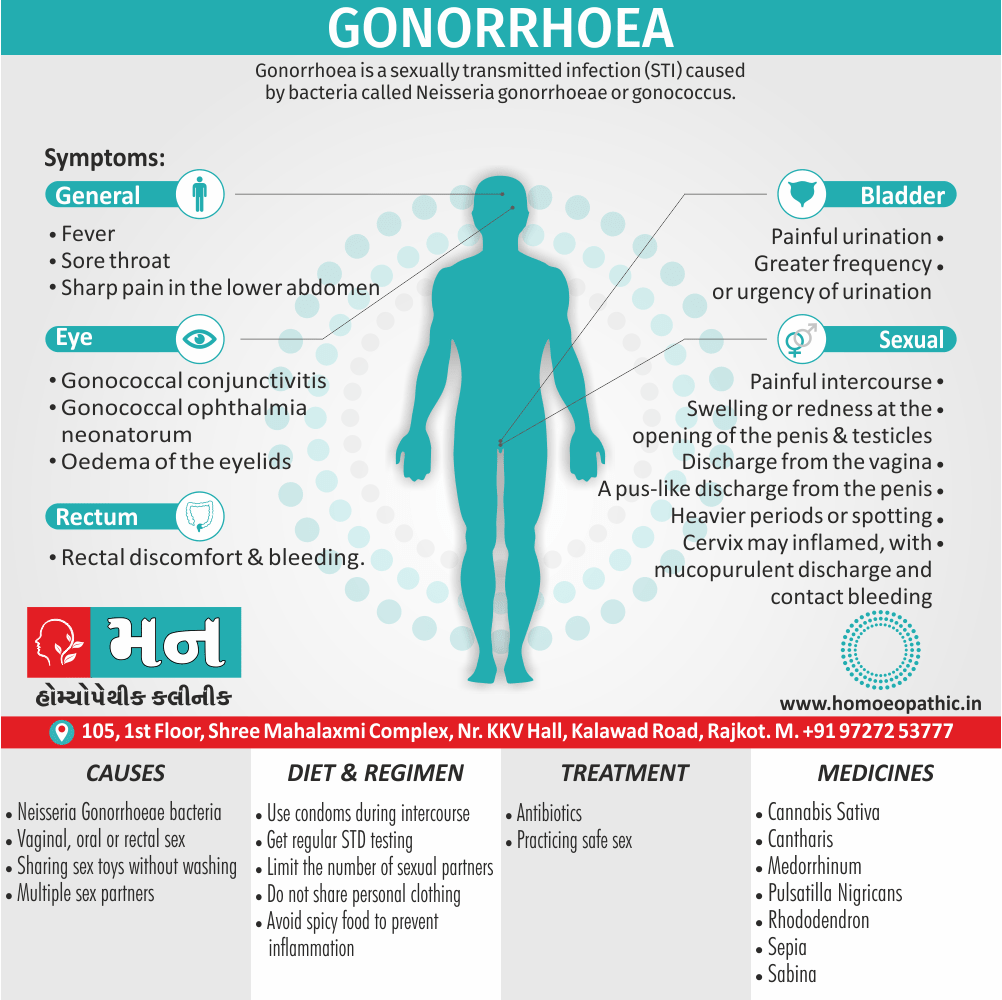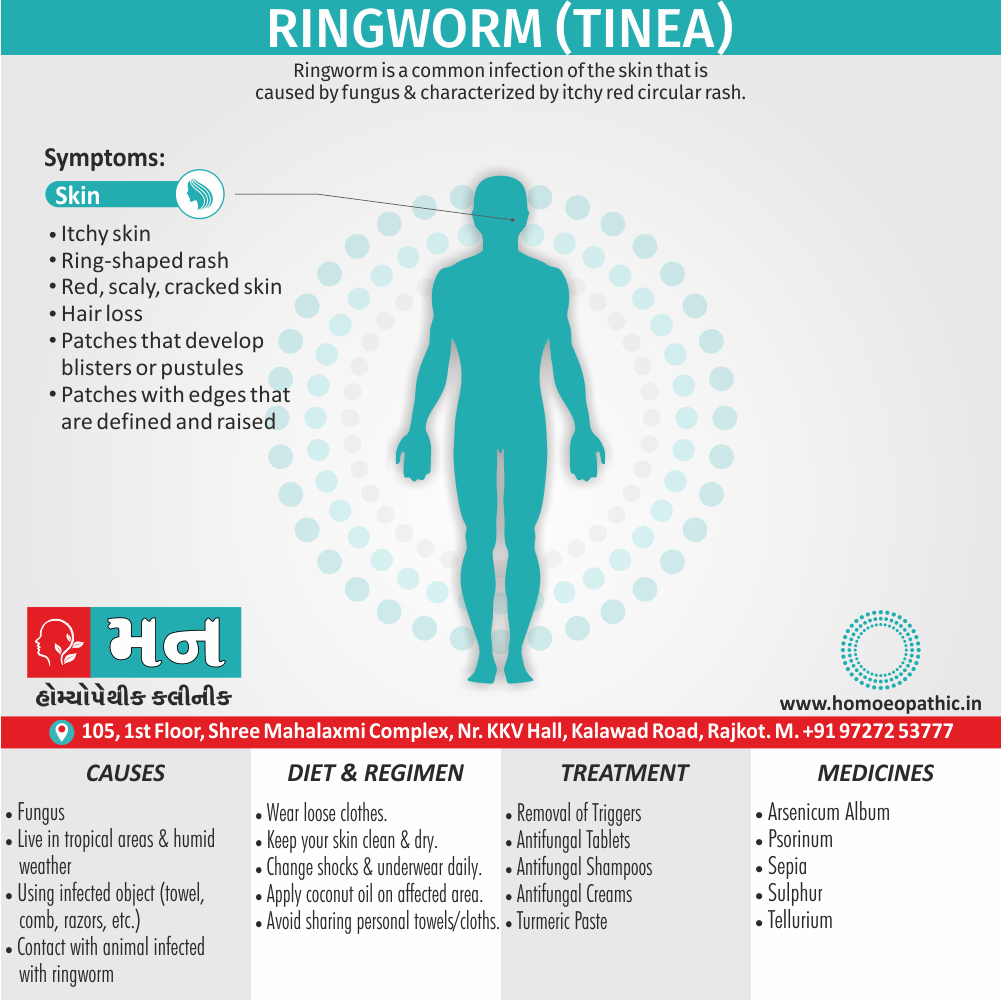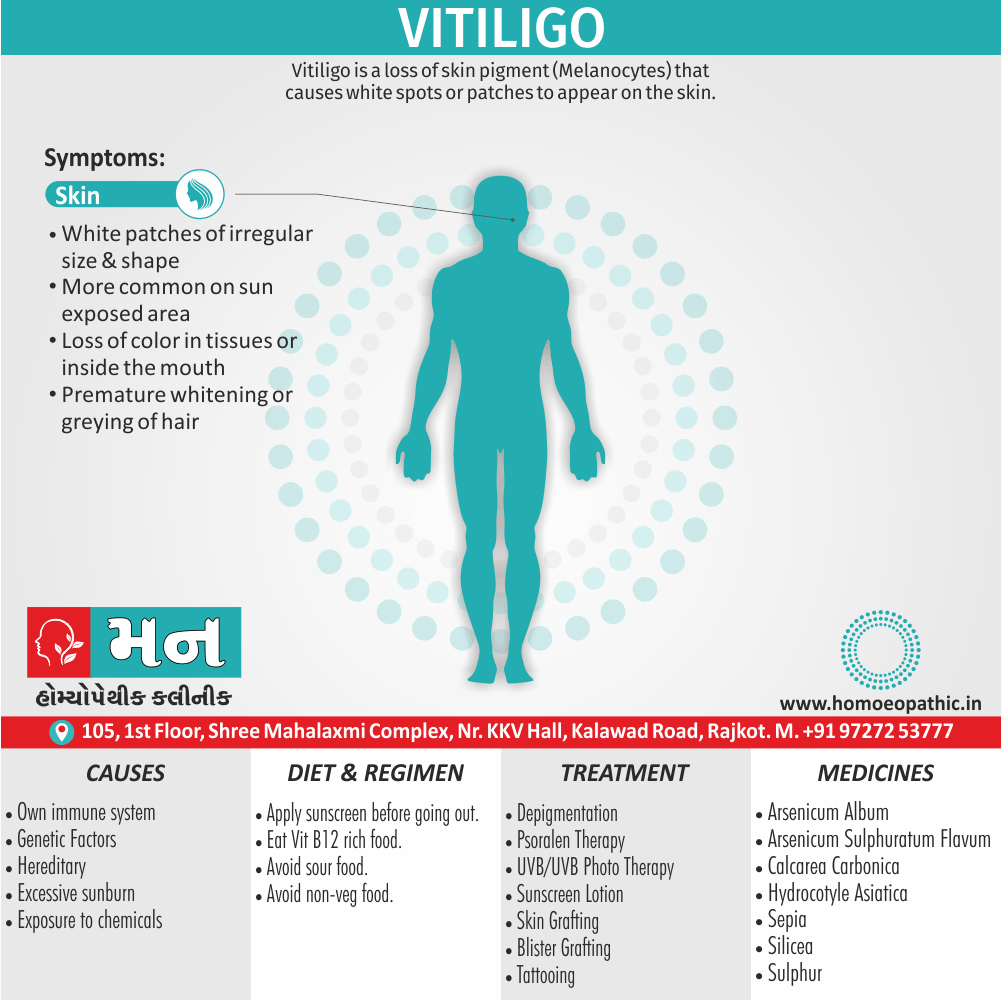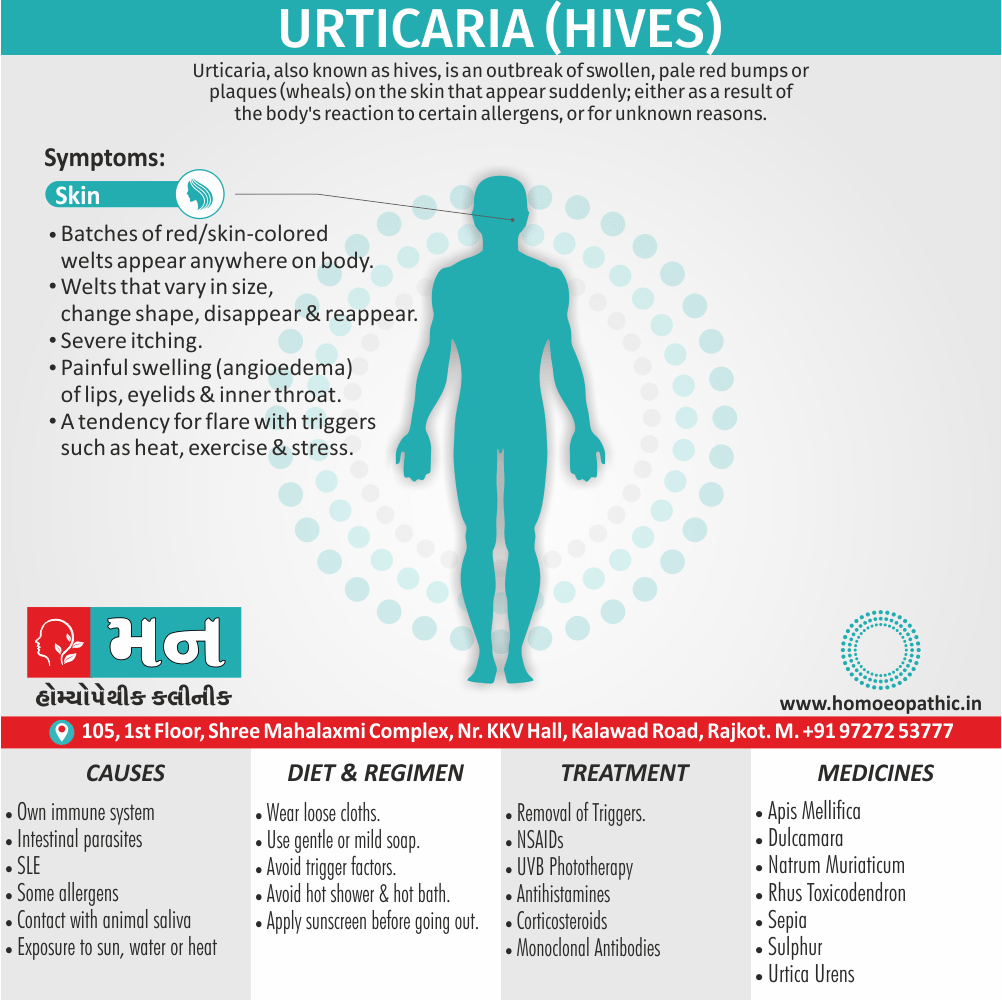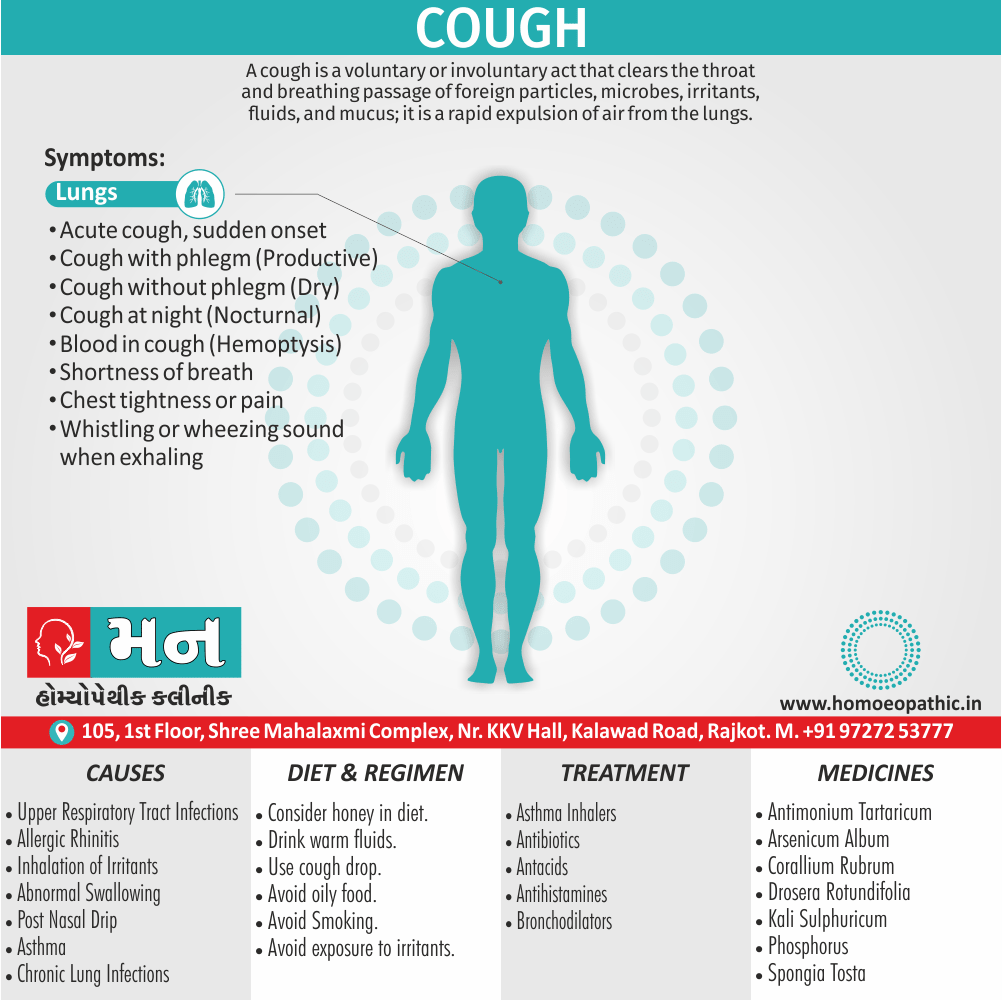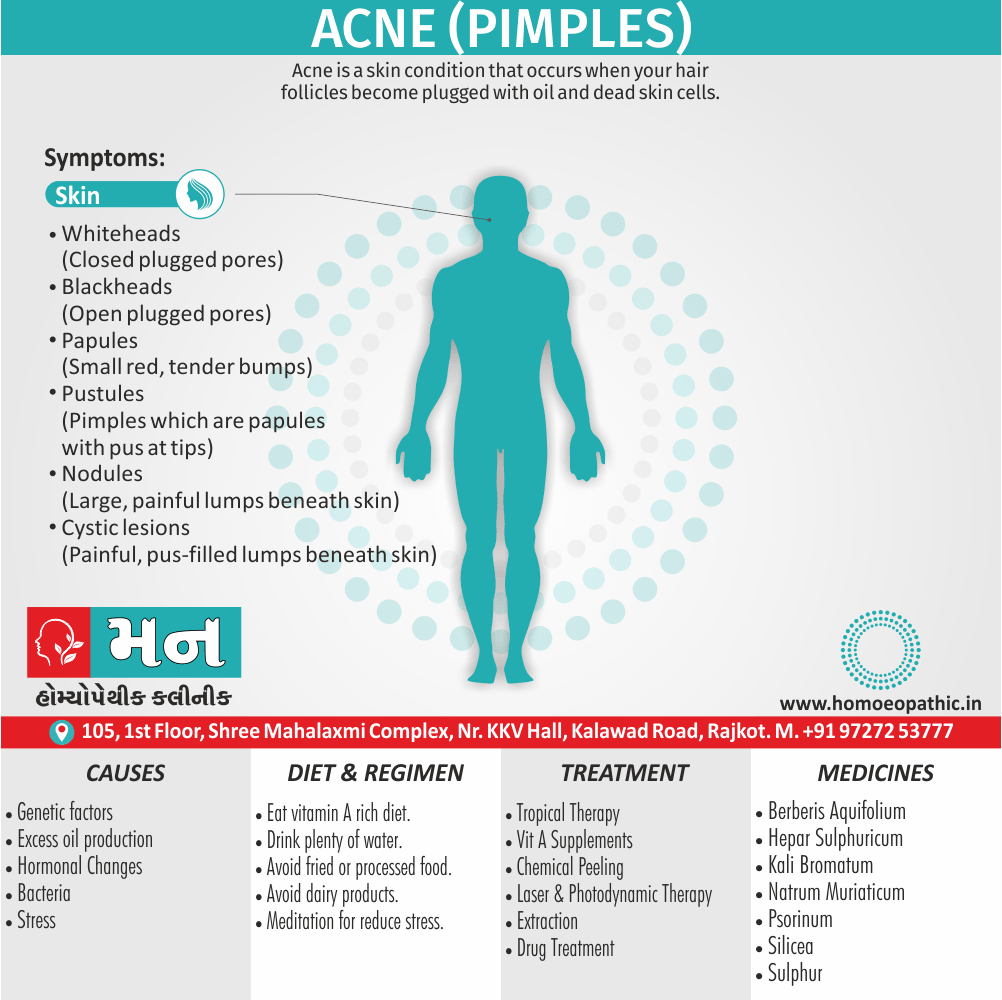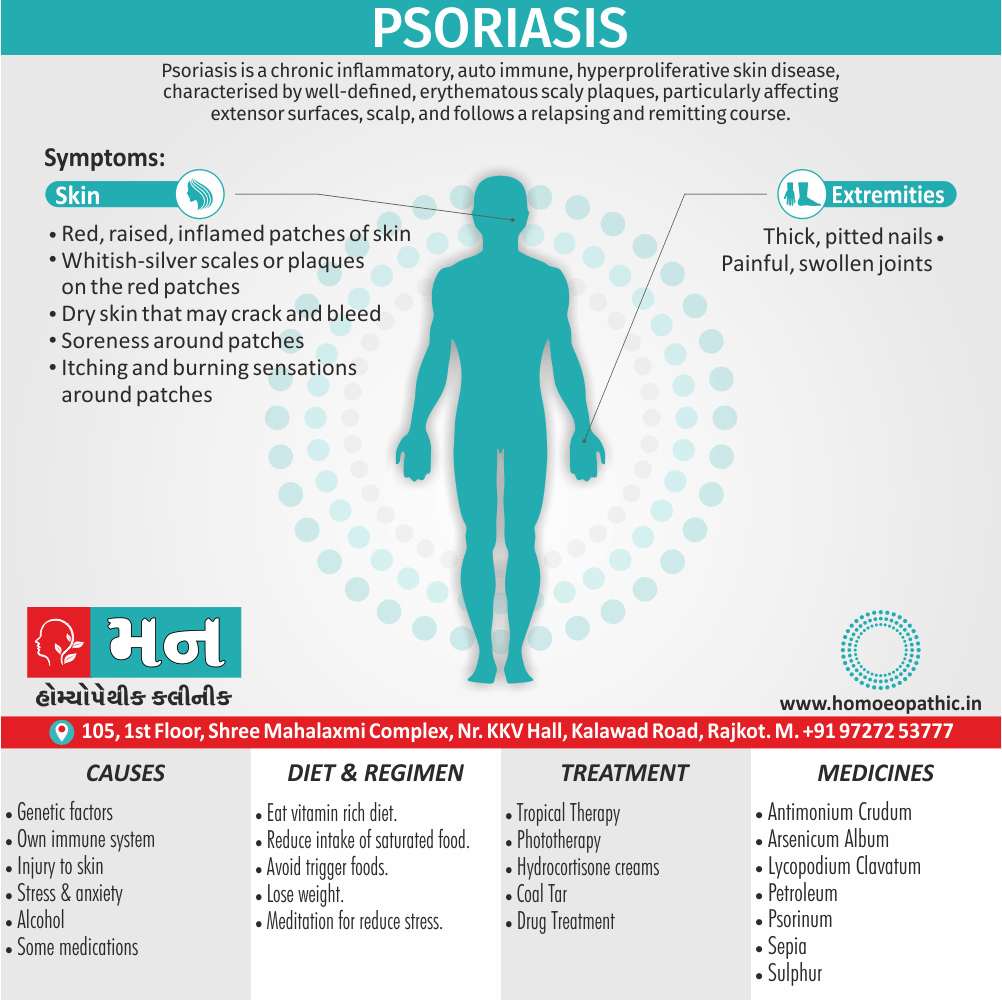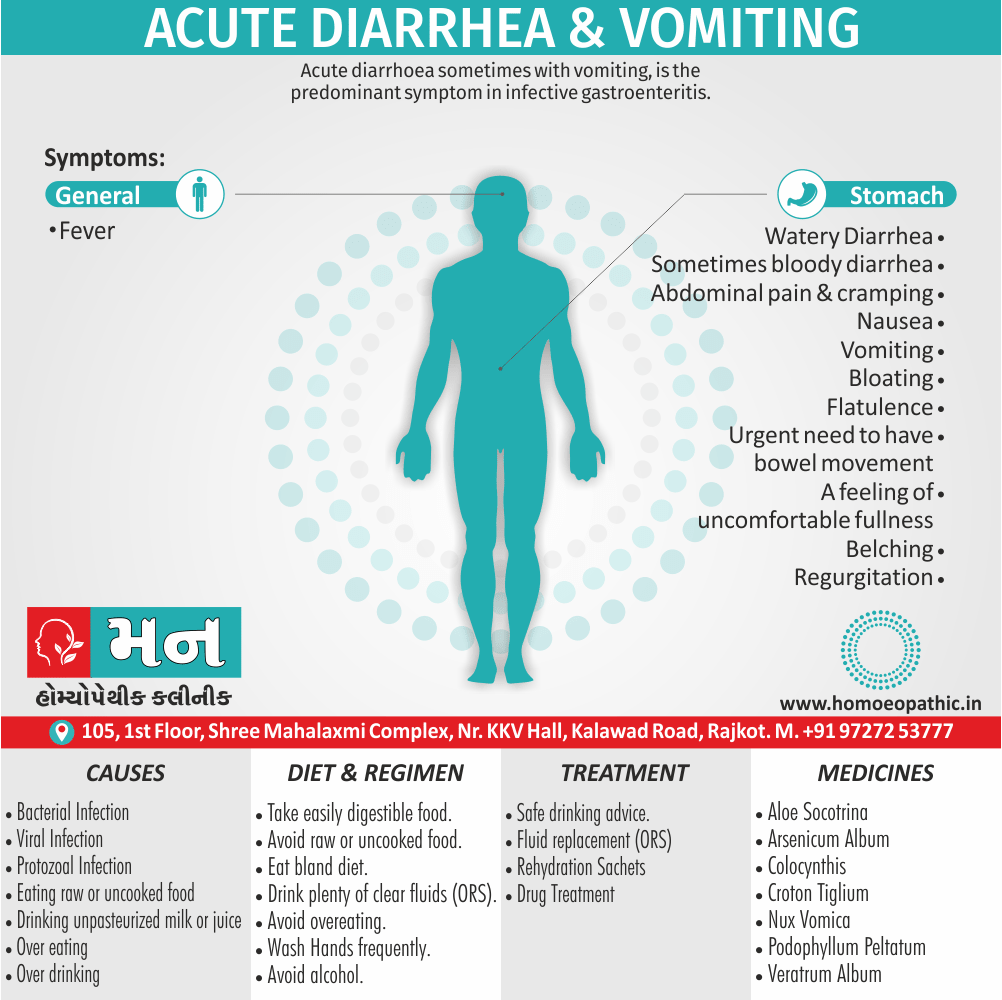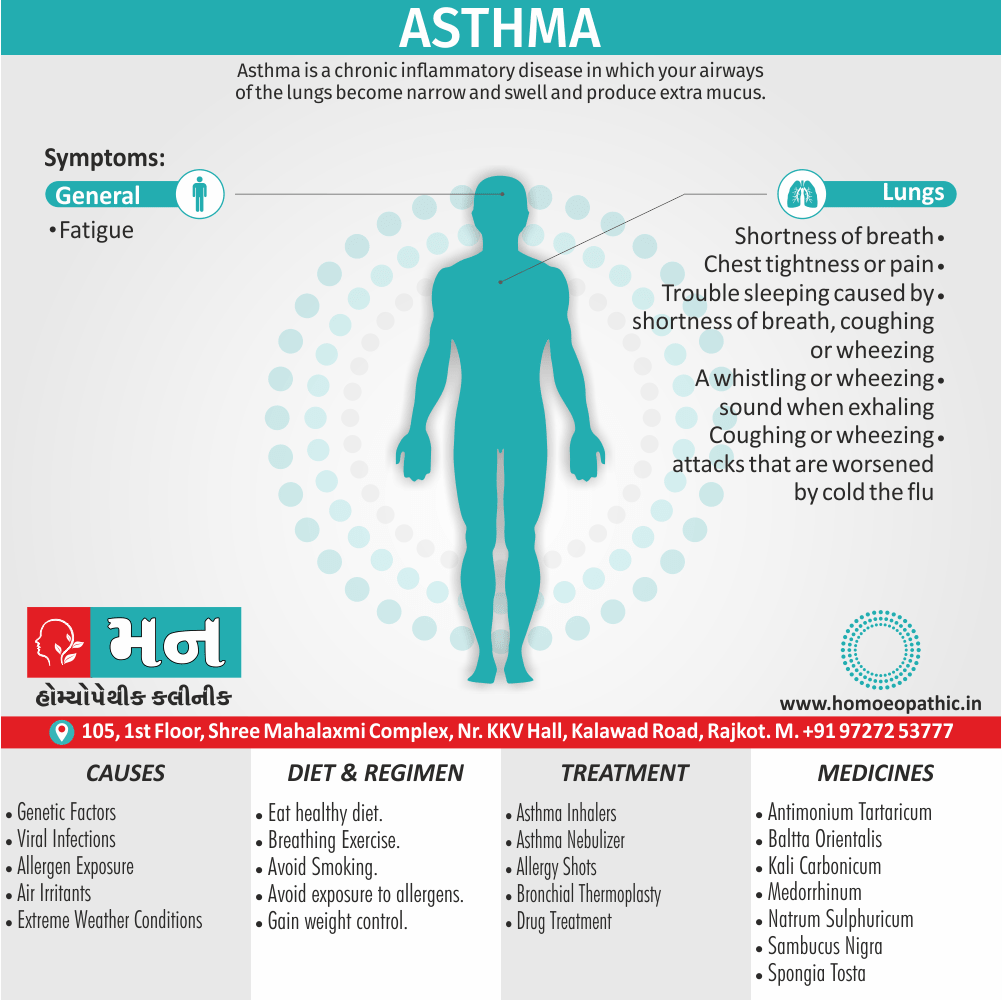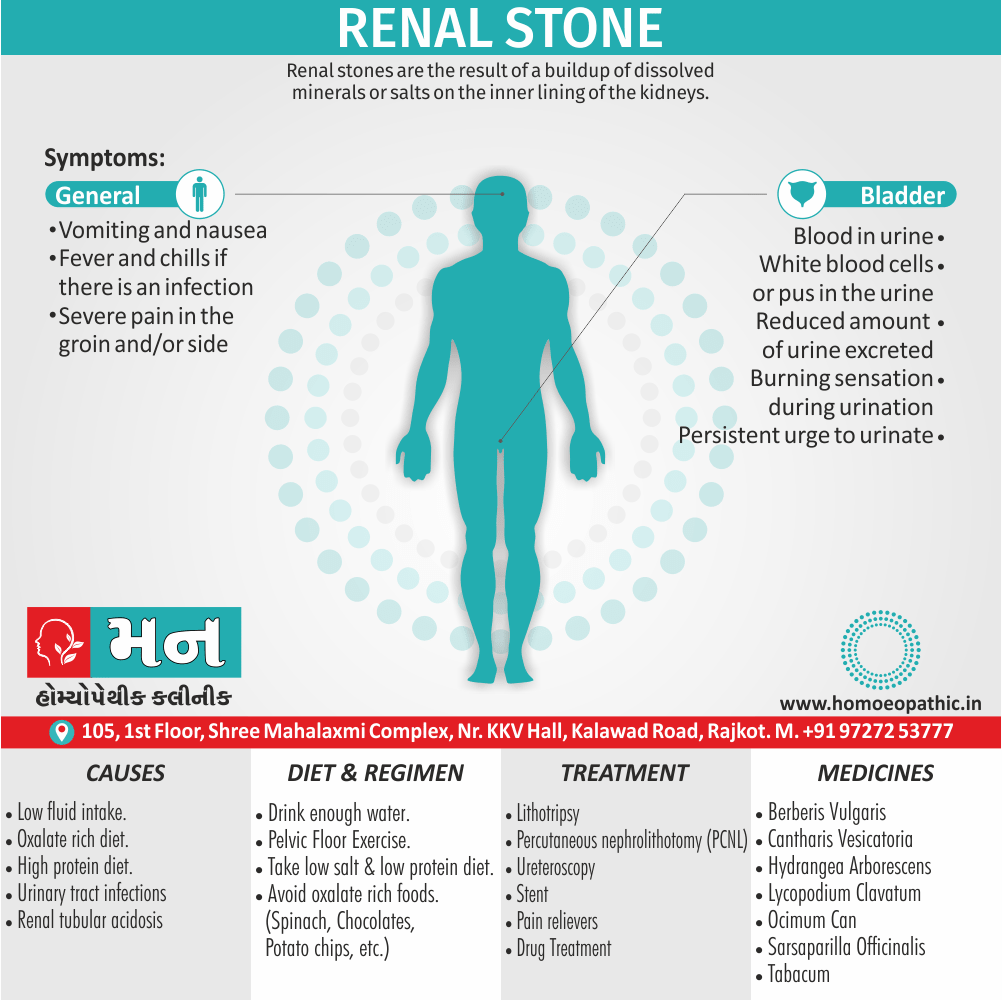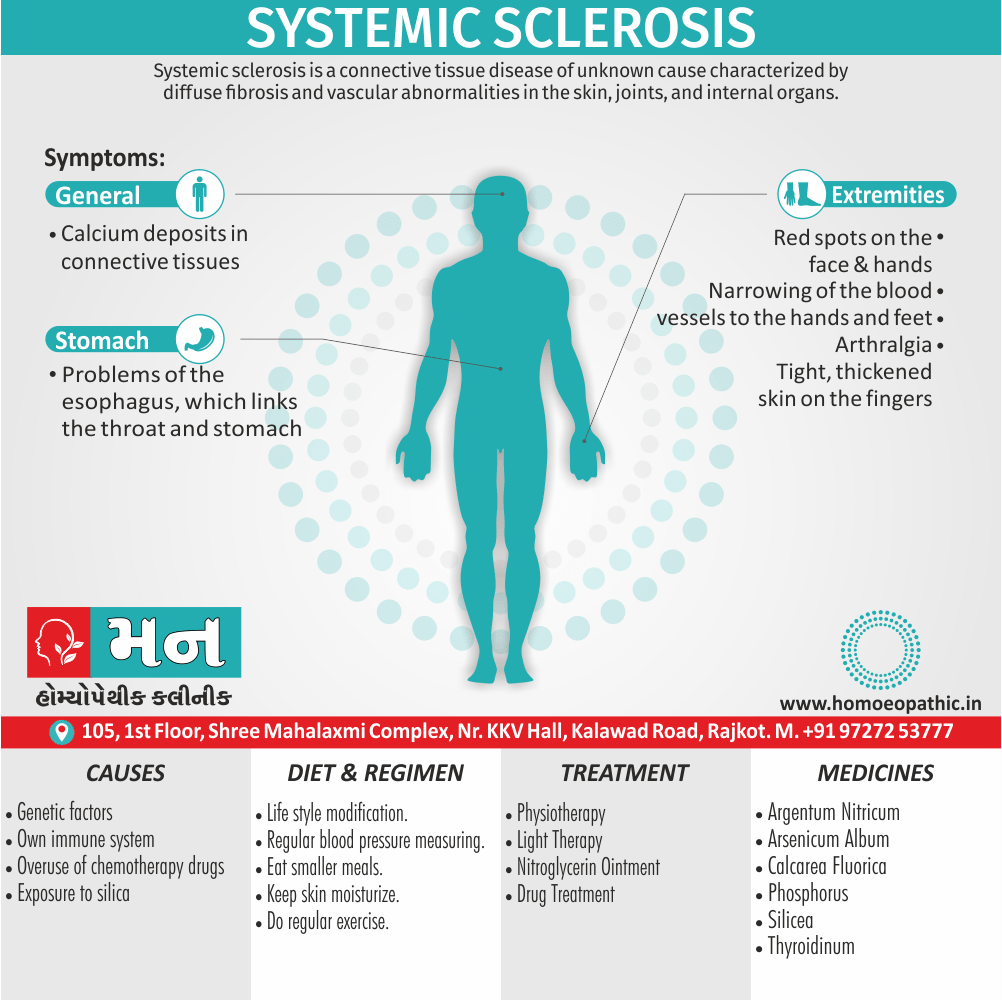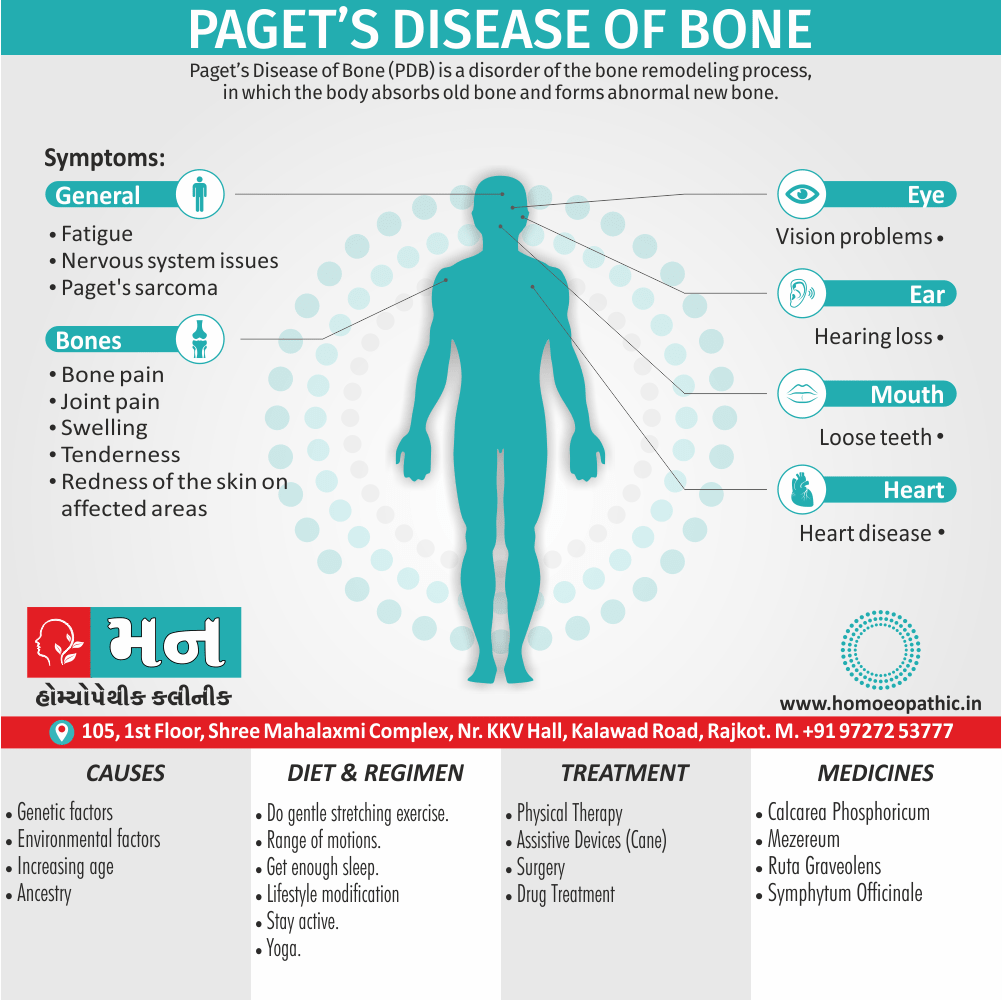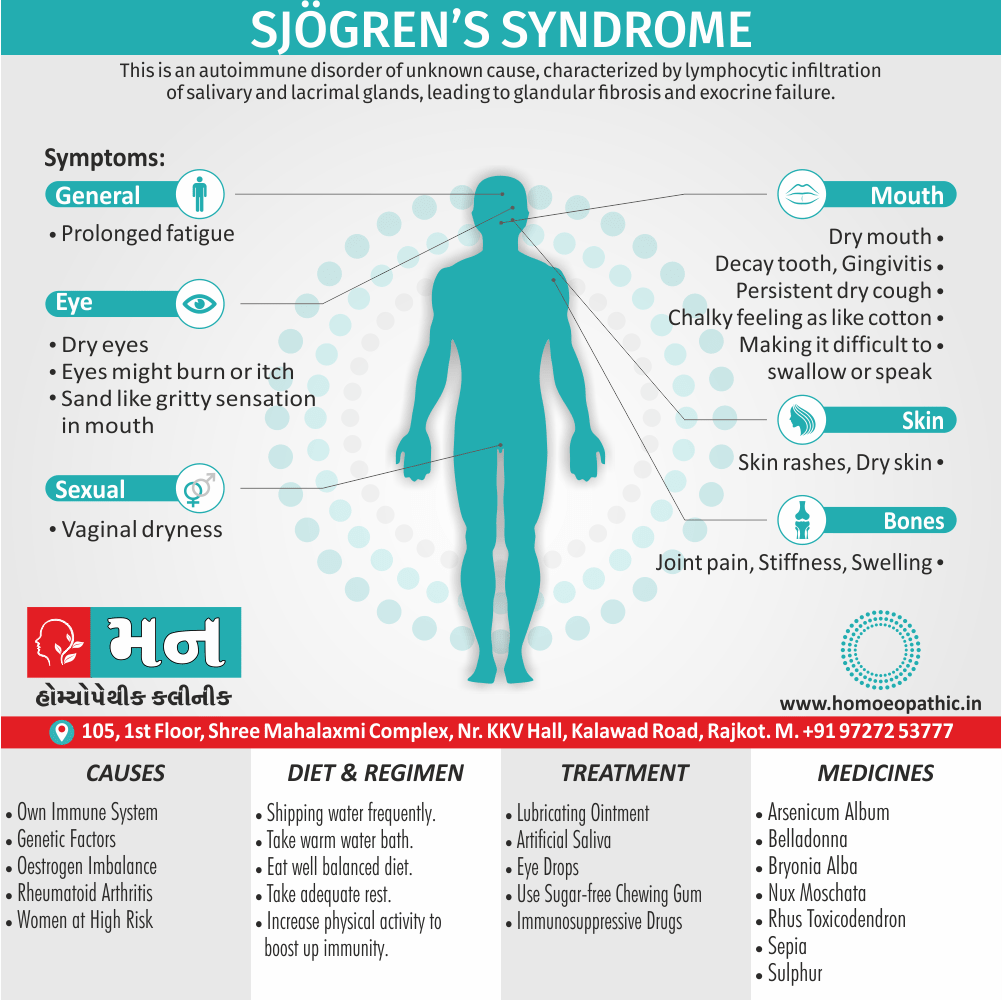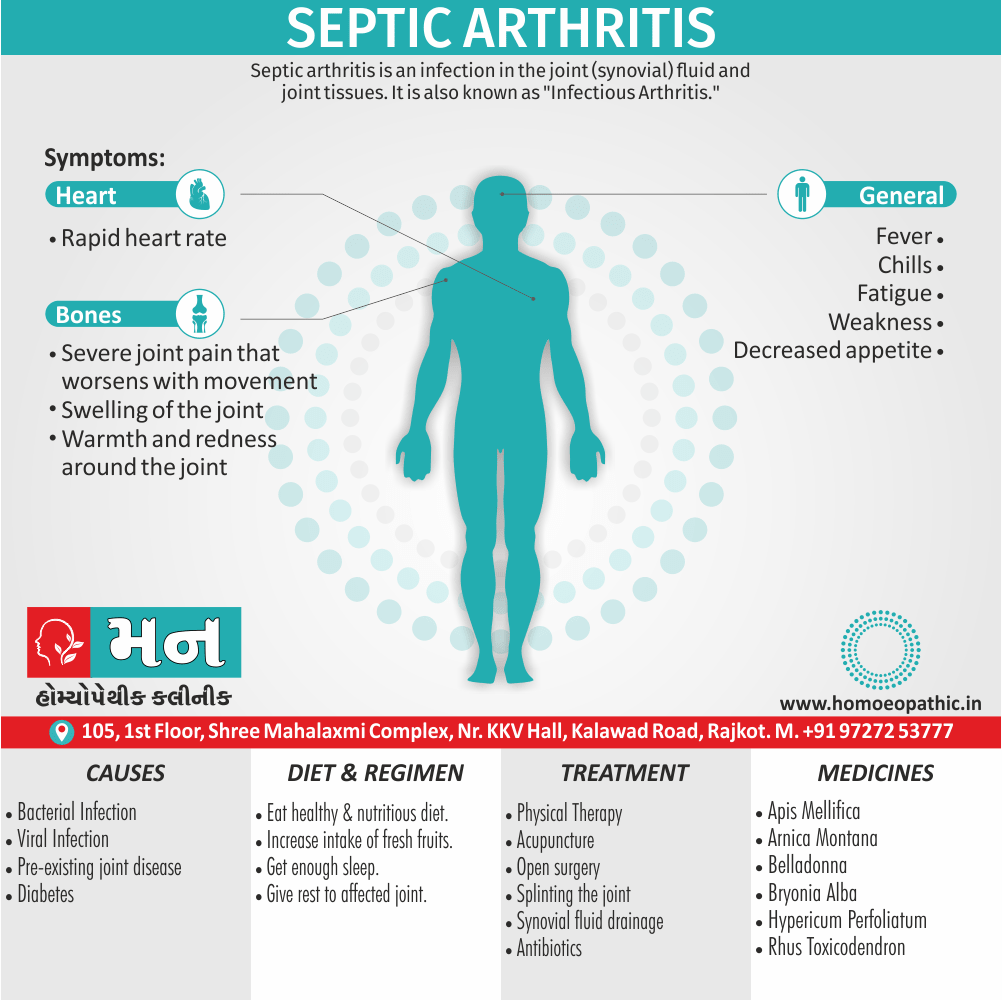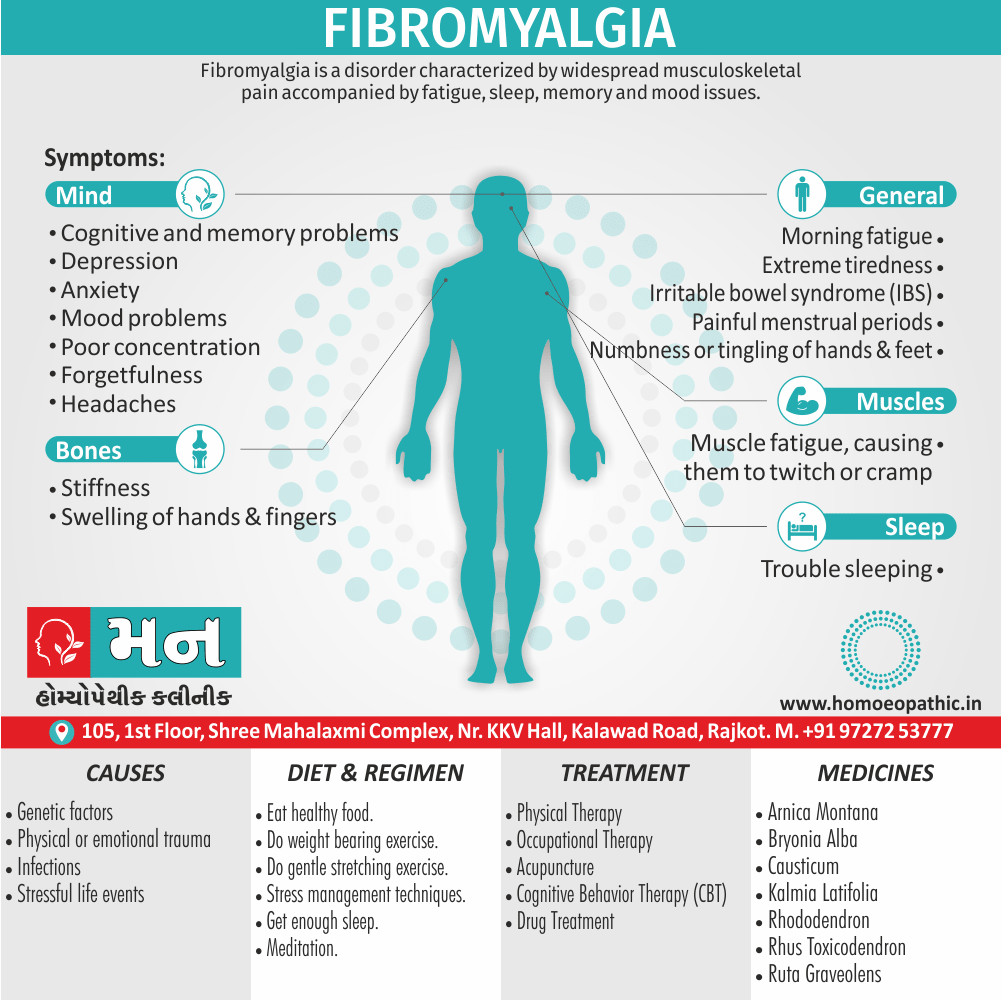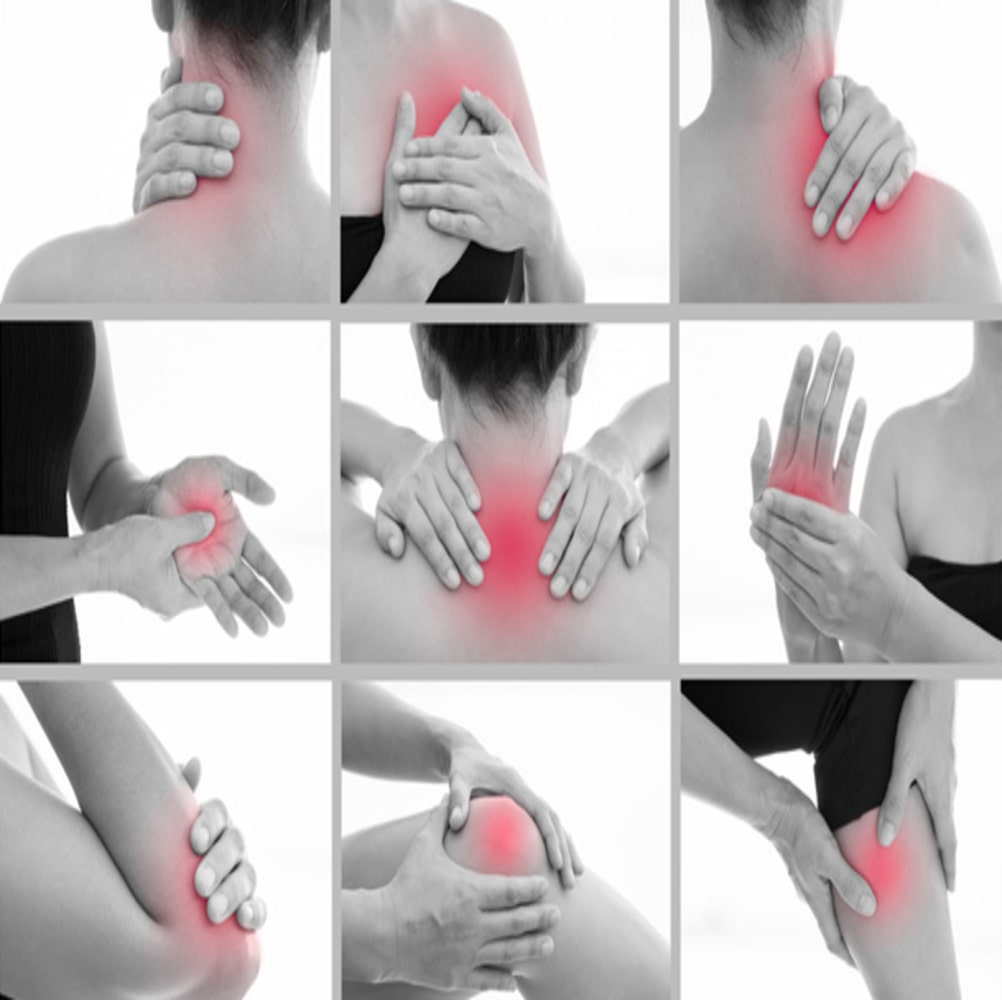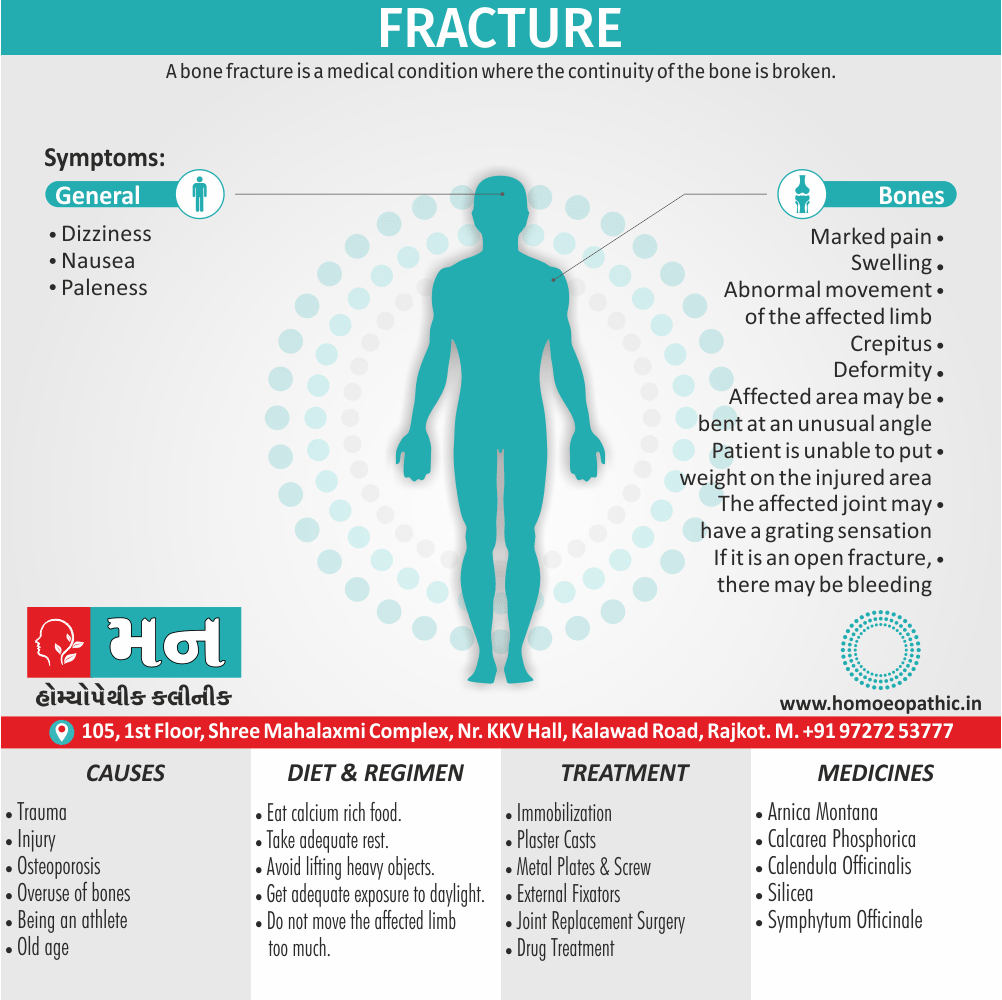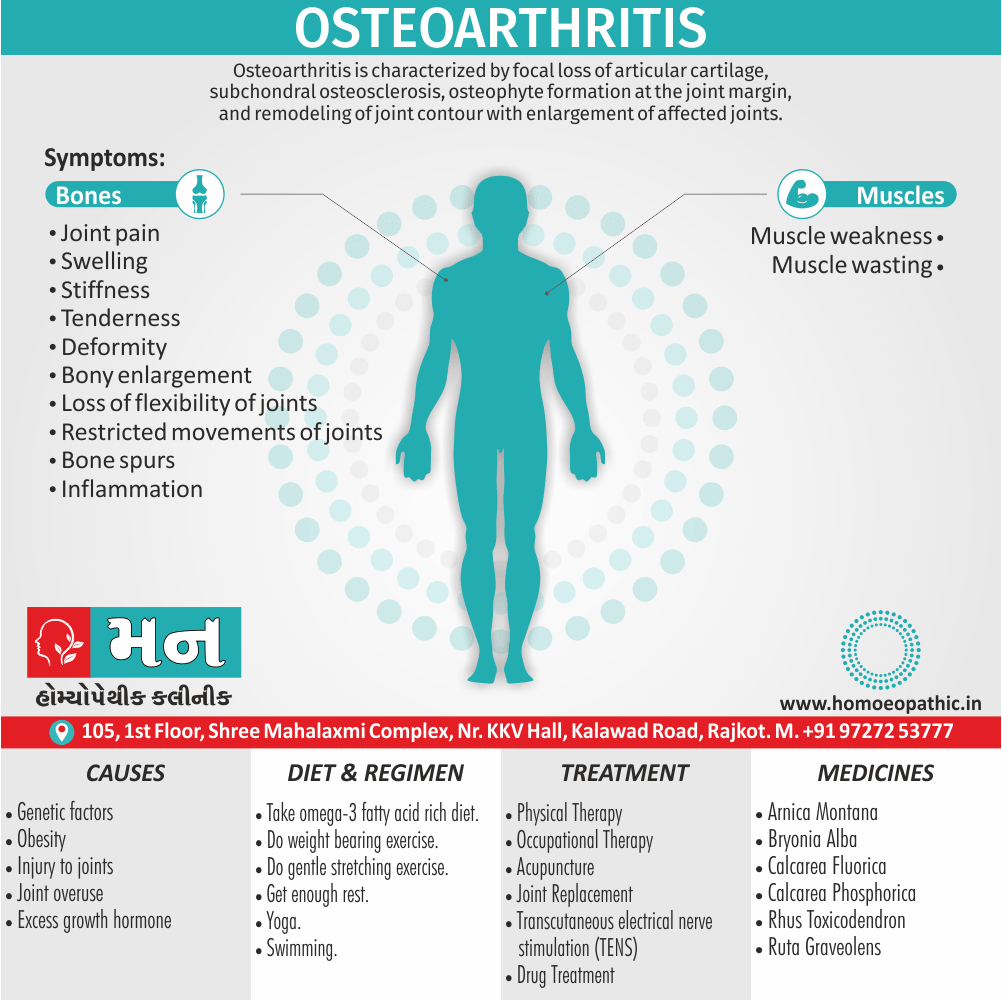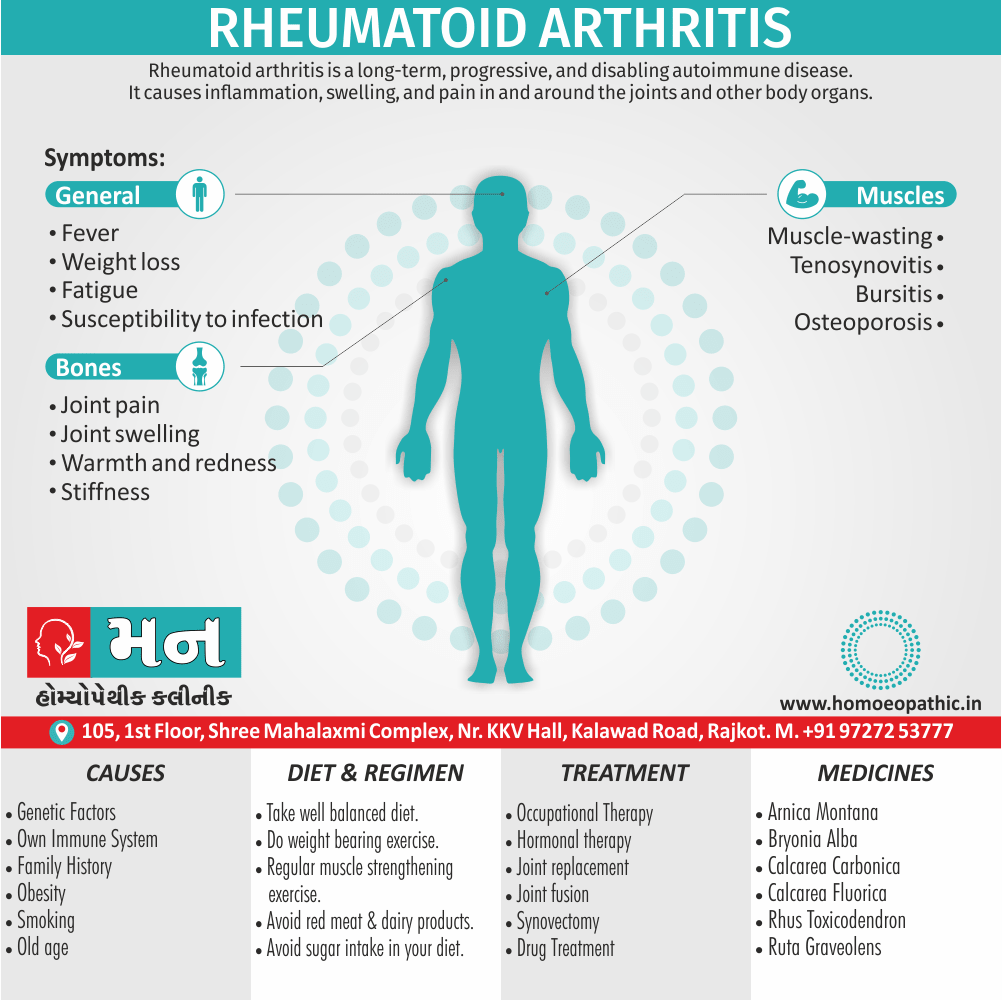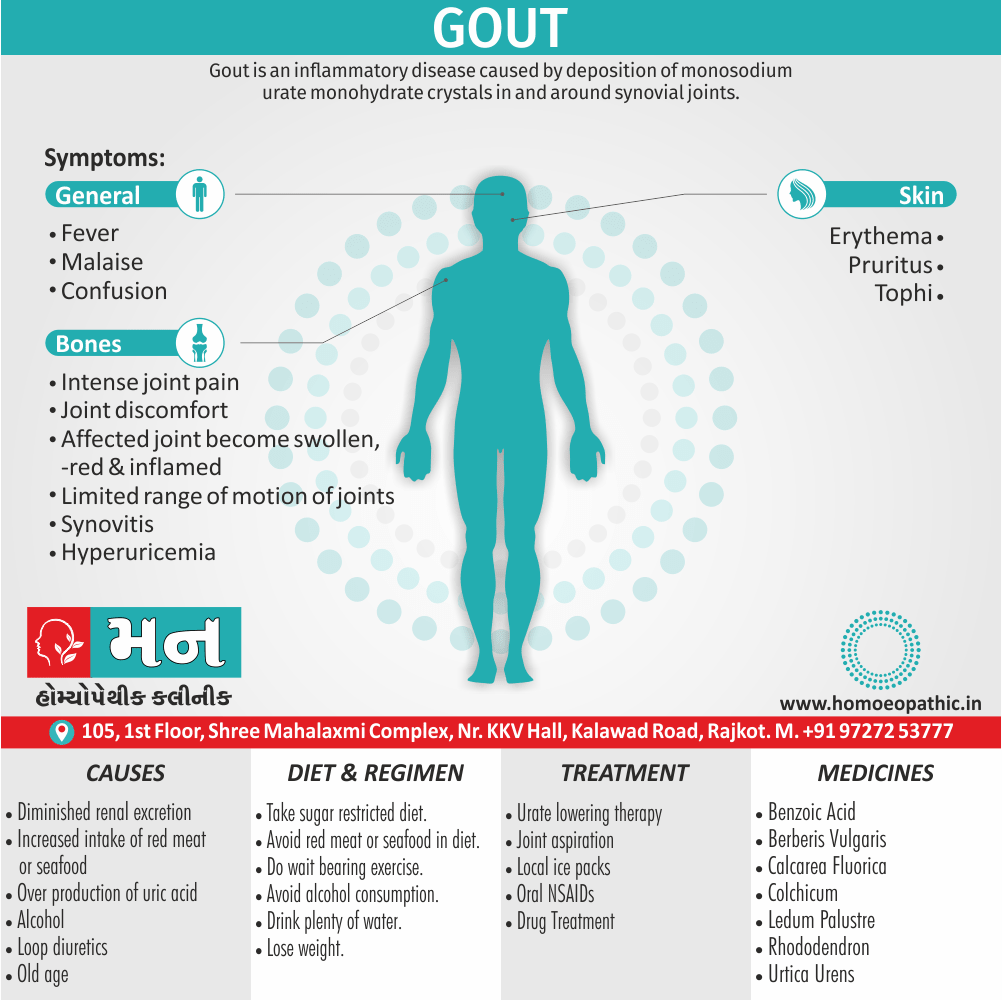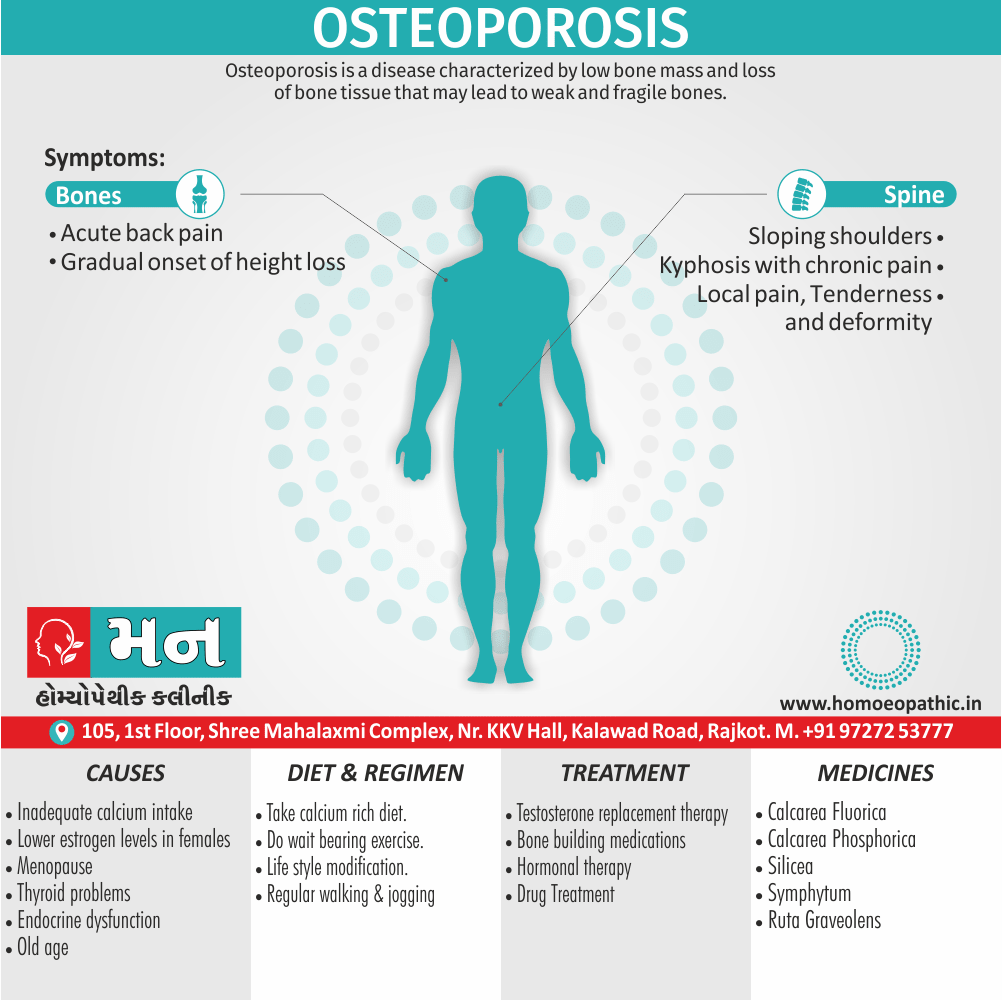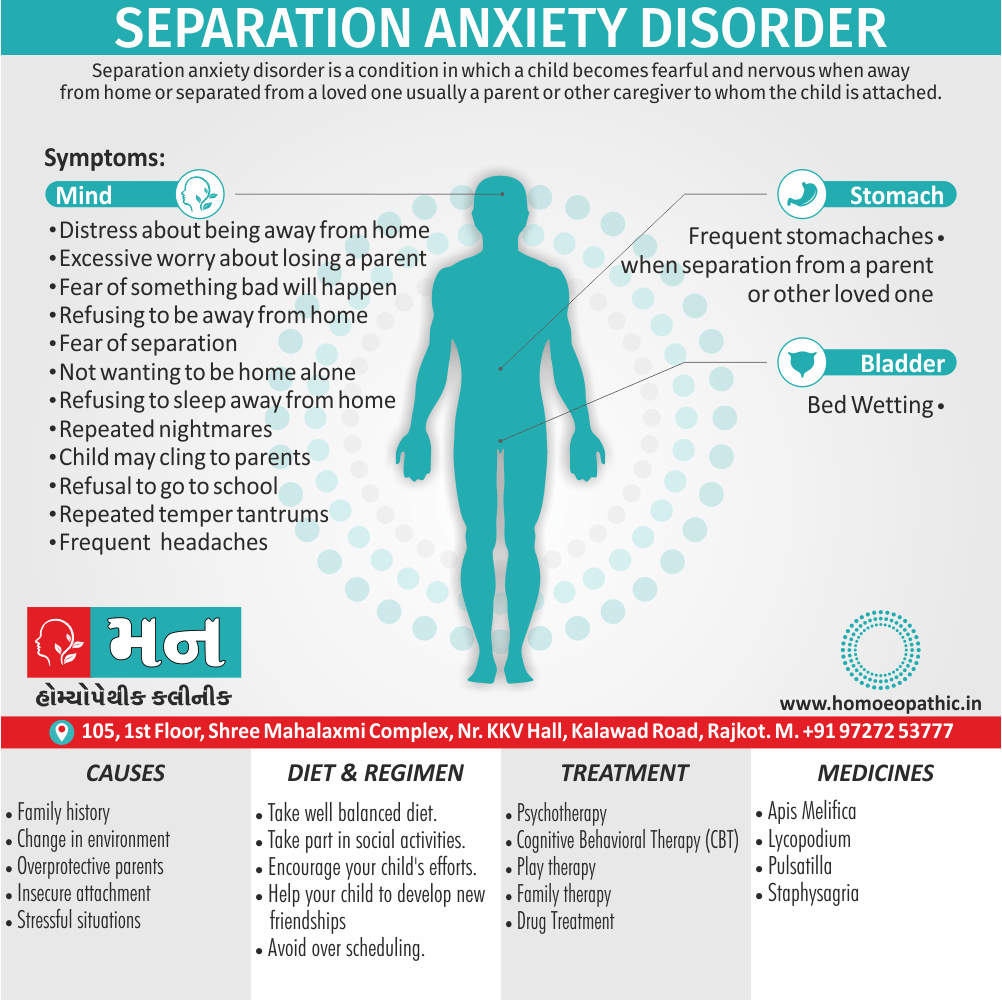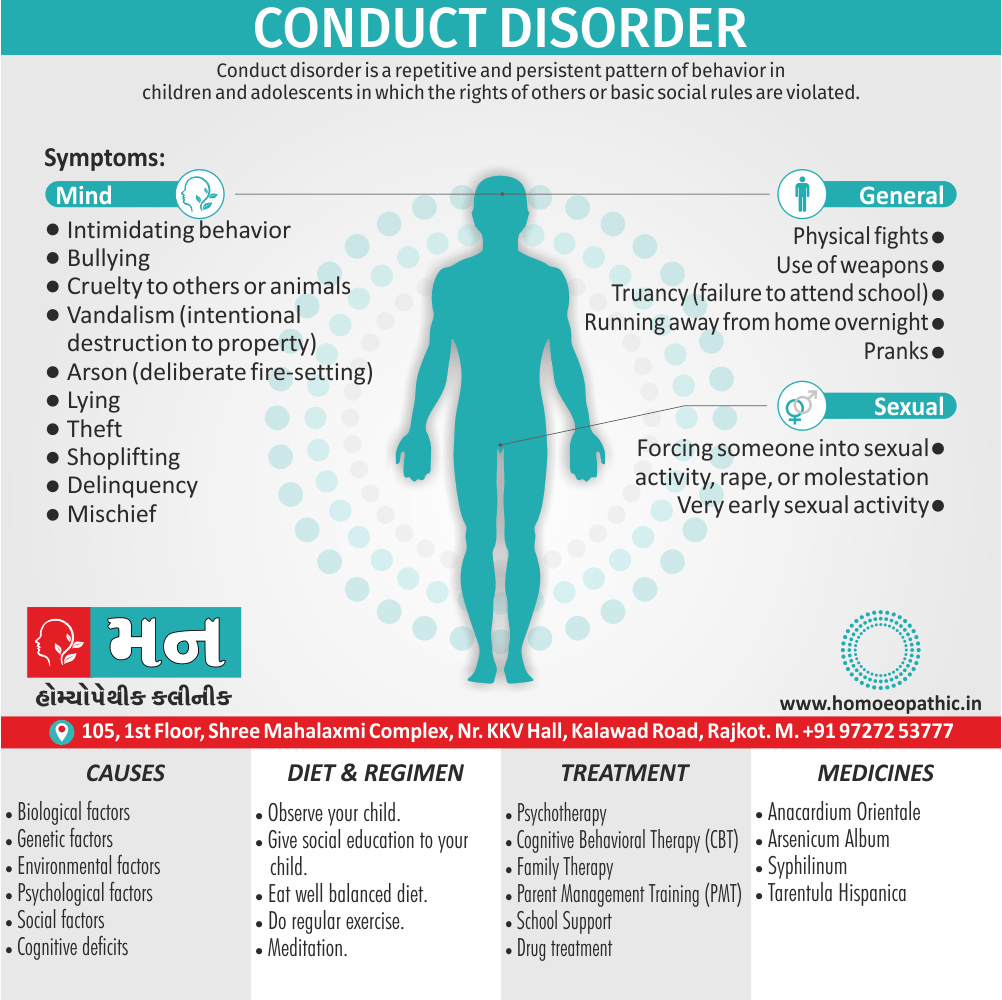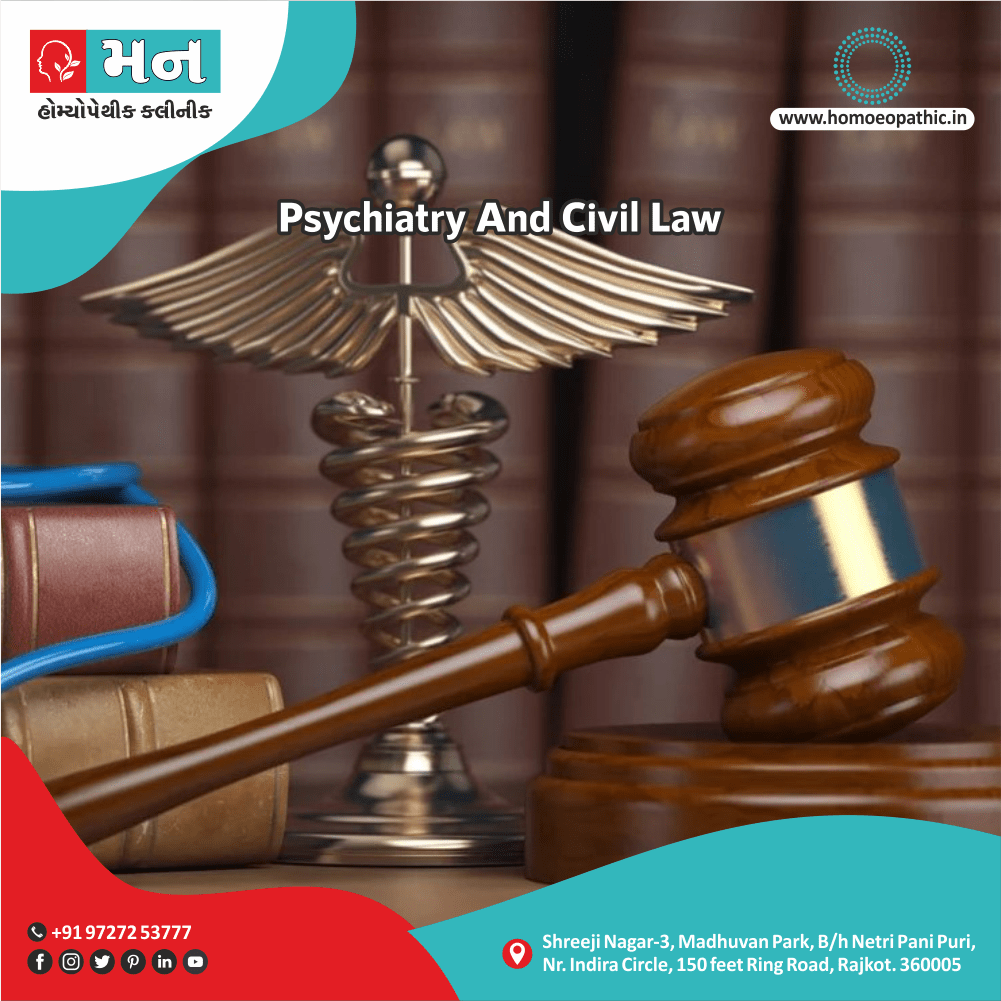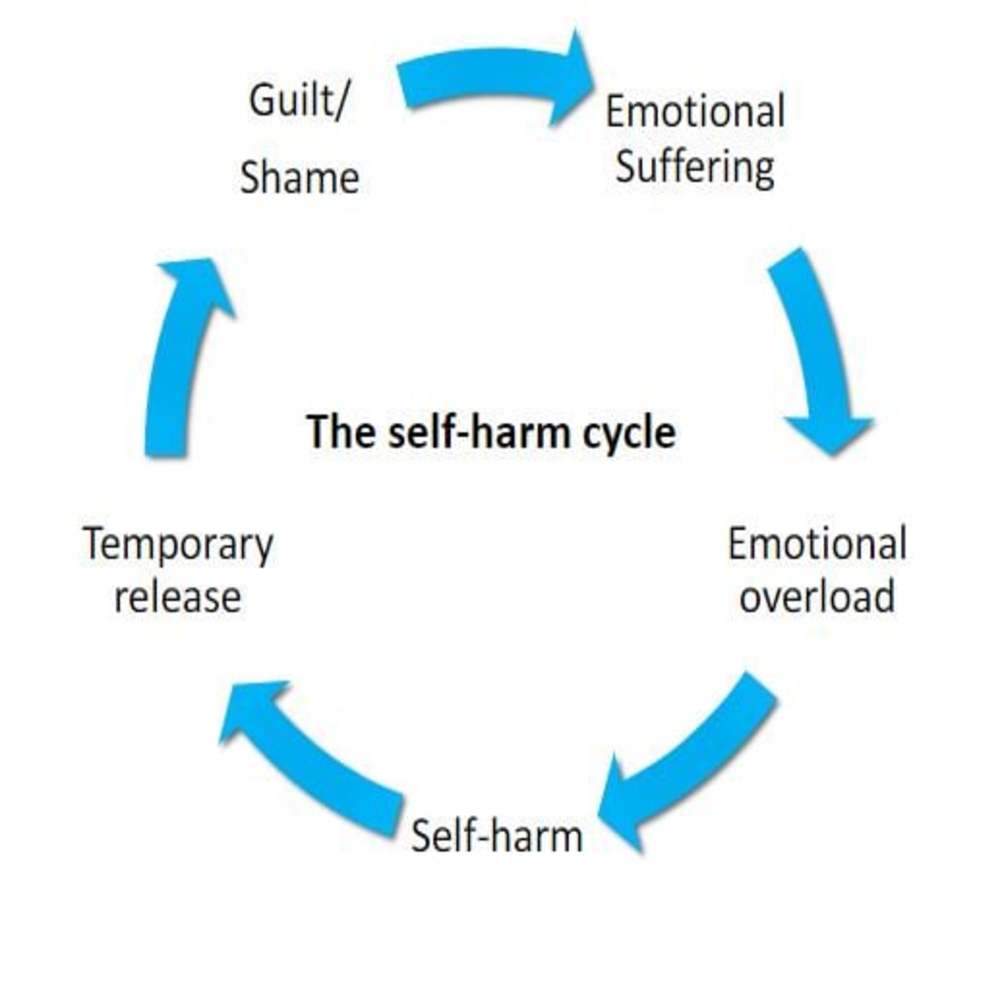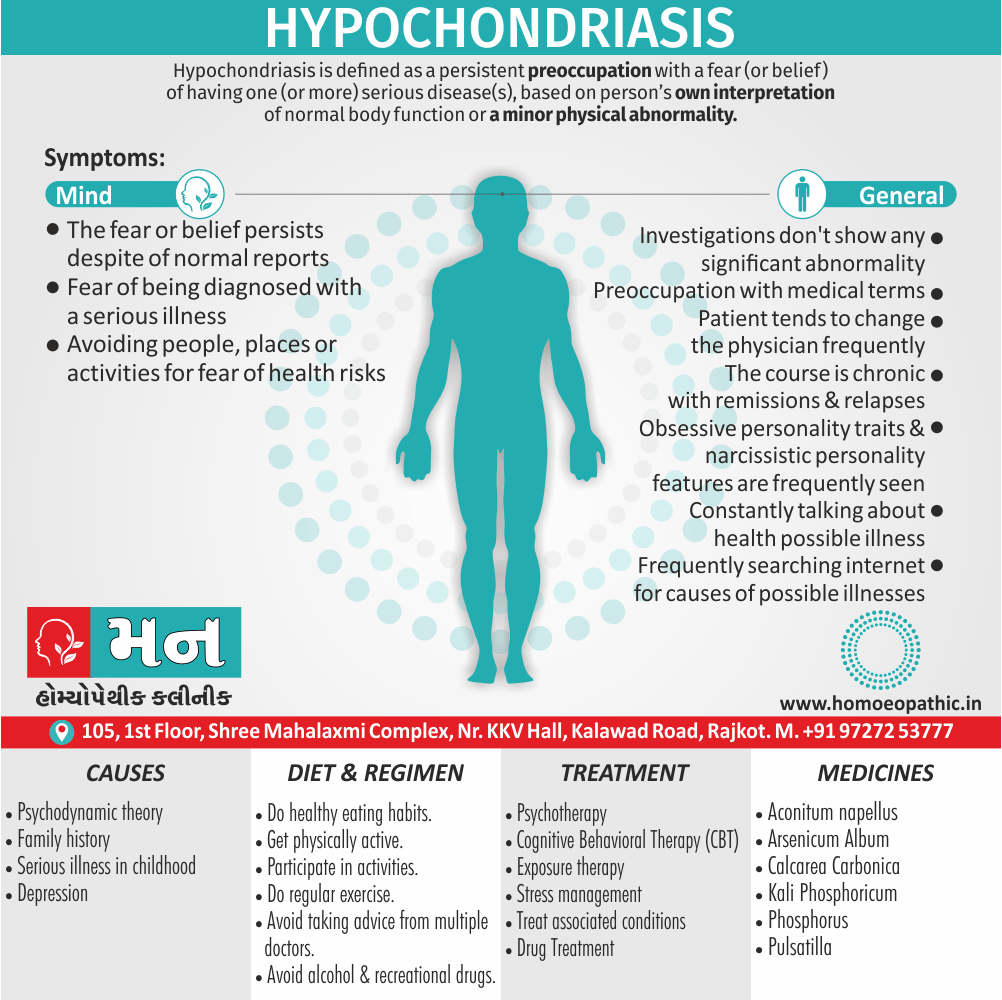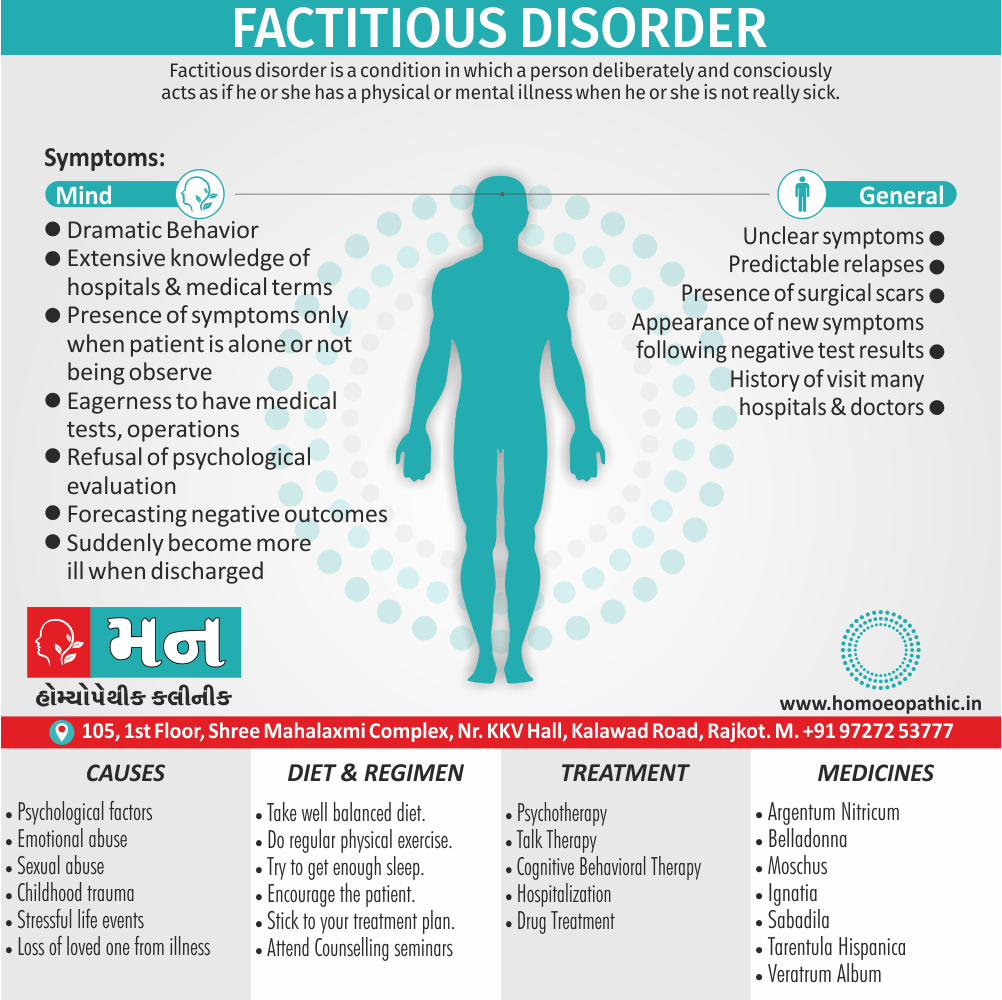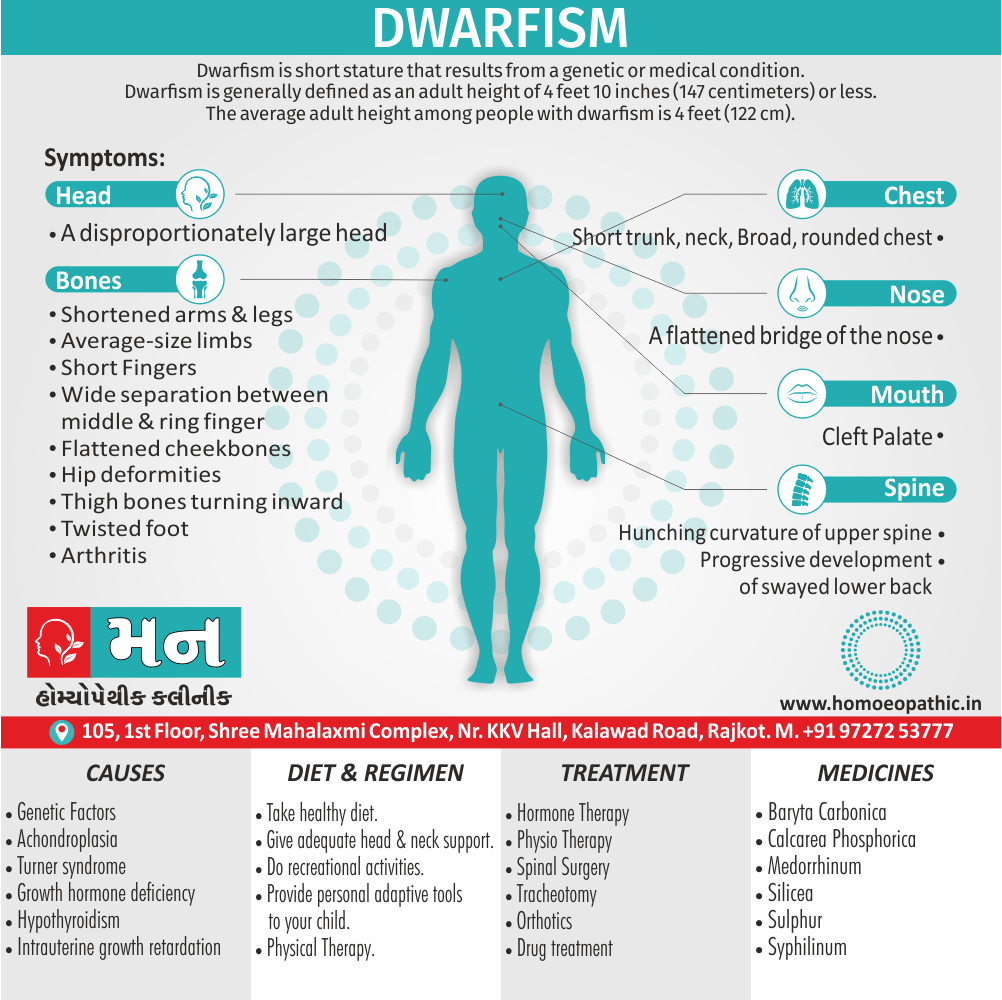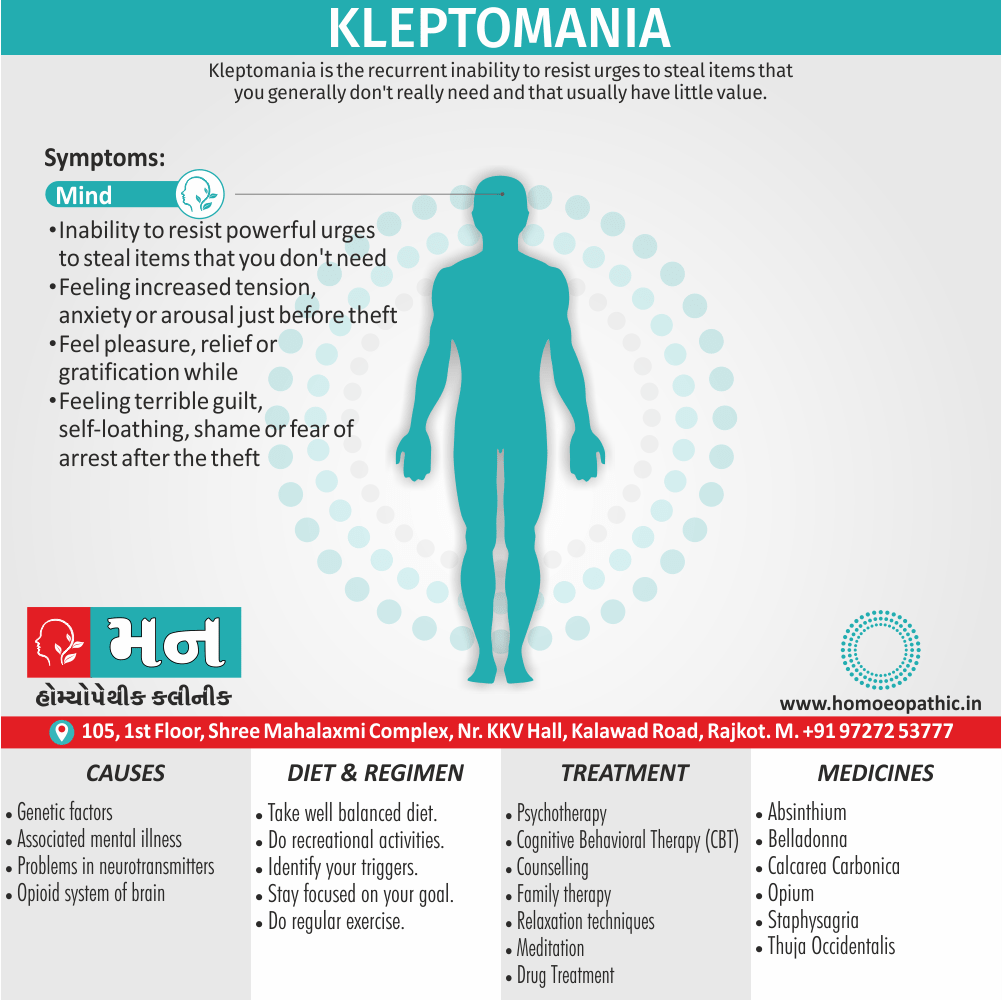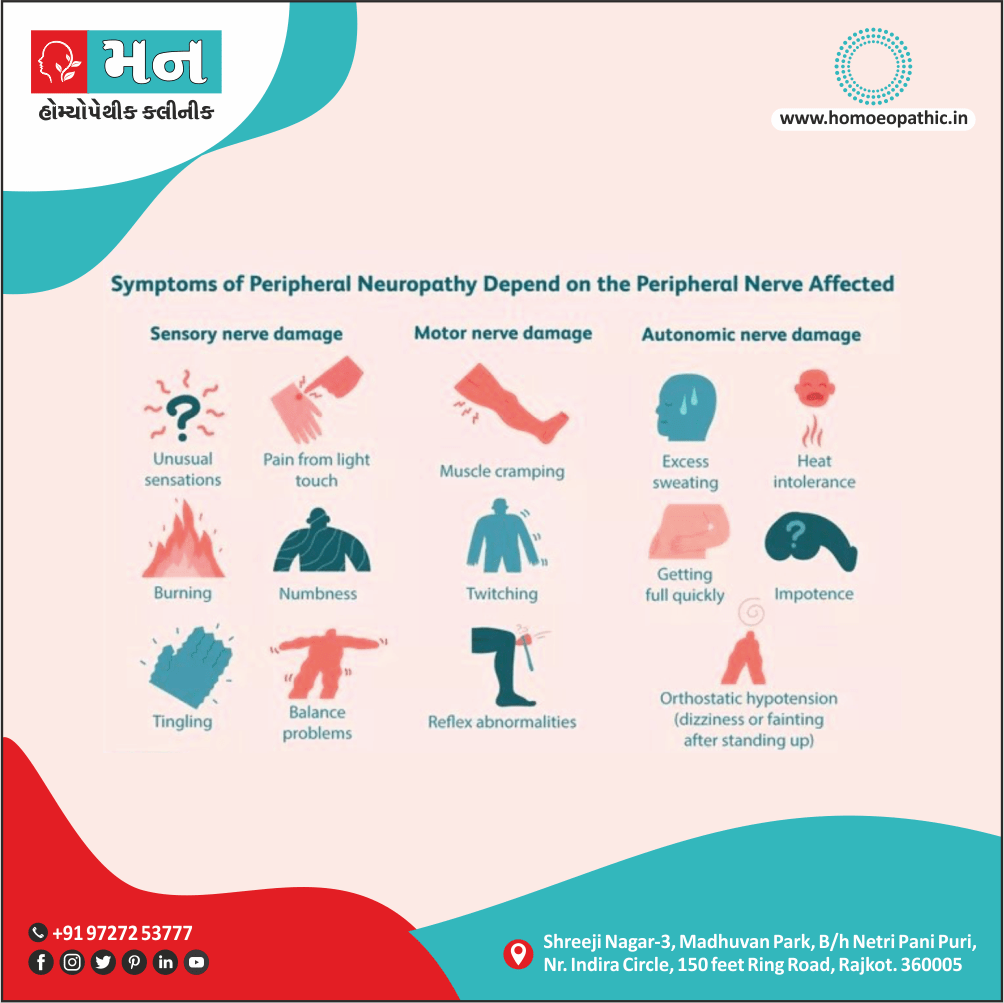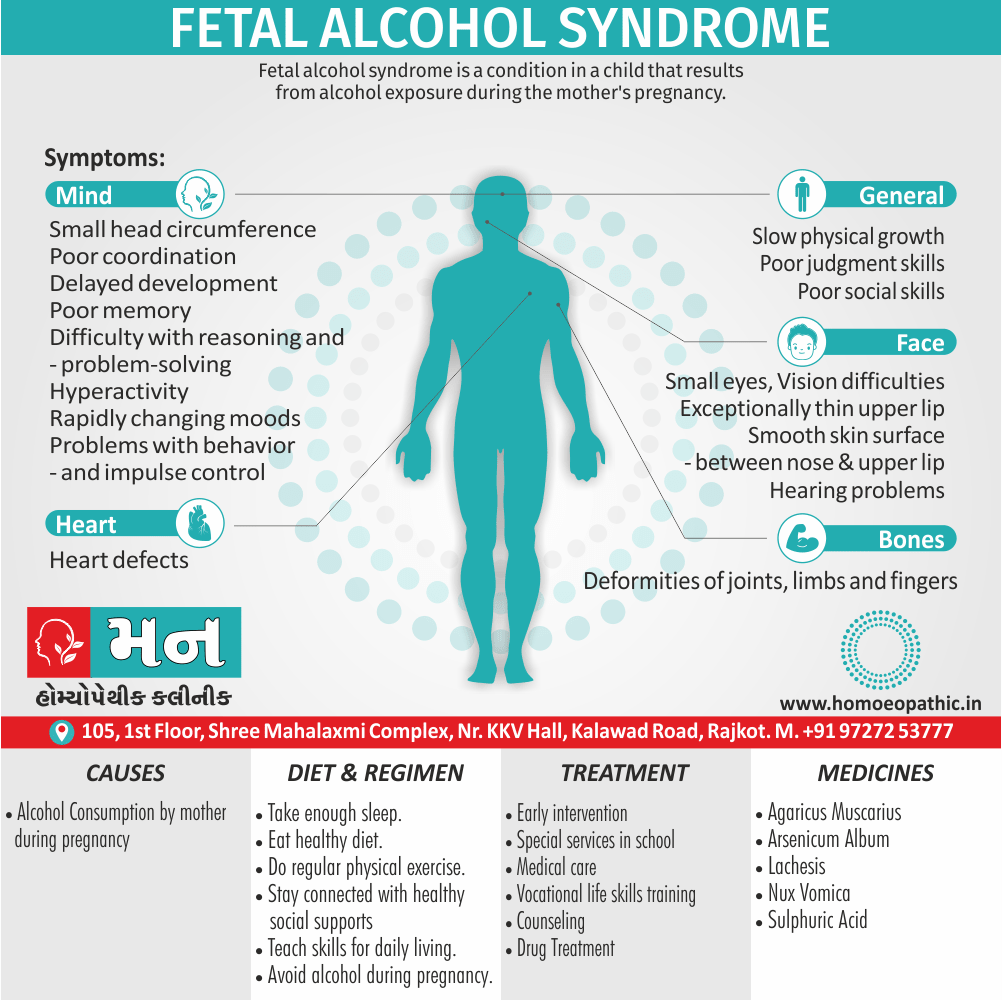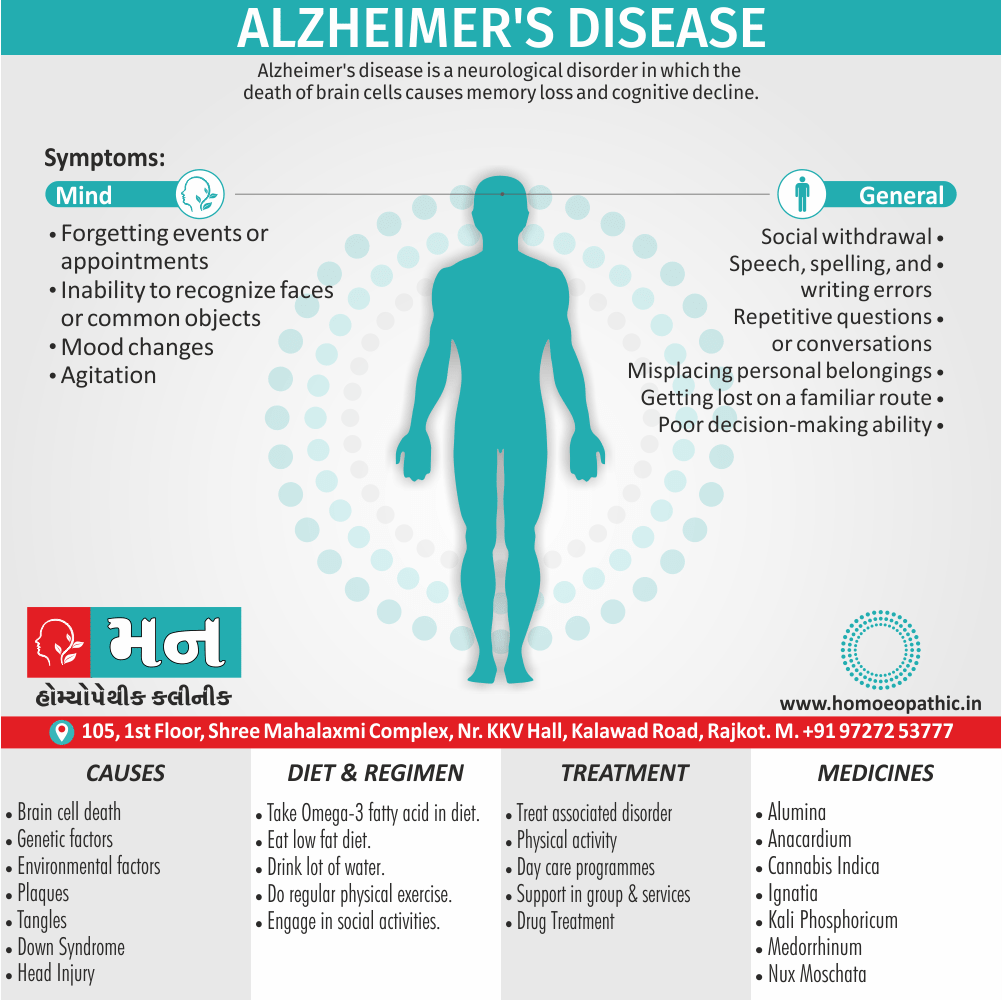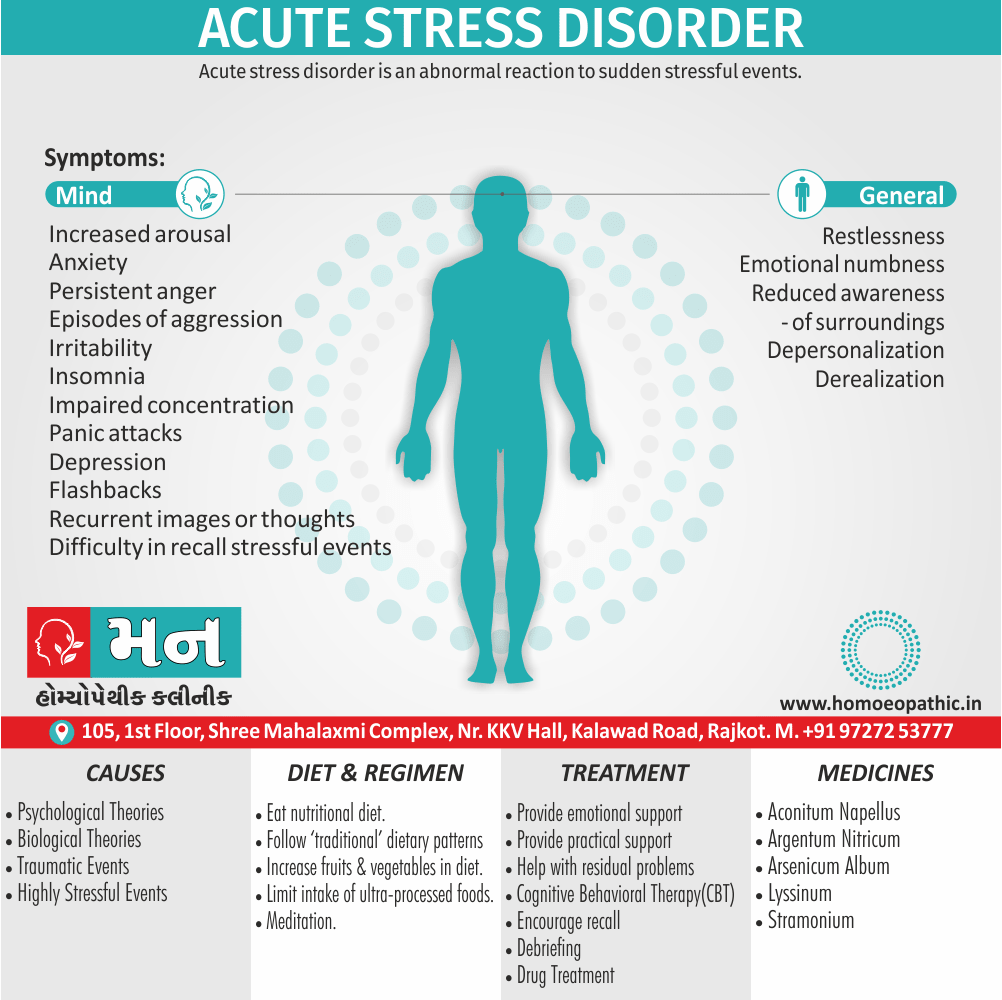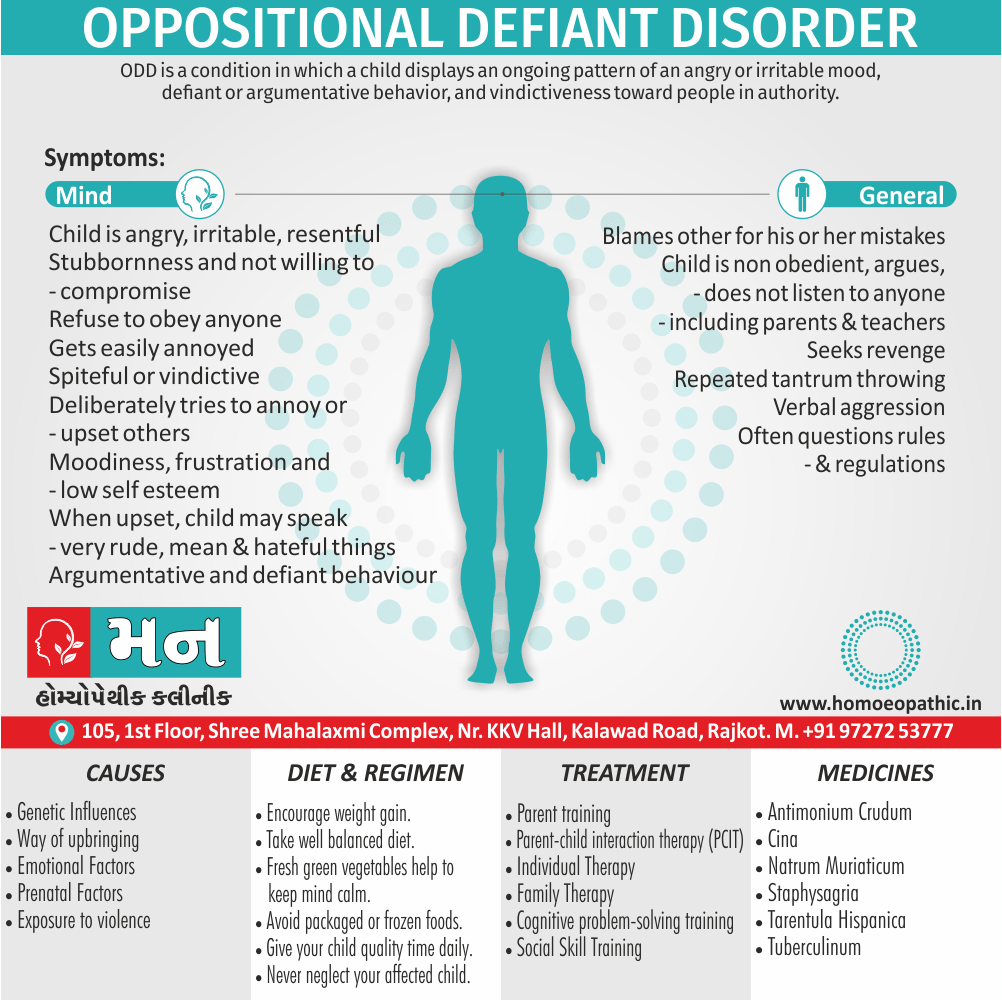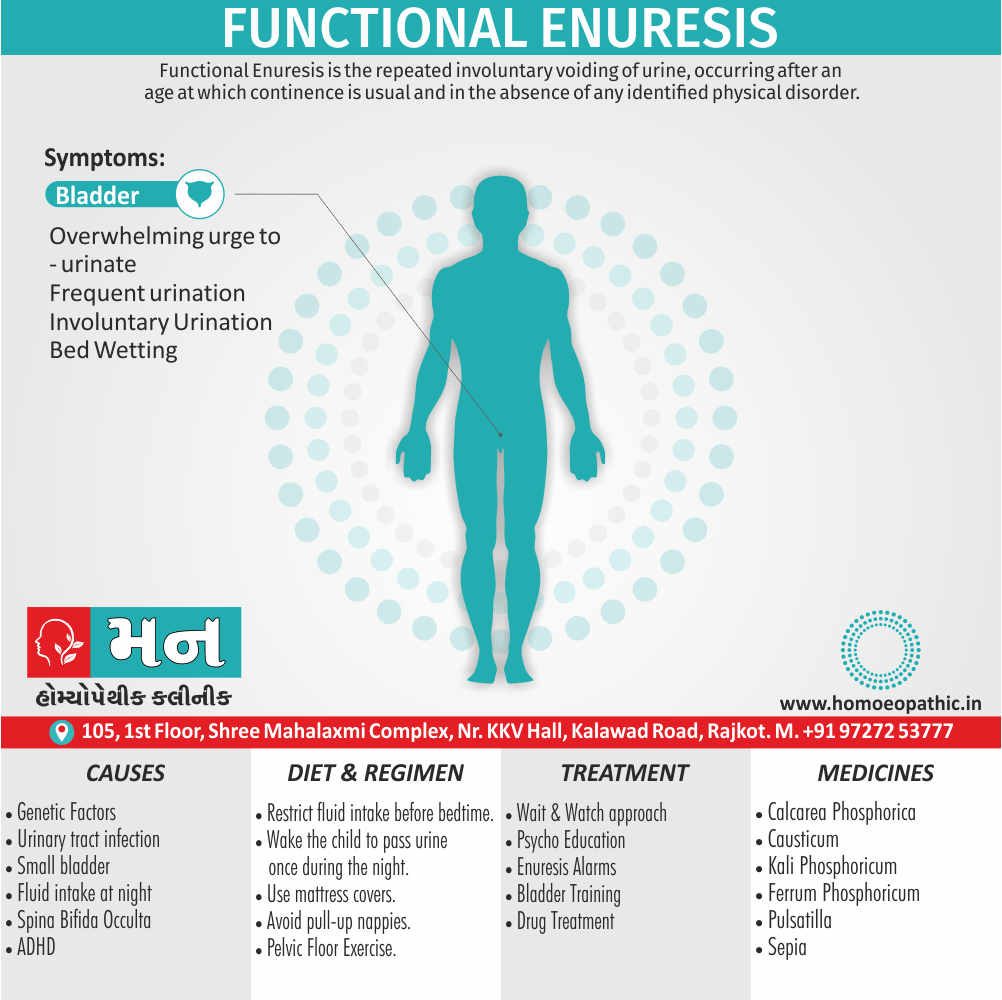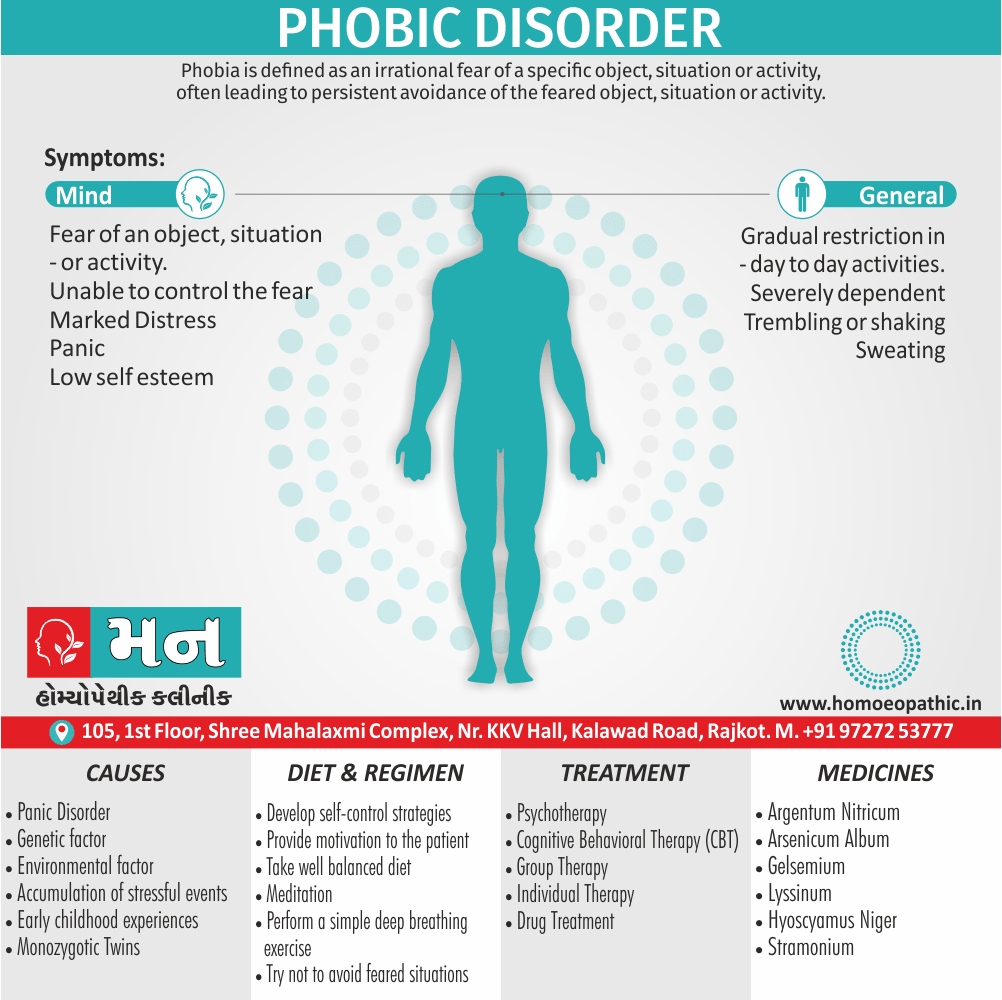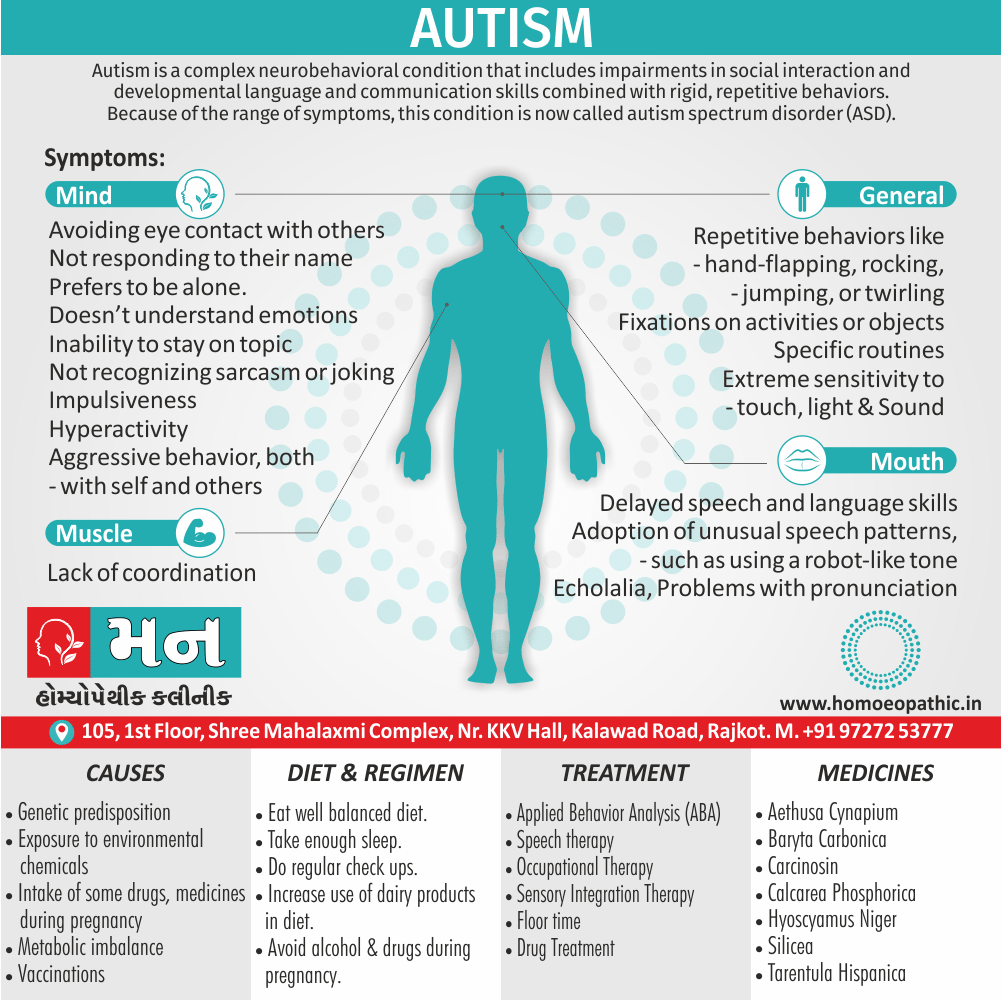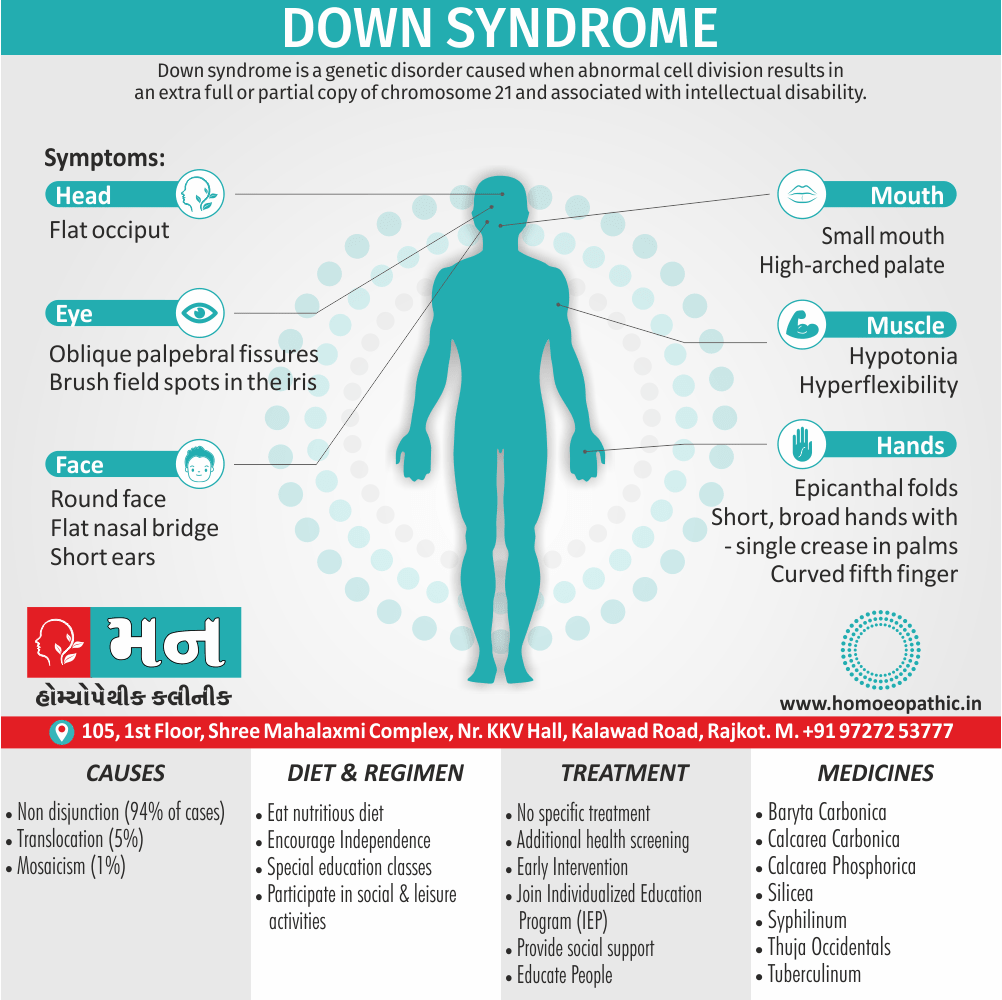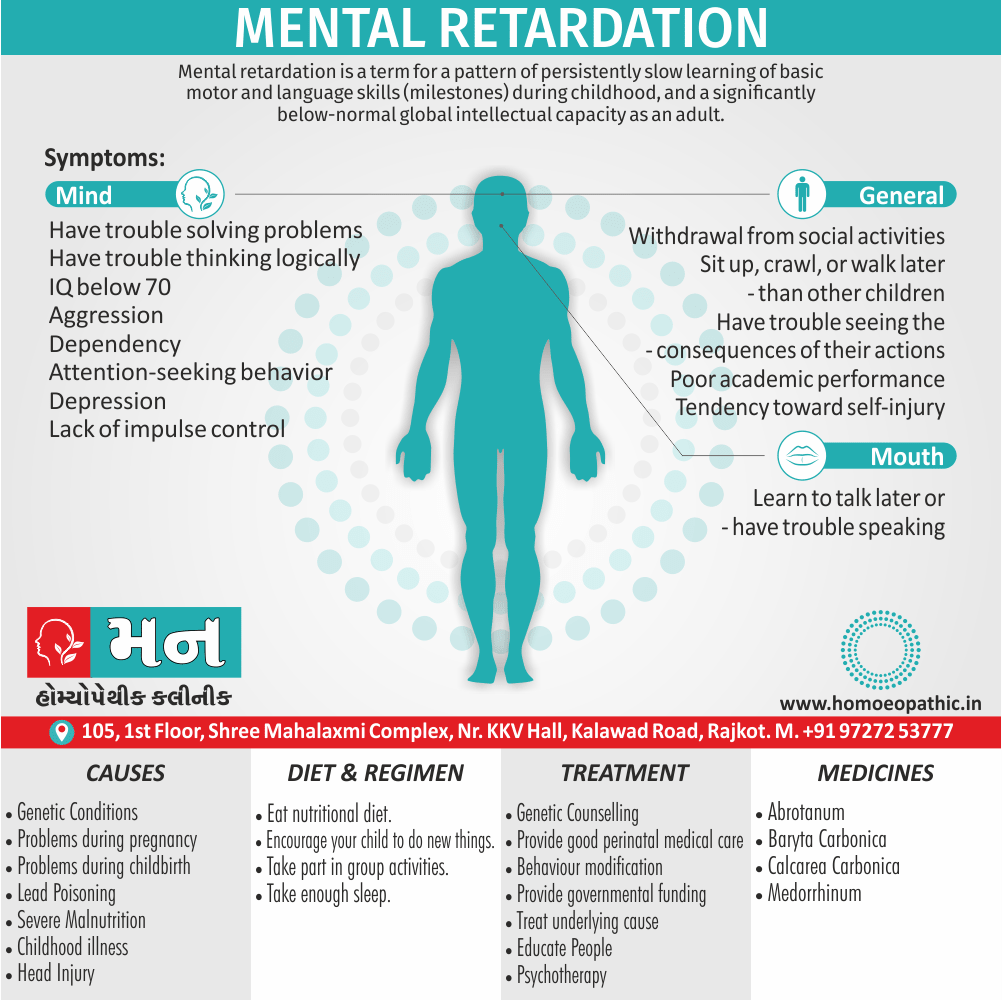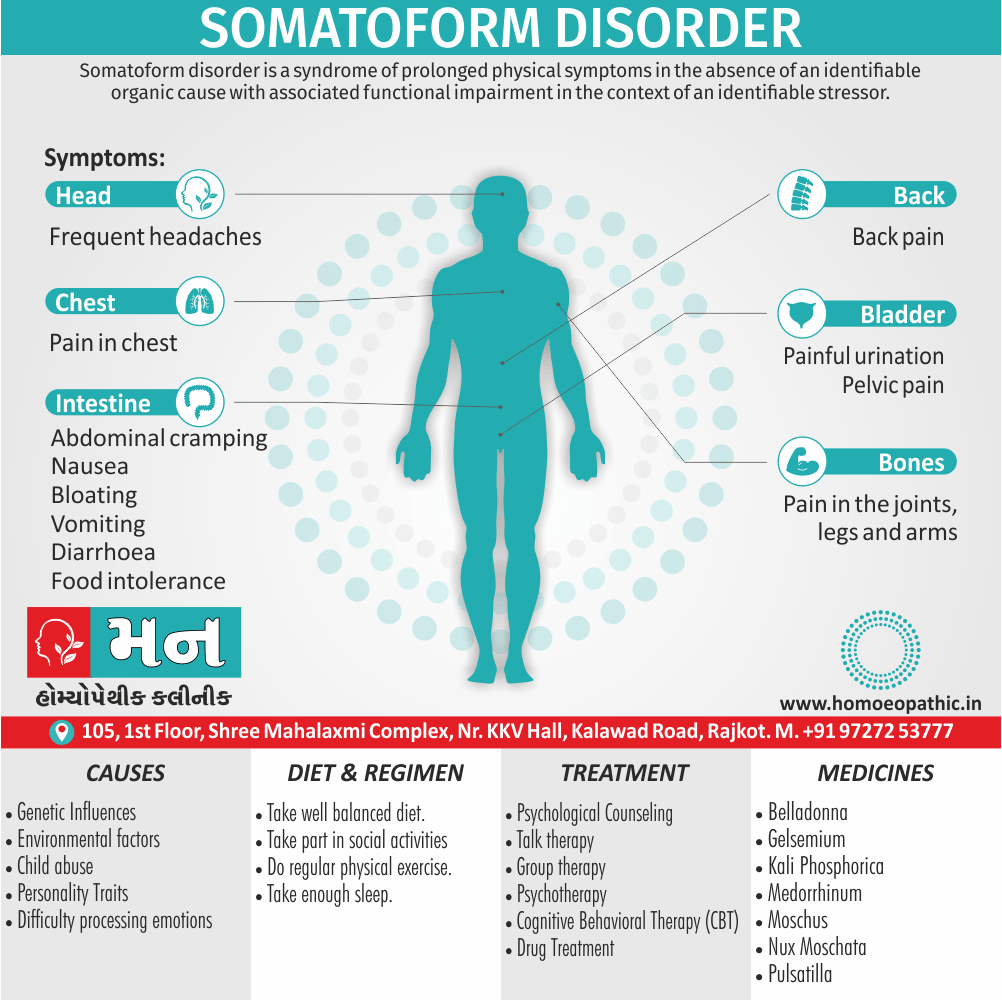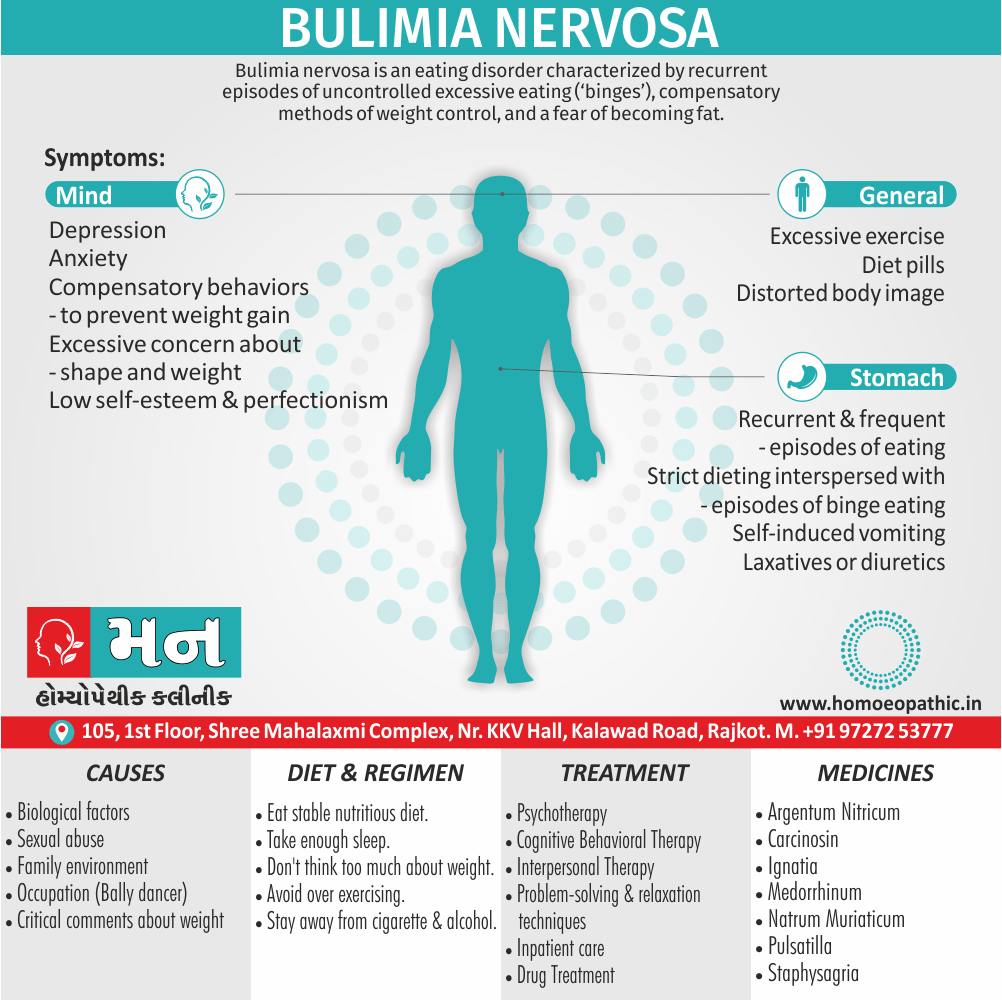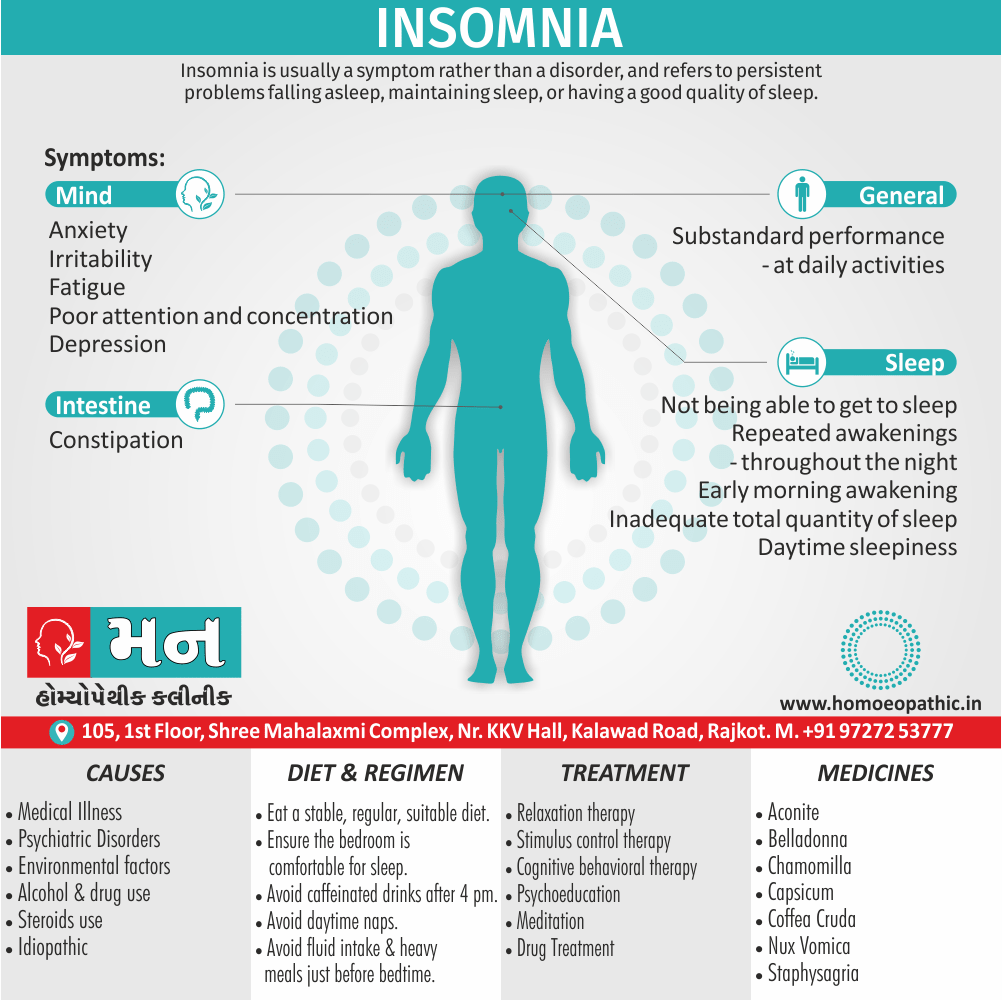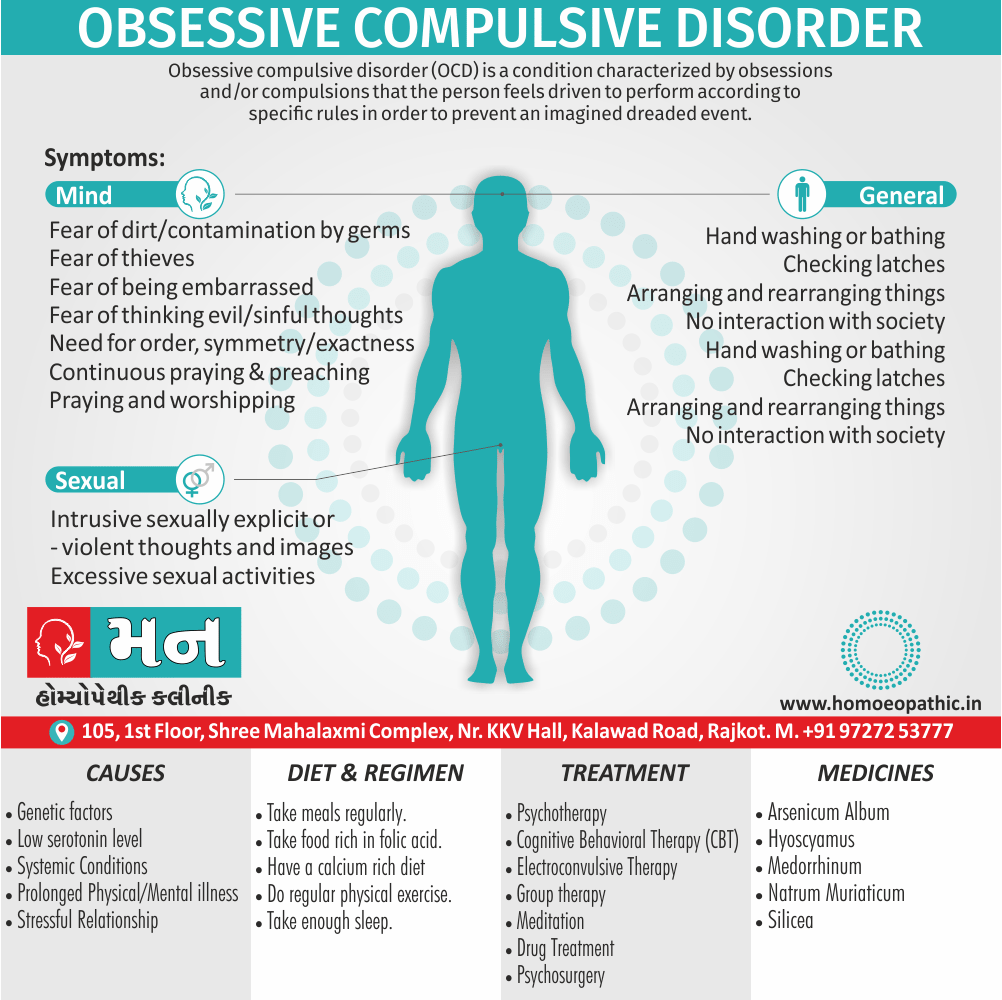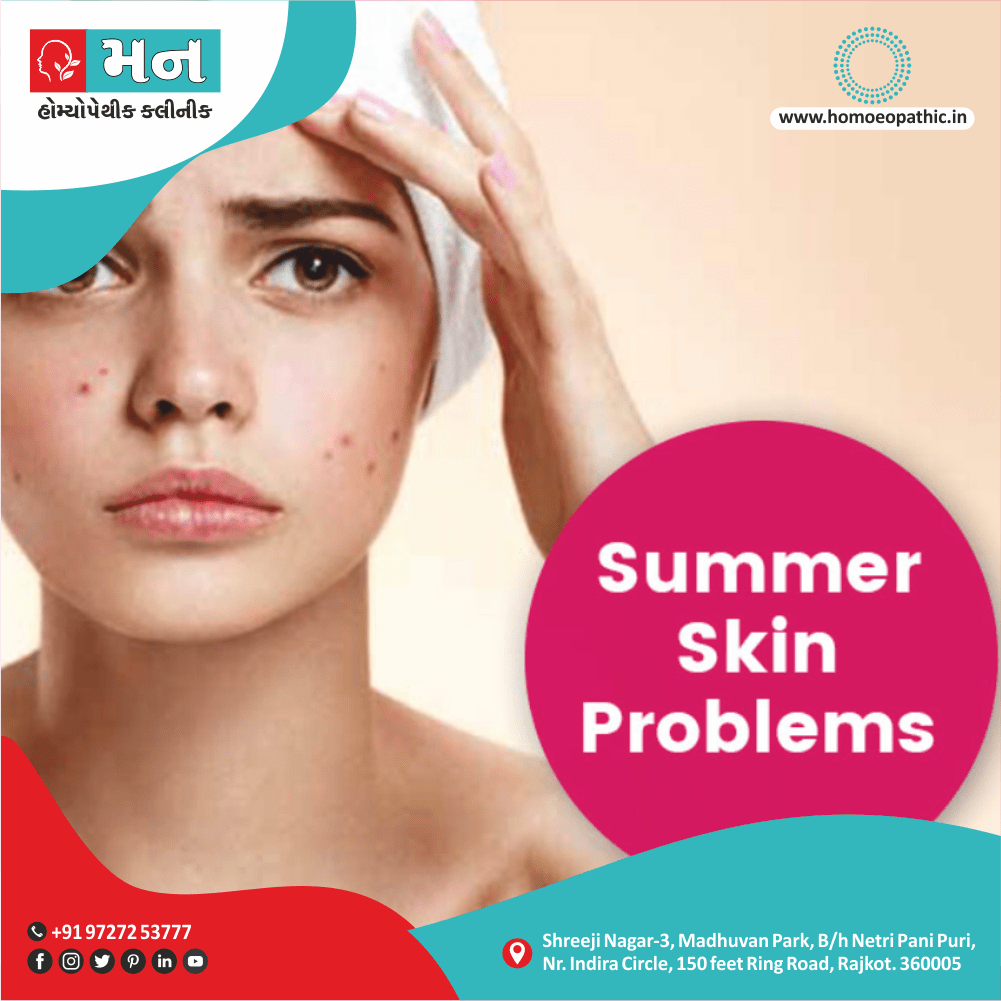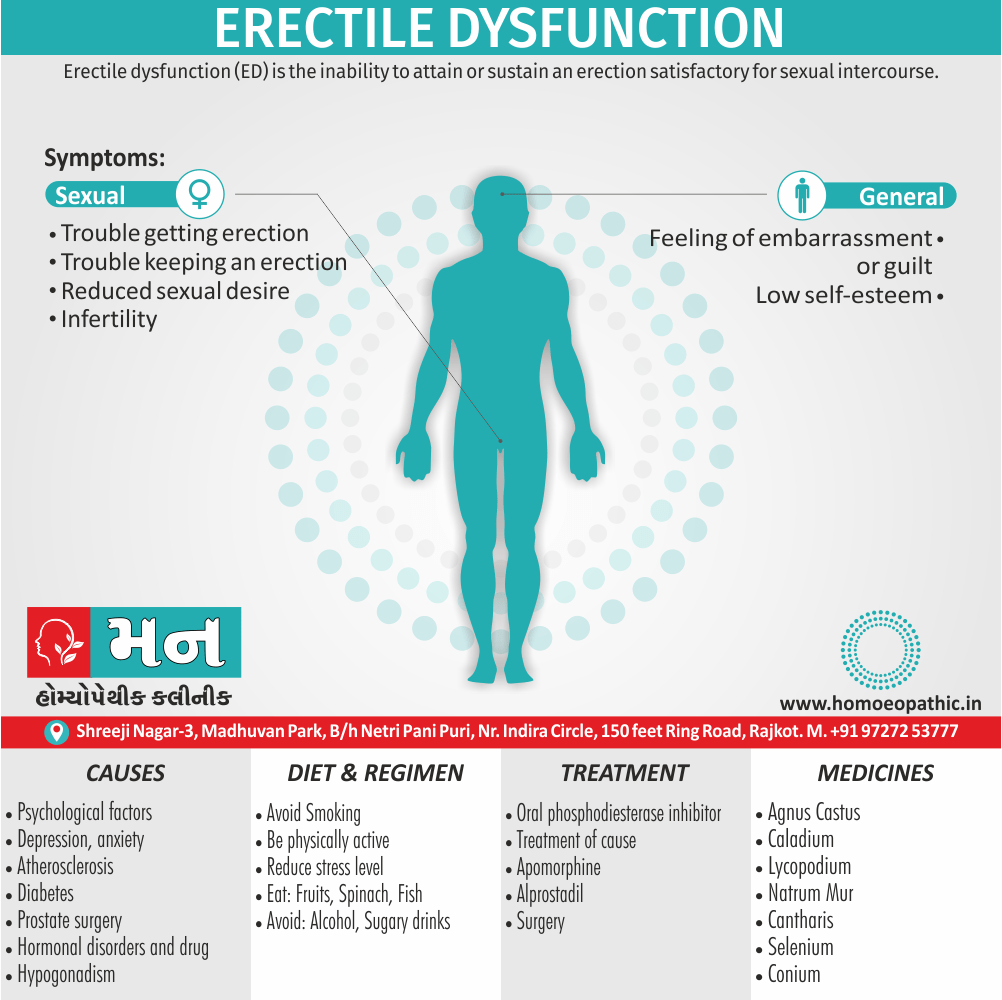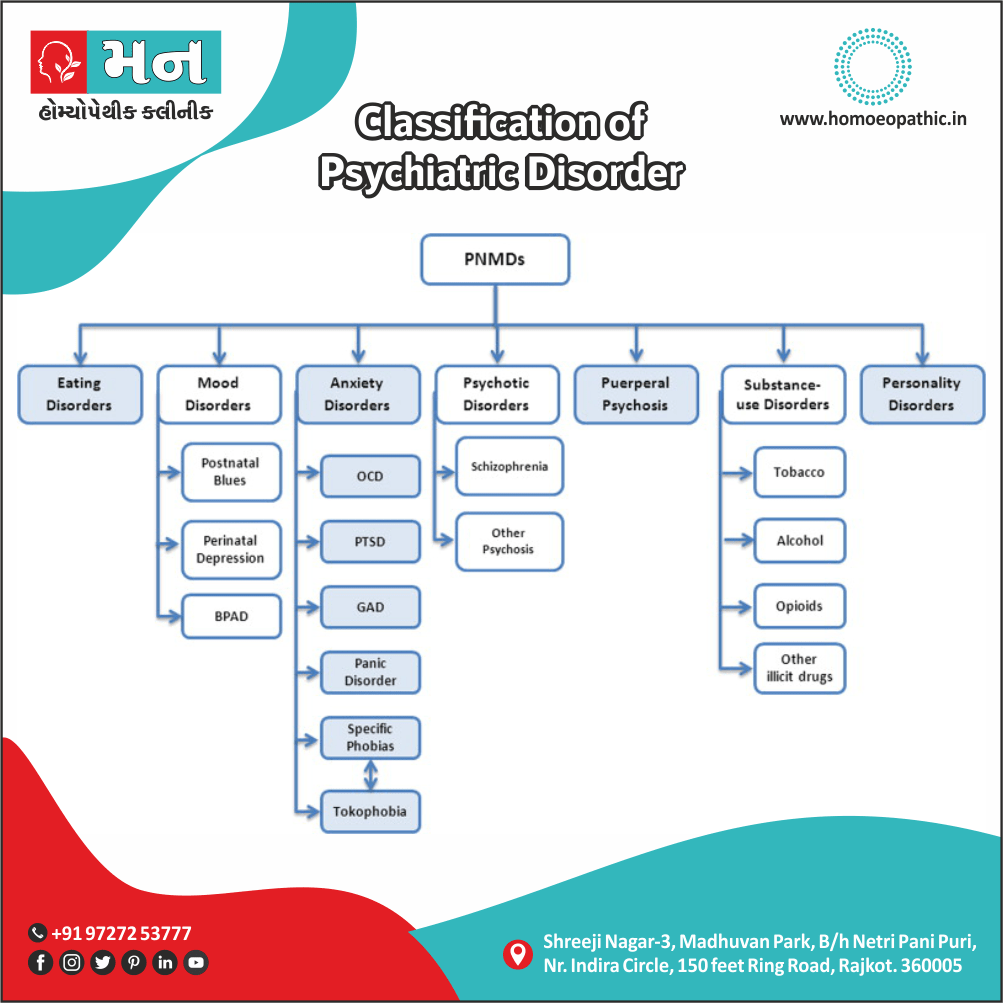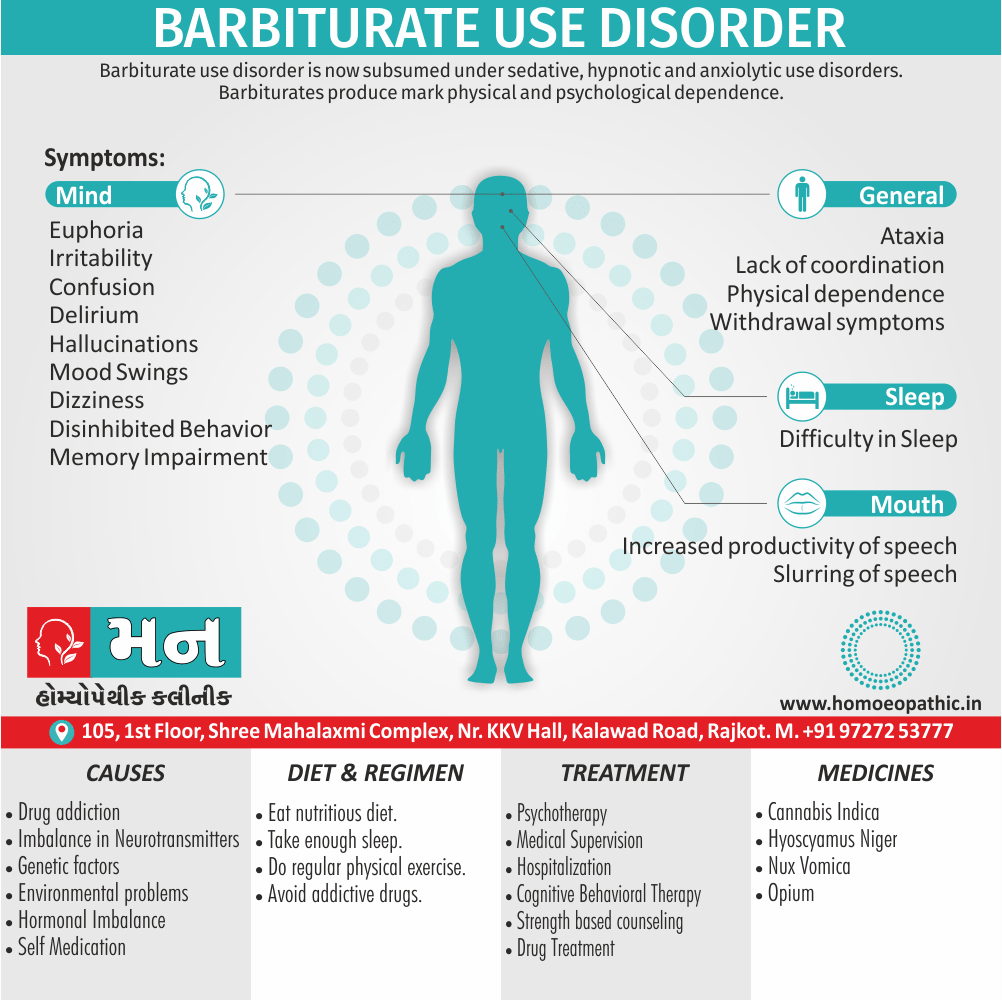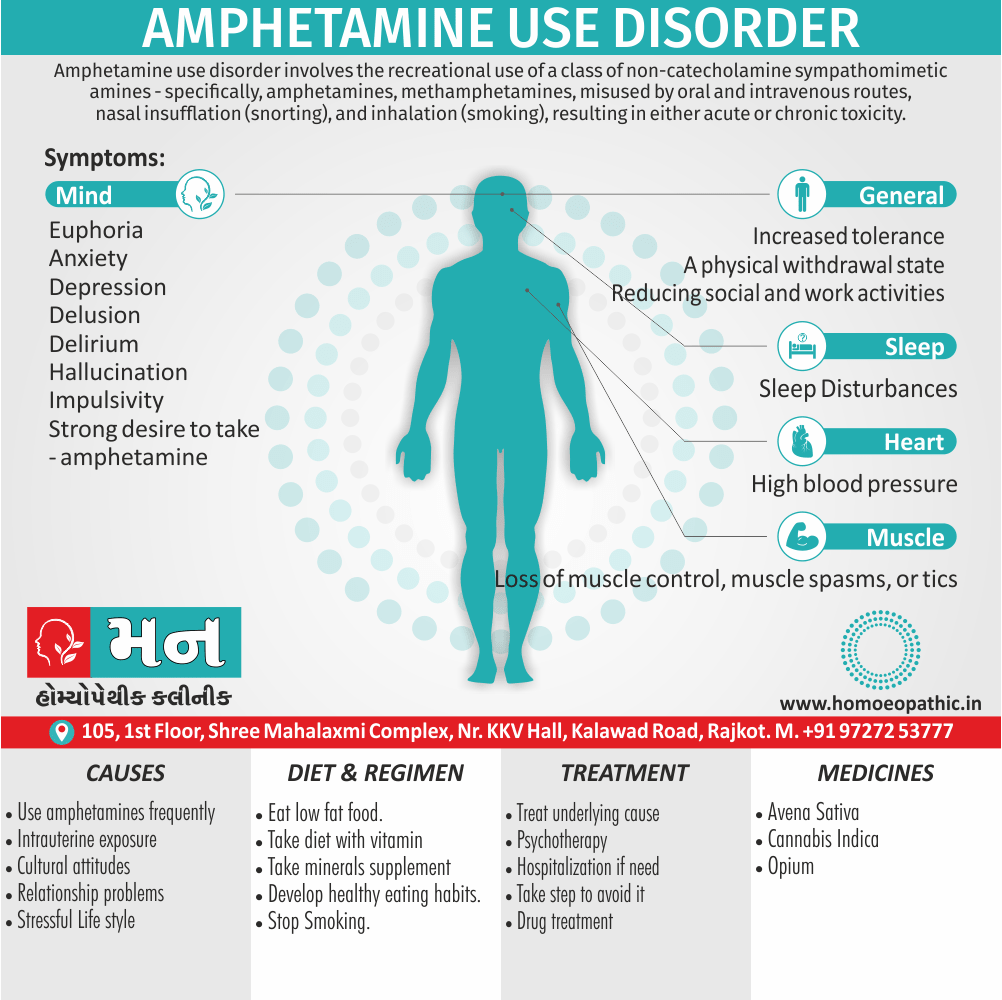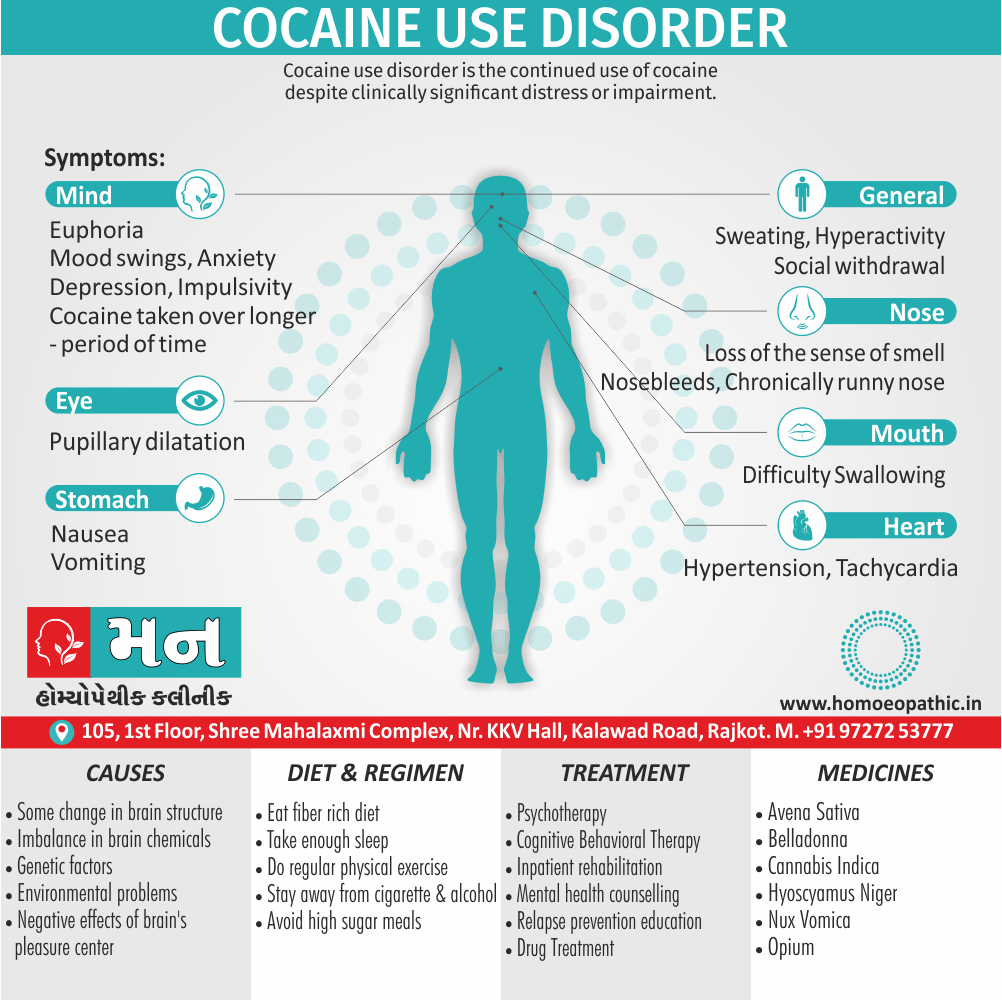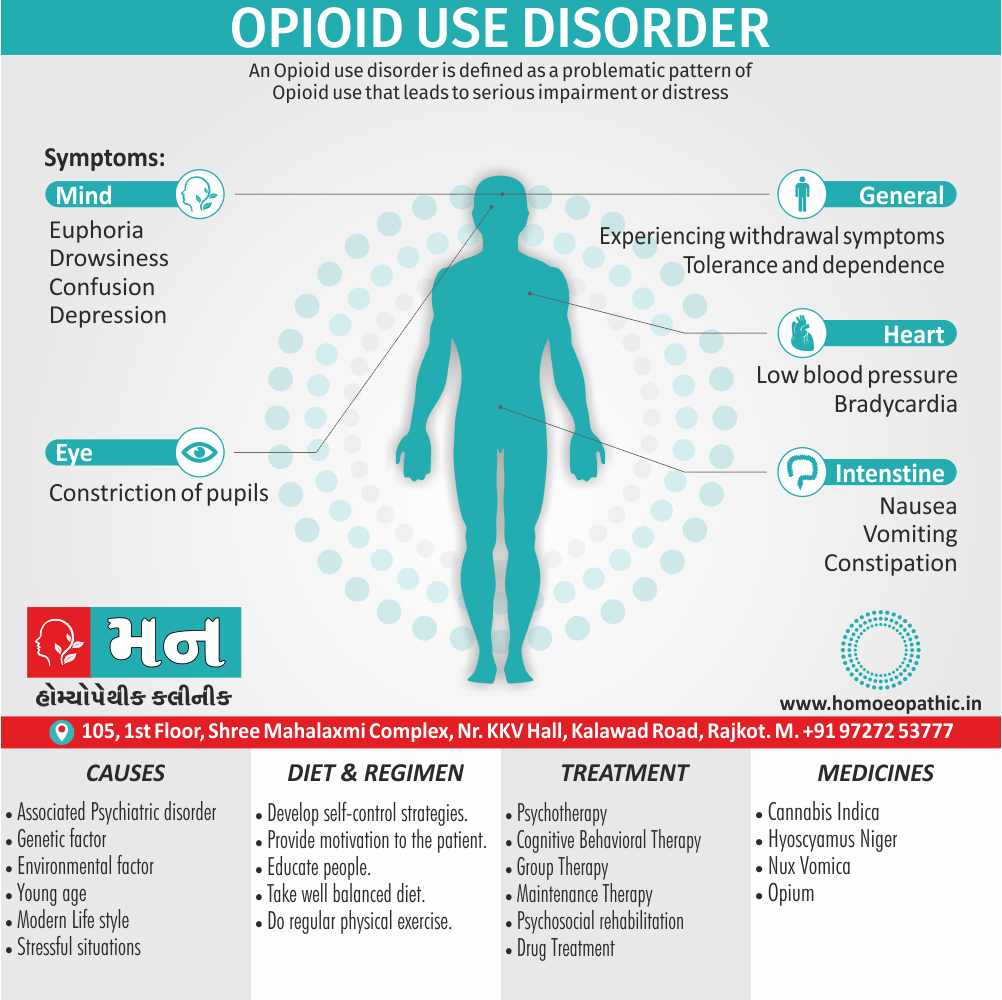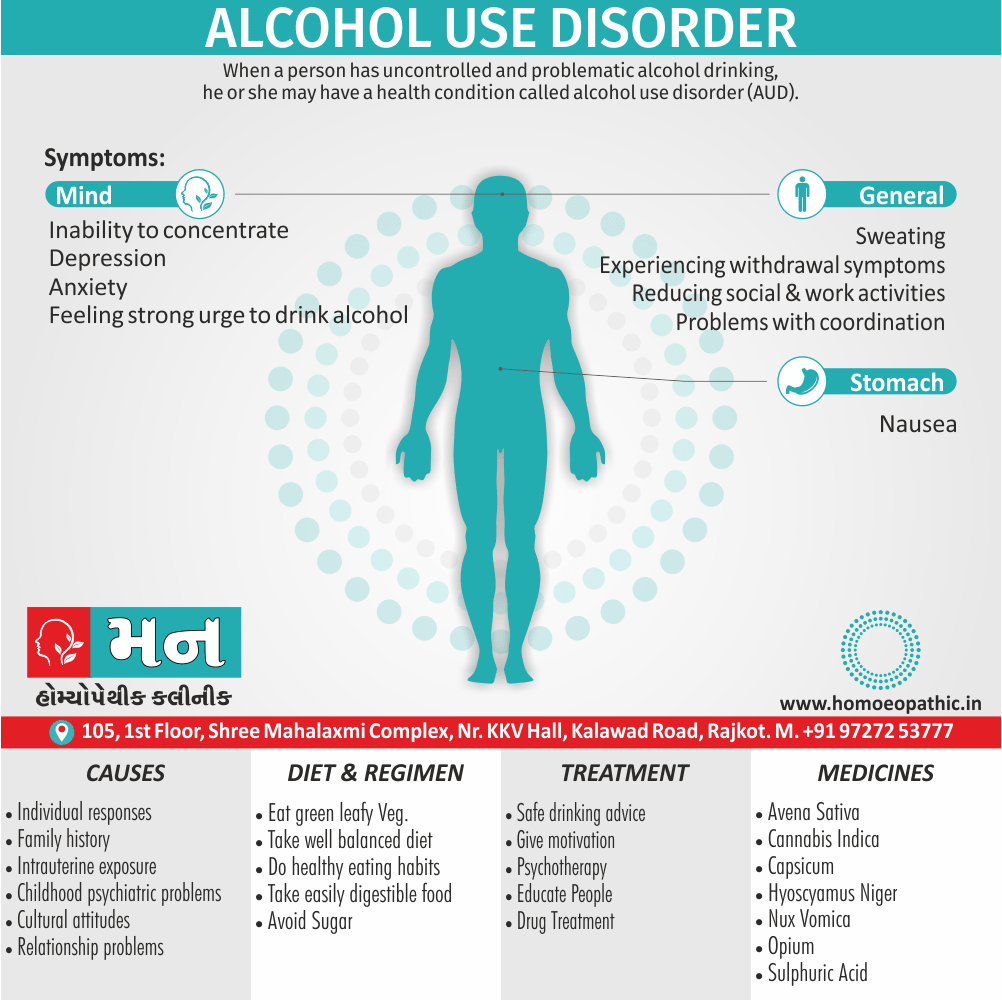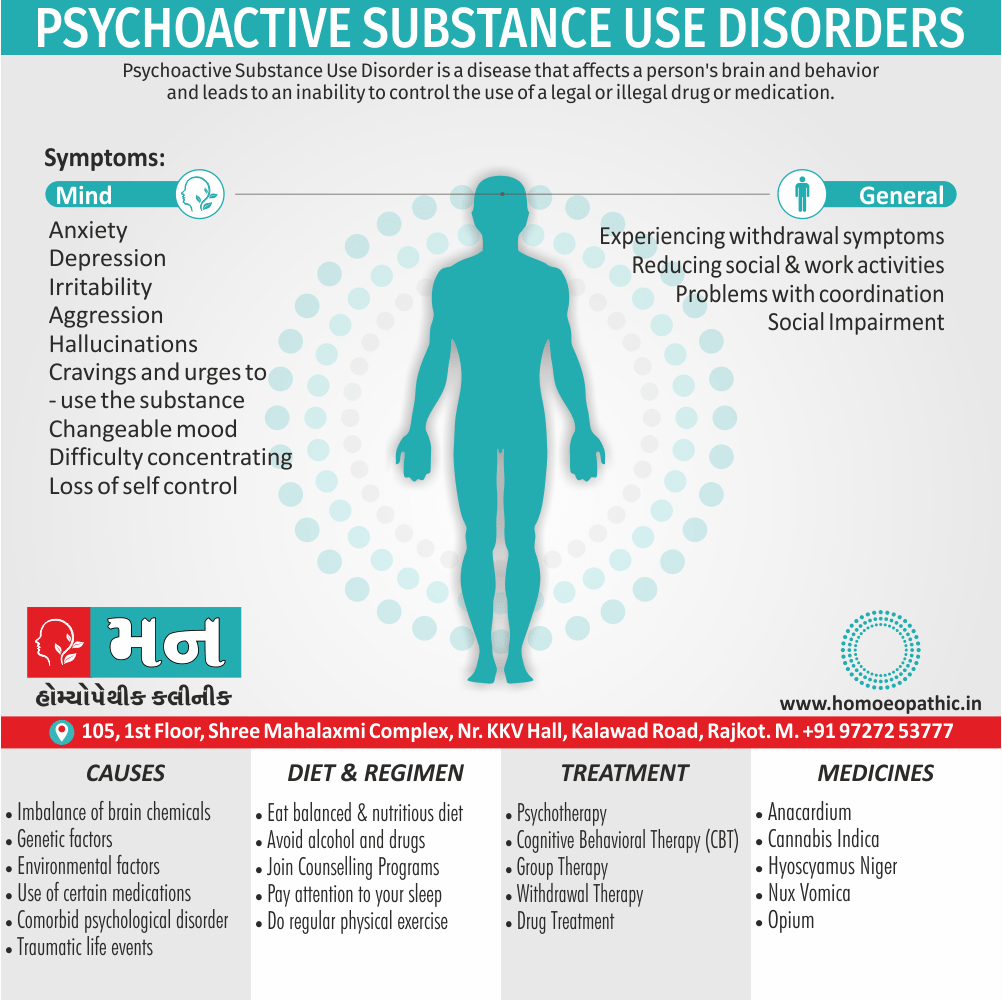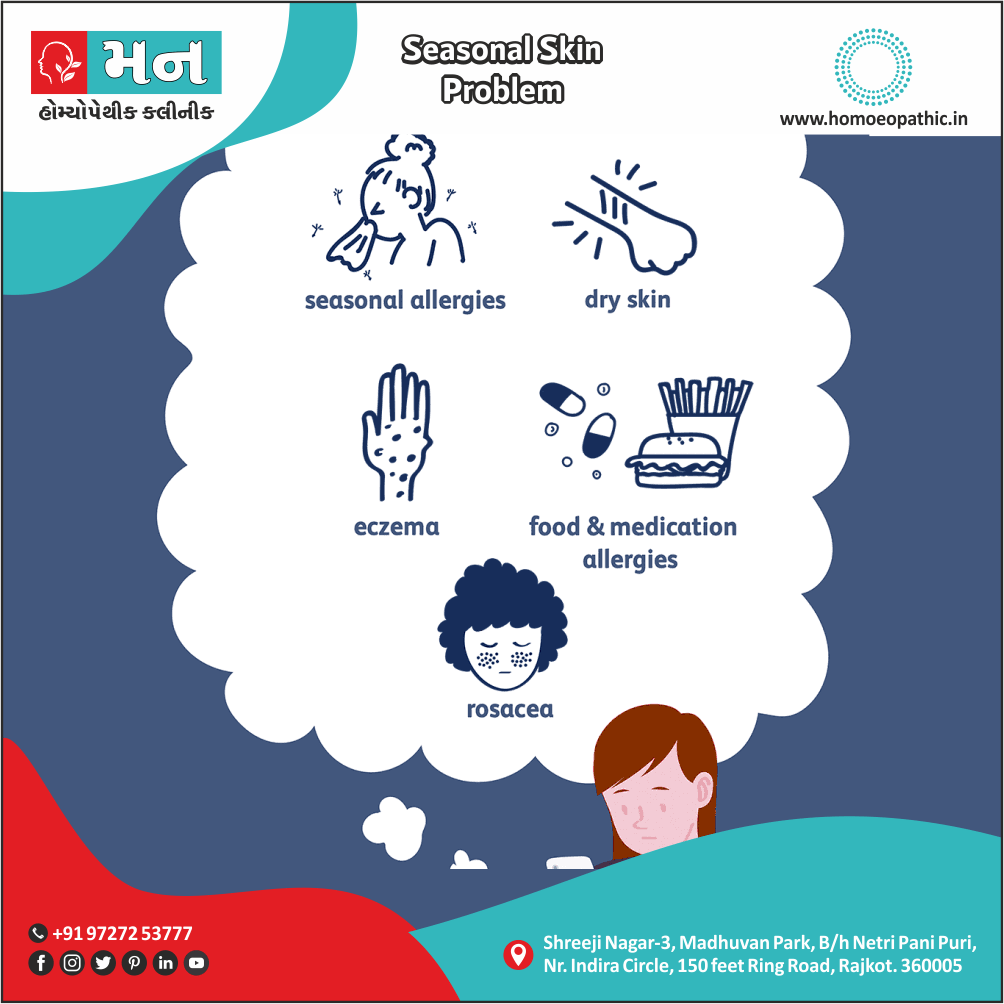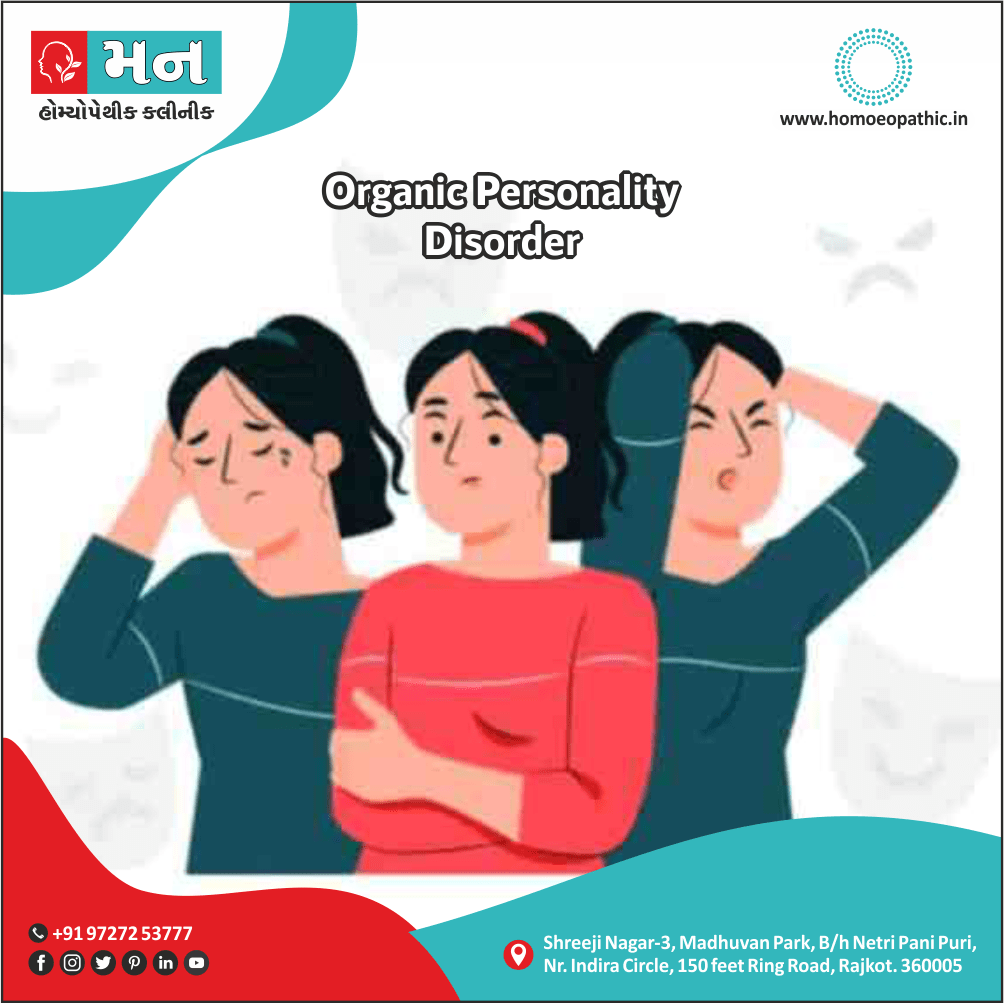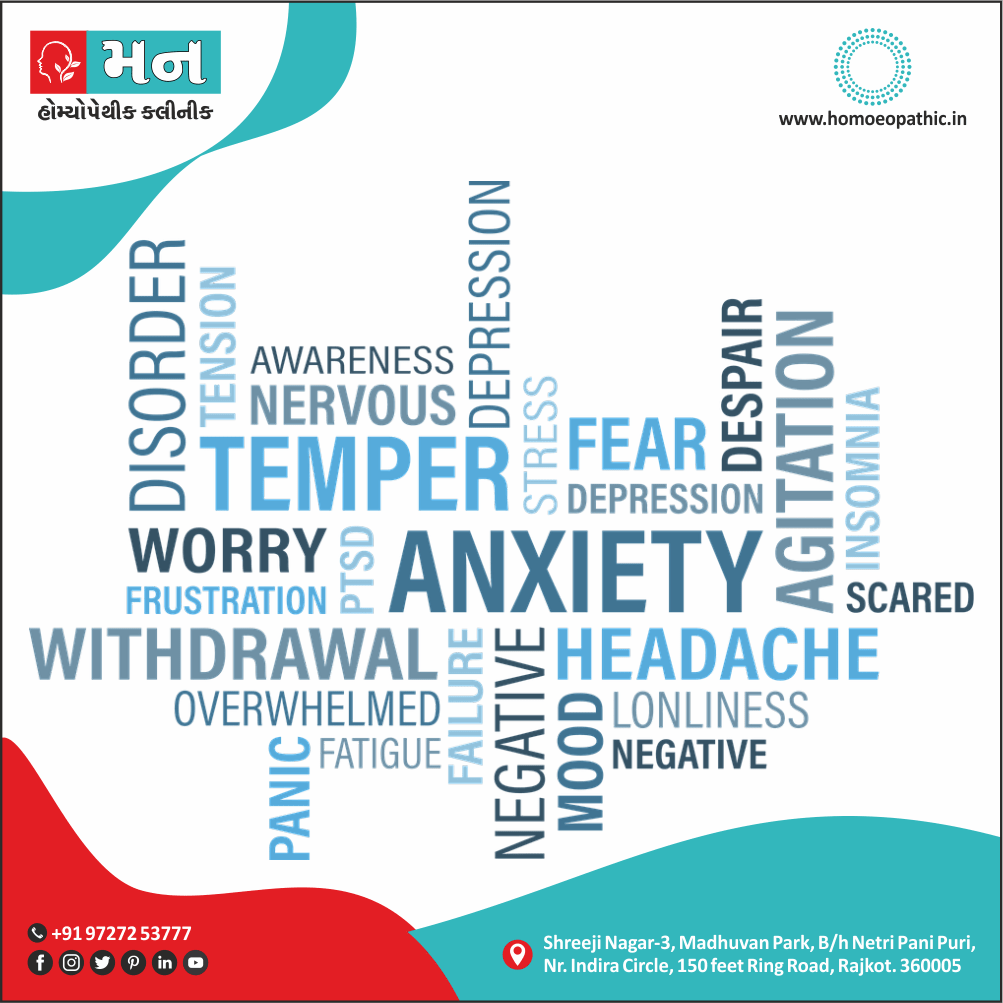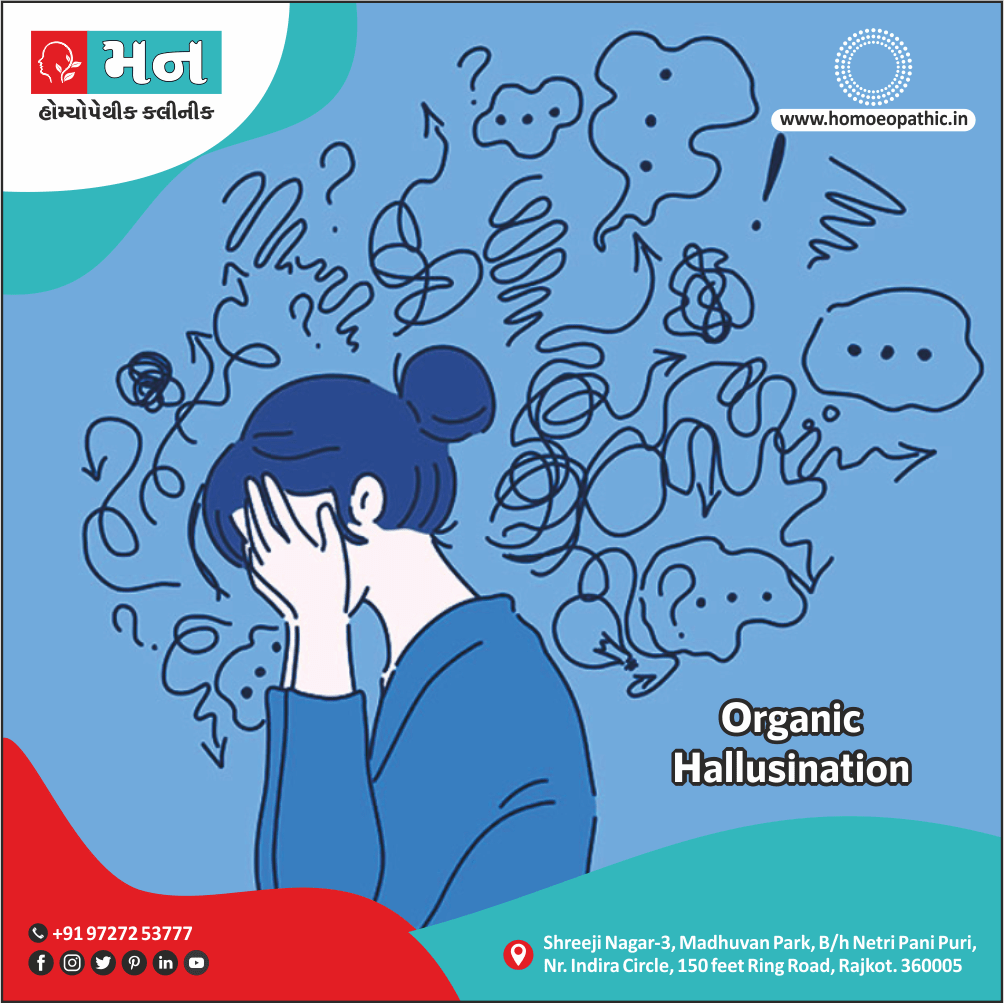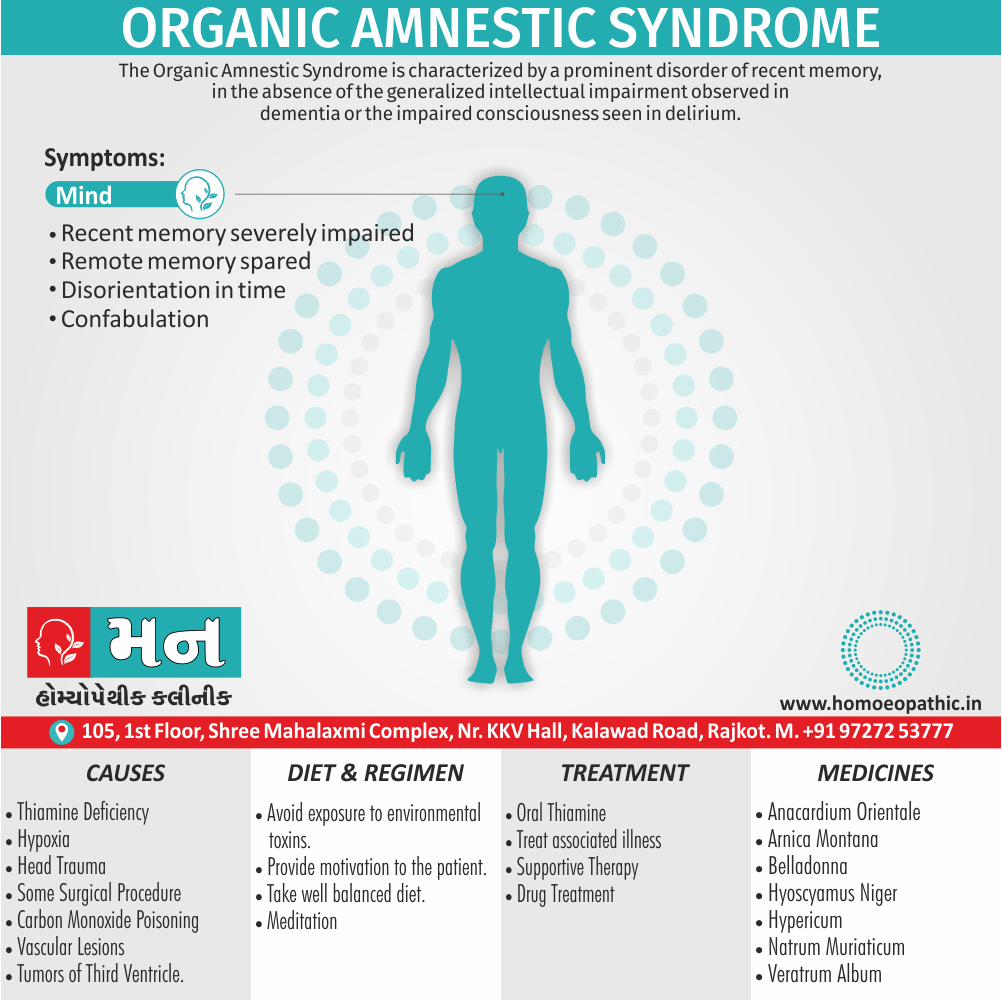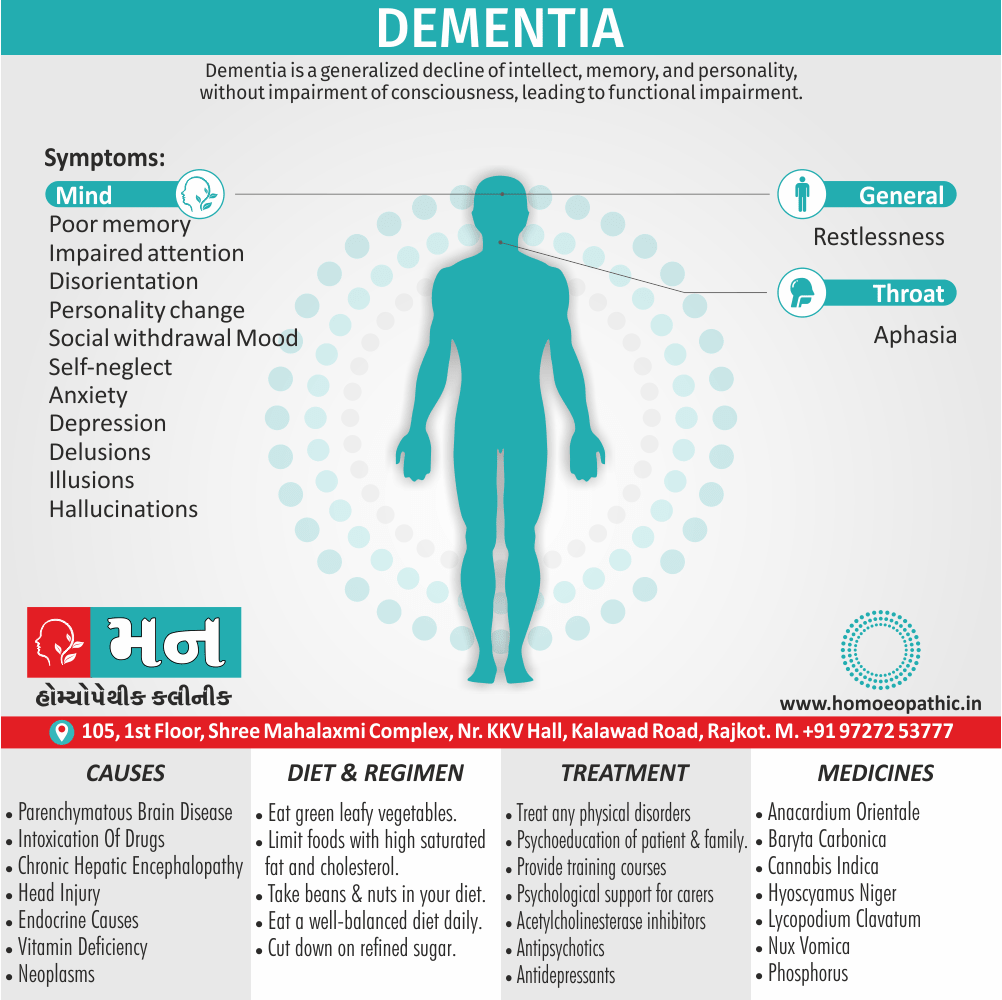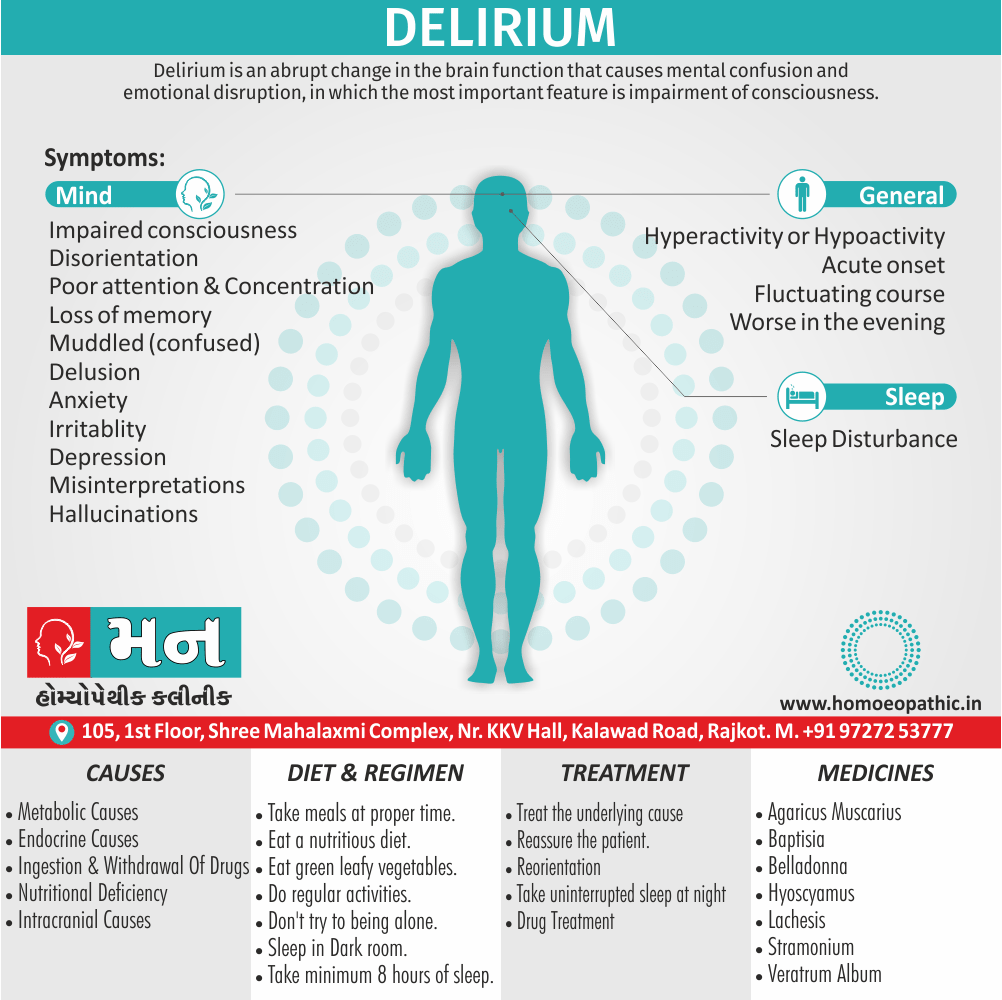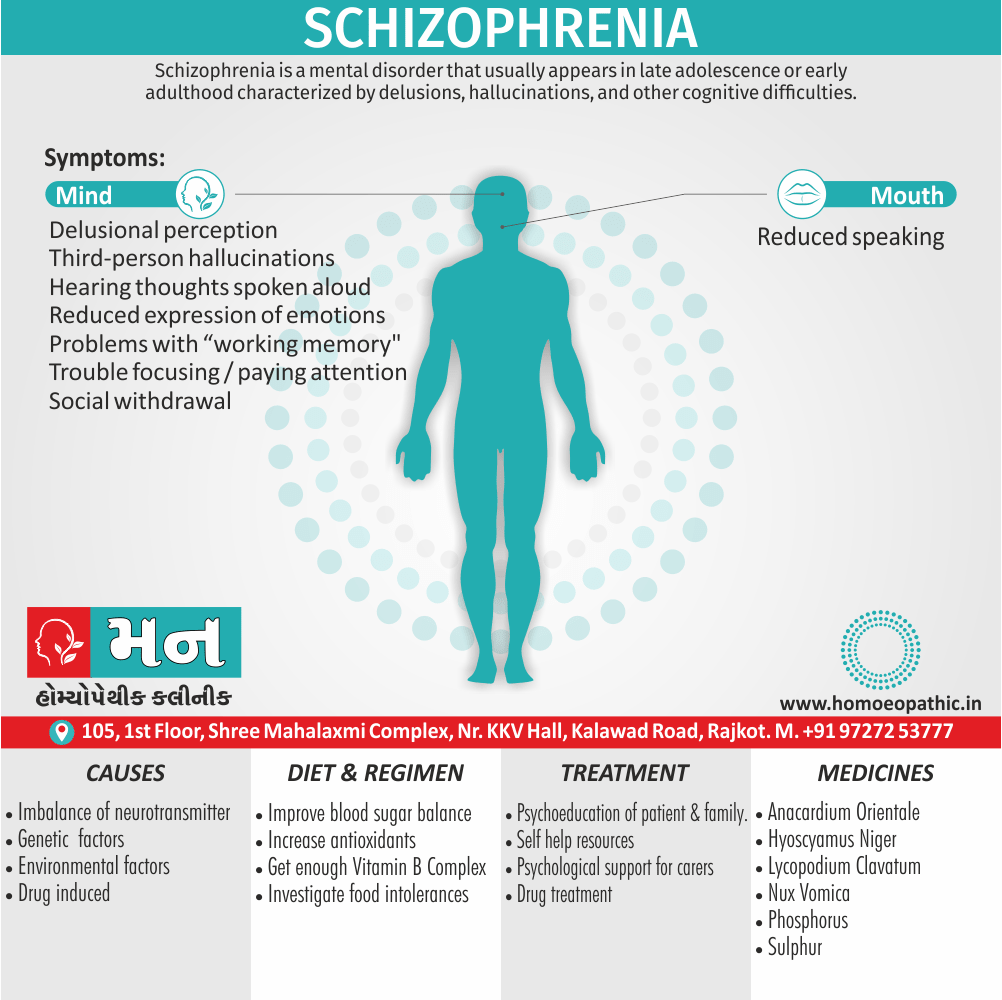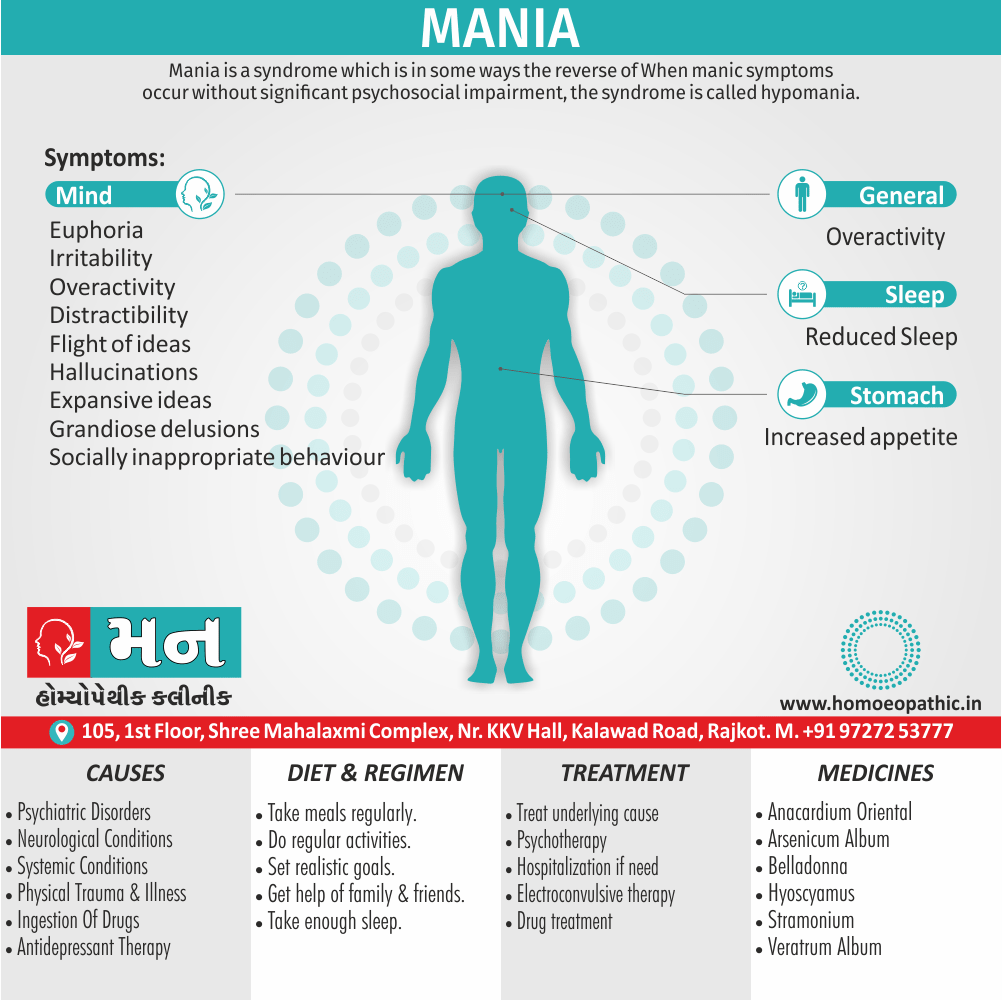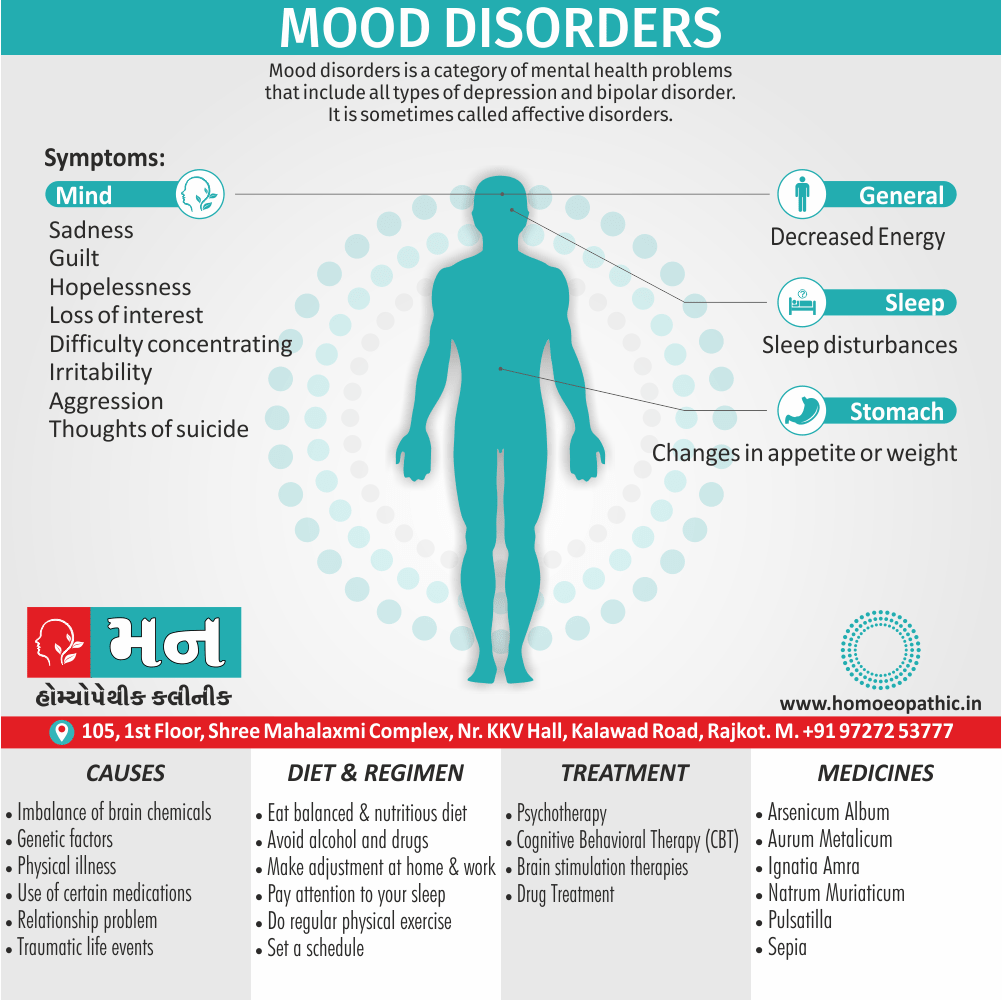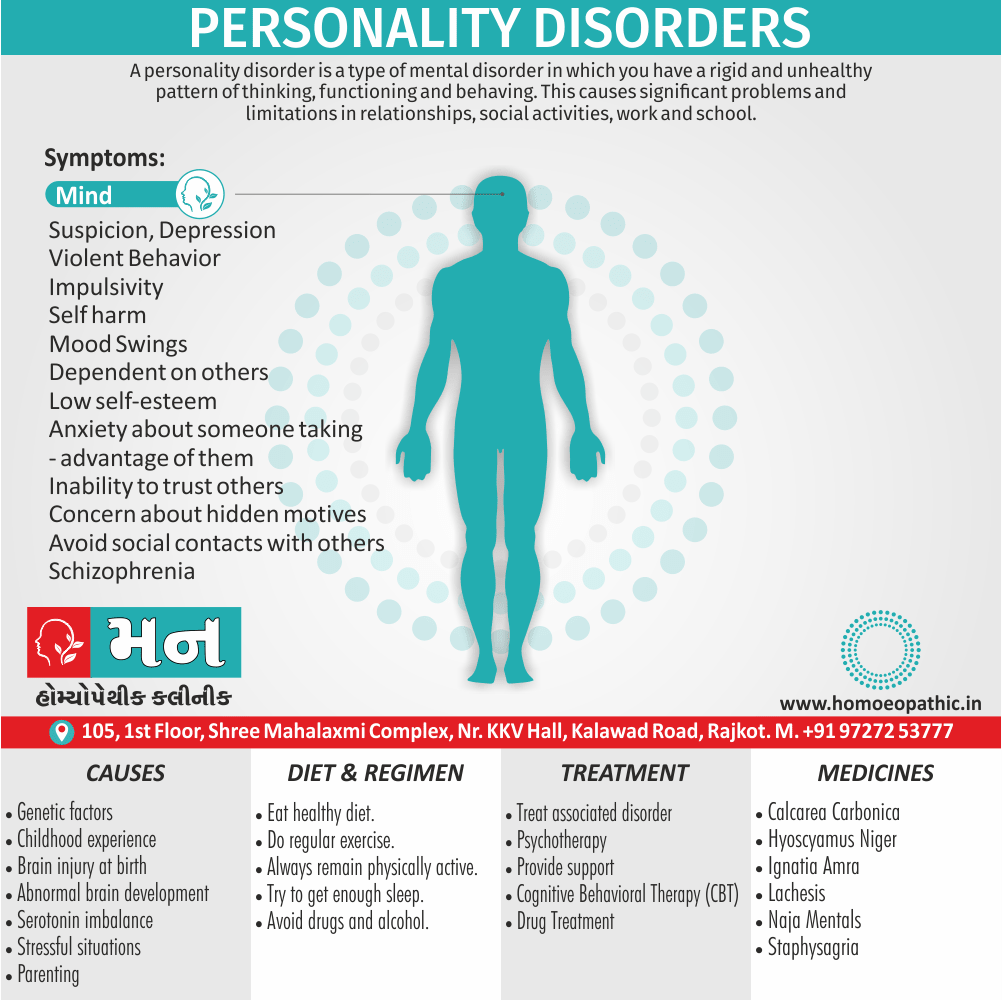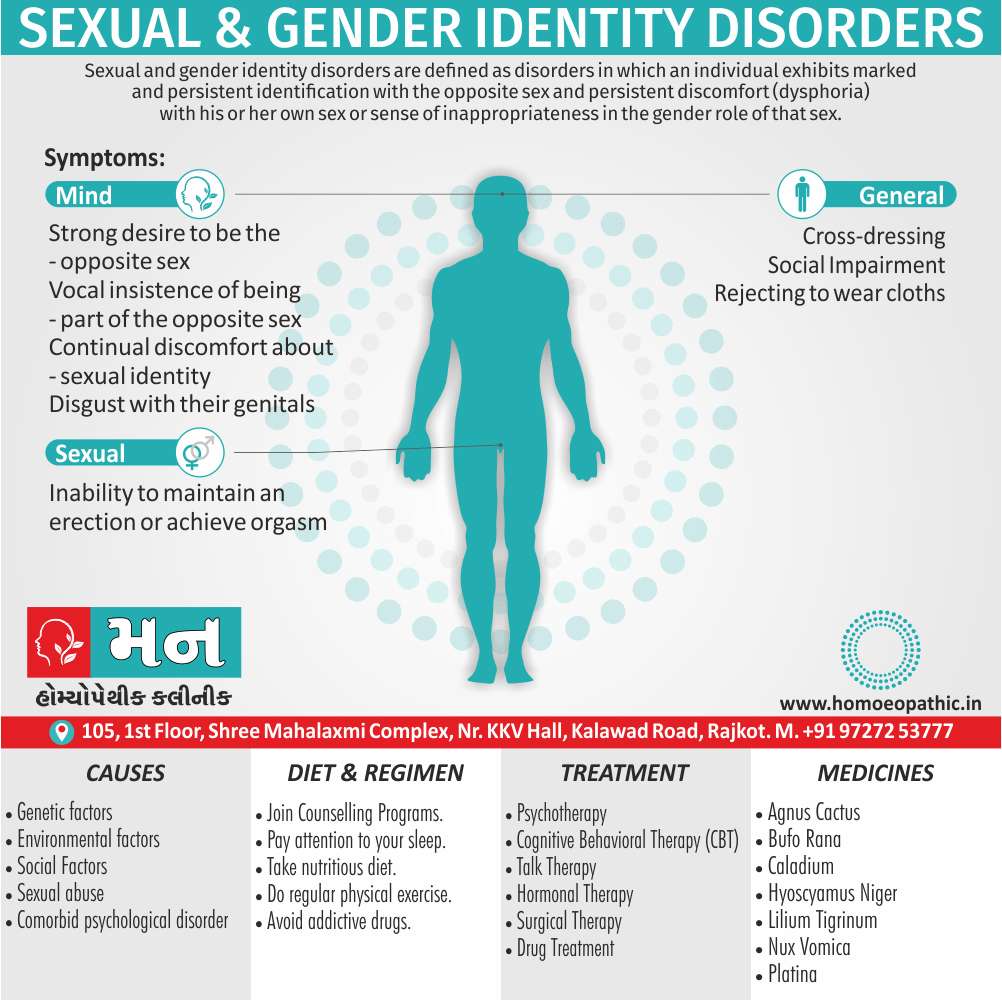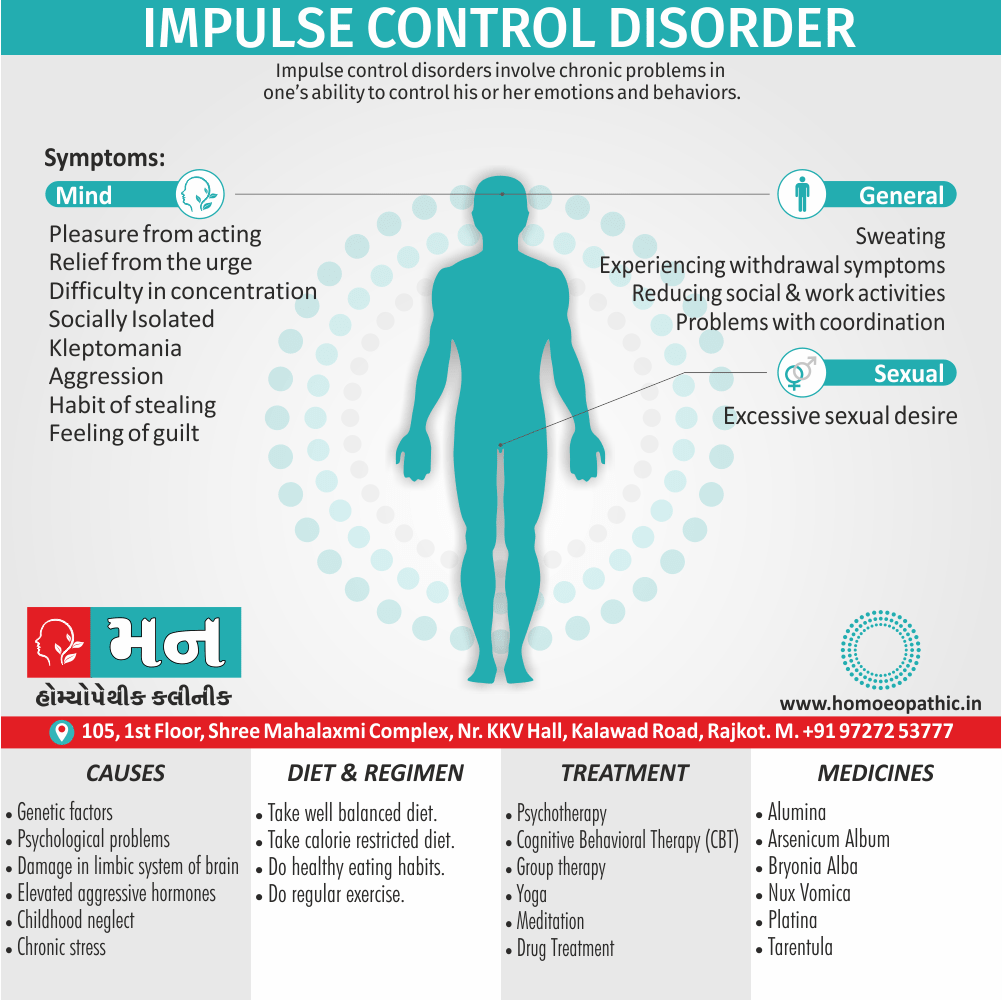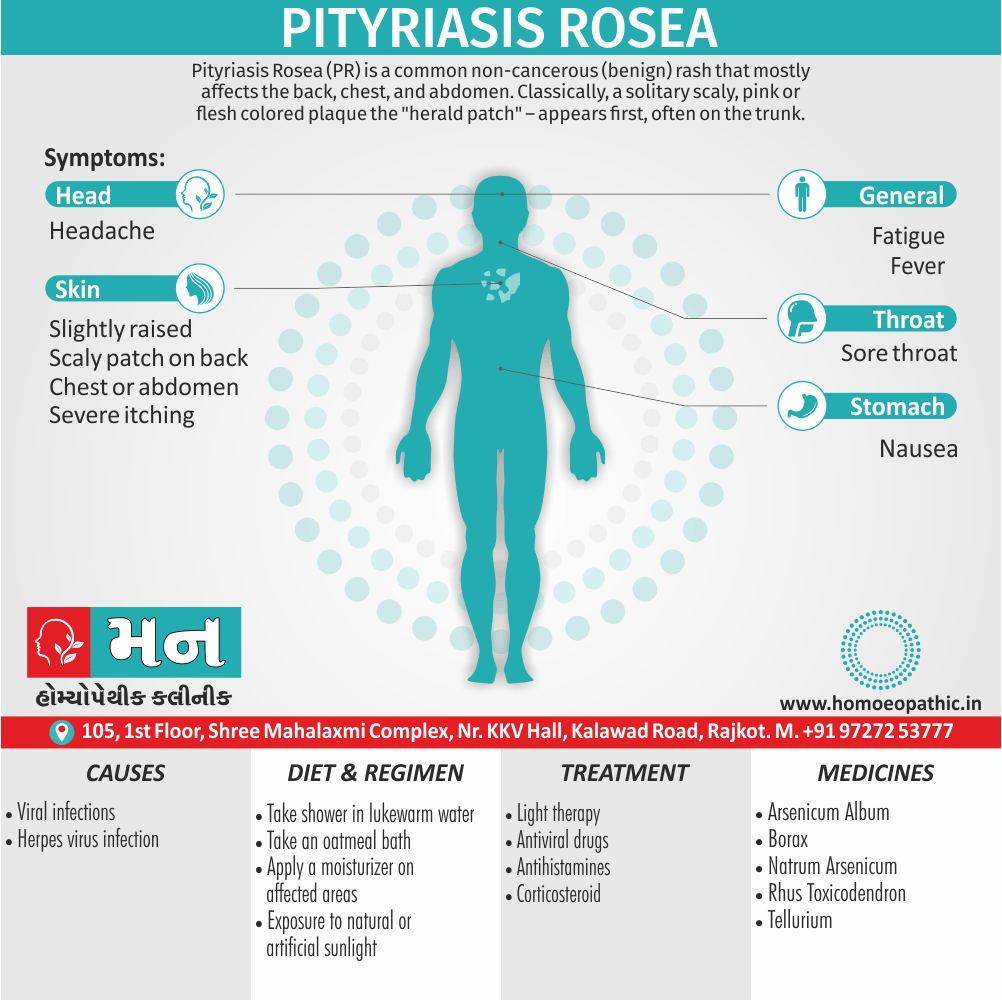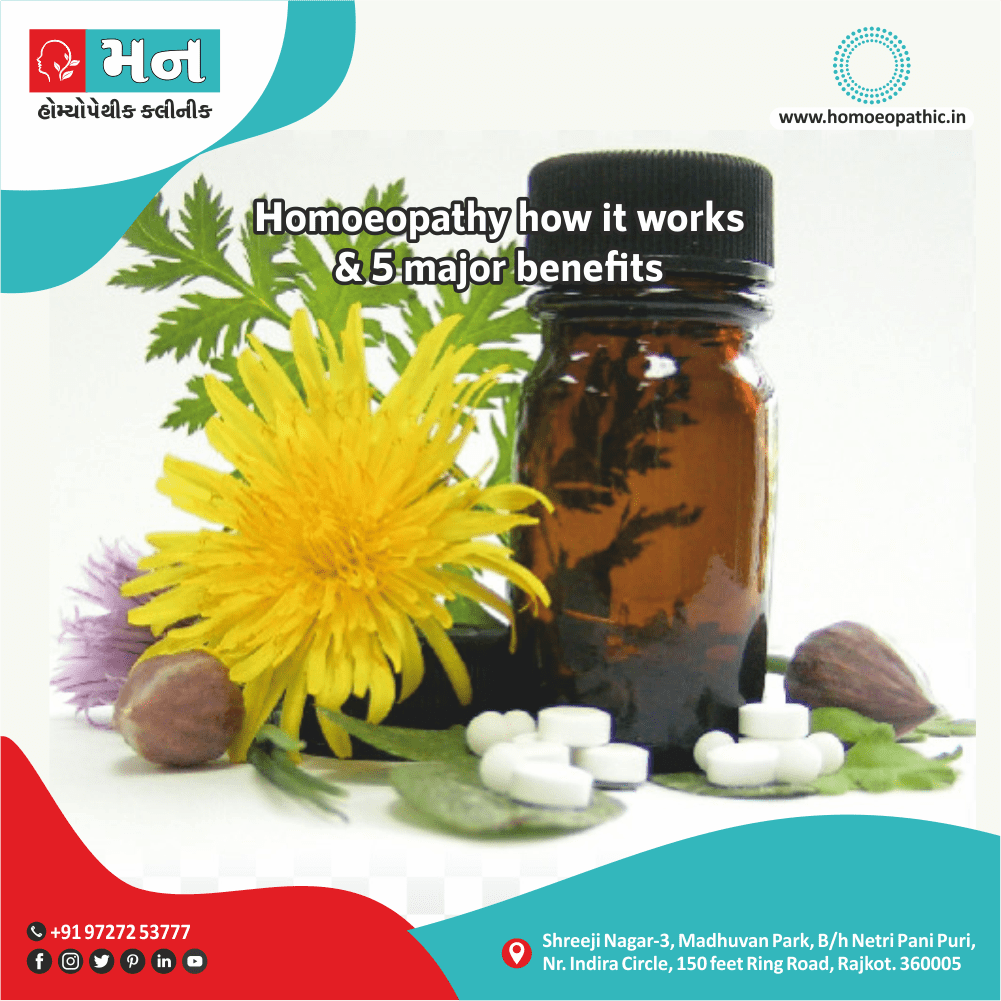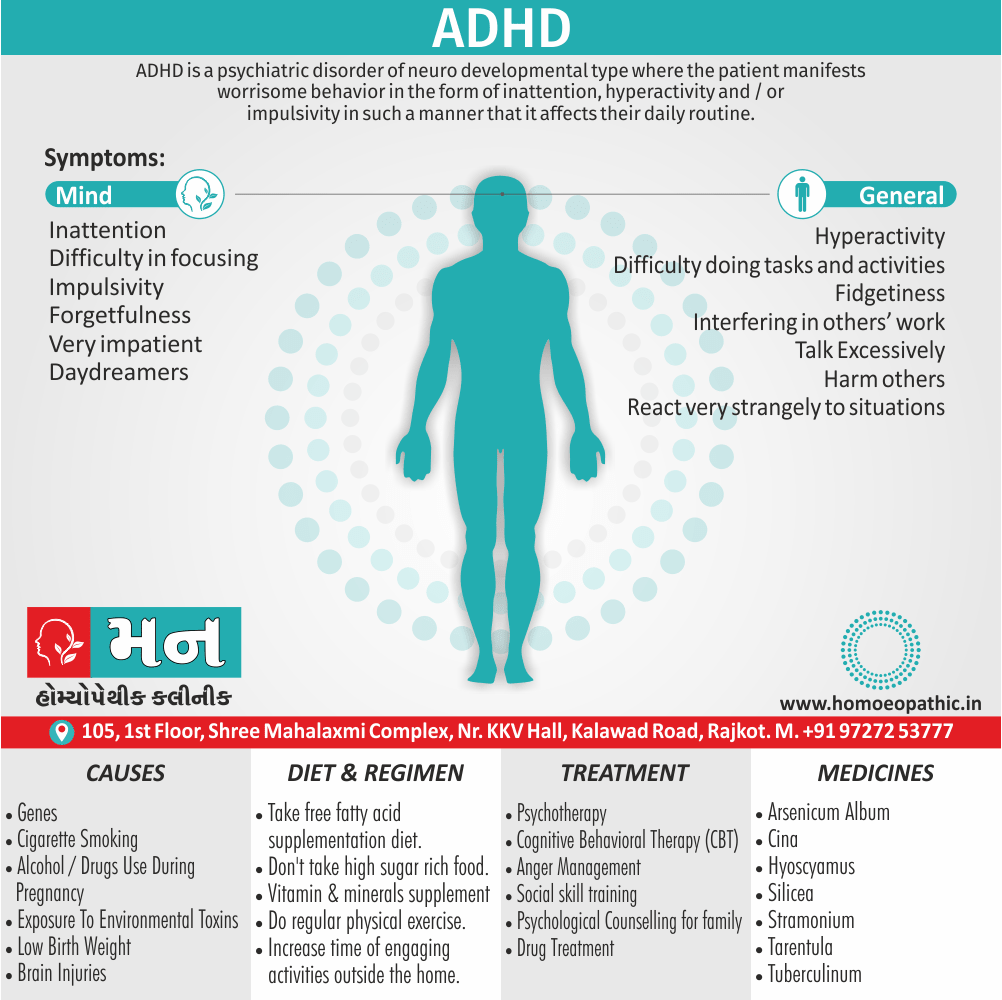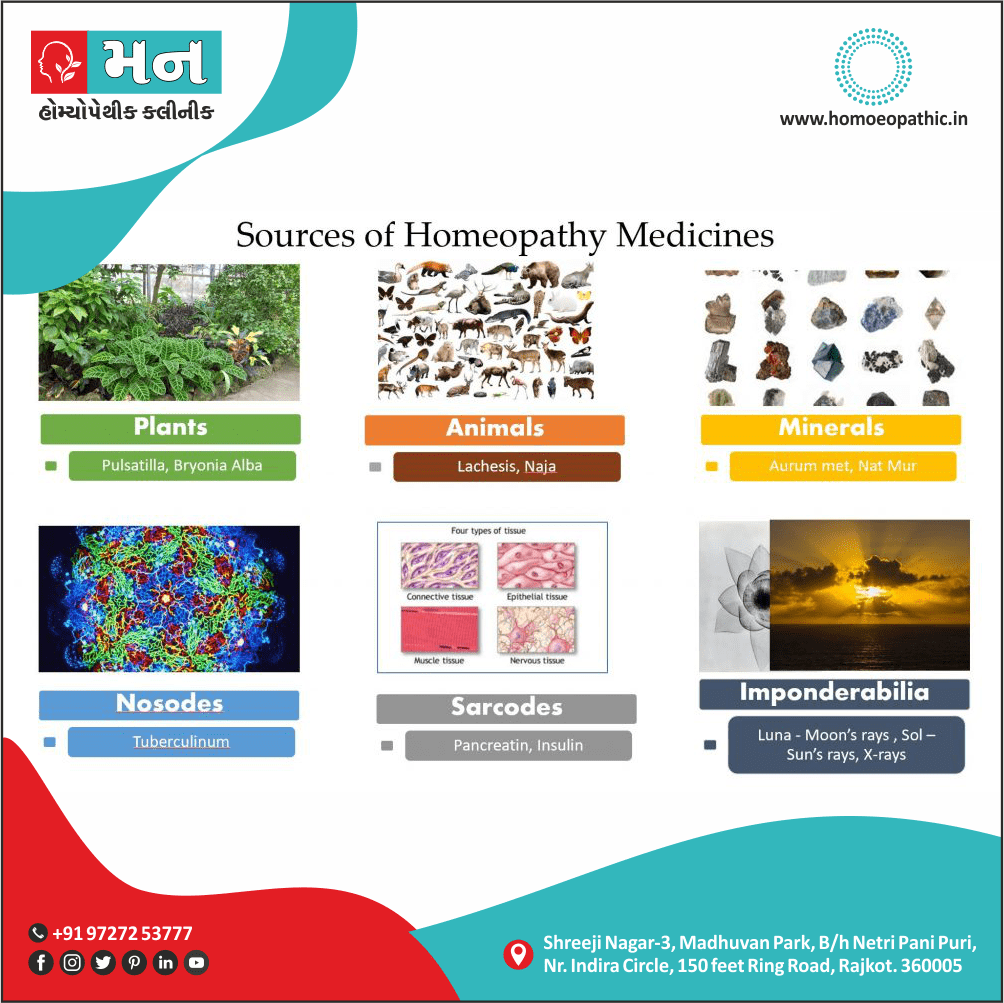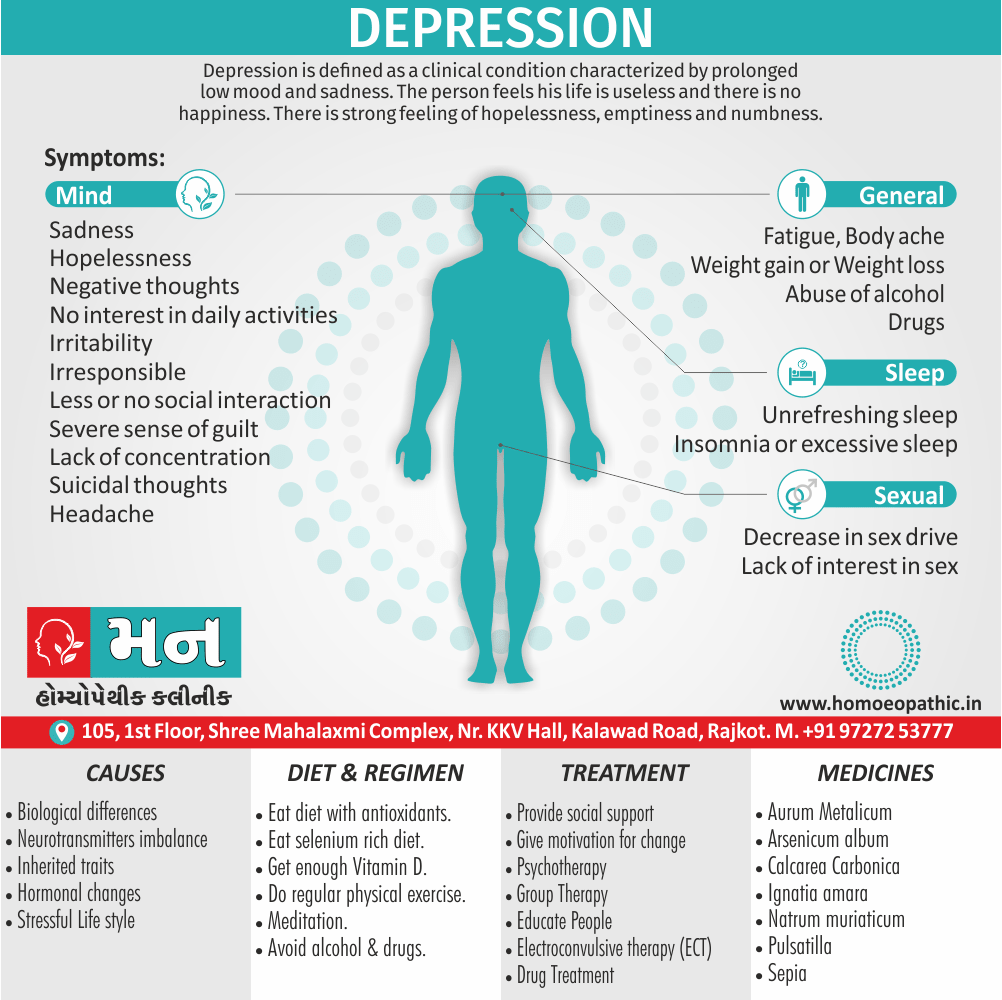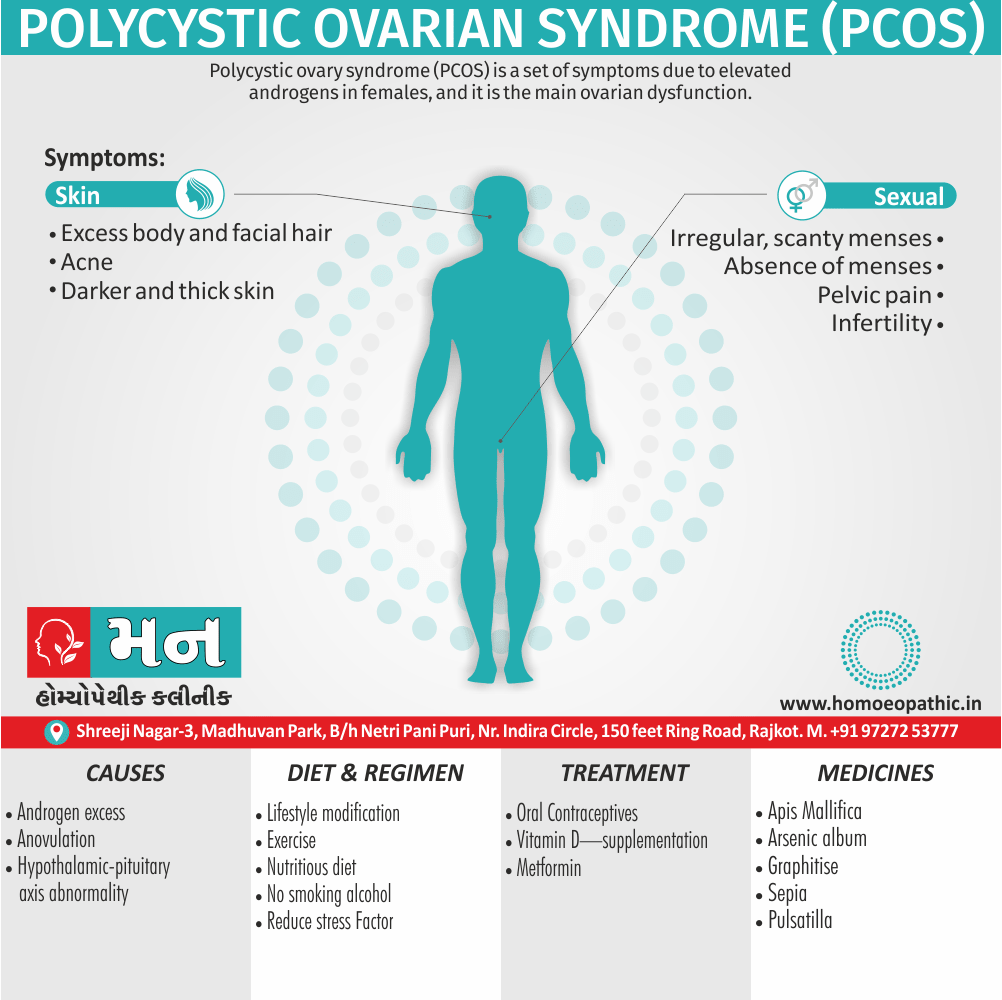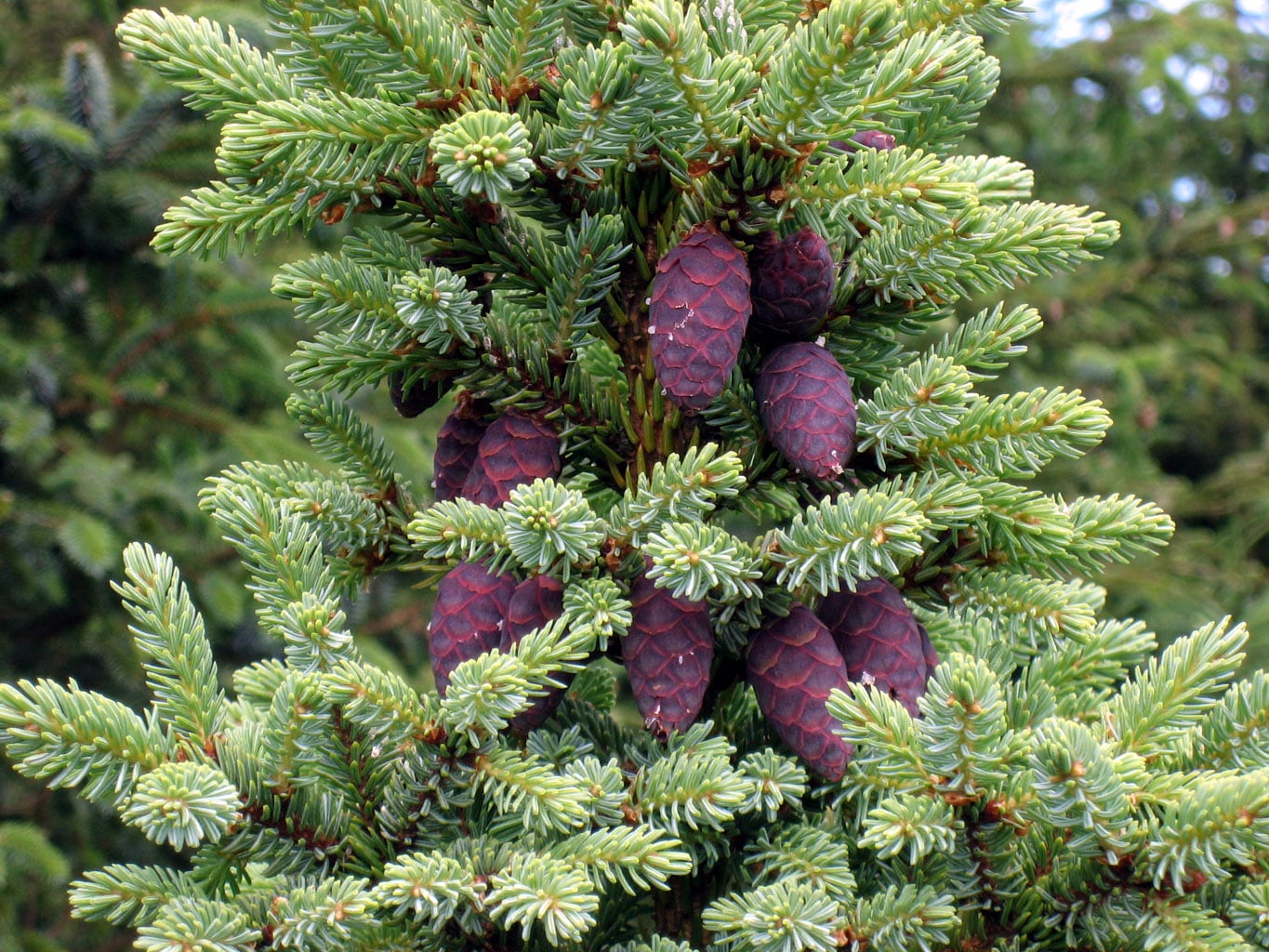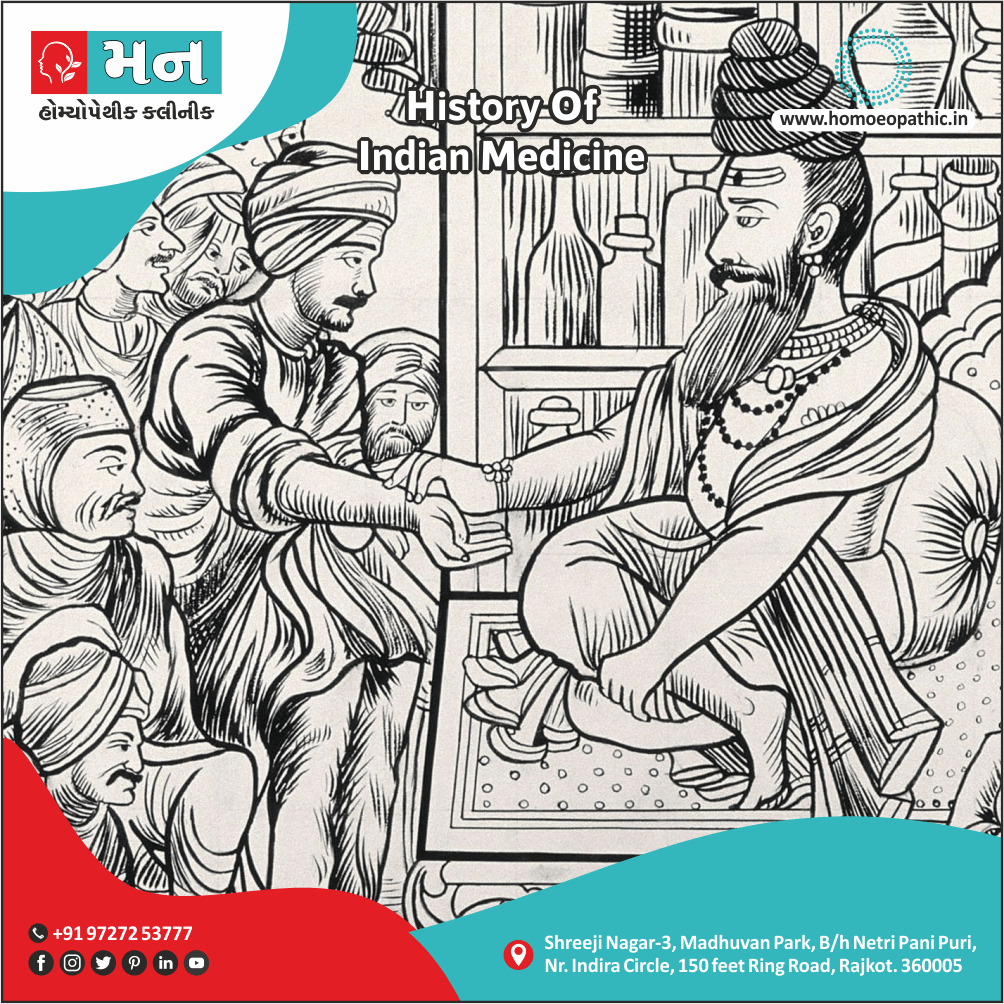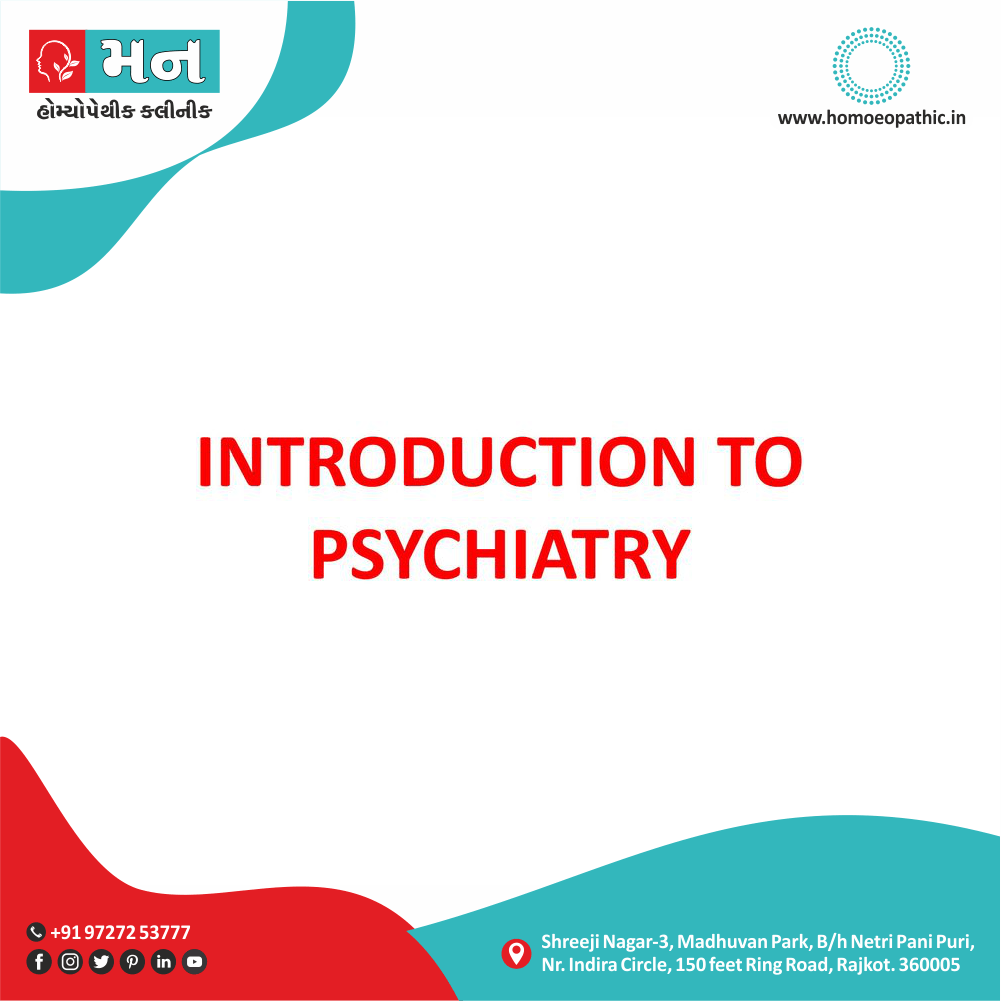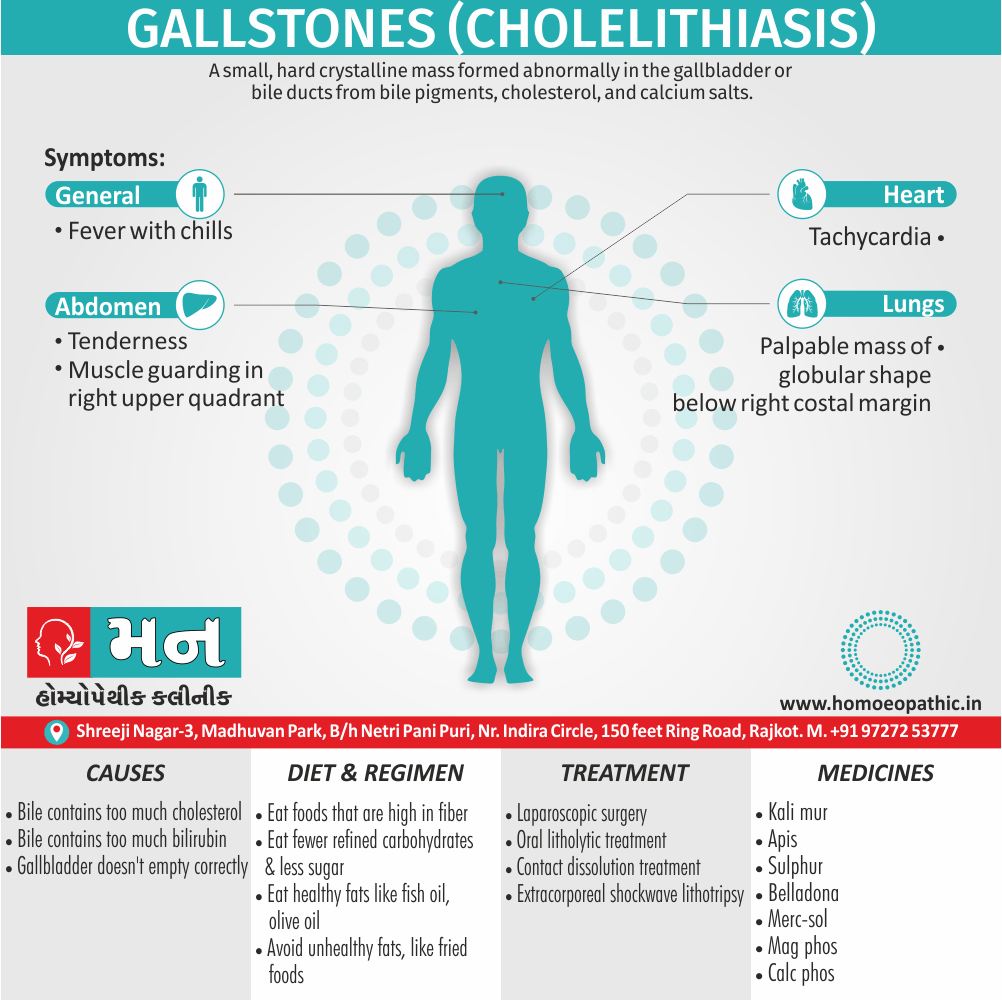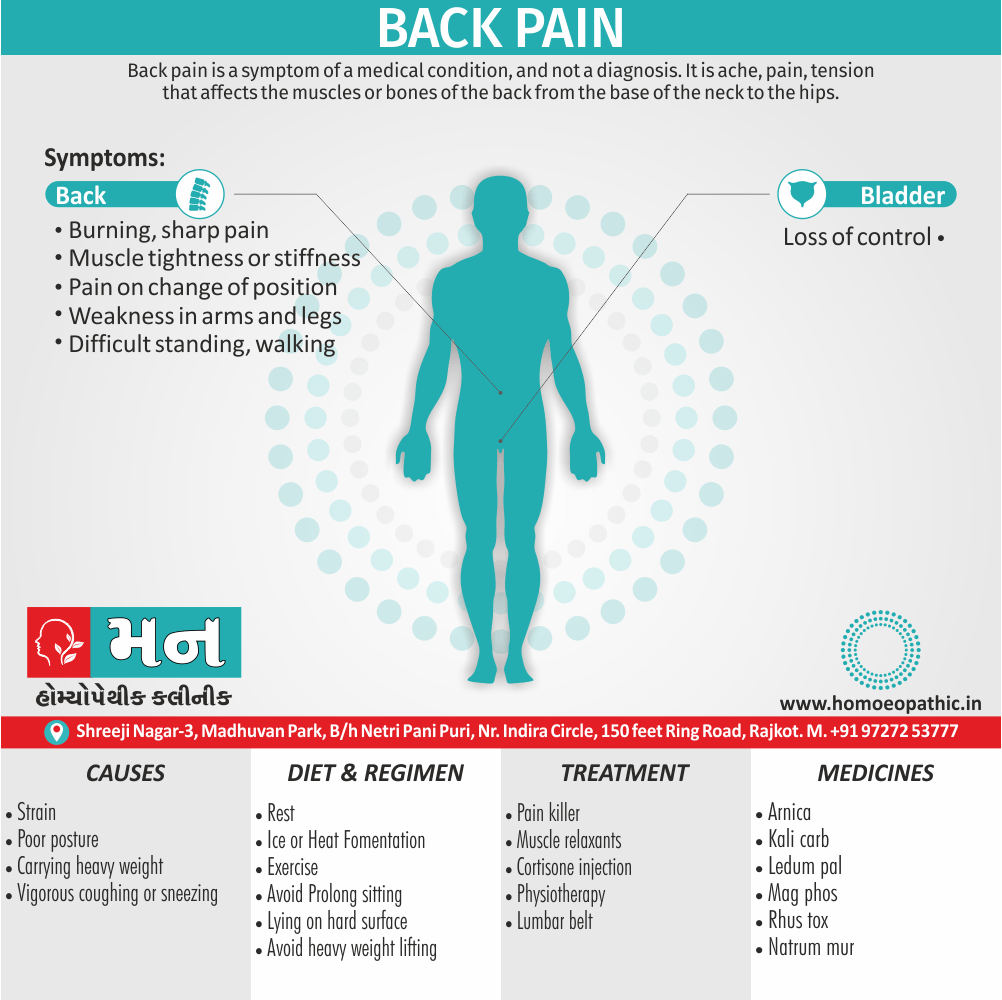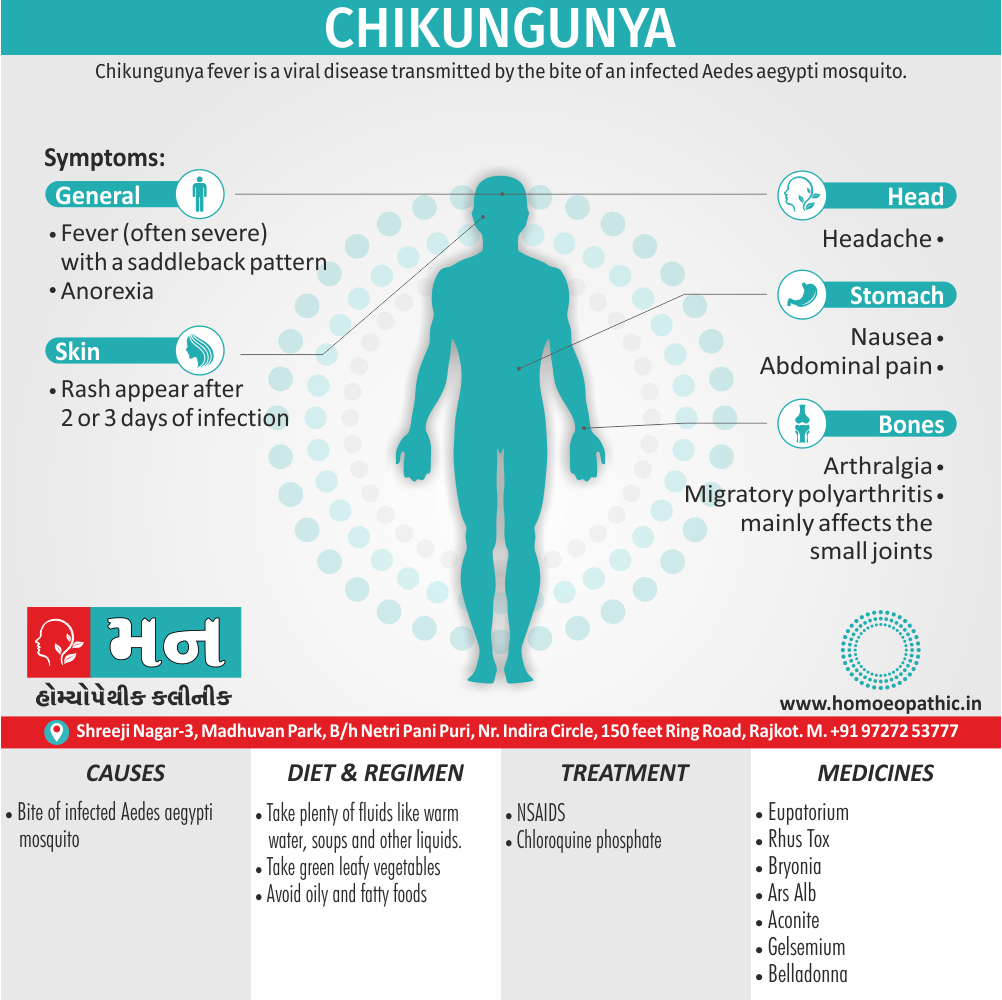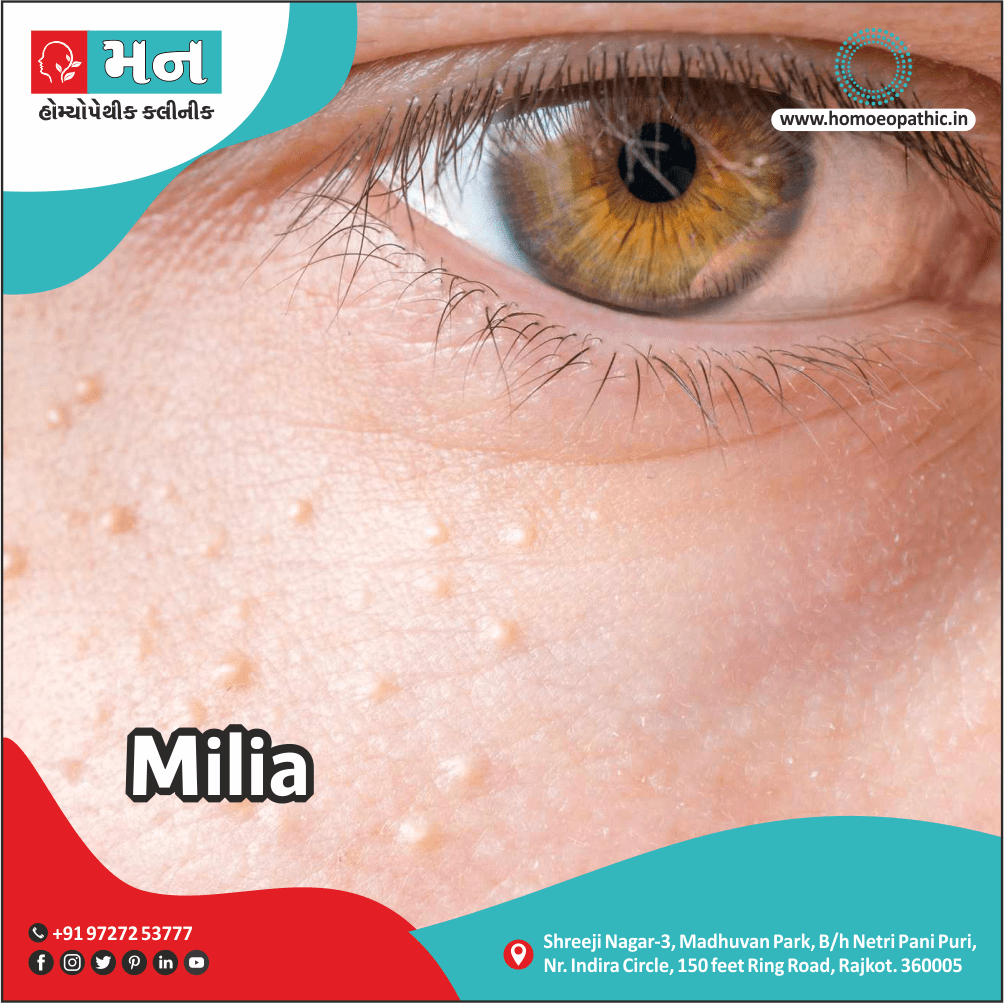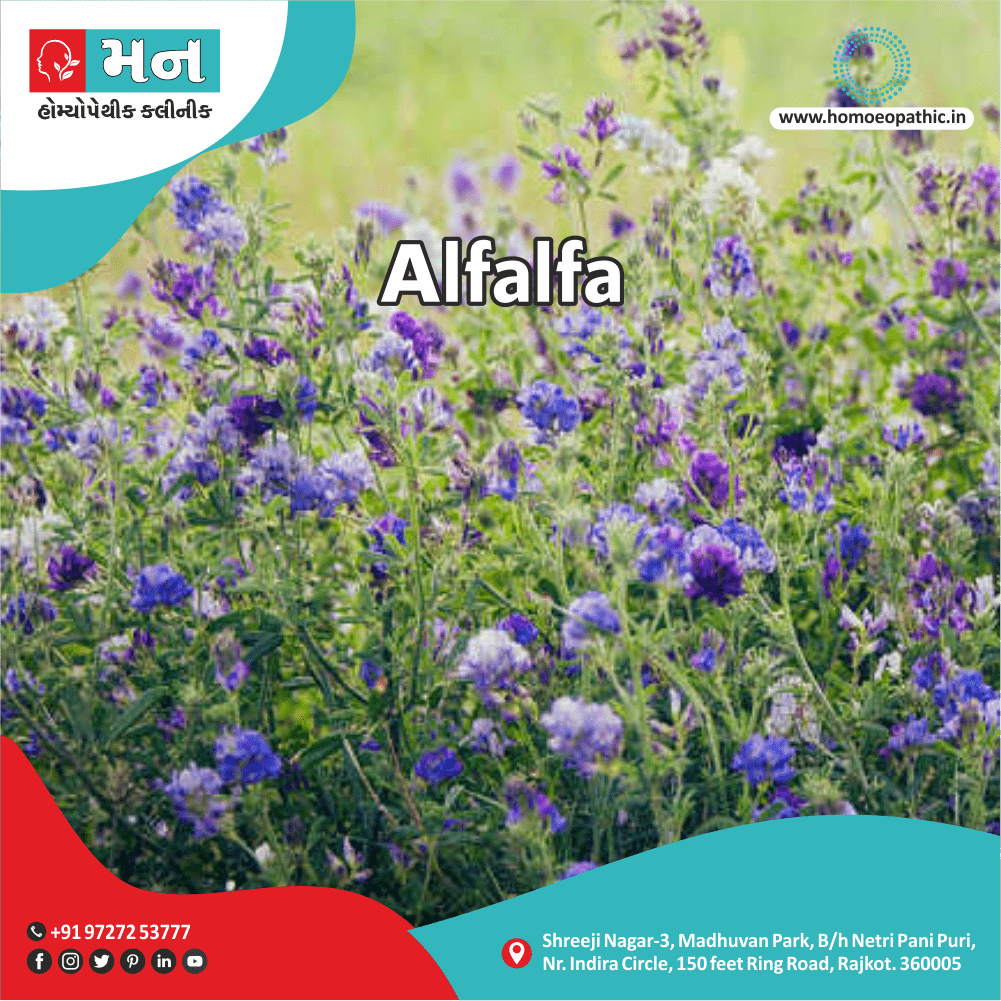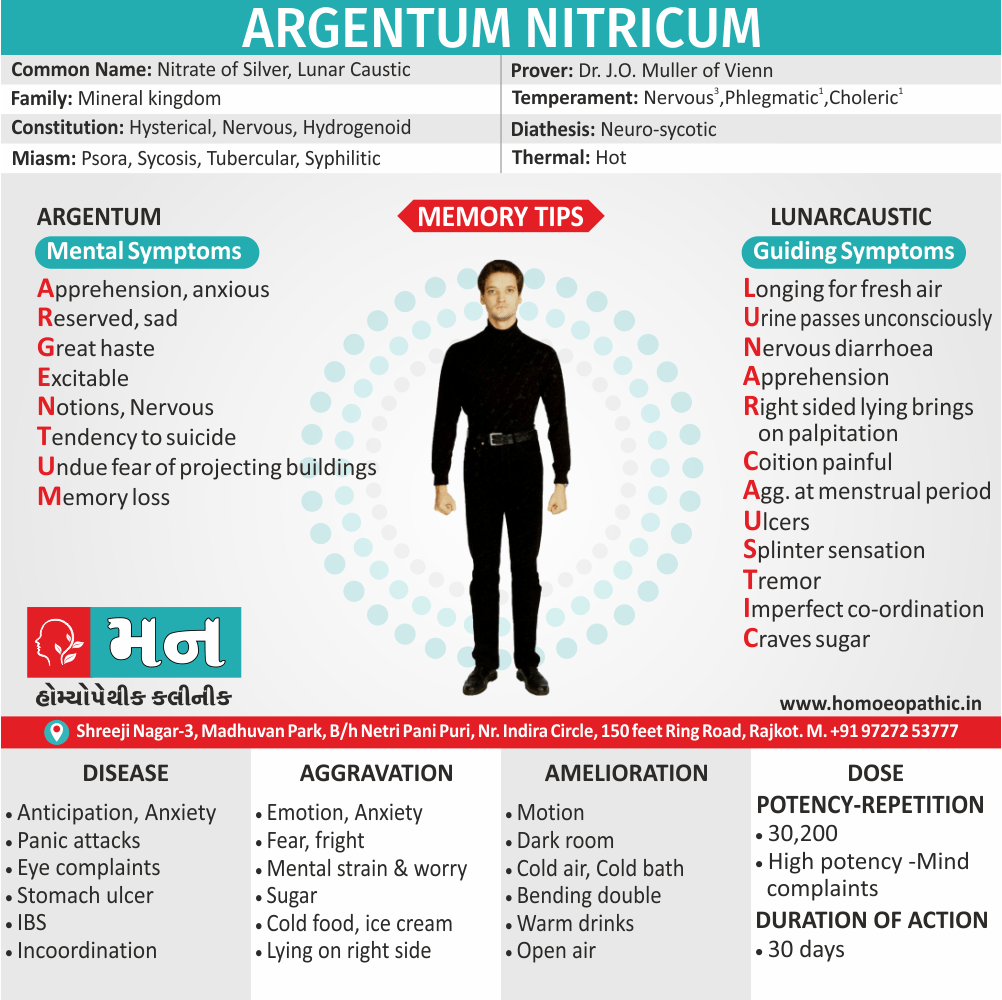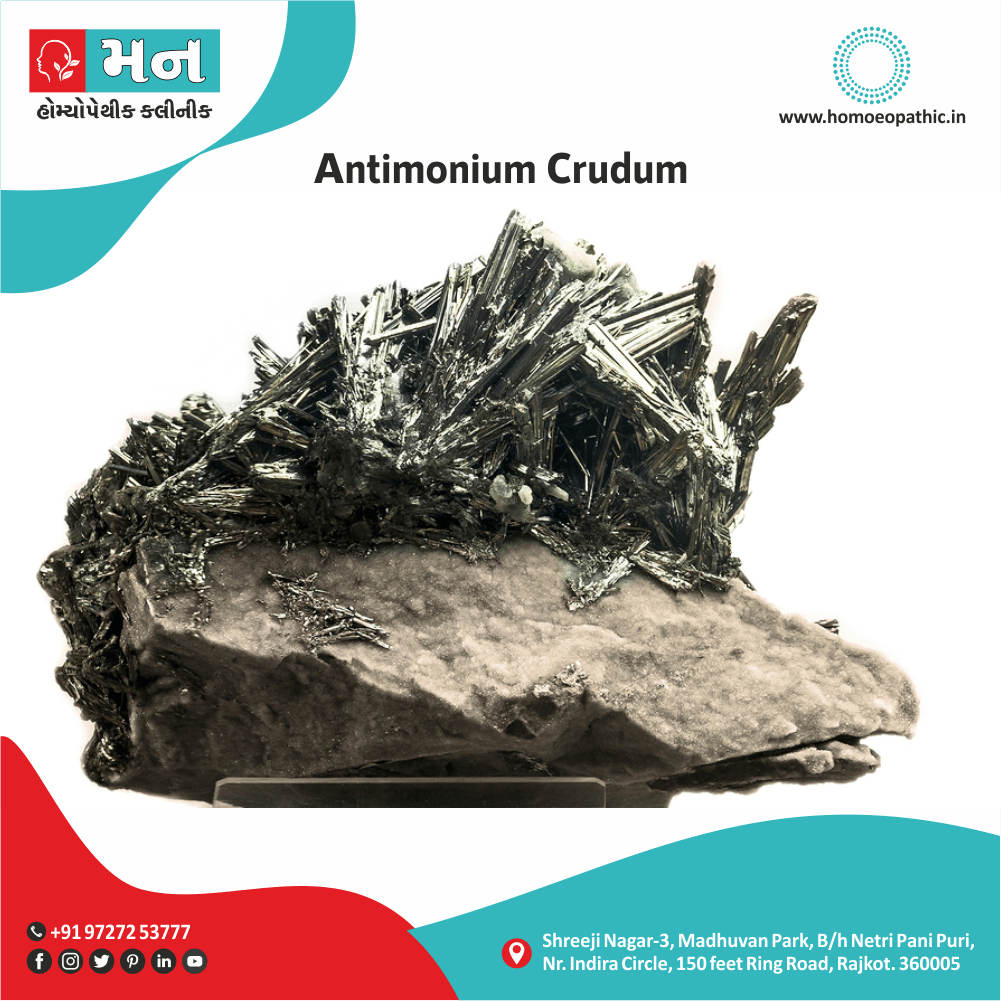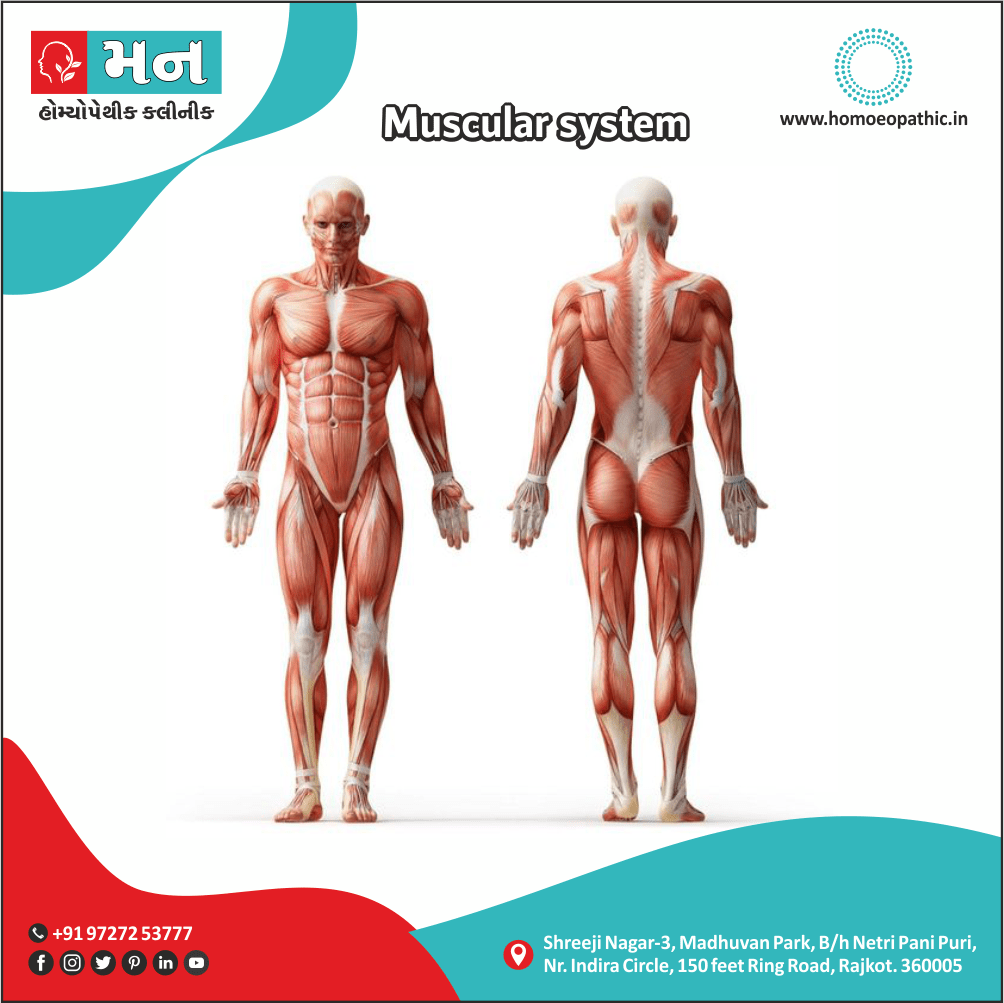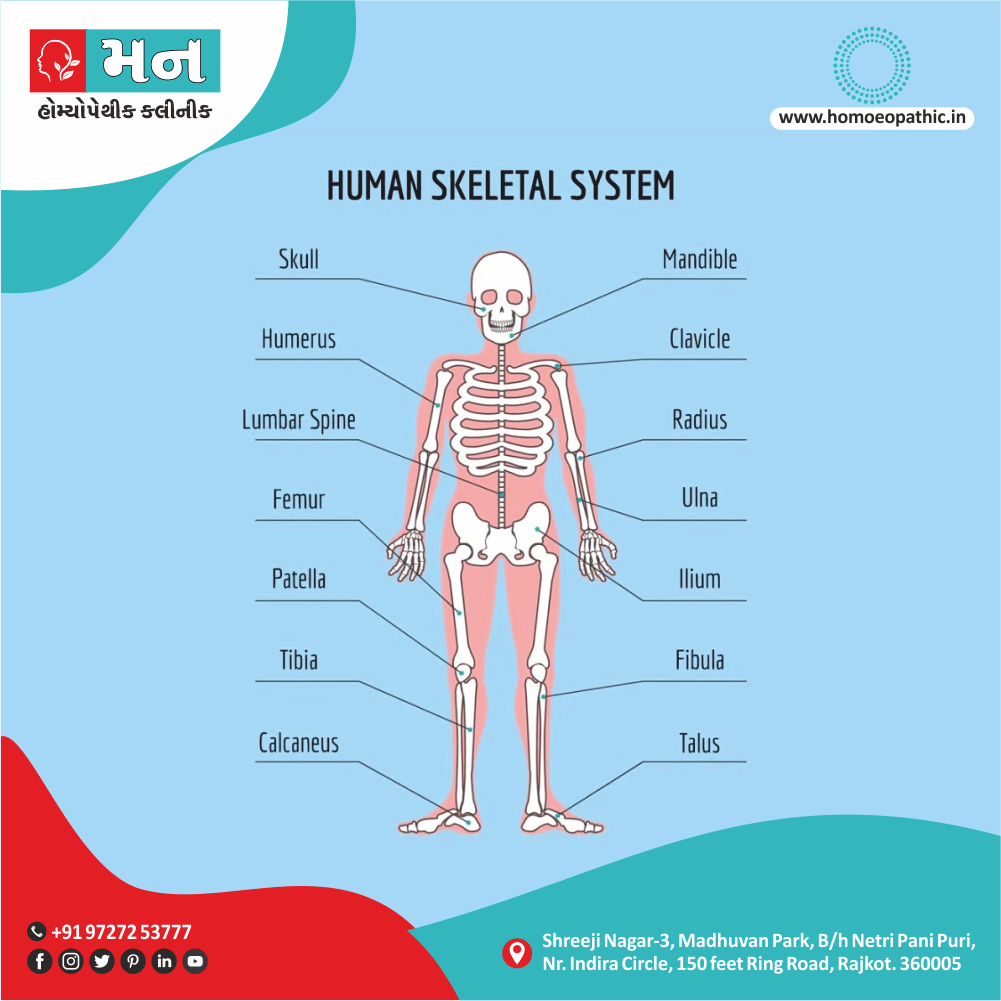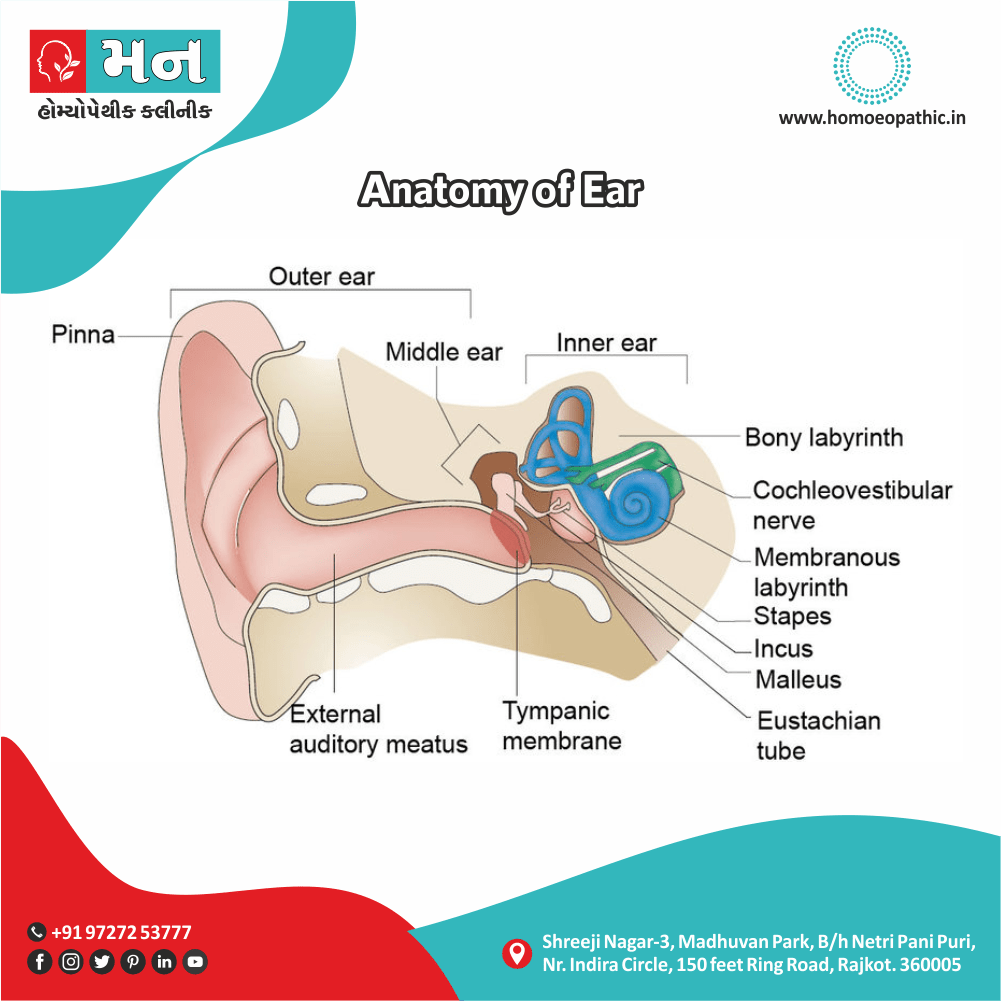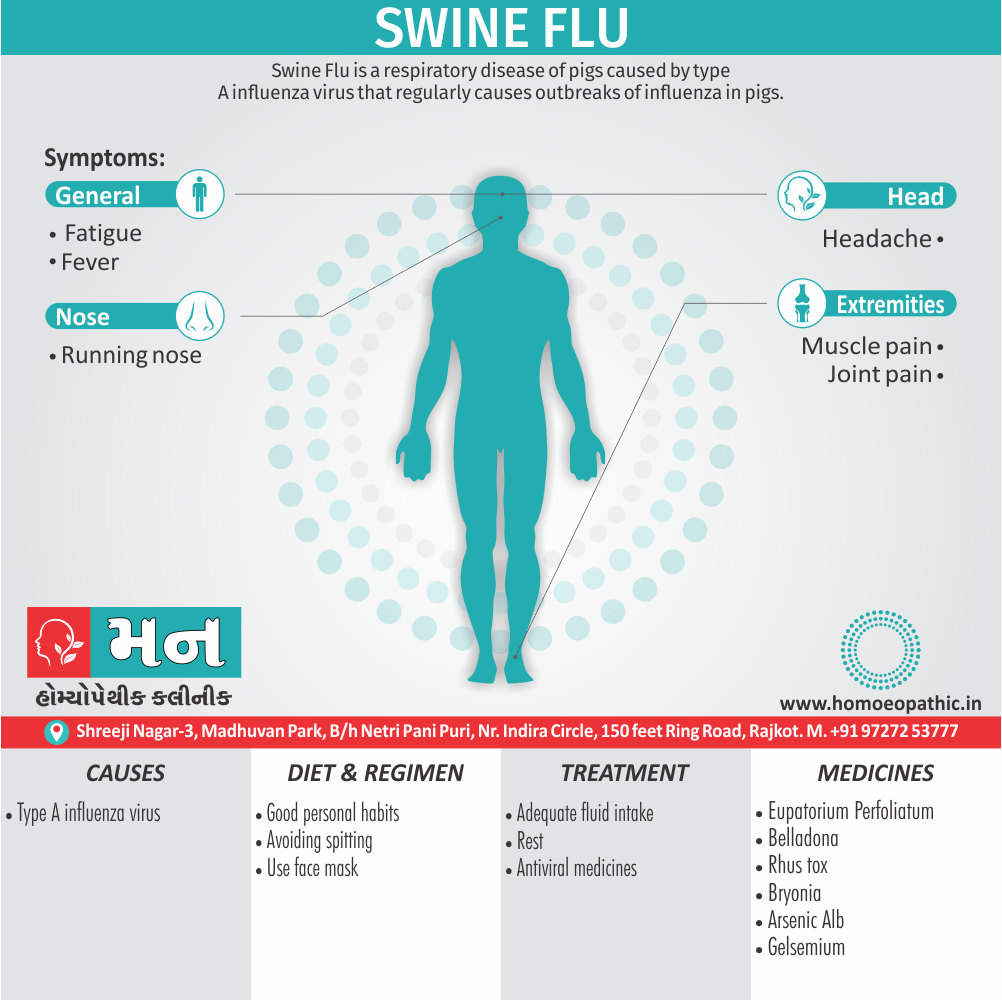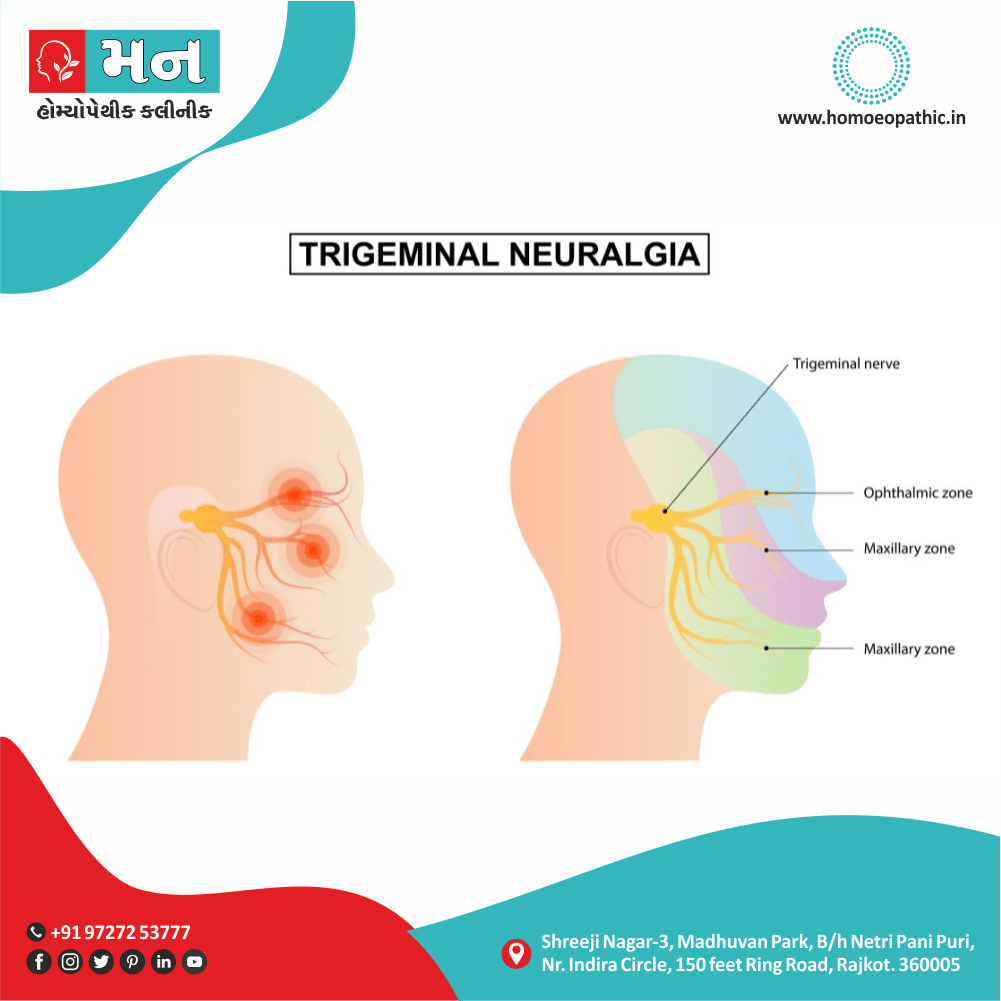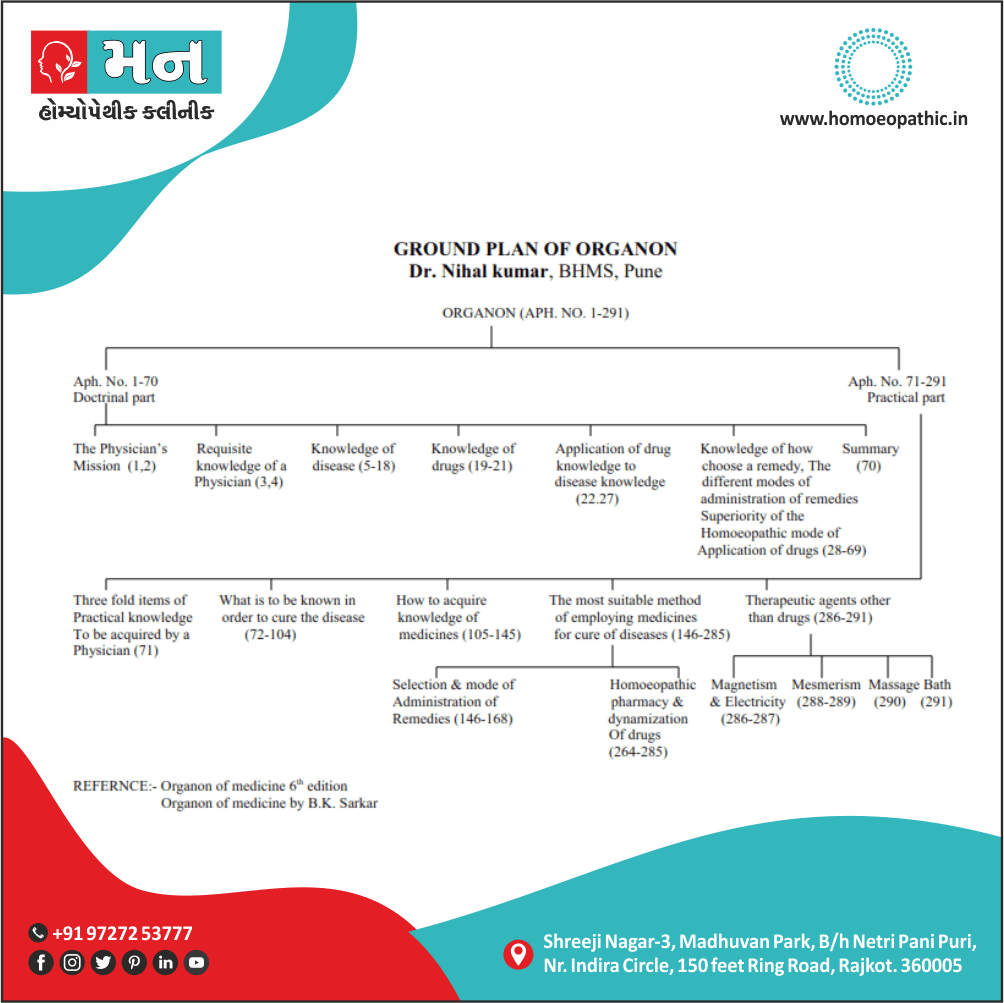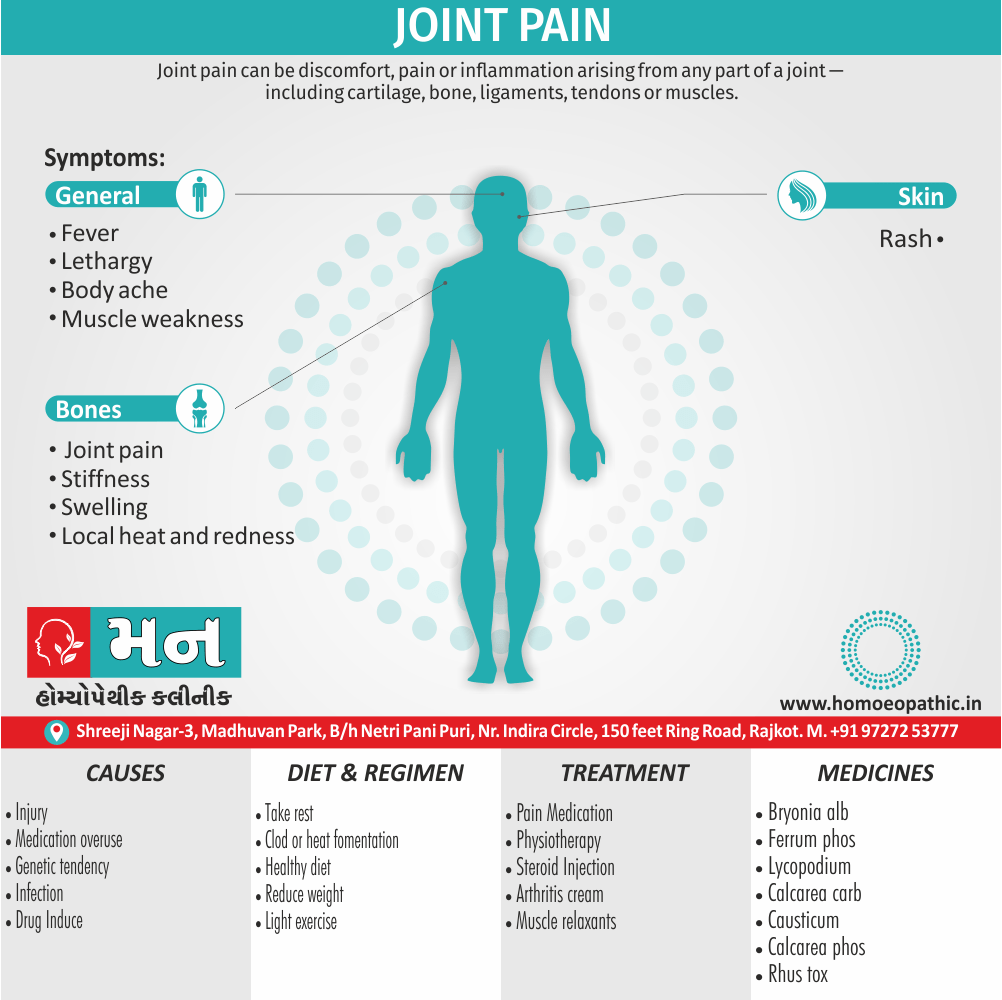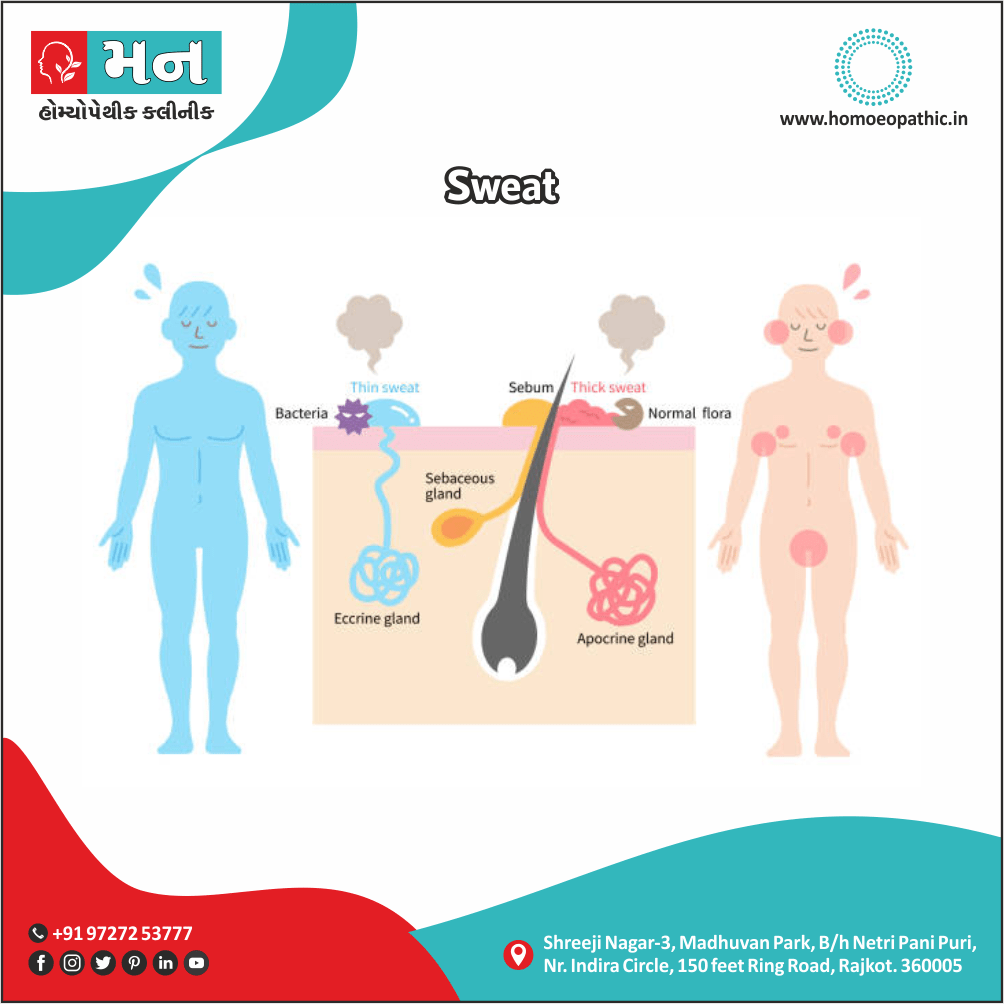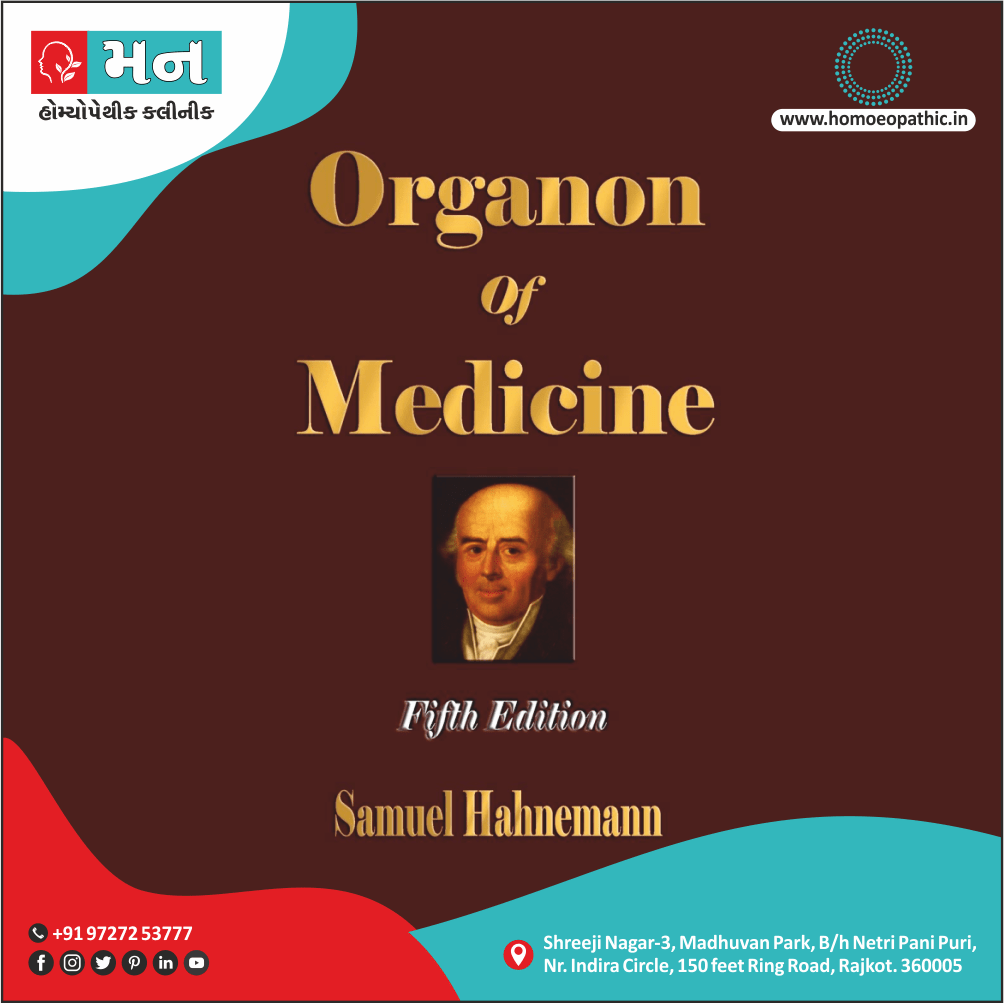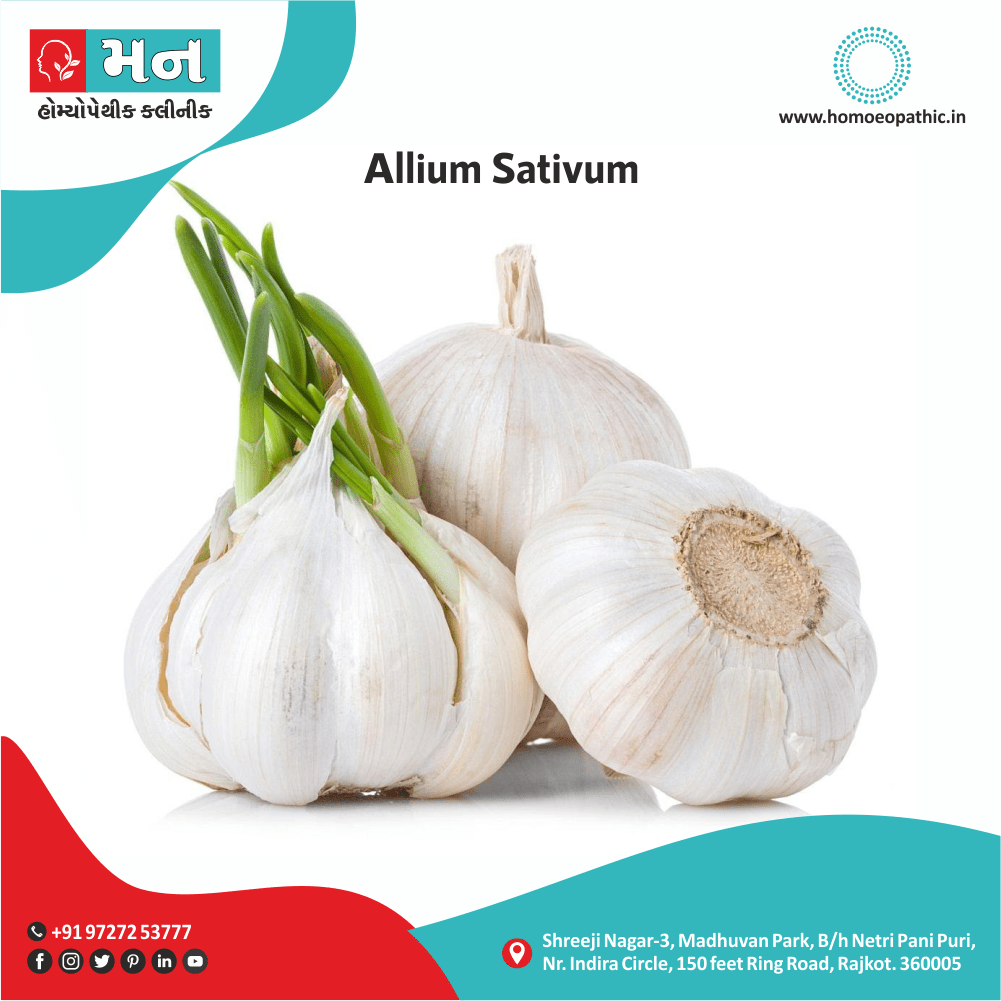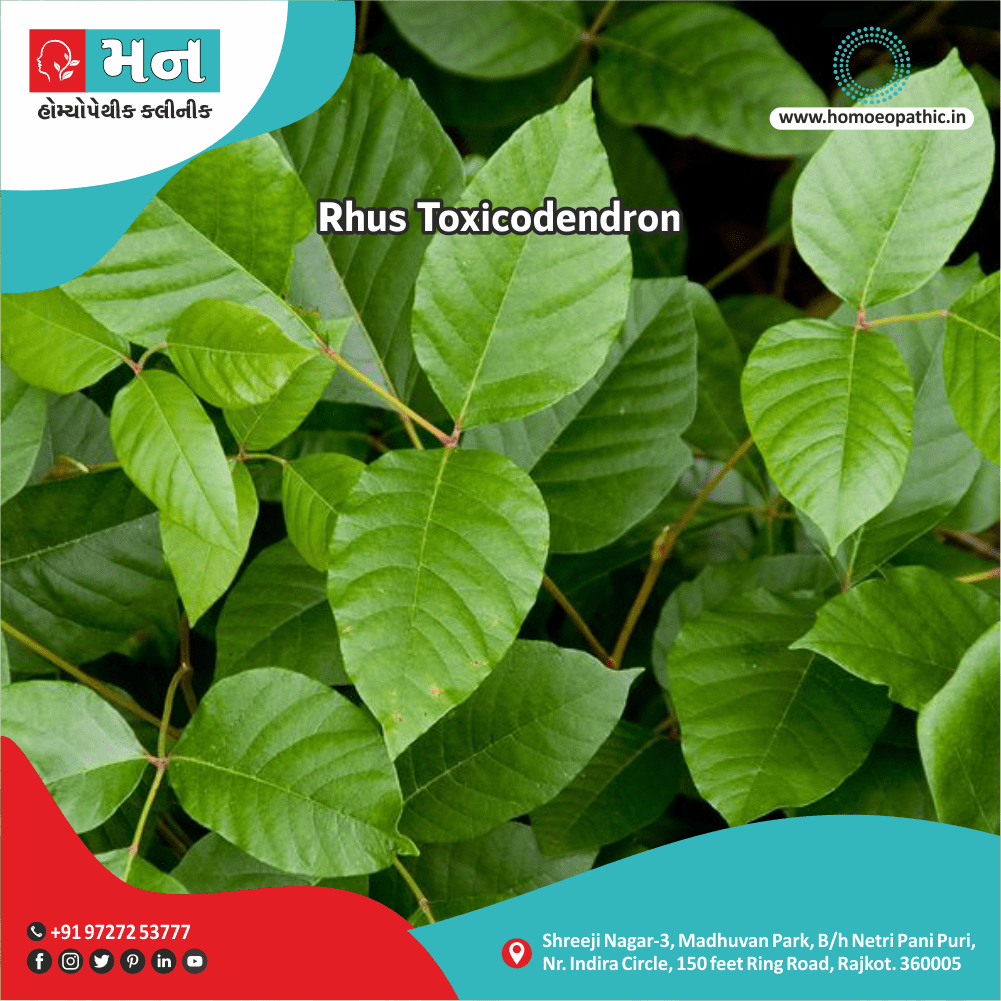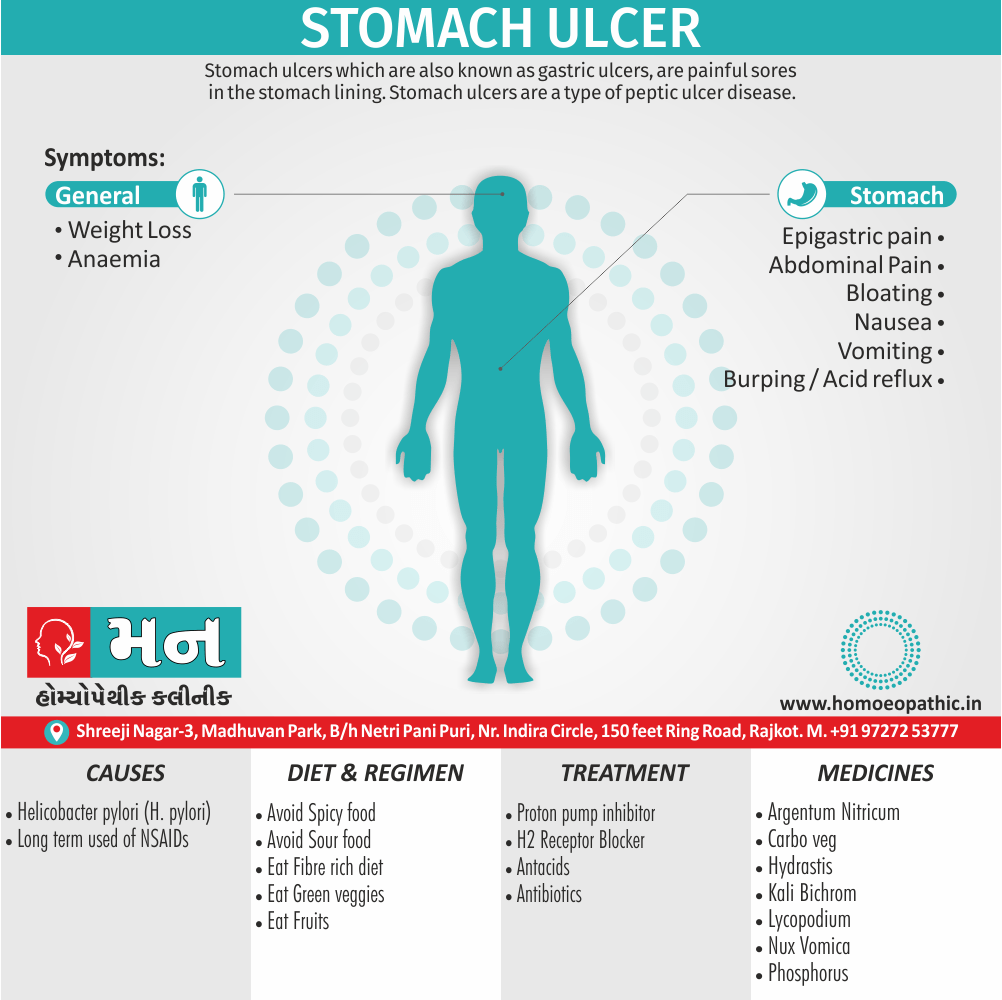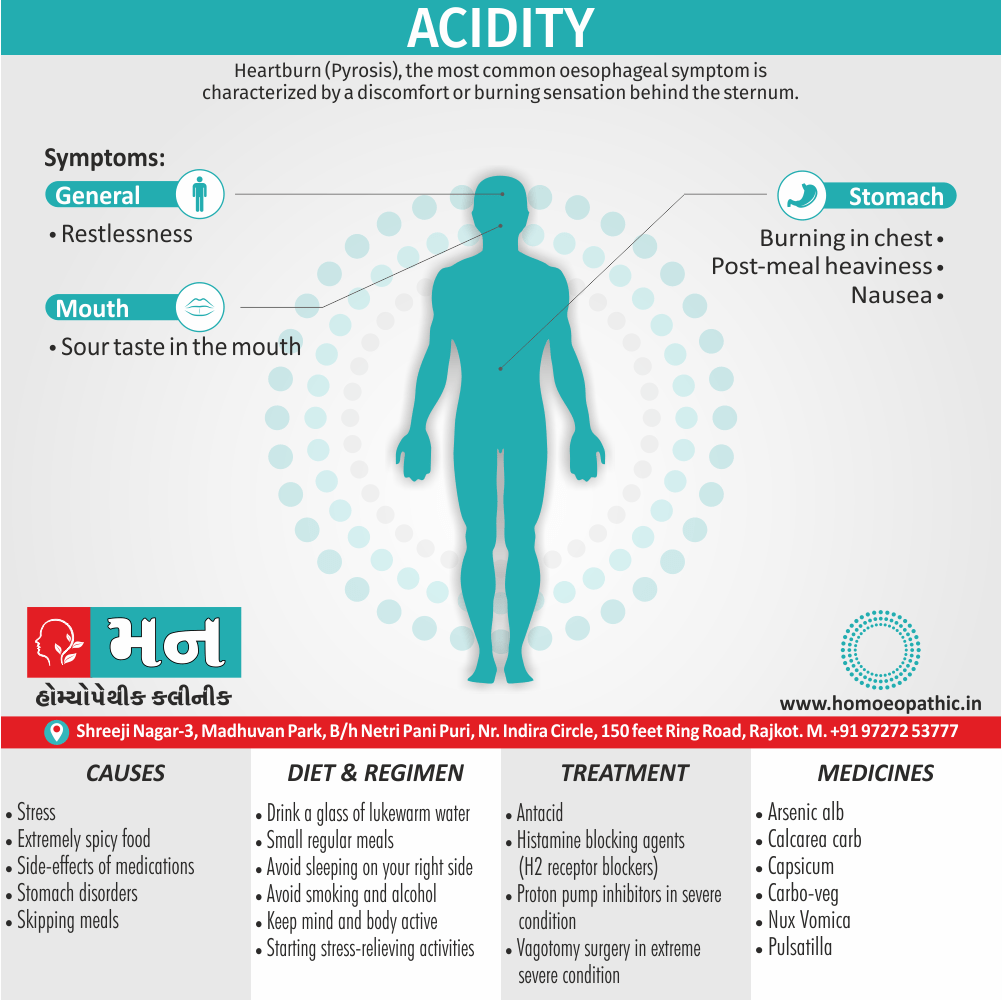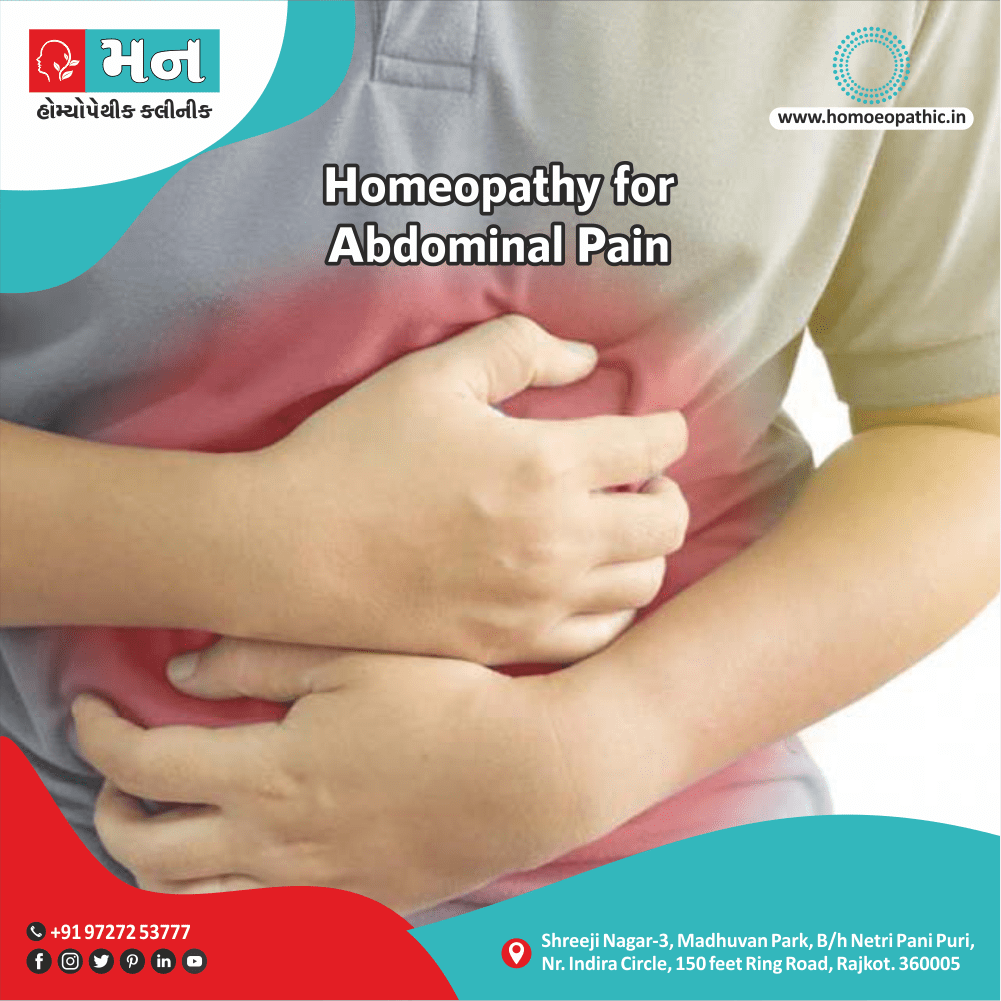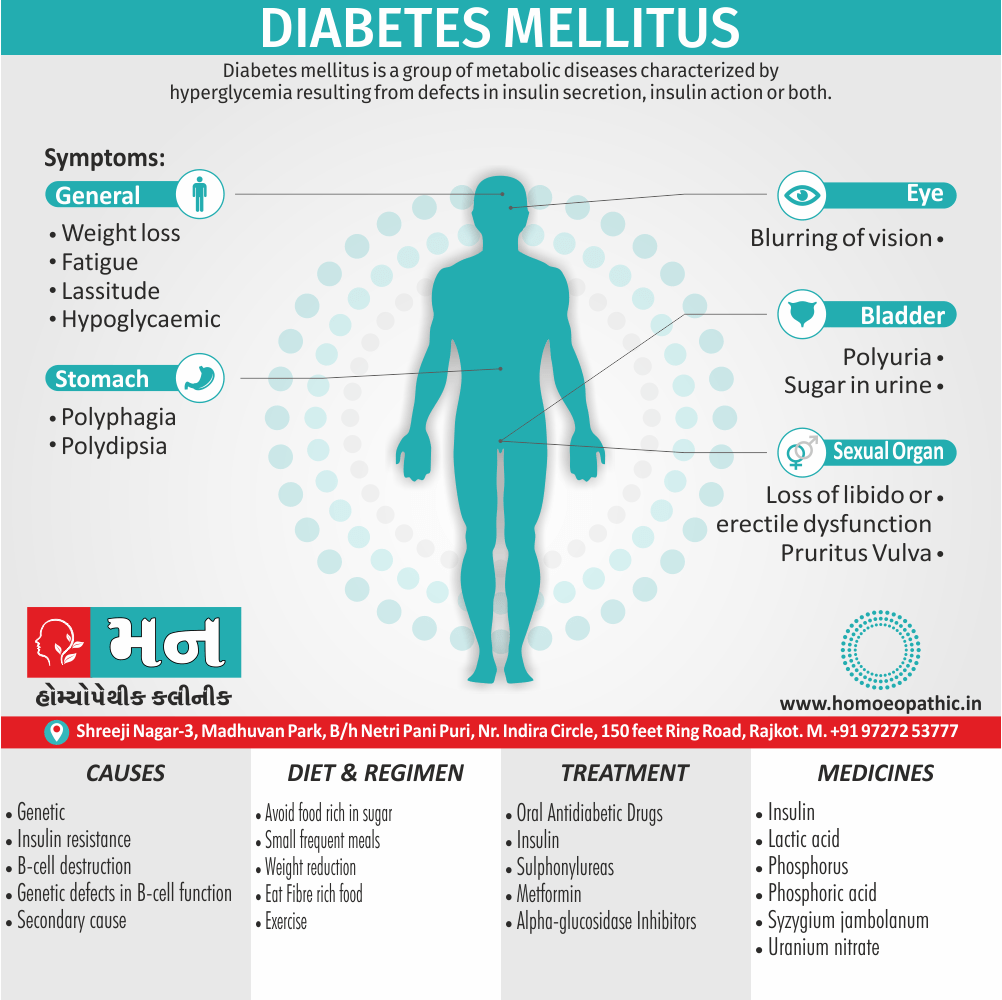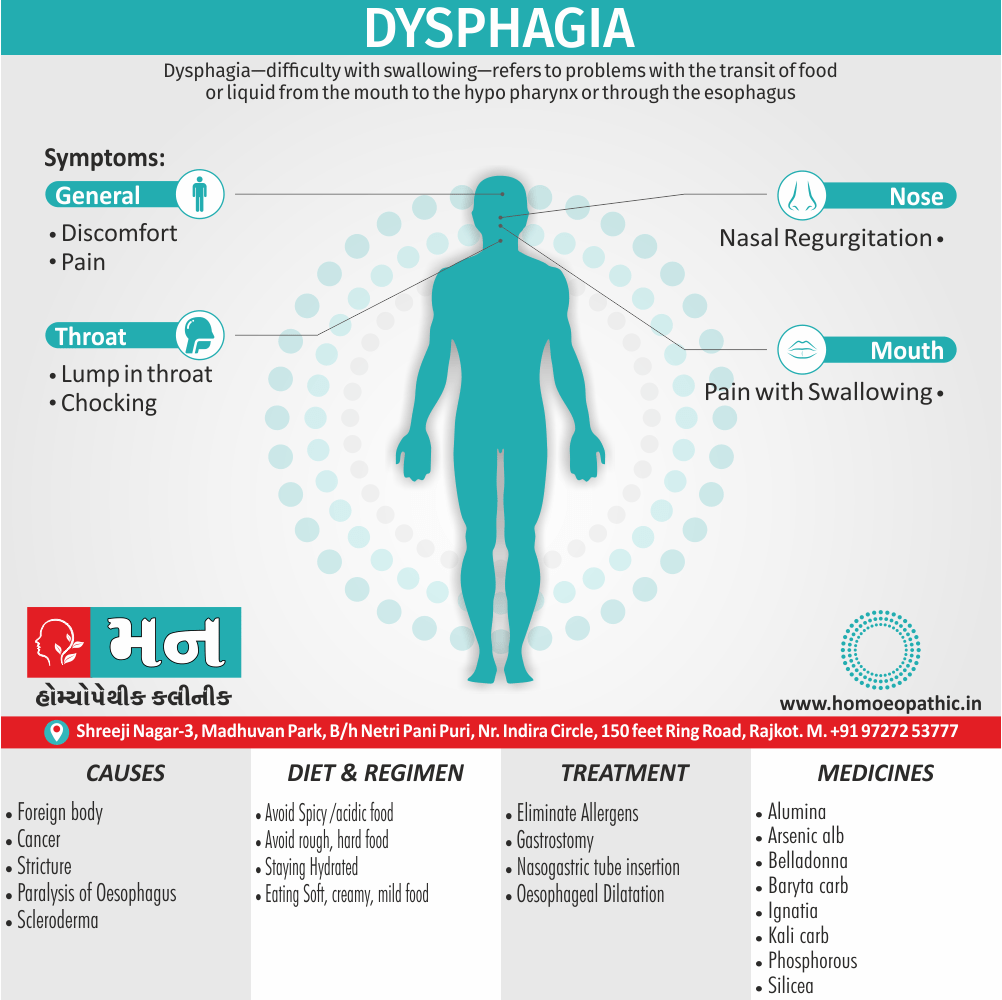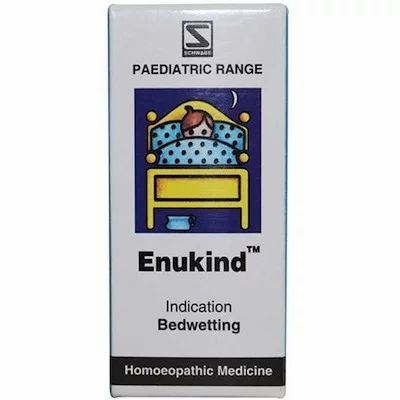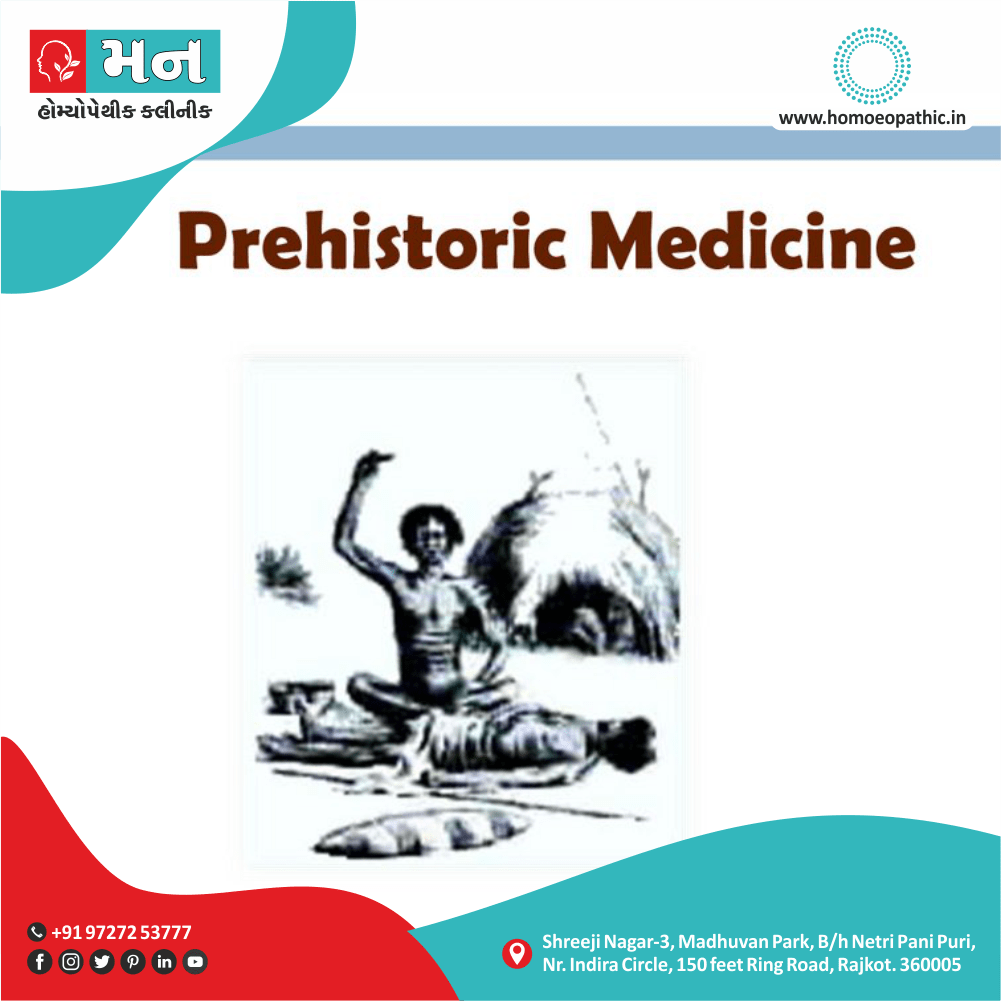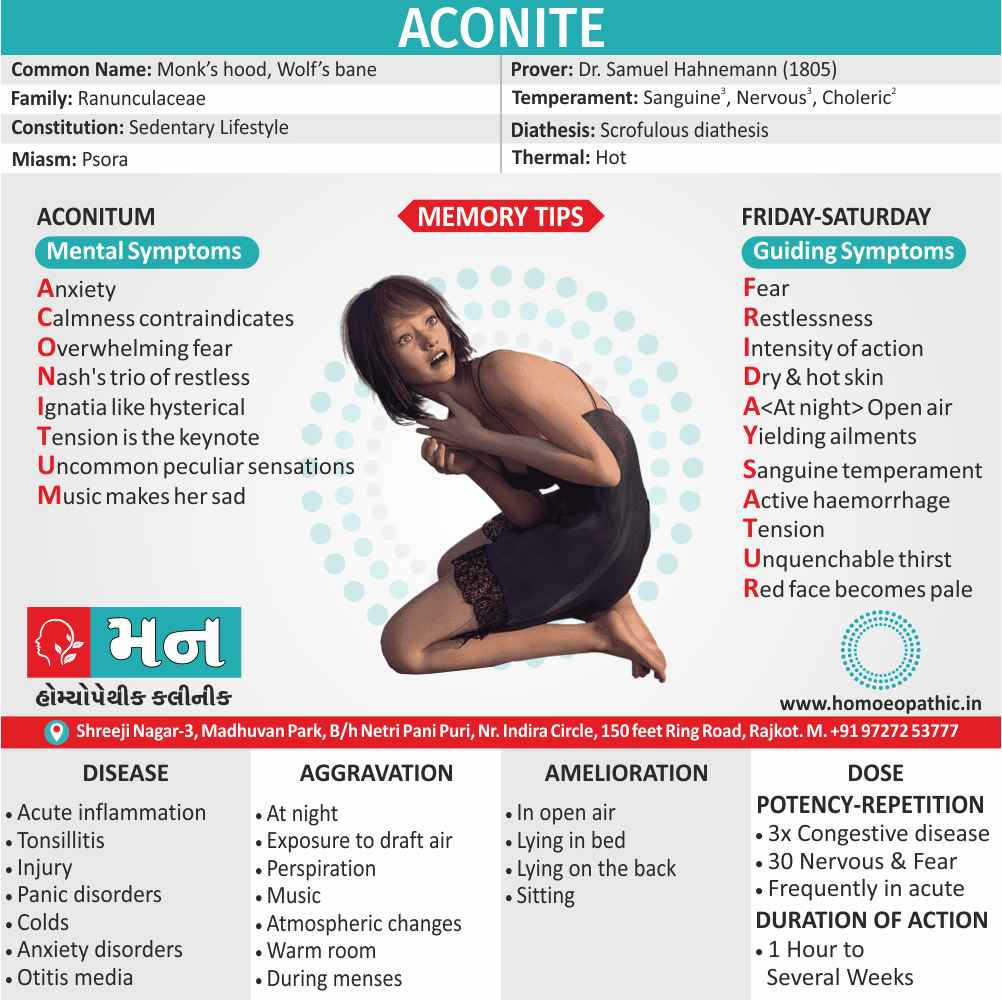Definition
Pruritus means sense of itching, when it is confined to the vulva, it is called pruritus vulvae. It should not be confused with pain.[3]
Overview
Epidemiology xxx
Causes
Types xxx
Risk Factors xxx
Pathogenesis xxx
Pathophysiology xxx
Clinical Features xxx
Sign & Symptoms
Clinical Examination xxx
Diagnosis
Differential Diagnosis xxx
Complications
Investigations xxx
Treatment
Prevention xxx
Homeopathic Treatment
Diet & Regimen xxx
Do’s and Dont’s xxx
Terminology xxx
References xxx
FAQ
Also Search As xxx
Overview
Pruritus Vulva
Definition of Pruritus Vulva
Pruritus means sense of itching, when it is confined to the vulva, it is called pruritus vulvae. It should not be confused with pain.[3]
Epidemiology xxx
Indian epidemiology then other
Causes
This refers to the initiating factors that trigger a disease process.
- Examples of causes include:
- Pathogens: Viruses, bacteria, fungi, parasites (infectious diseases)
- Genetic mutations: Inherited or spontaneous changes in genes (genetic diseases)
- Environmental factors: Toxins, radiation, nutritional deficiencies
- Lifestyle choices: Smoking, unhealthy diet, lack of exercise (contributing factors)
Causes of Pruritus Vulva
Vaginal discharge i.e.
- The most common cause of pruritus vulvae is vaginal discharges either due to Trichomonas vaginalis or Candida albicans or both.
Local skin lesions i.e.
- The lesions may be either localized in the vulva or part of generalized lesions. Such lesions include — psoriasis, seborrheic dermatitis, intertrigo, etc.
Infections of the vulva i.e.
- Fungal—Candida
- Viral—Herpes genitals, genital warts.
- Parasitic—Threadworm may migrate to the area (especially in children), scabies, pediculosis.
- STD—Gonorrhoea, Trichomoniasis
Allergy or contact dermatitis i.e.
Use of nylon undergarments or washing those with certain soaps or detergents, idiosyncrasy to chemical contraceptives or condom is often related.[3]
Non neoplastic epithelial disorders of the vulva i.e.
- Squamous hyperplasia.
- Lichen sclerosis.
Neoplastic epithelial disorders i.e.
- Paget’s disease
- Invasive carcinoma of the vulva
Pruritus vulvae due to some systemic diseases i.e.
- Medical disorders: Glycosuria causes local changes in the skin and pruritus. Additionally, It favors the growth of Candida. Others: Thyroid disorders, Chronic liver disease.
- Dermatological causes: Contact dermatitis, drug allergy.
- Deficiency state: Deficiencies of iron, folic acid, vitamin B12 also vitamin A are all implicated.
- Psychosomatic causes: When no cause detect, Psychic factor is to exclude. Mental Anxiety or sexual frustration may be responsible for scratching.
Types xxx
AAA
Risk Factors xxx
Risk factors are things that make you more likely to develop a disease in the first place.
Pathogenesis xxx
Pathogenesis refers to the development of a disease. It’s the story of how a disease gets started and progresses.
This is the entire journey of a disease, encompassing the cause but going beyond it.
Pathophysiology xxx
Pathophysiology, on the other hand, focuses on the functional changes that occur in the body due to the disease. It explains how the disease disrupts normal physiological processes and how this disruption leads to the signs and symptoms we see.
Imagine a car accident. Pathogenesis would be like understanding how the accident happened – what caused it, the sequence of events (e.g., one car ran a red light, then hit another car). Pathophysiology would be like understanding the damage caused by the accident – the bent fenders, deployed airbags, and any injuries to the passengers.
In simpler terms, pathogenesis is about the "why" of a disease, while pathophysiology is about the "how" of the disease’s effects.
Pathophysiology of Pruritus Vulva
The possible mechanisms of the repetitive ‘itch-scratch’ cycle mediate through the following: Special sensory innervation of the area.[3]
- Underlying vascular instability results in production of histamine-like substance → induction of itching.
- Aggravation at night because of – Absence of distraction of mind, Tired central nervous system, Local warmth and lack of aeration.
Clinical Features xxx
Tab Content
Sign & Symptoms
Sign & Symptoms of Pruritus Vulva
- Extreme also constant itching.
- A burning sensation in the vulvar area.
- Vaginal discharge.
- Small cracks on the skin of the vulva.
- Redness and swelling on the vulva also labia (lips of the vagina)
- Blisters on the vulva.
- Scaly, thick, whitish patches on the vulva.
Clinical Examination xxx
Tab Content
Diagnosis
Diagnosis of Pruritus Vulva
It should be borne in mind that pruritus vulvae are a manifestation of some underlying pathology either located at the site or elsewhere in the body.
The investigations should include i.e.:
Detailed history regarding — age of onset, intensity of itching, duration, associated vaginal discharge, contraceptive practice, relation with psychologic upset or neurosis, allergy to nylon, either soap or particular detergents.
General examination—Thorough systemic examination need.
Examination for diabetes mellitus, liver also thyroid disorders, hematological diseases to made
Local examination—The extent of the lesion is to note.[3]
Special investigations
- Microscopic examination of the vaginal discharge or vulval scraping to detect Candida or Trichomonas vaginalis.
- Urine for sugar, protein and pus cells.
- Blood—Complete blood count, postprandial glucose. Detailed hematological workup (polycythemia, leukaemia), thyroid profile, liver function and renal function tests carry out.
- Stool—Ova, parasites and cysts are to look for.
- In long-standing cases especially with vulval epithelial disorders, biopsy either random or colposcopy directed, is to take to note the type of skin changes and exclude malignancy.[3]
Differential Diagnosis xxx
Complications
Complications are what happen after you have a disease. They are the negative consequences of the disease process.
Investigations xxx
Tab Content
Treatment
Treatment of Pruritus Vulva
- Appropriate local hygiene is to be taken care of.
- In detail; To use loose fitting undergarments preferably made of cotton to keep the area aerated.
- To prevent the vicious cycle of ‘itch-scratch’.
- Local application of either antibiotics or Clobetasol propionate 0.05 percent ointment may be helpful. Additionally, If the skin is atrophic, oestrogen or testosterone cream may be helpful.
- To treat the specific etiological factor causing pruritus by appropriate therapy—local or systemic.
Surgery: Surgery may be needed when biopsy is confirms features of neoplasia (VIN or invasion).[3]
Prevention xxx
Tab Content
Homeopathic Treatment
Homeopathic Treatment of Pruritus Vulva:
Homeopathy treats the person as a whole. It means that homeopathic treatment focuses on the patient as a person, as well as his pathological condition. The homeopathic medicines selected after a full individualizing examination and case-analysis.
which includes
- The medical history of the patient,
- Physical and mental constitution,
- Family history,
- Presenting symptoms,
- Underlying pathology,
- Possible causative factors etc.
A miasmatic tendency (predisposition/susceptibility) also often taken into account for the treatment of chronic conditions.
What Homoeopathic doctors do?
A homeopathy doctor tries to treat more than just the presenting symptoms. The focus is usually on what caused the disease condition? Why ‘this patient’ is sick ‘this way’?.
The disease diagnosis is important but in homeopathy, the cause of disease not just probed to the level of bacteria and viruses. Other factors like mental, emotional and physical stress that could predispose a person to illness also looked for. No a days, even modern medicine also considers a large number of diseases as psychosomatic. The correct homeopathy remedy tries to correct this disease predisposition.
The focus is not on curing the disease but to cure the person who is sick, to restore the health. If a disease pathology not very advanced, homeopathy remedies do give a hope for cure but even in incurable cases, the quality of life can greatly improved with homeopathic medicines.
Homeopathic Medicines for Pruritus Vulva:
The homeopathic remedies (medicines) given below indicate the therapeutic affinity but this is not a complete and definite guide to the homeopathy treatment of this condition. The symptoms listed against each homeopathic remedy may not be directly related to this disease because in homeopathy general symptoms and constitutional indications also taken into account for selecting a remedy.
XXX:
Diet & Regimen xxx
Do’s and Dont’s xxx
Tab Content
Terminology xxx
Tab Content
References xxx
FAQ
Frequently Asked Questions
What is Pruritus Vulva?
Pruritus means sense of itching, when it is confined to the vulva, it is called pruritus vulvae. It should not be confused with pain.
Homeopathic Medicines used by Homeopathic Doctors in treatment of Pruritus Vulva?
- Calcarea carbonica
- Kreosotum
- Natrum muriaticum
- Sepia
- Borax
- Kali bichromicum
- Pulsatilla
- Sulphur
What causes Pruritus Vulva?
- Vaginal discharge
- Local skin lesions
- Infections of the vulva
- Allergy or contact dermatitis
- Non neoplastic epithelial disorders of the vulva
What are the symptoms of Pruritus Vulva?
- Extreme and constant itching.
- A burning sensation in the vulvar area.
- Vaginal discharge.
- Small cracks on the skin of the vulva.
- Redness and swelling on the vulva and labia (lips of the vagina)
- Blisters on the vulva.
Also Search As xxx
Frequently Asked Questions (FAQ)
XYZ
XXX
XYZ
XXX
XYZ
XXX
How can I find reputable homeopathy clinics or homeopathic doctors in my area?
You can found Homeopathic Clinic For XXXX by searching for
Specific city Examples are
You can also search for near you Examples are
